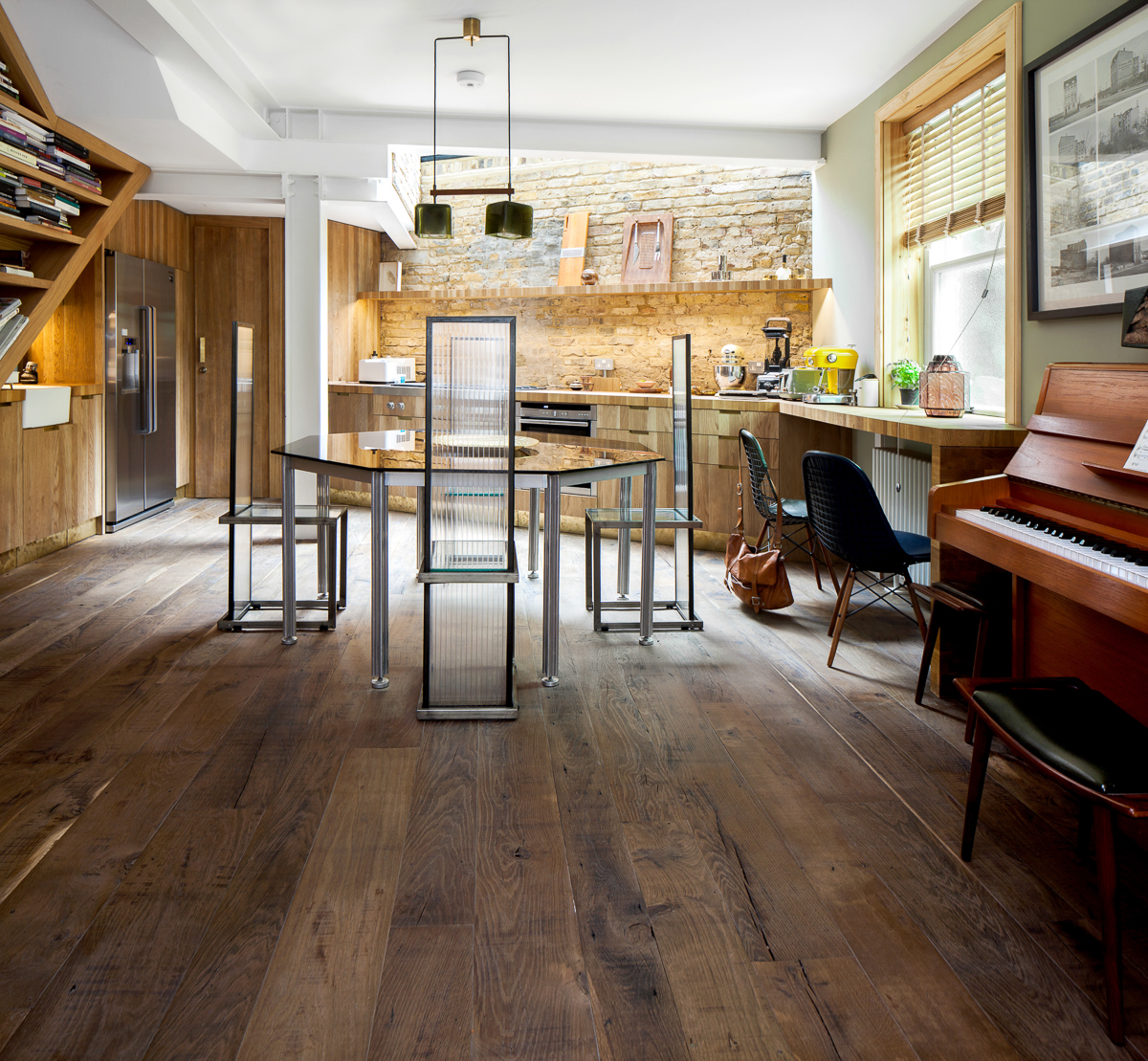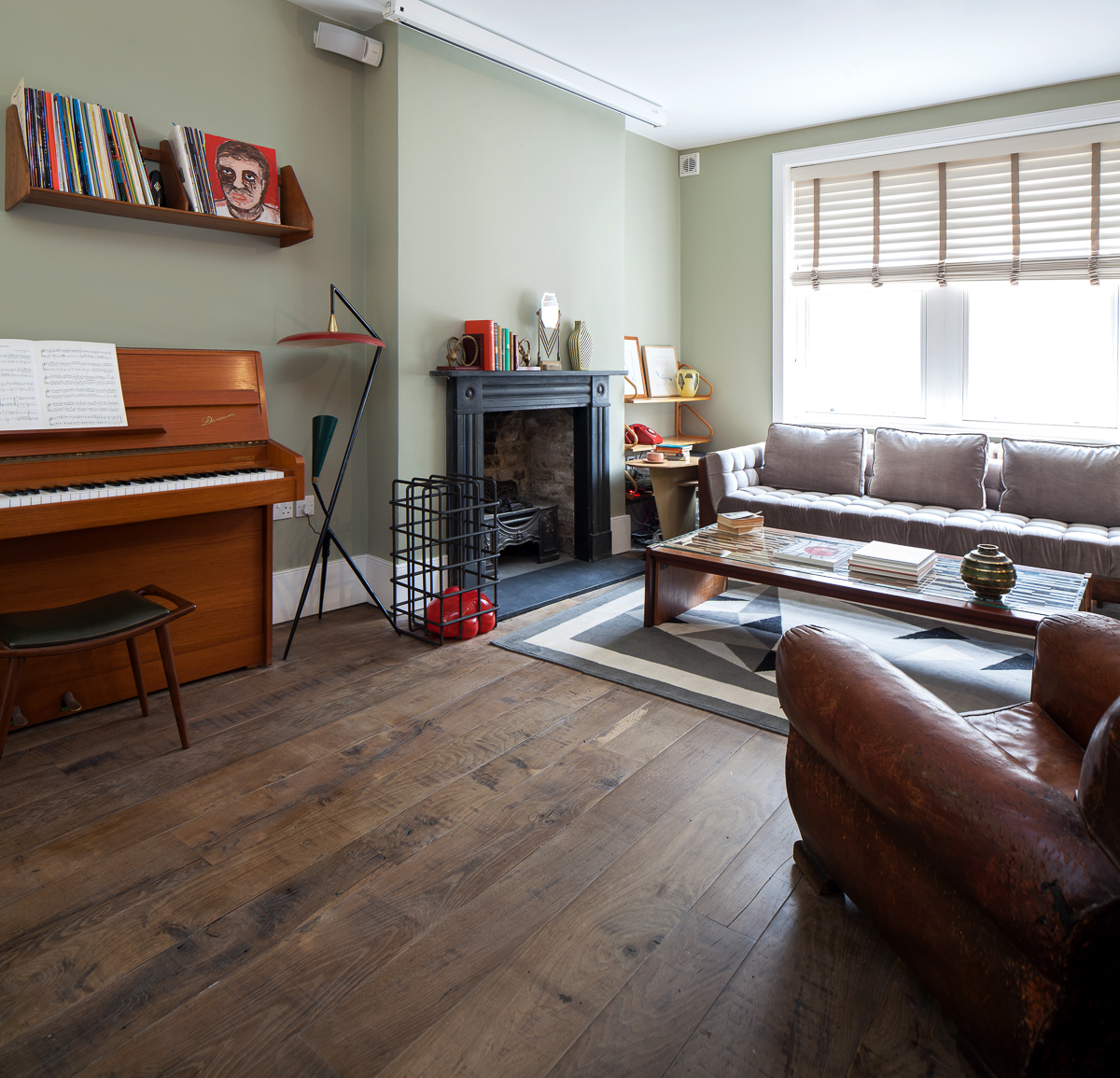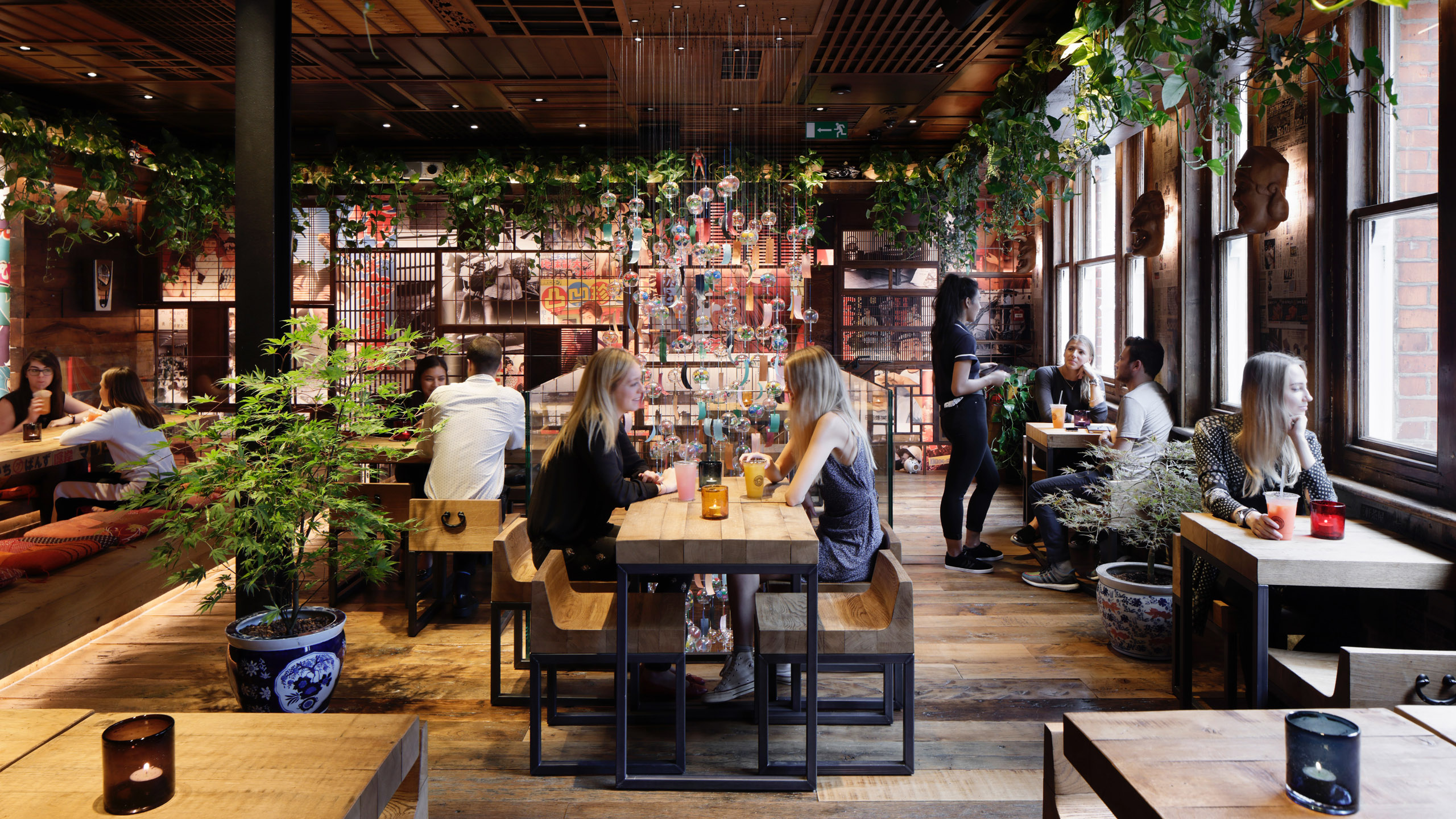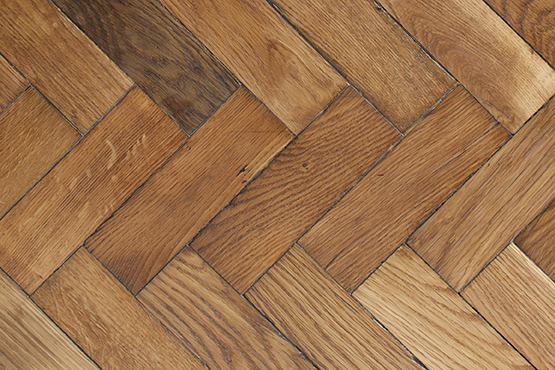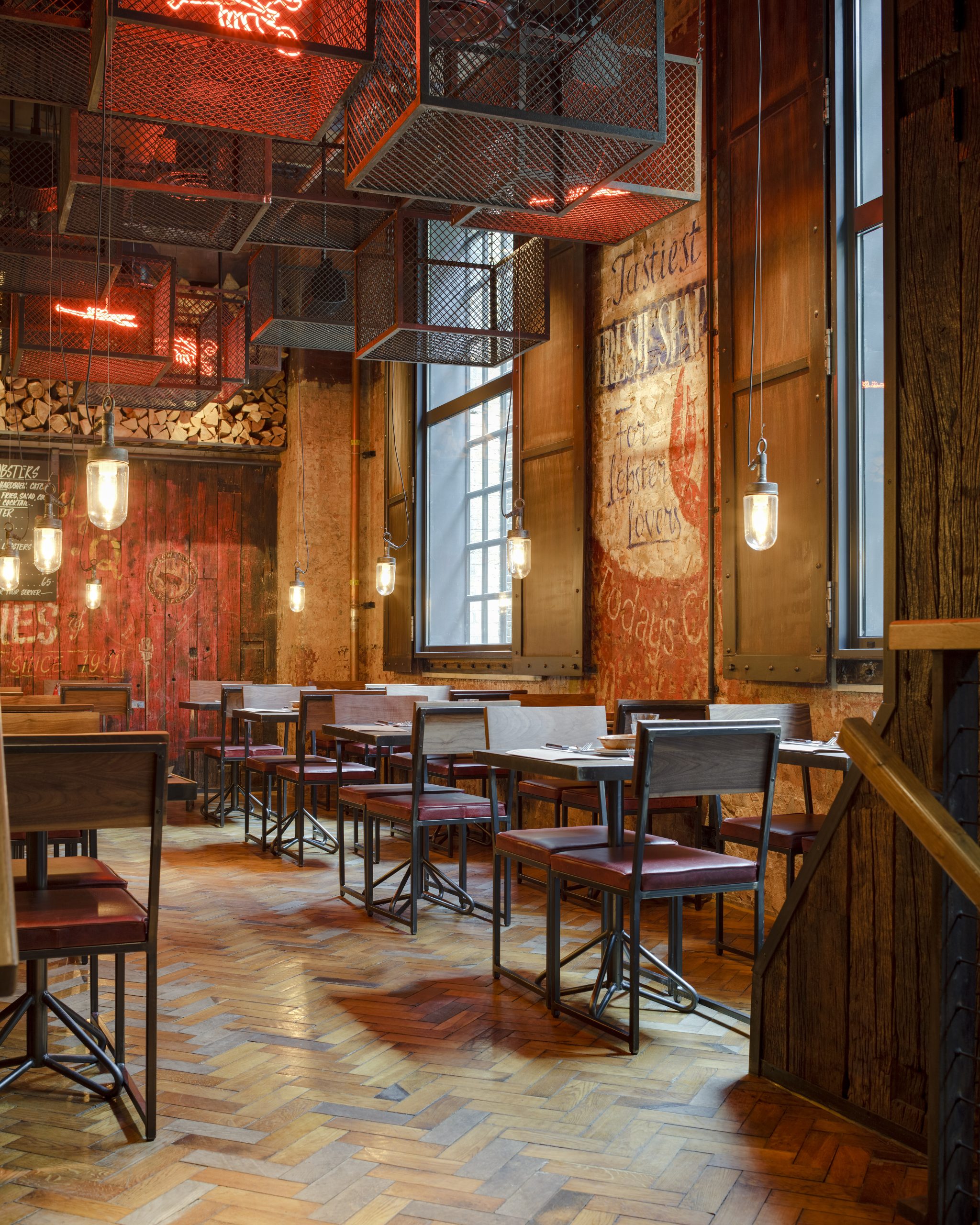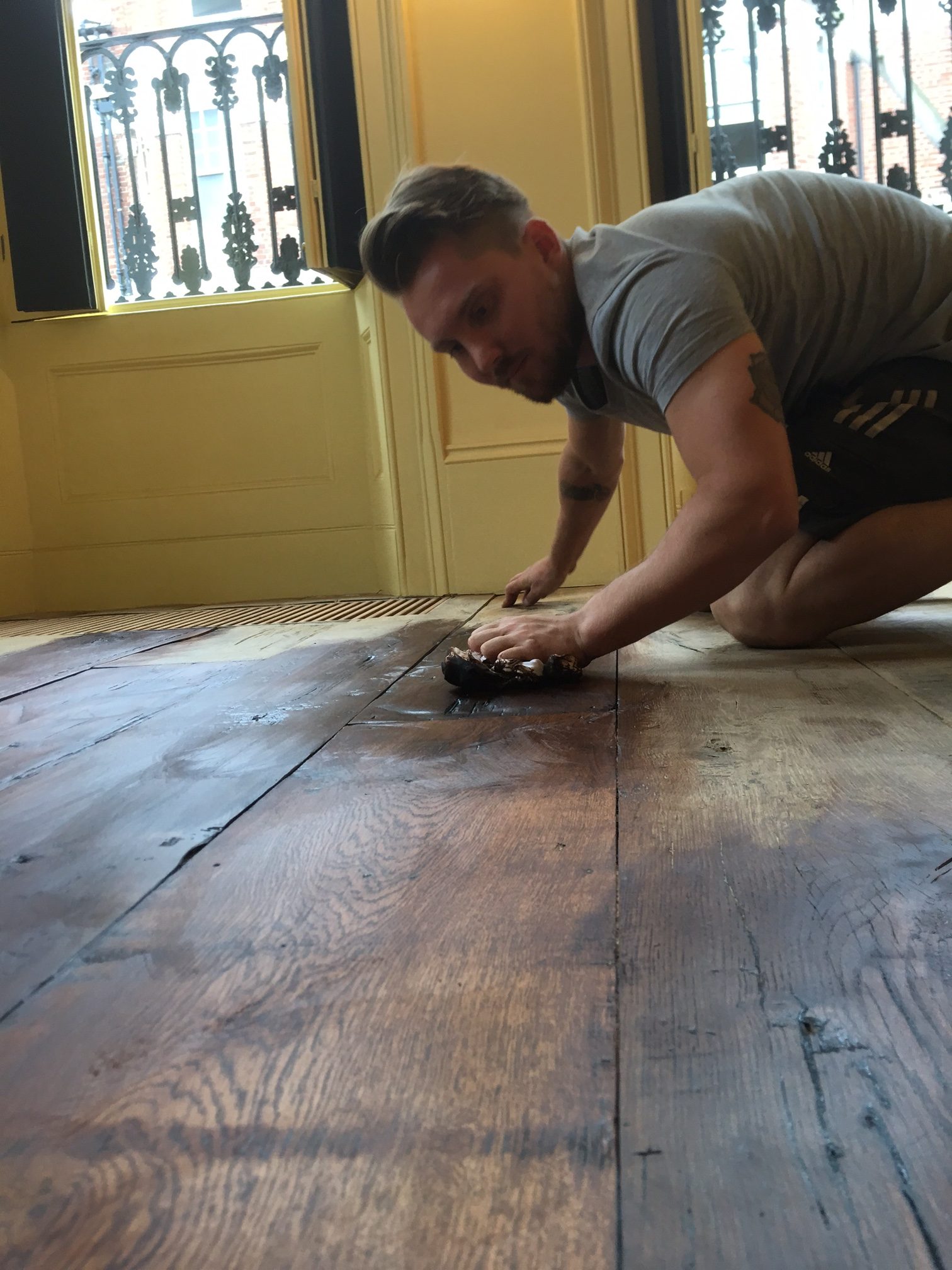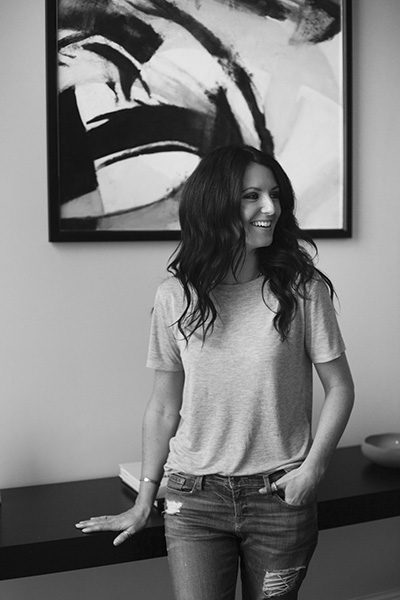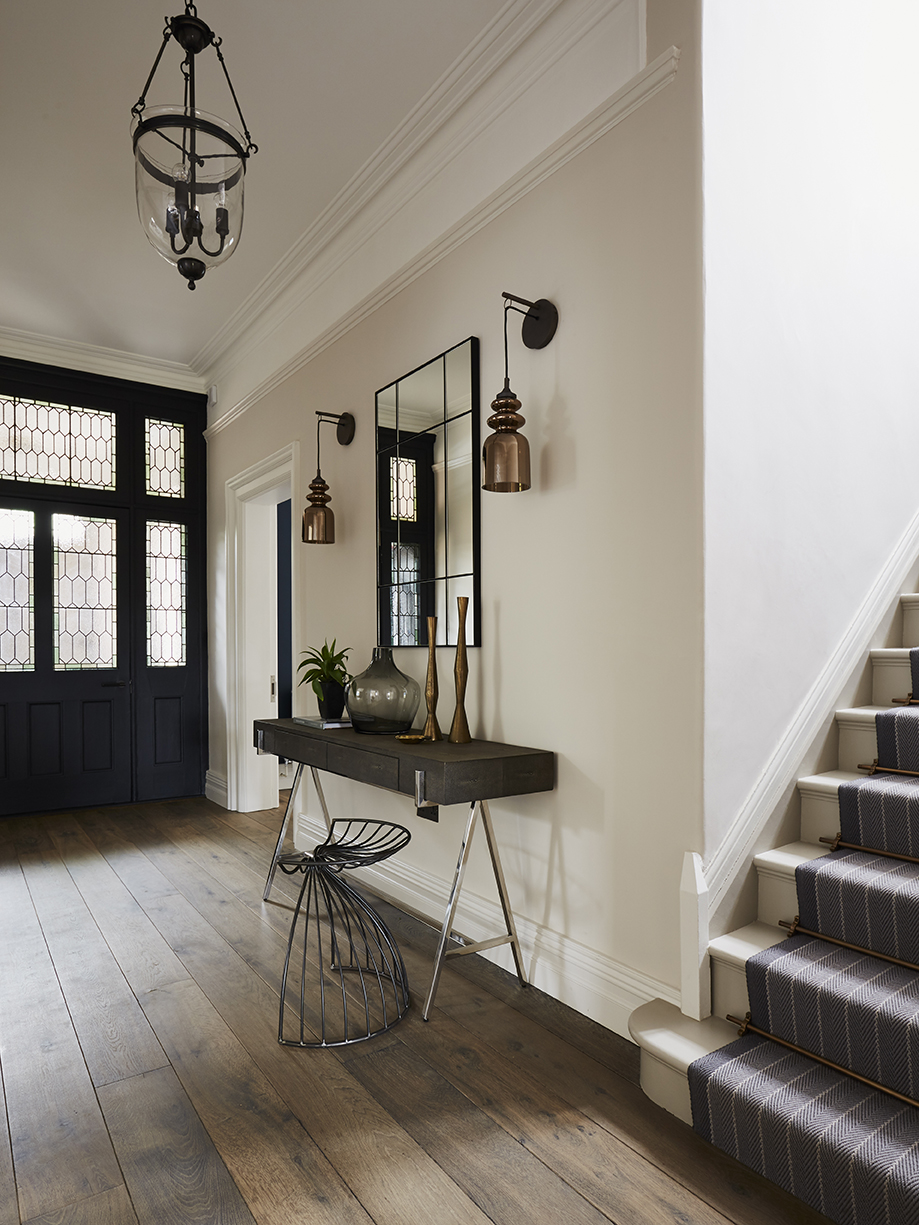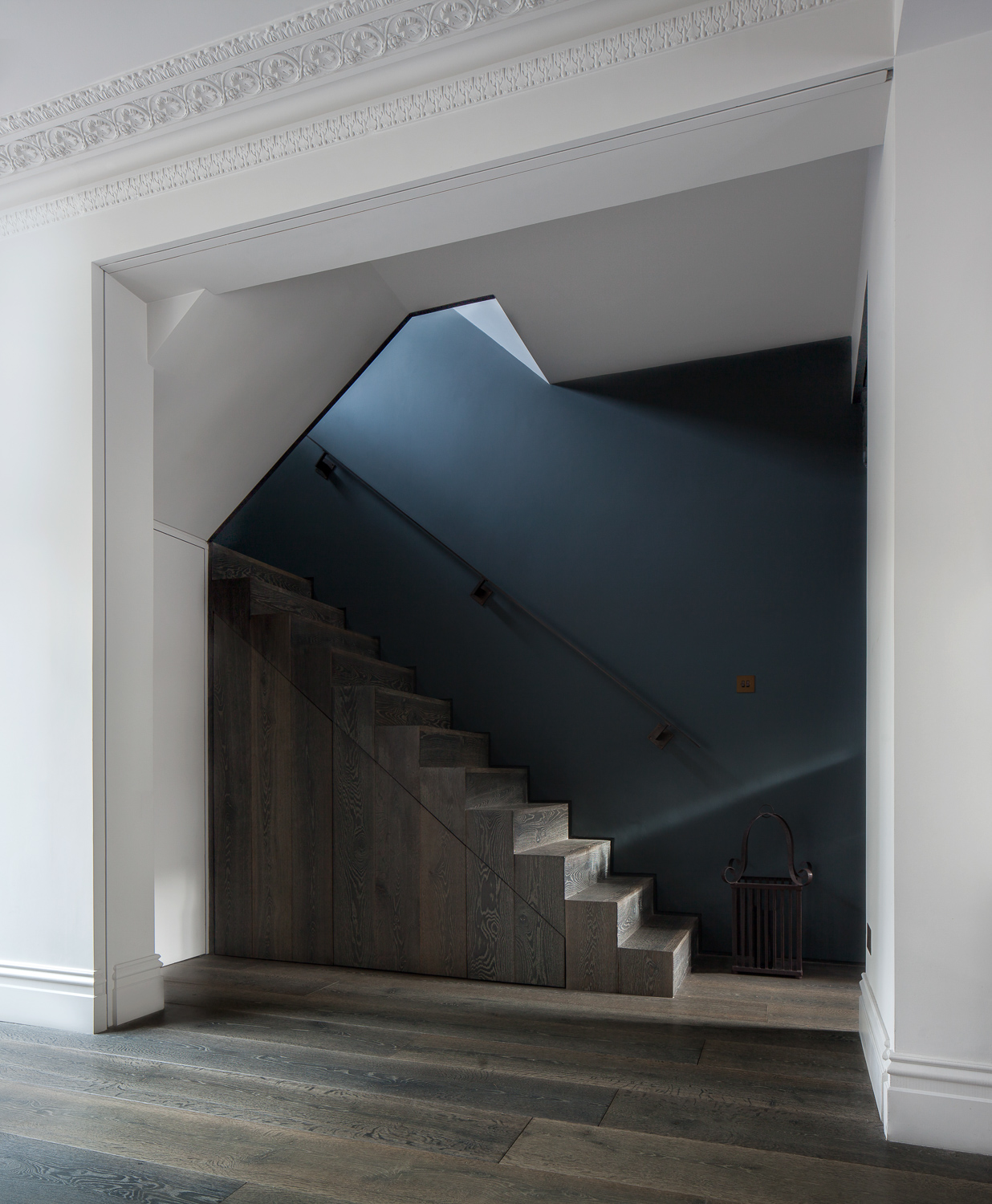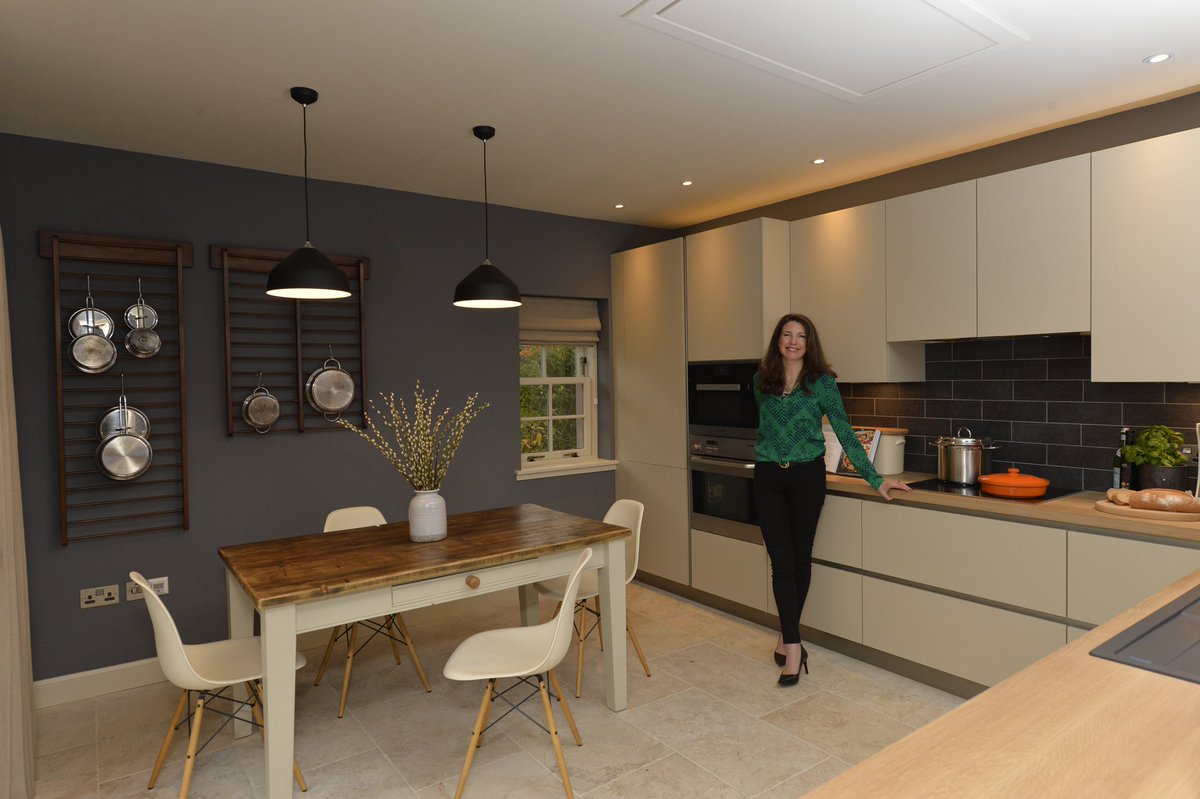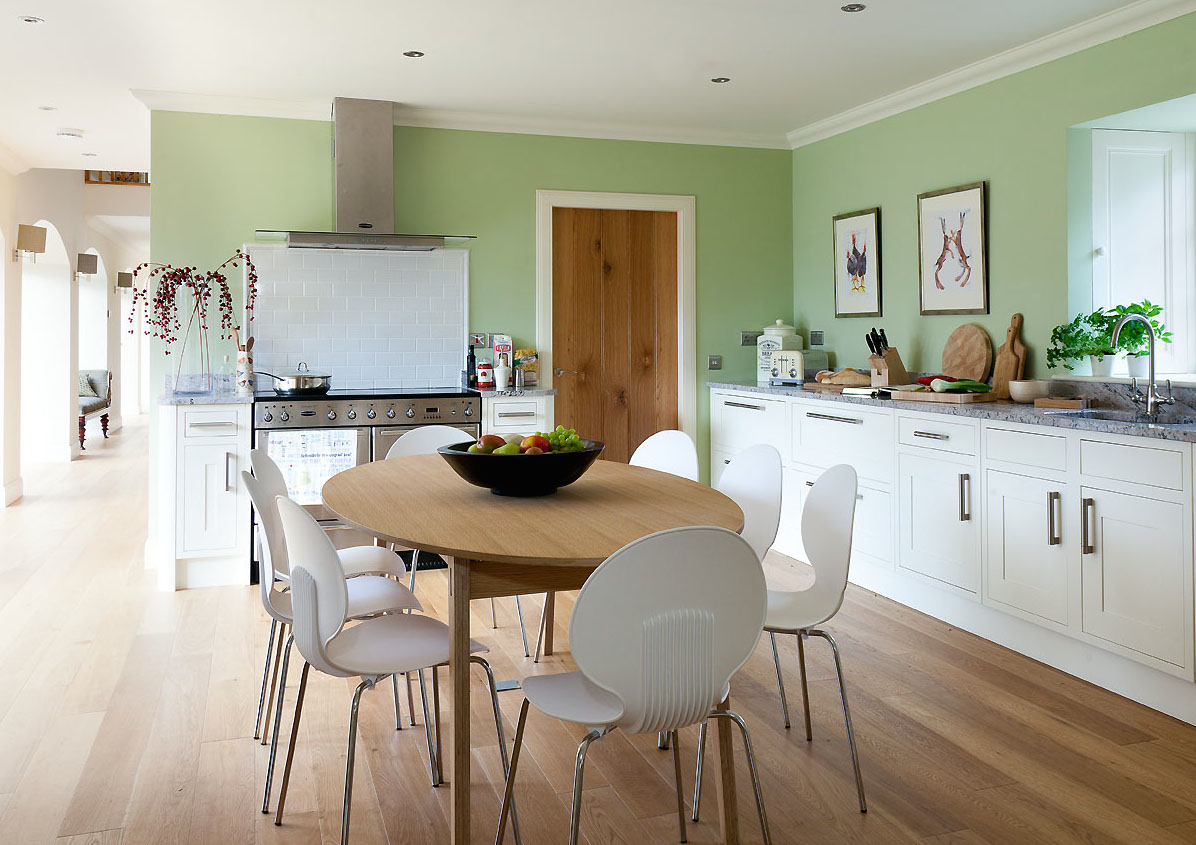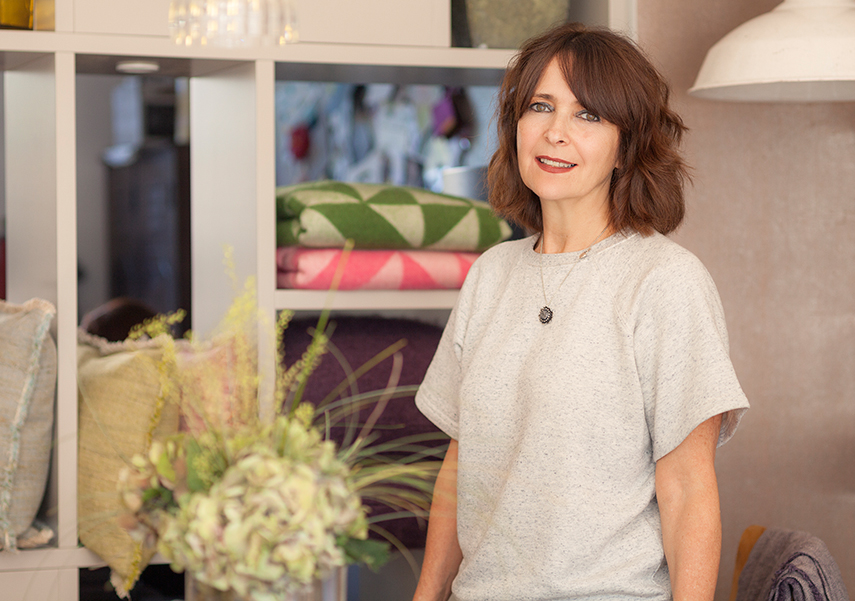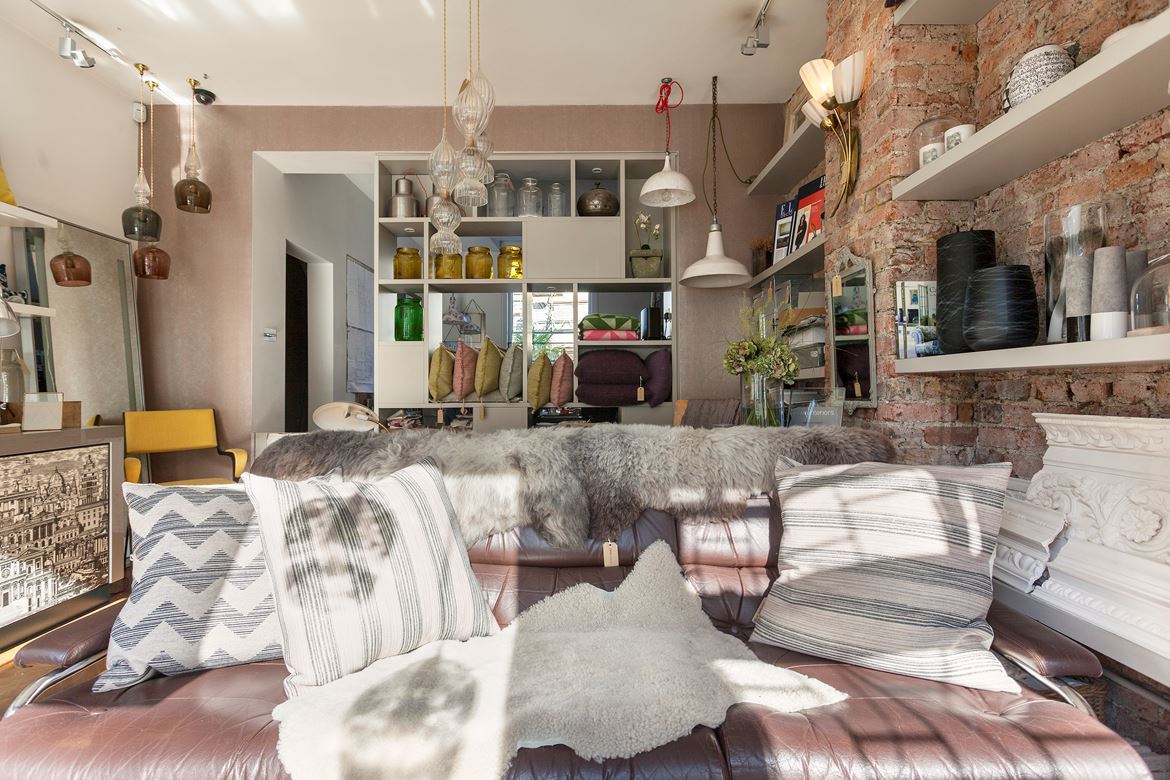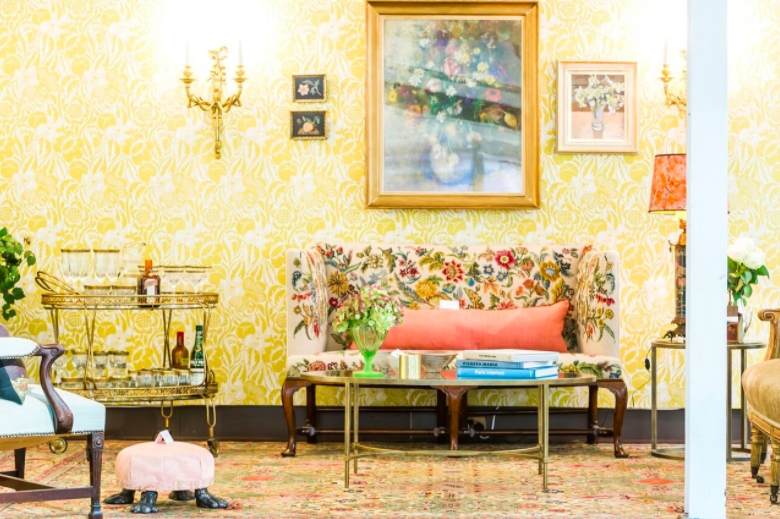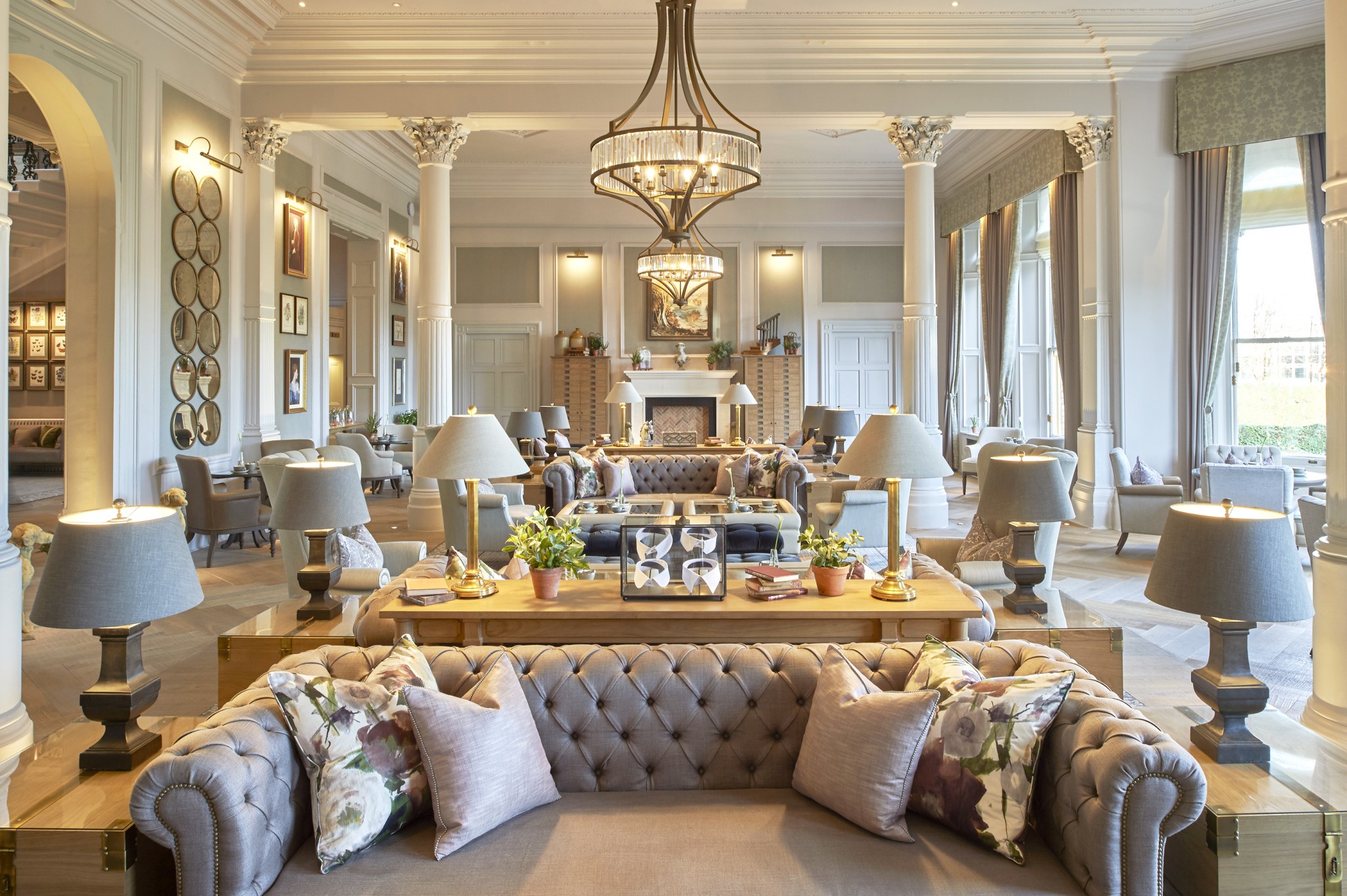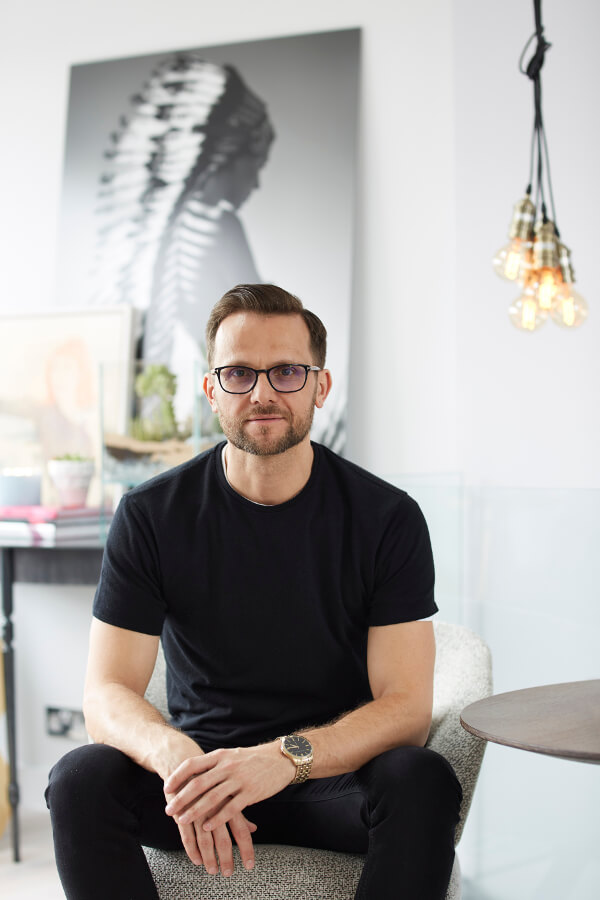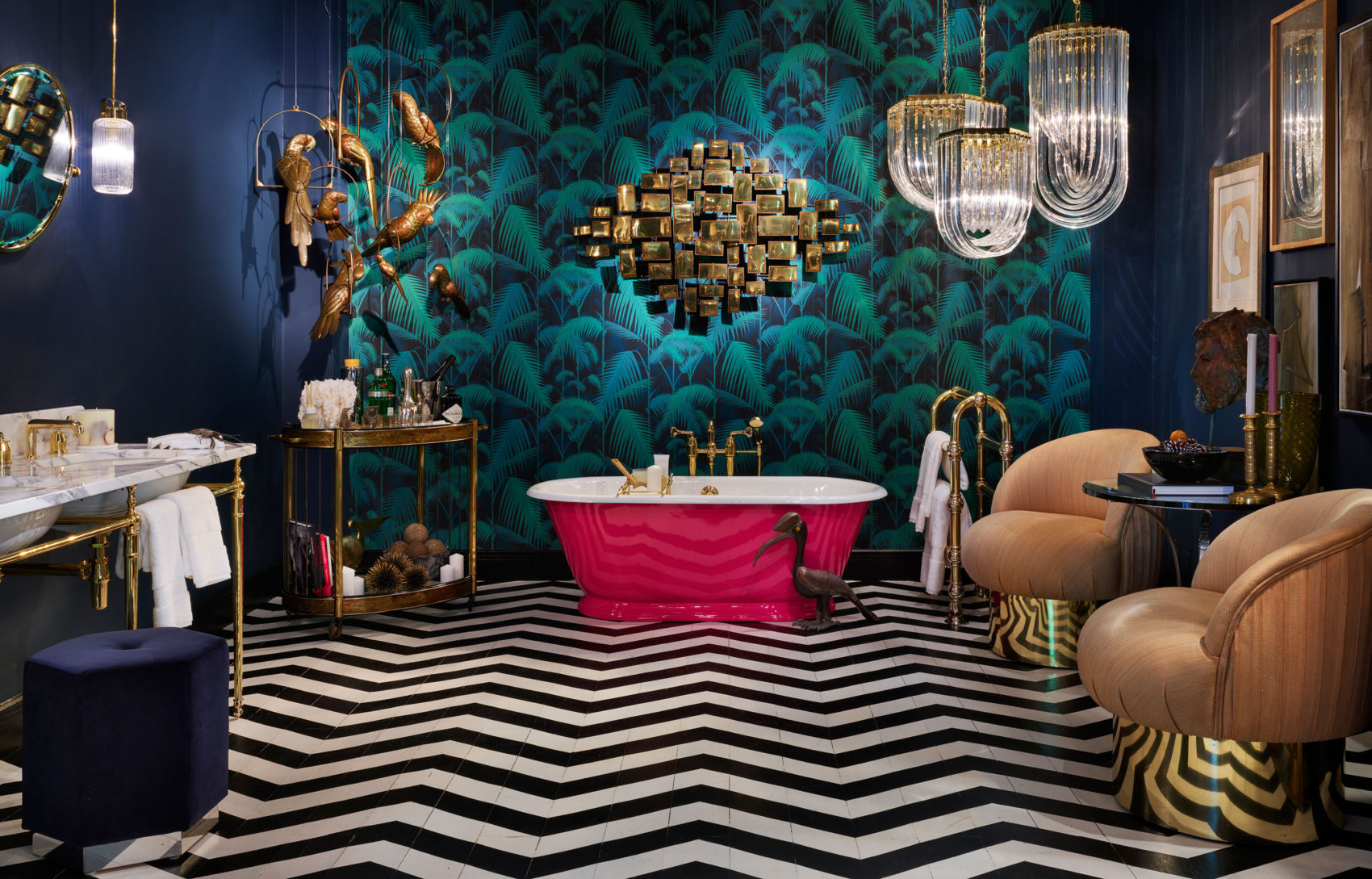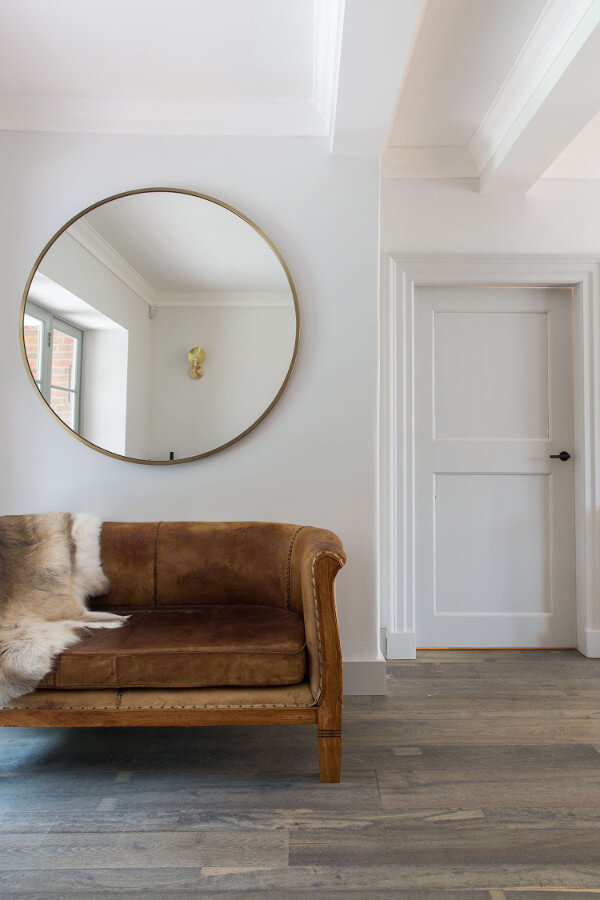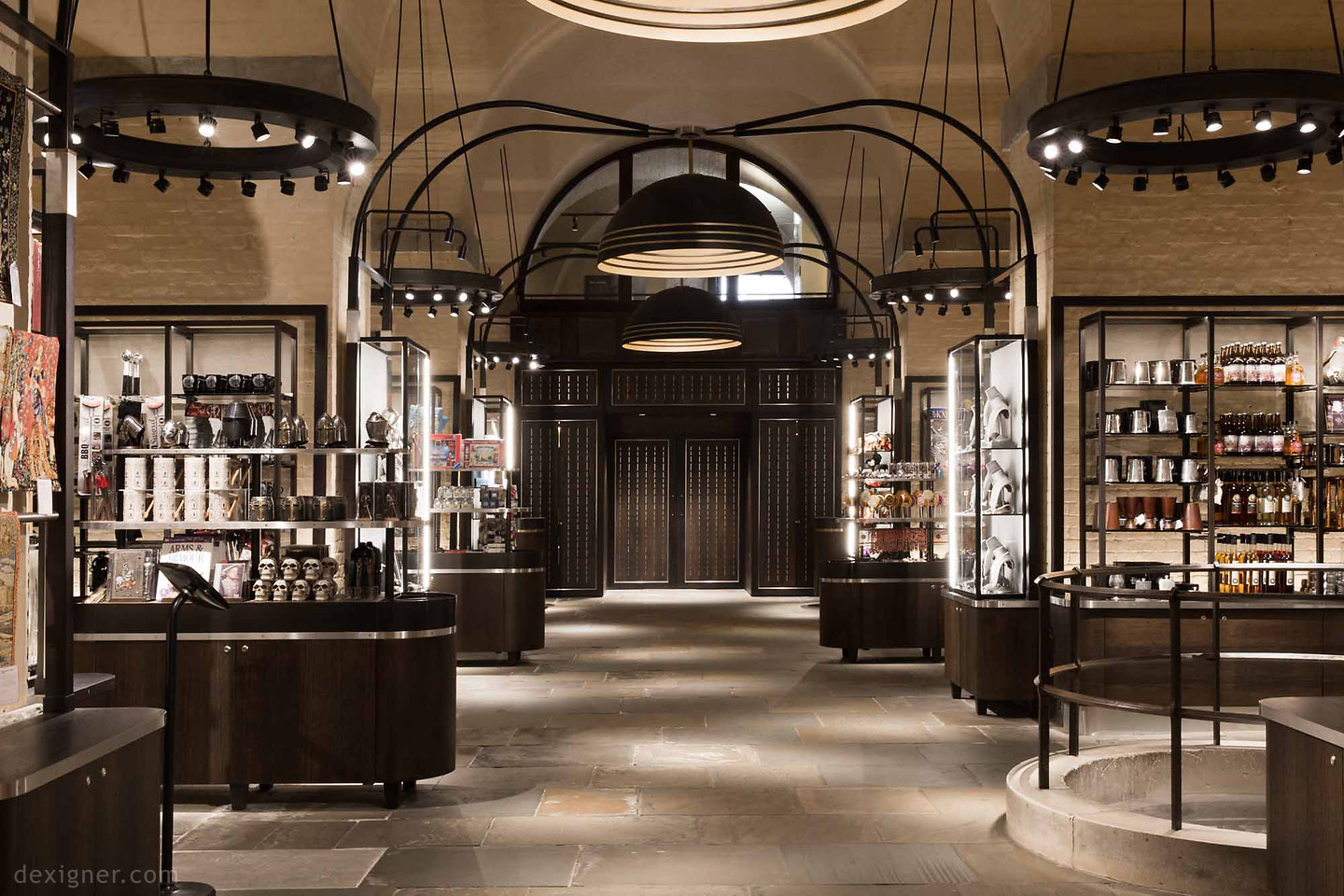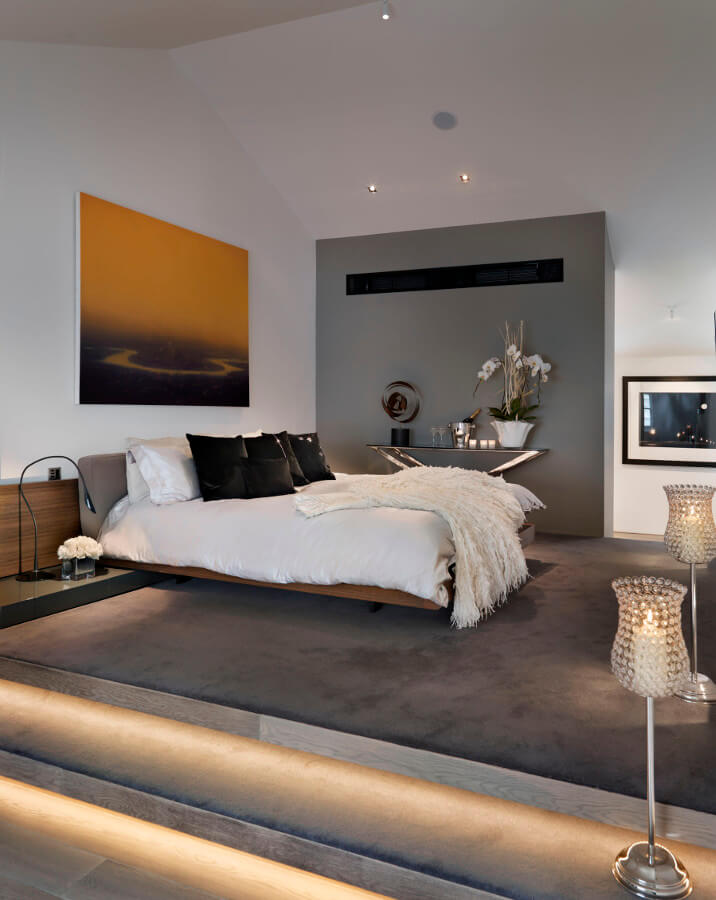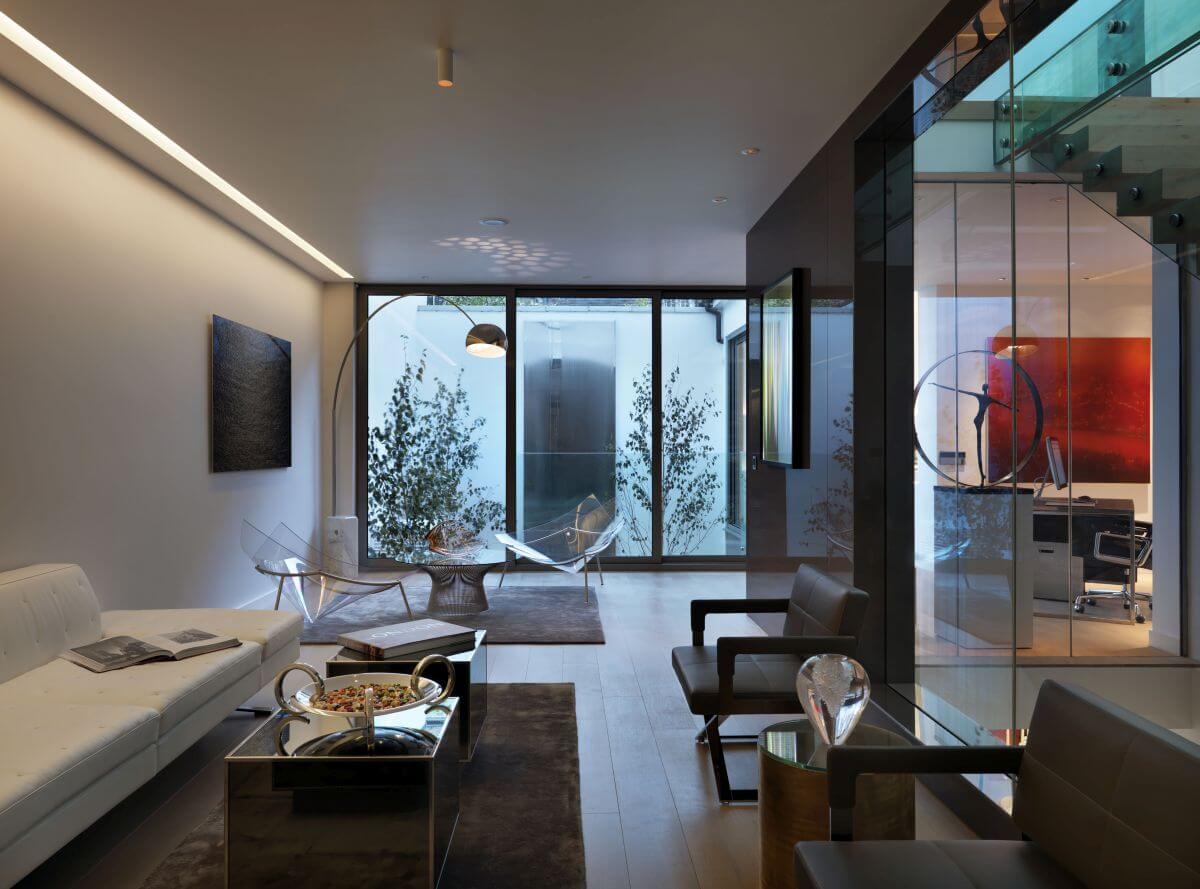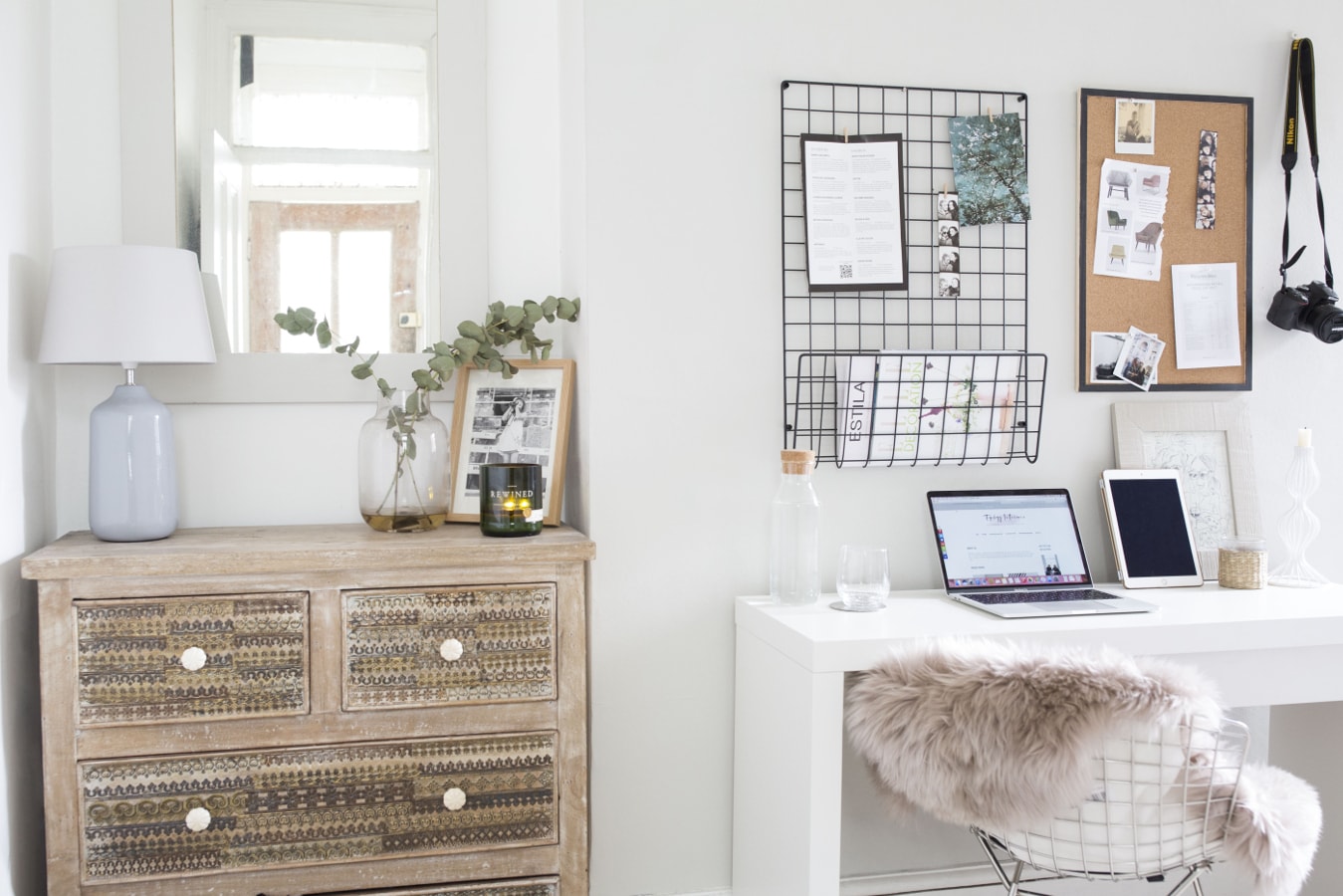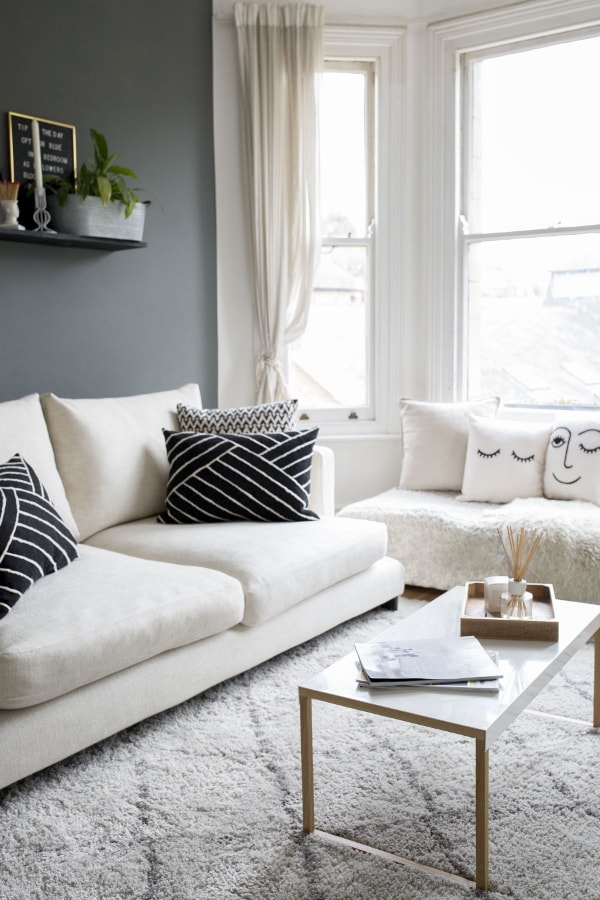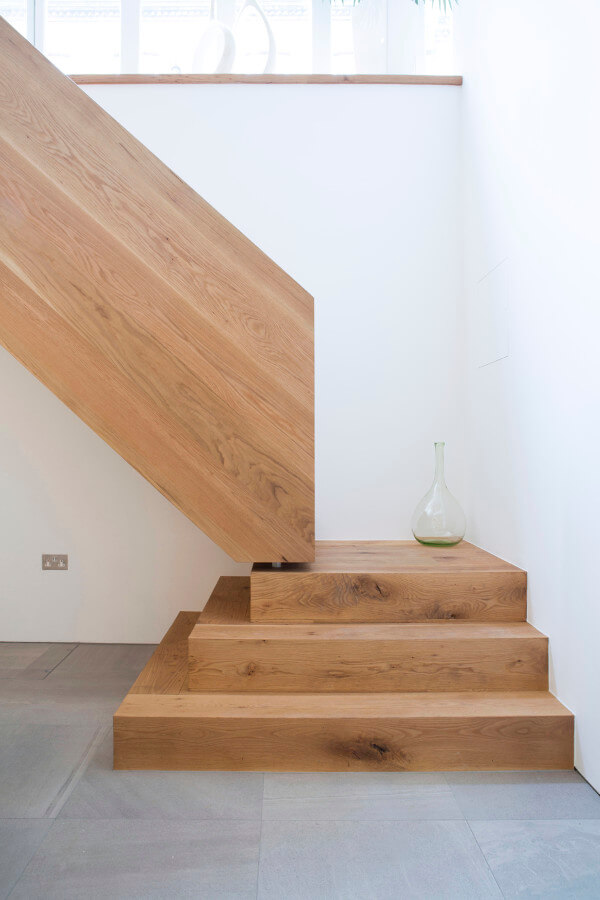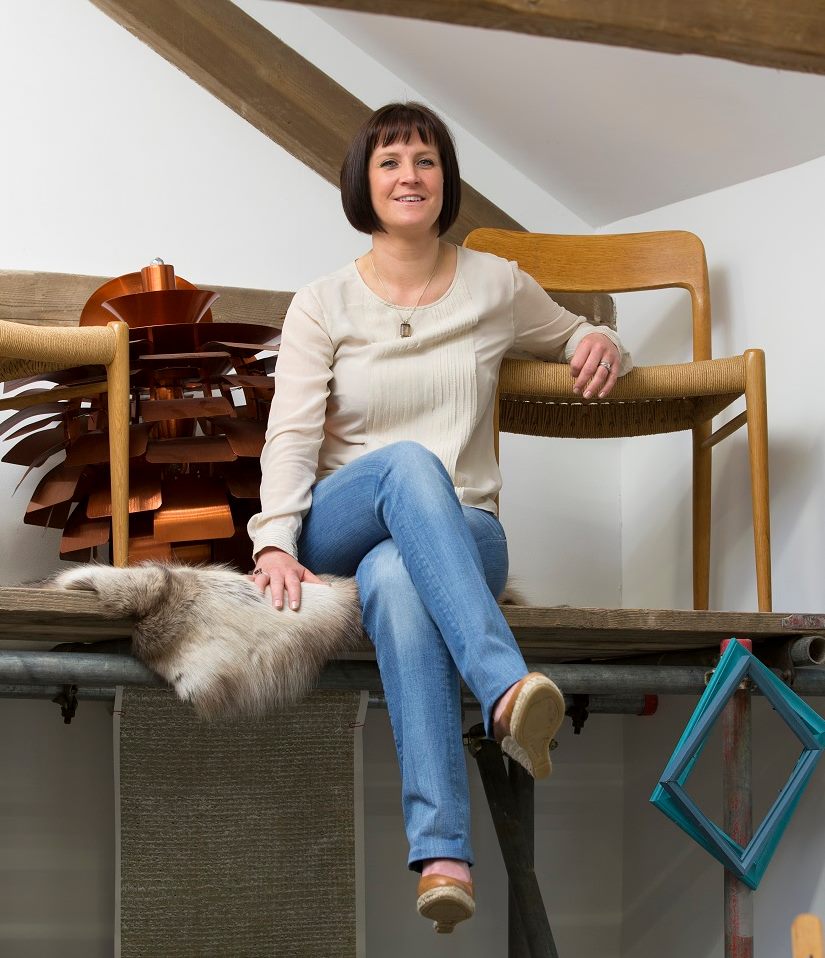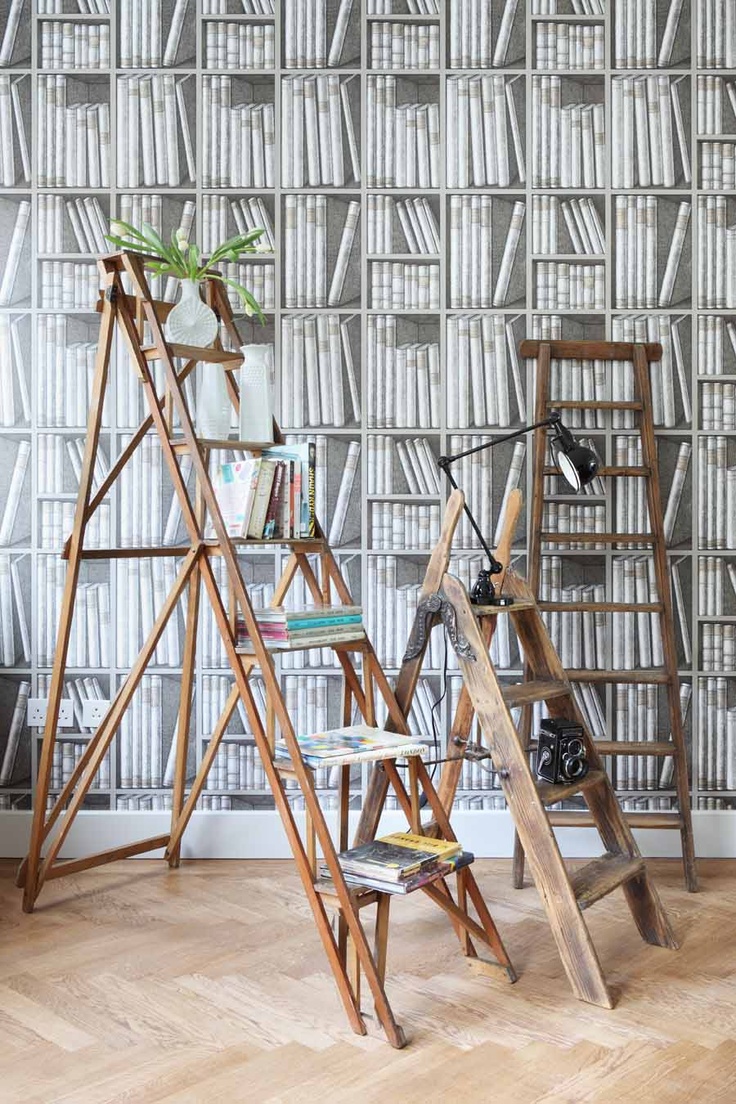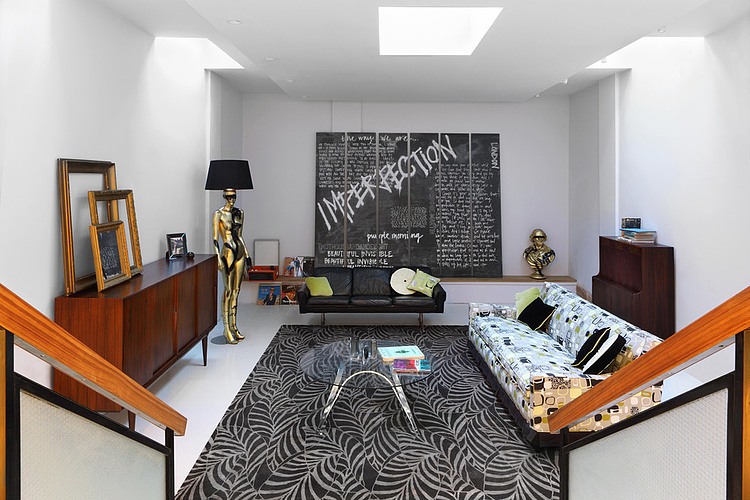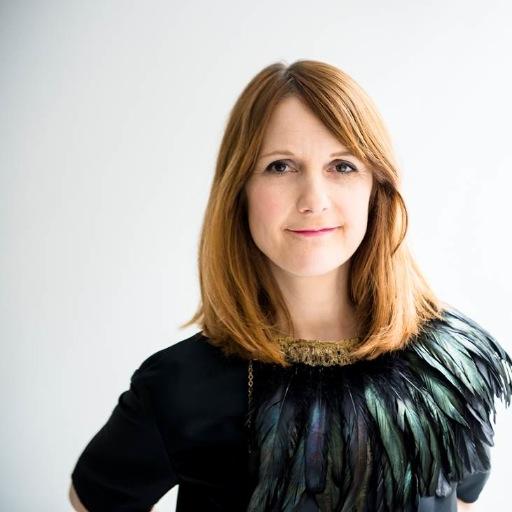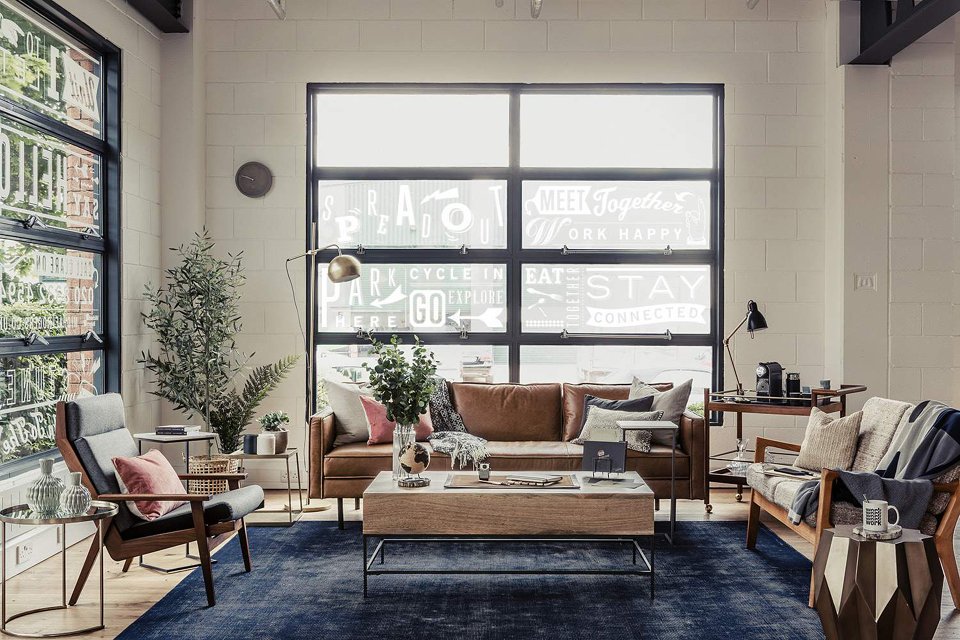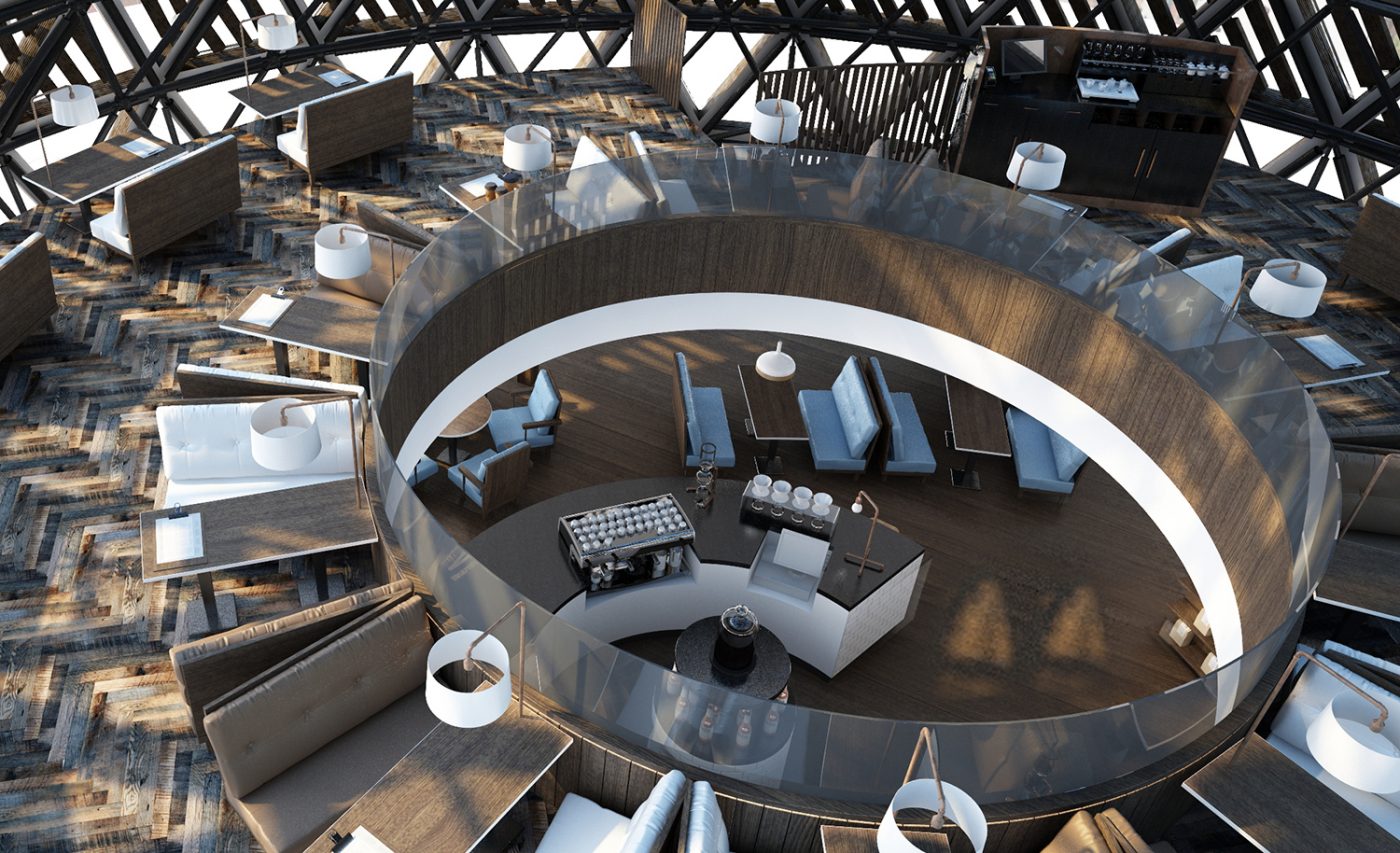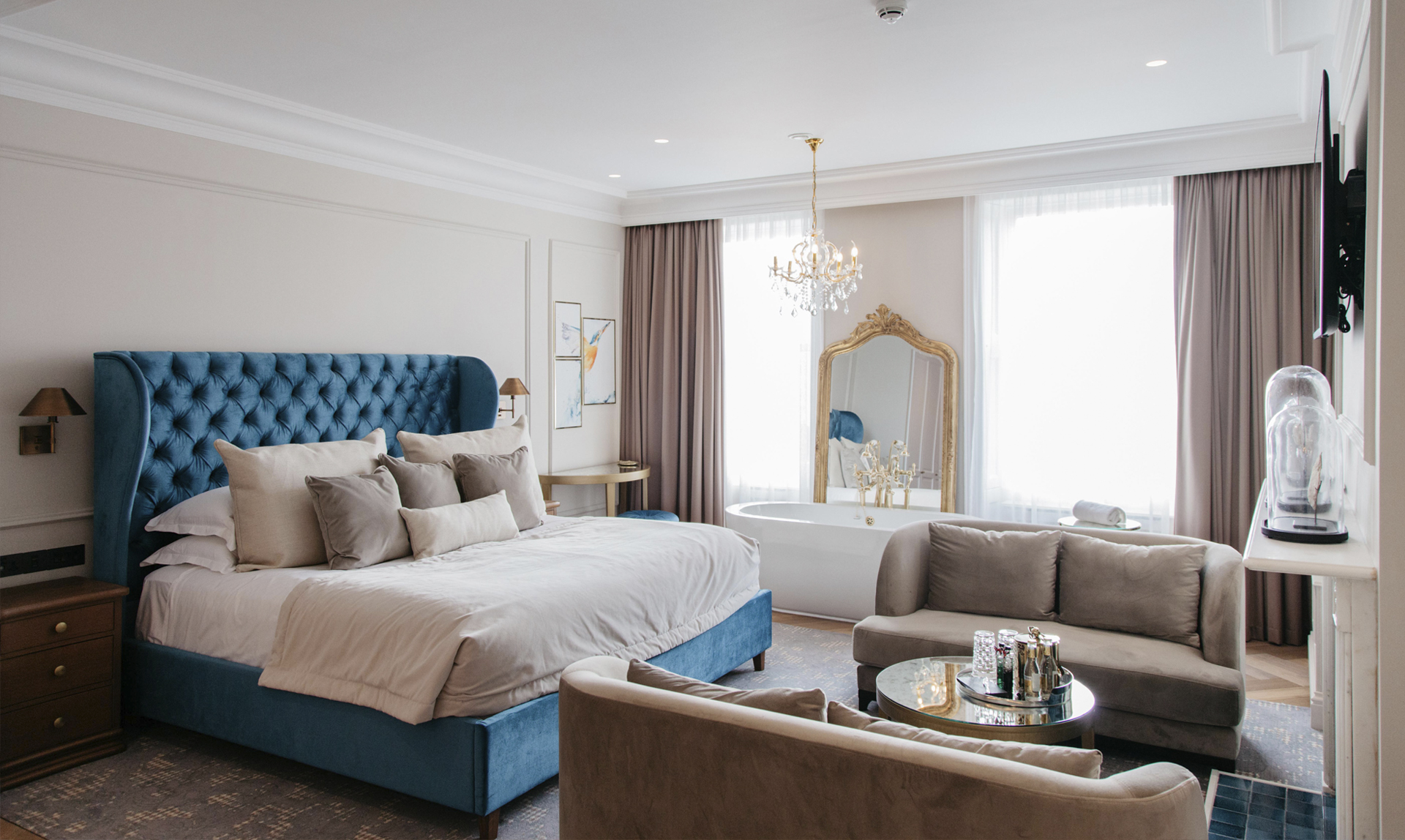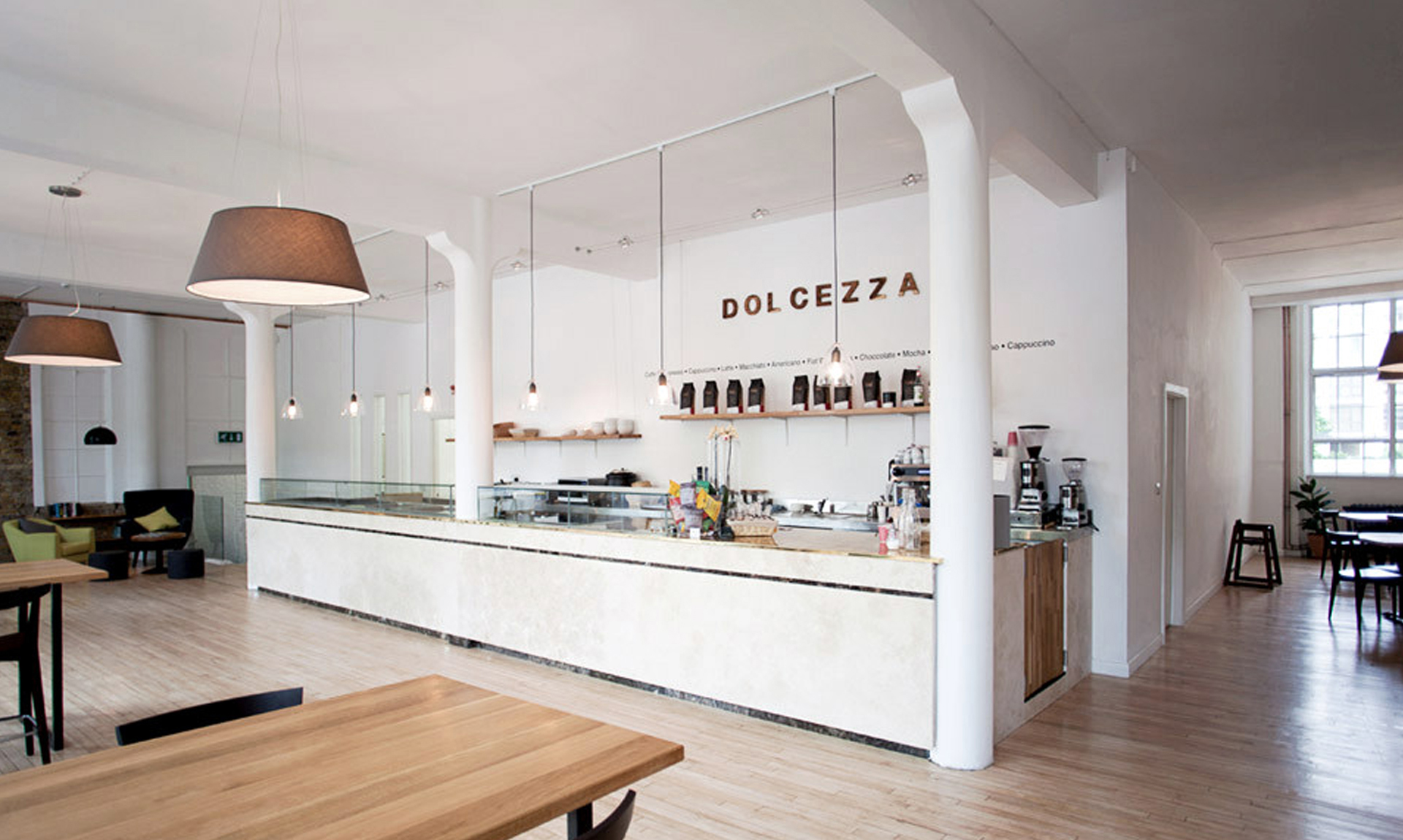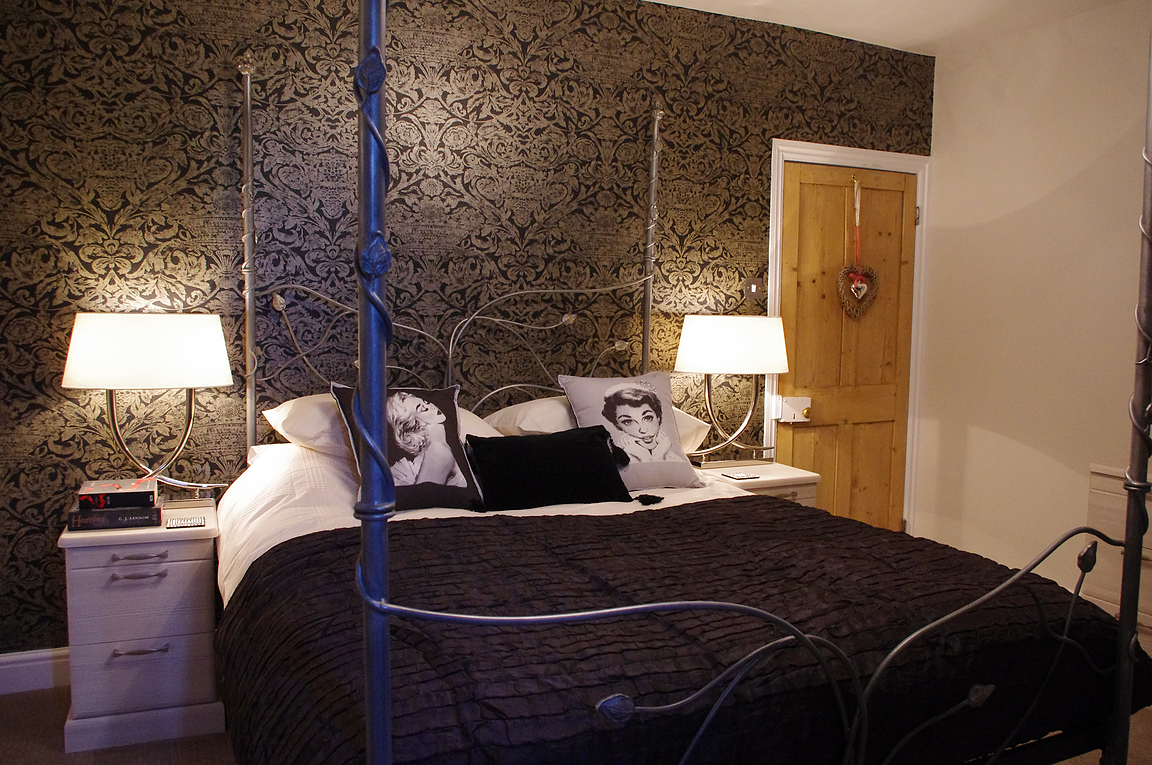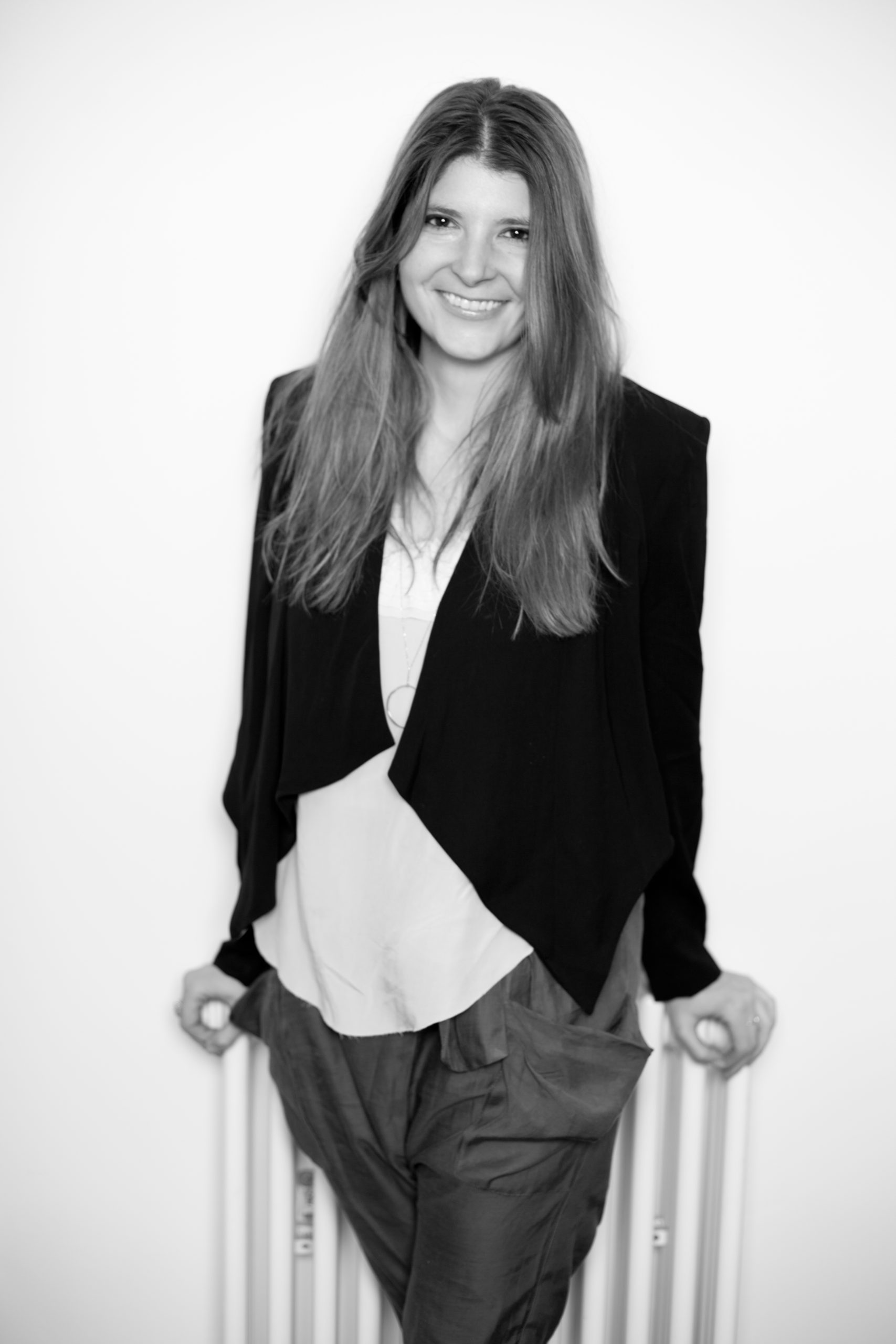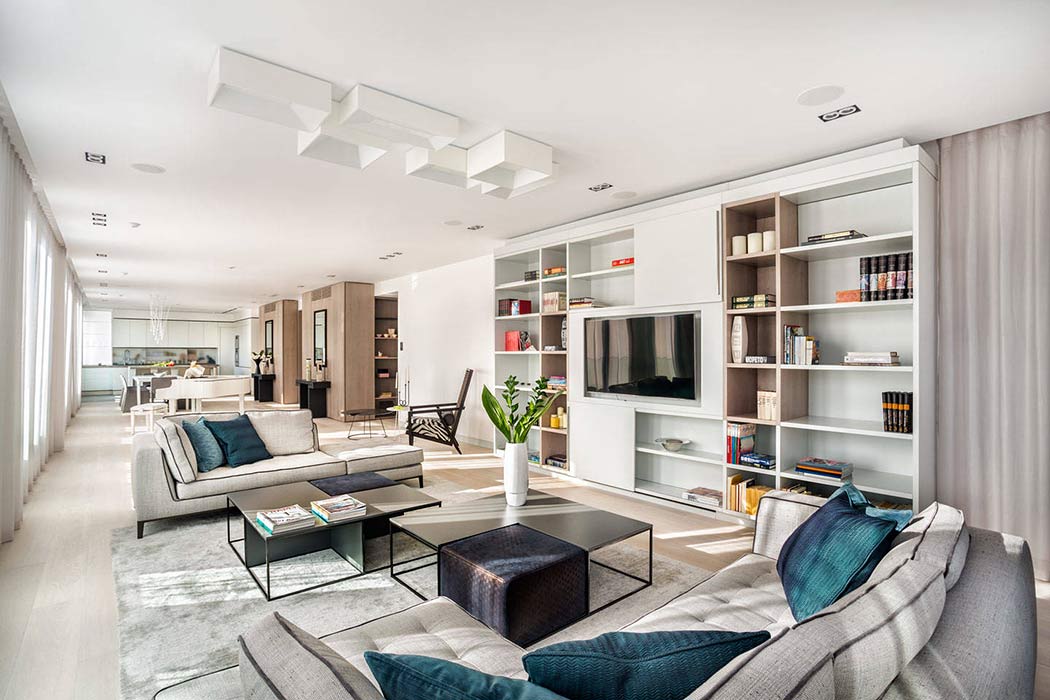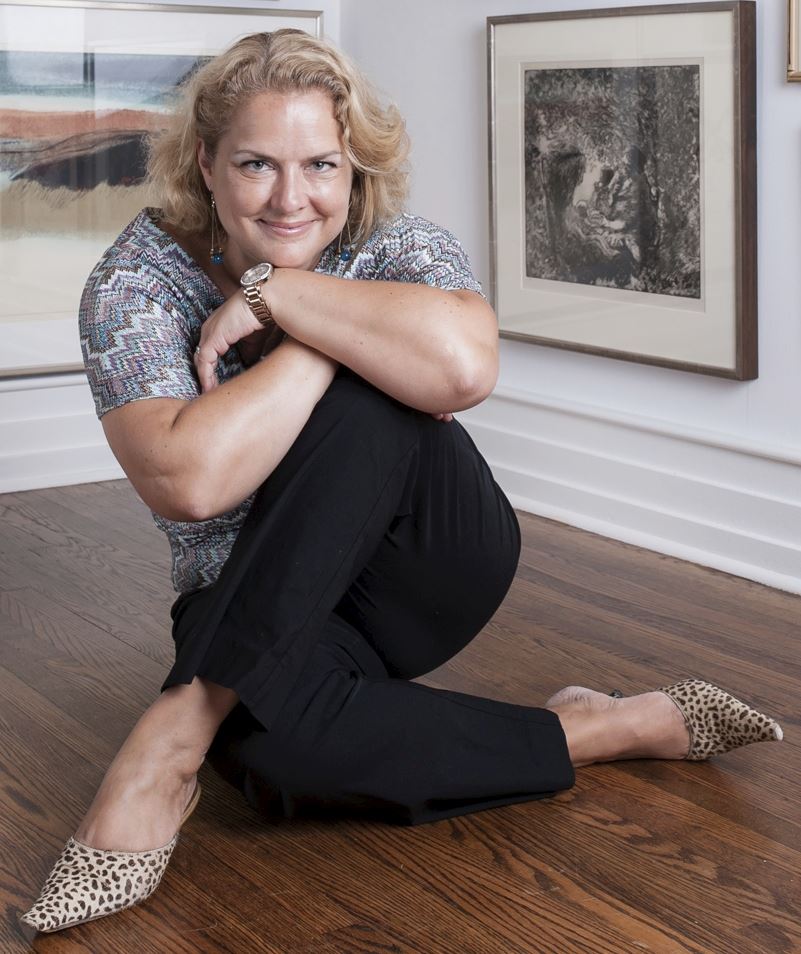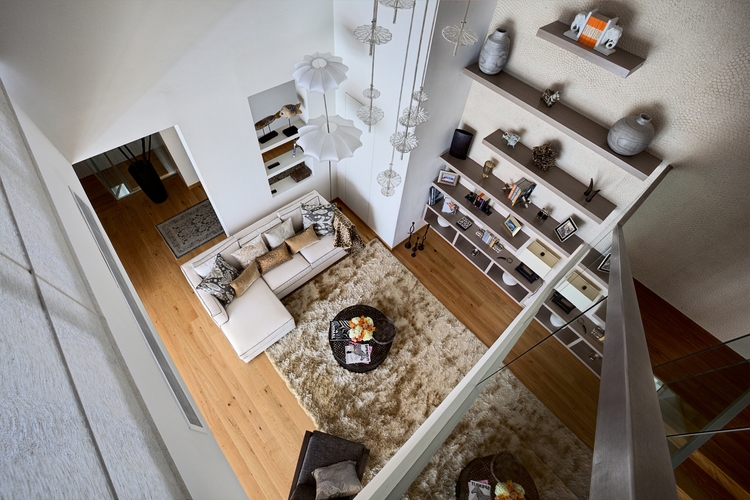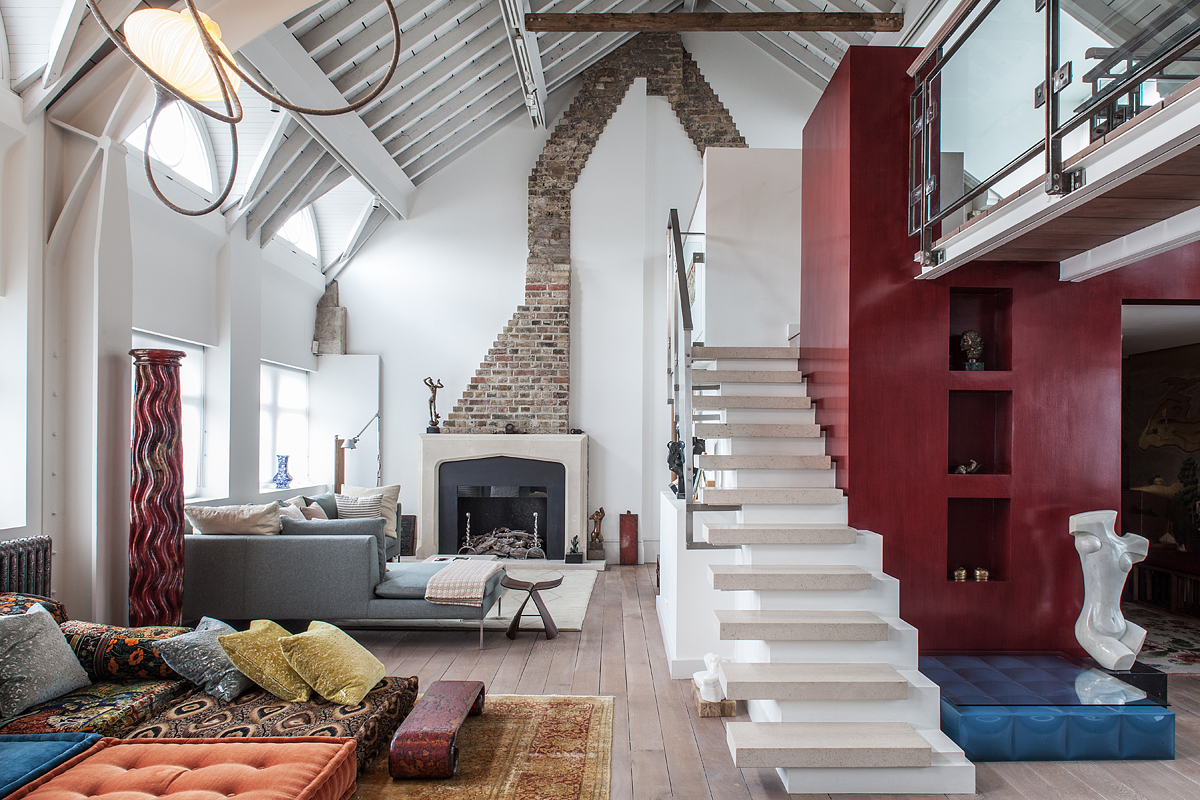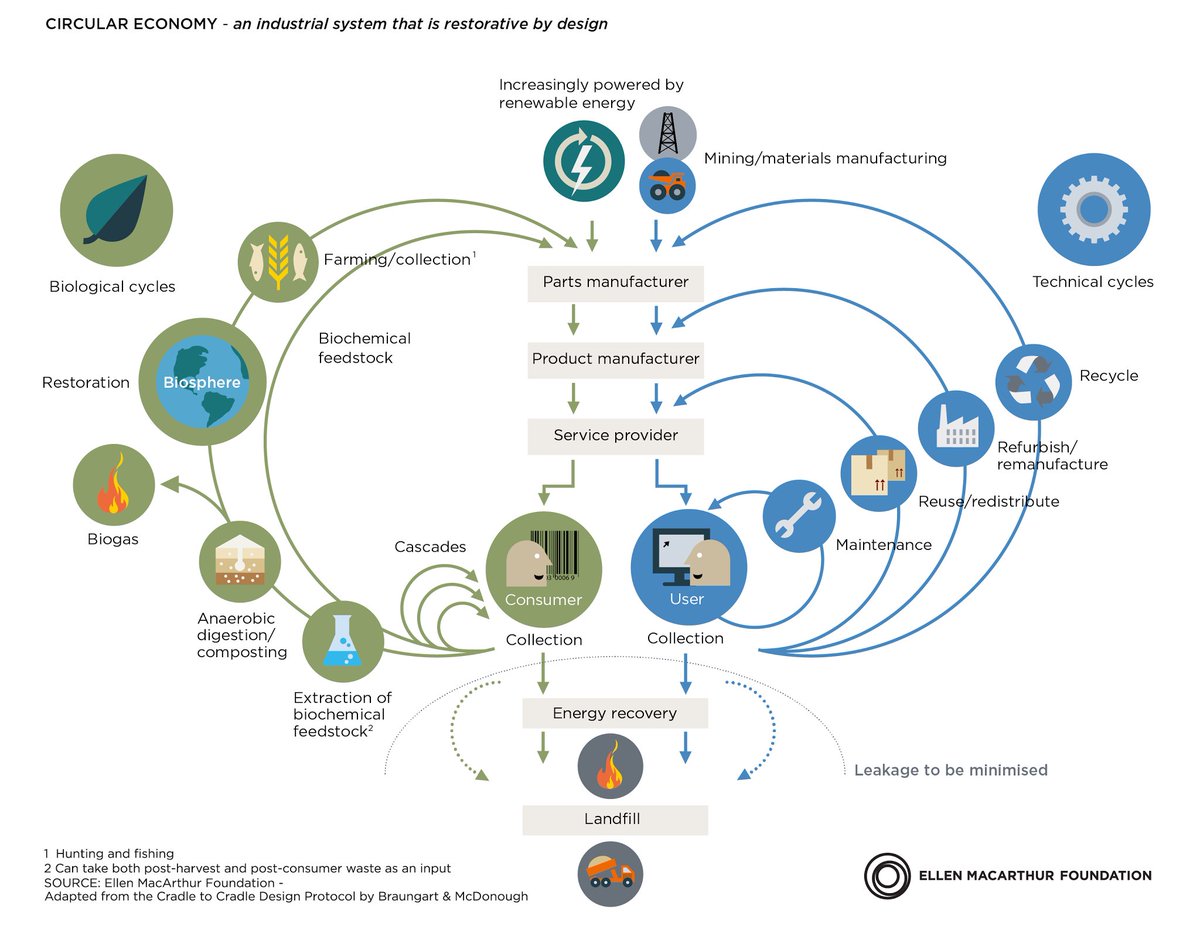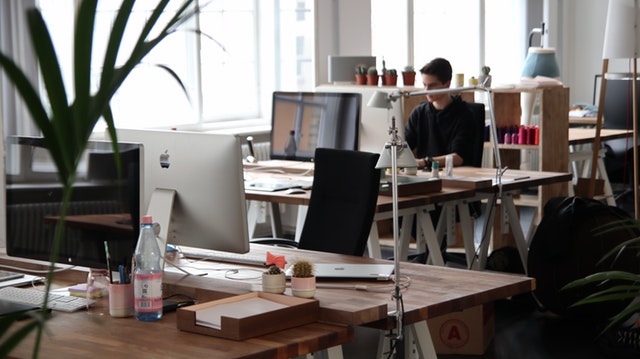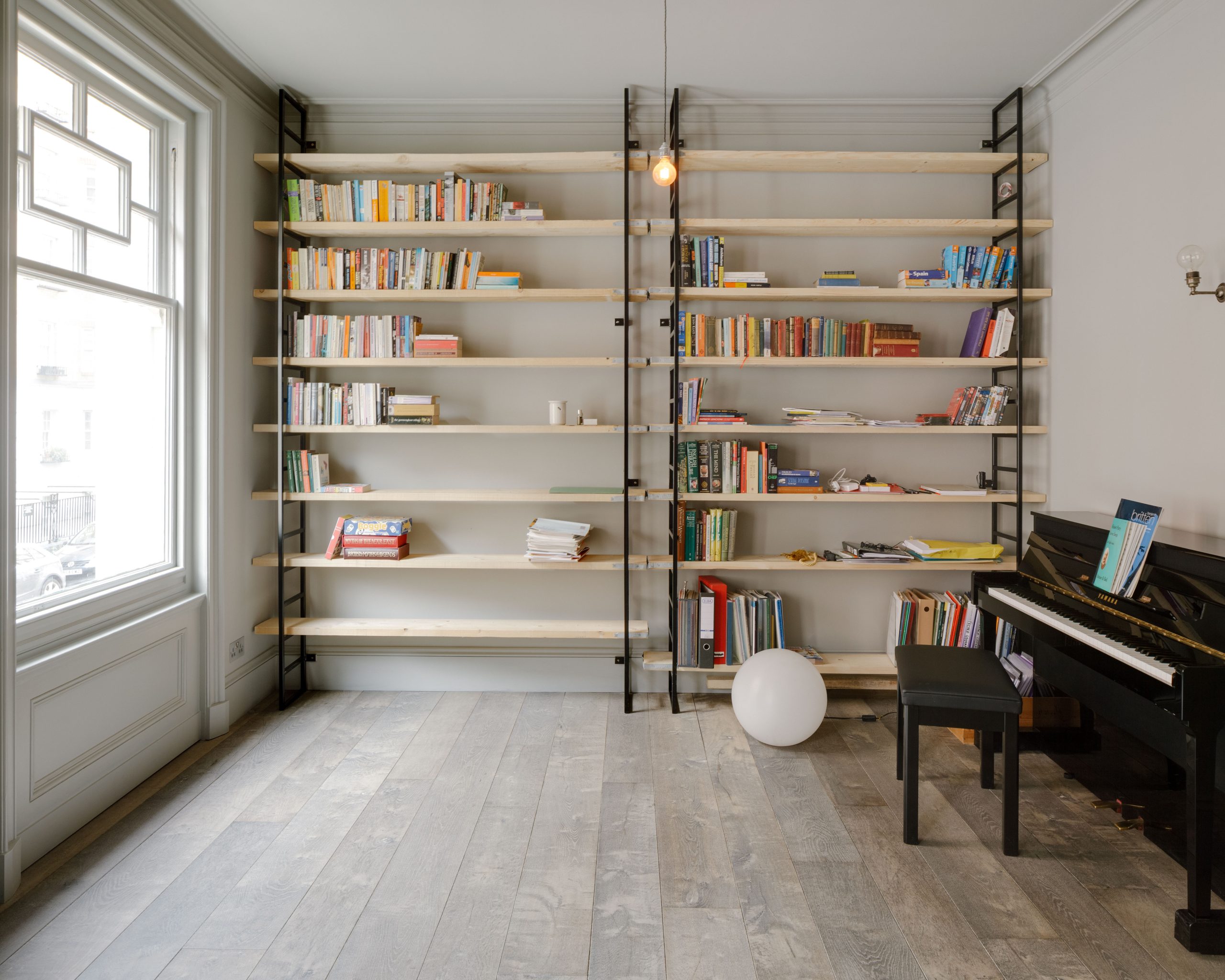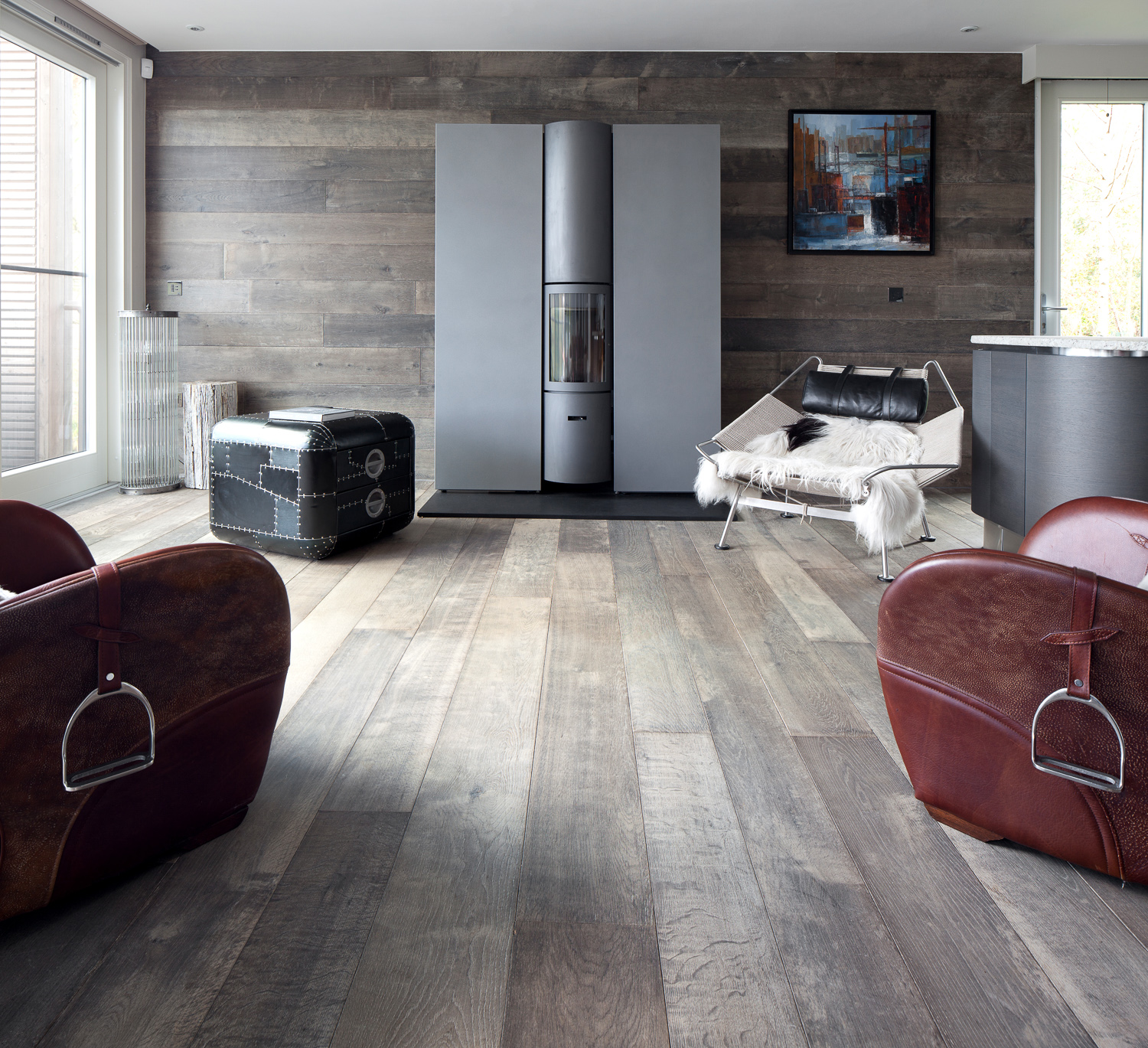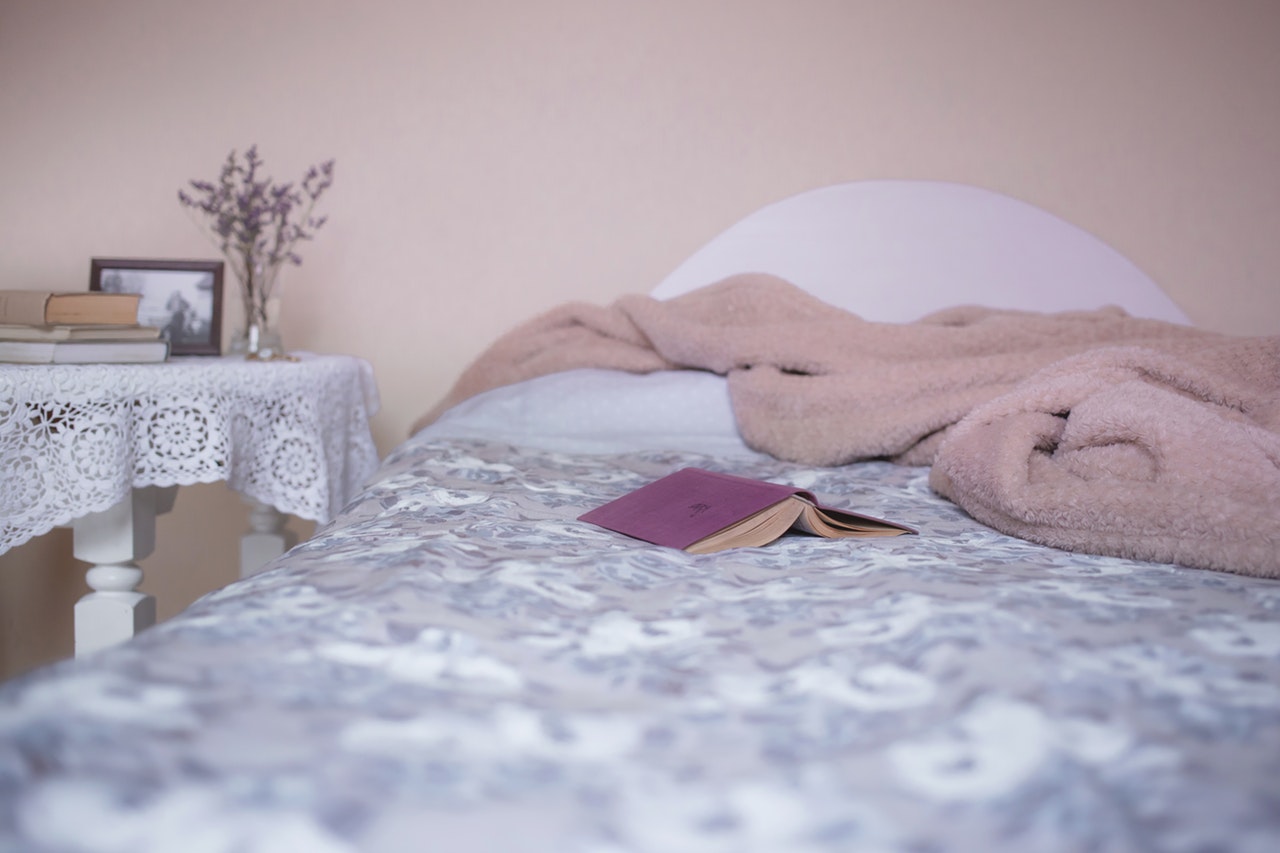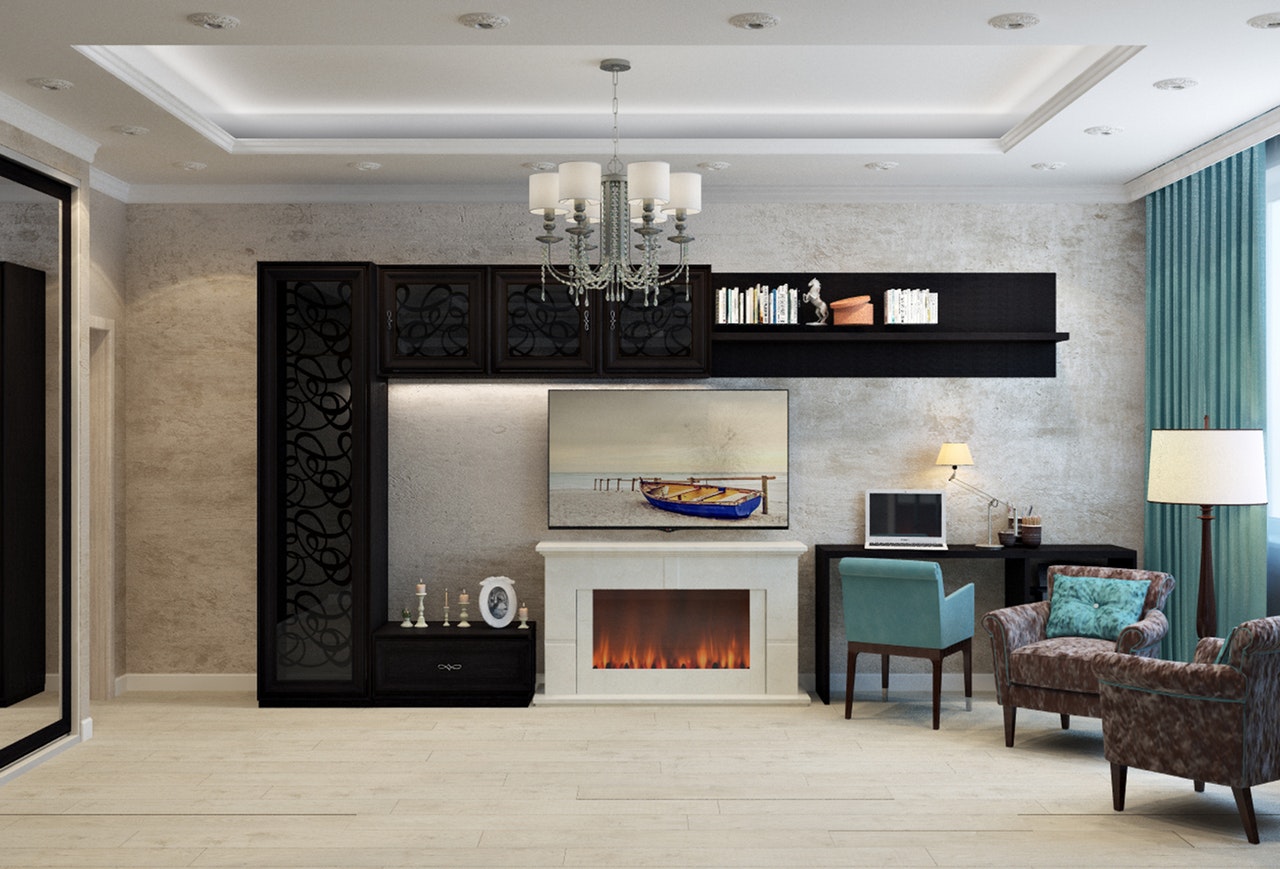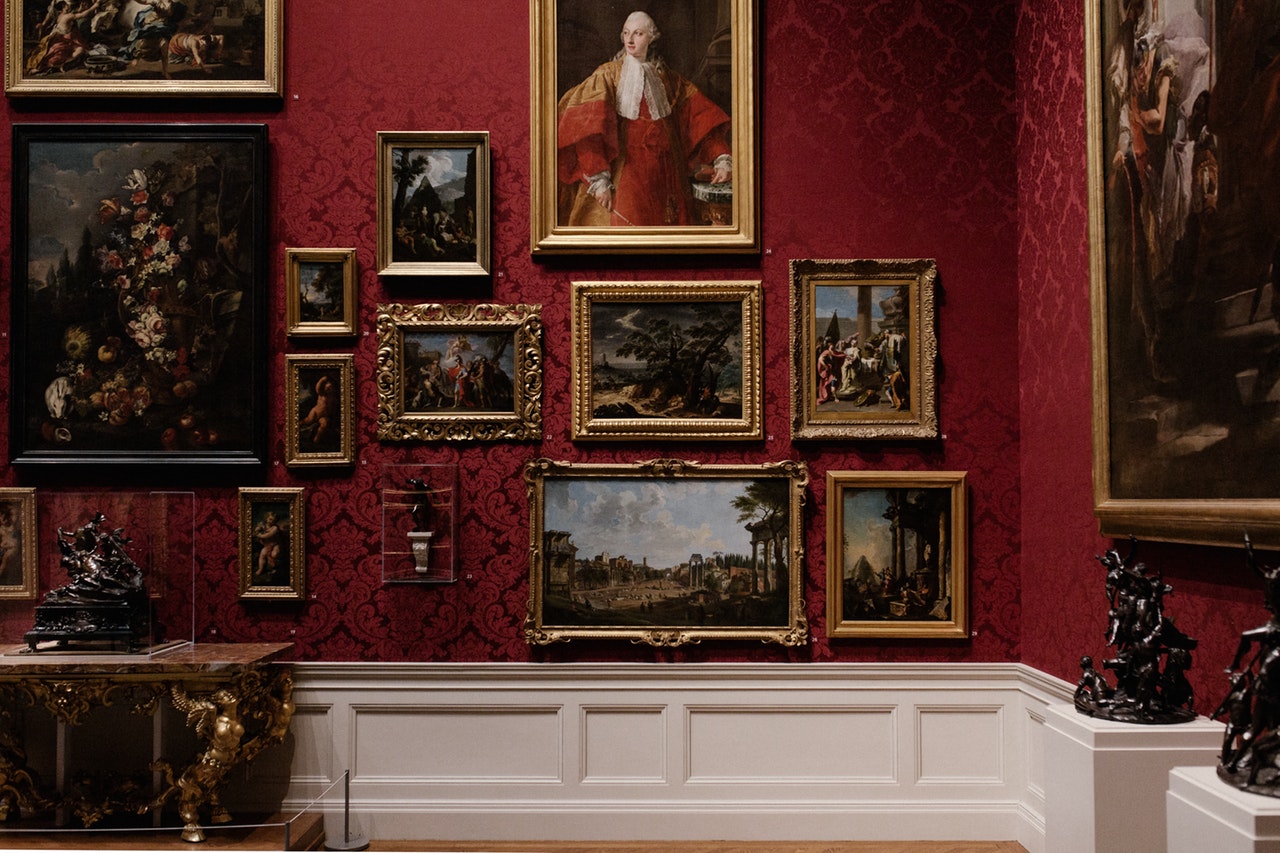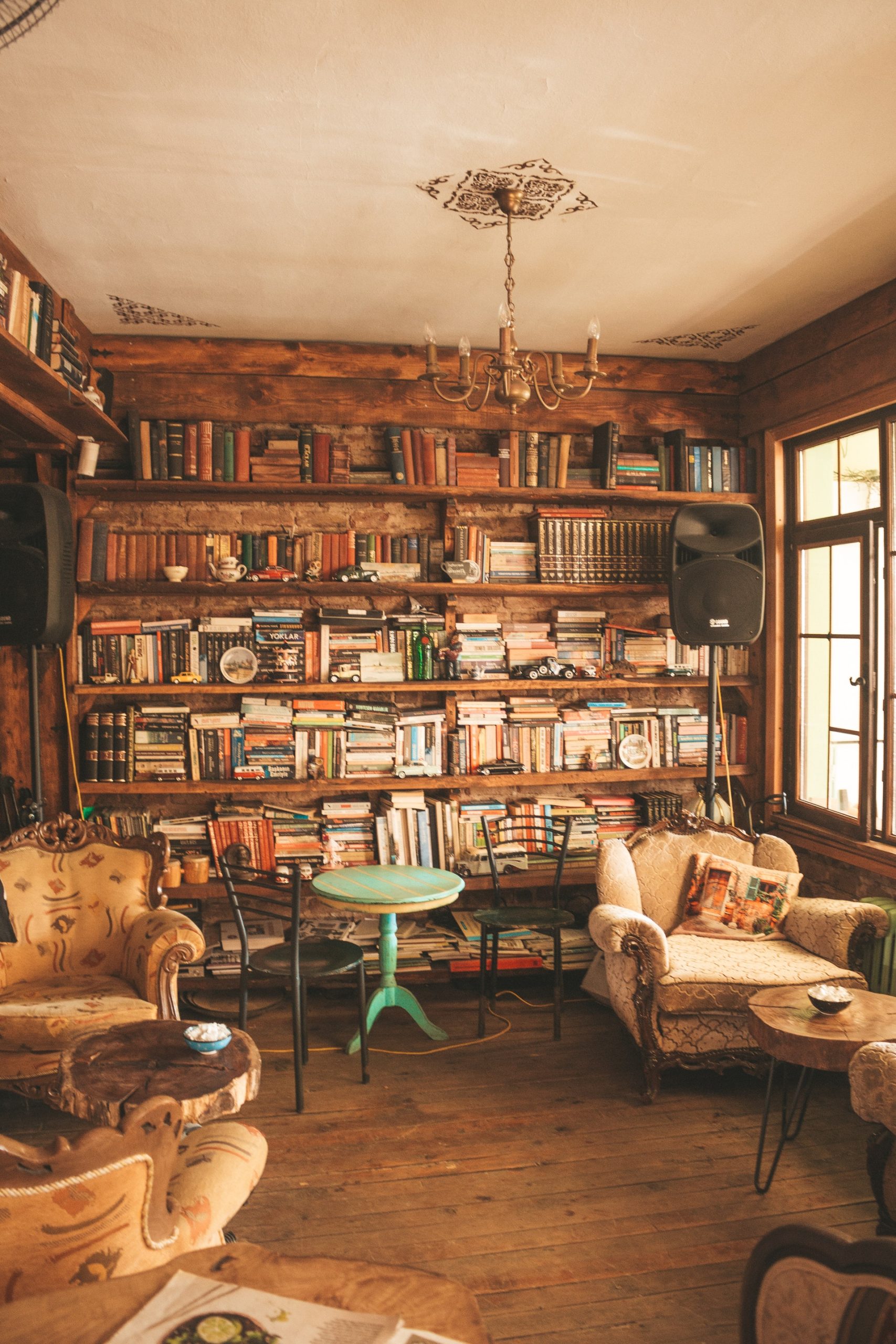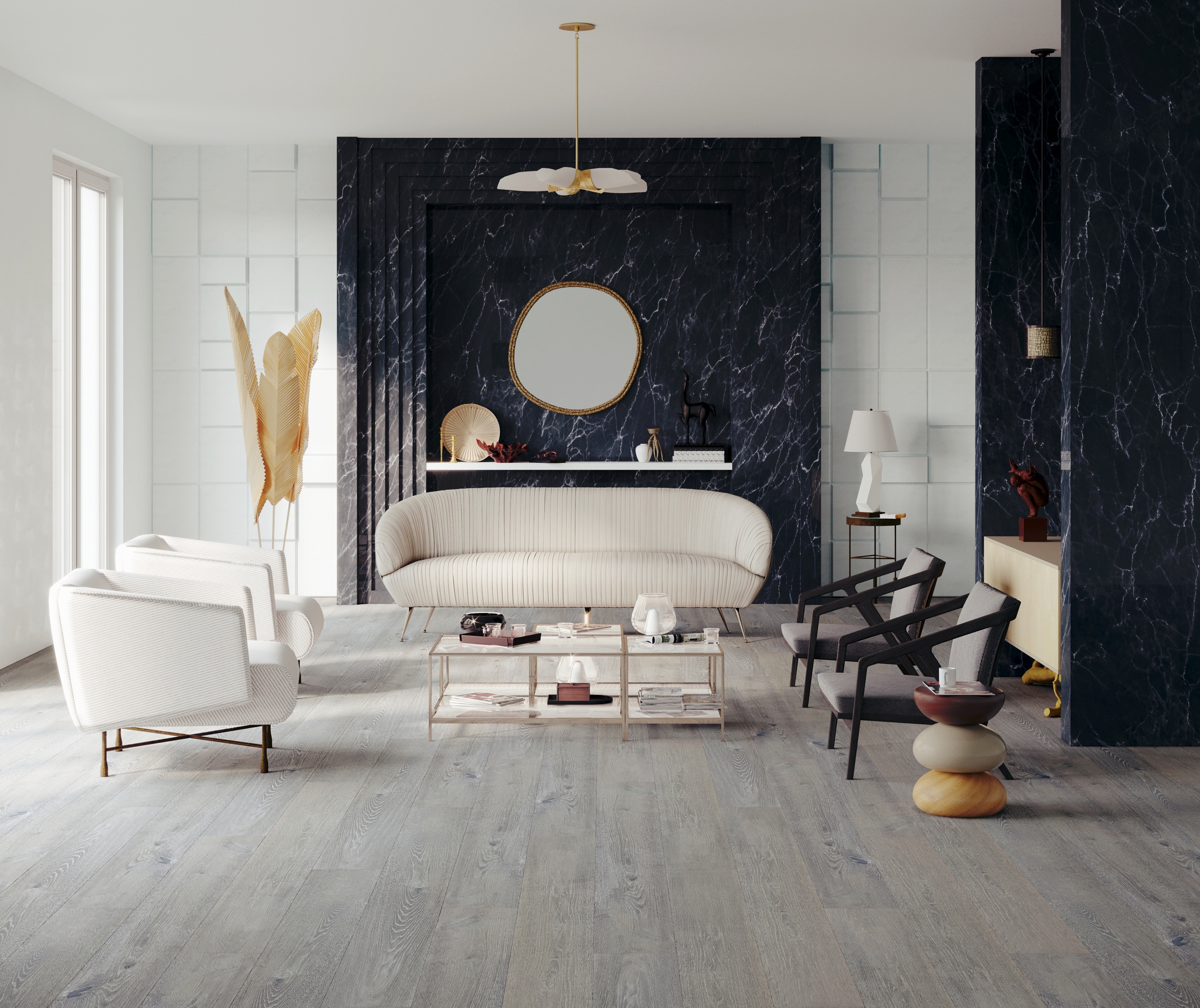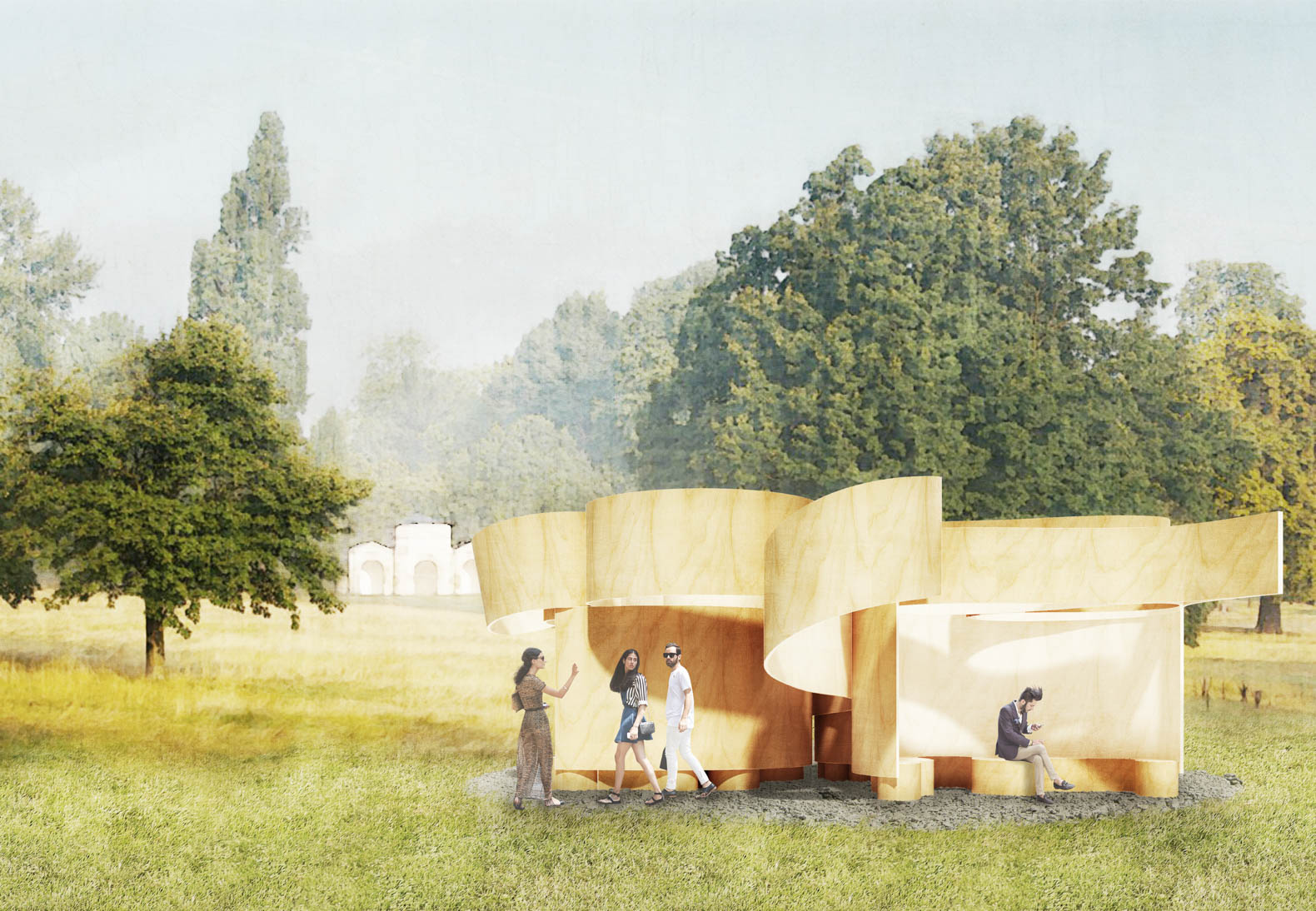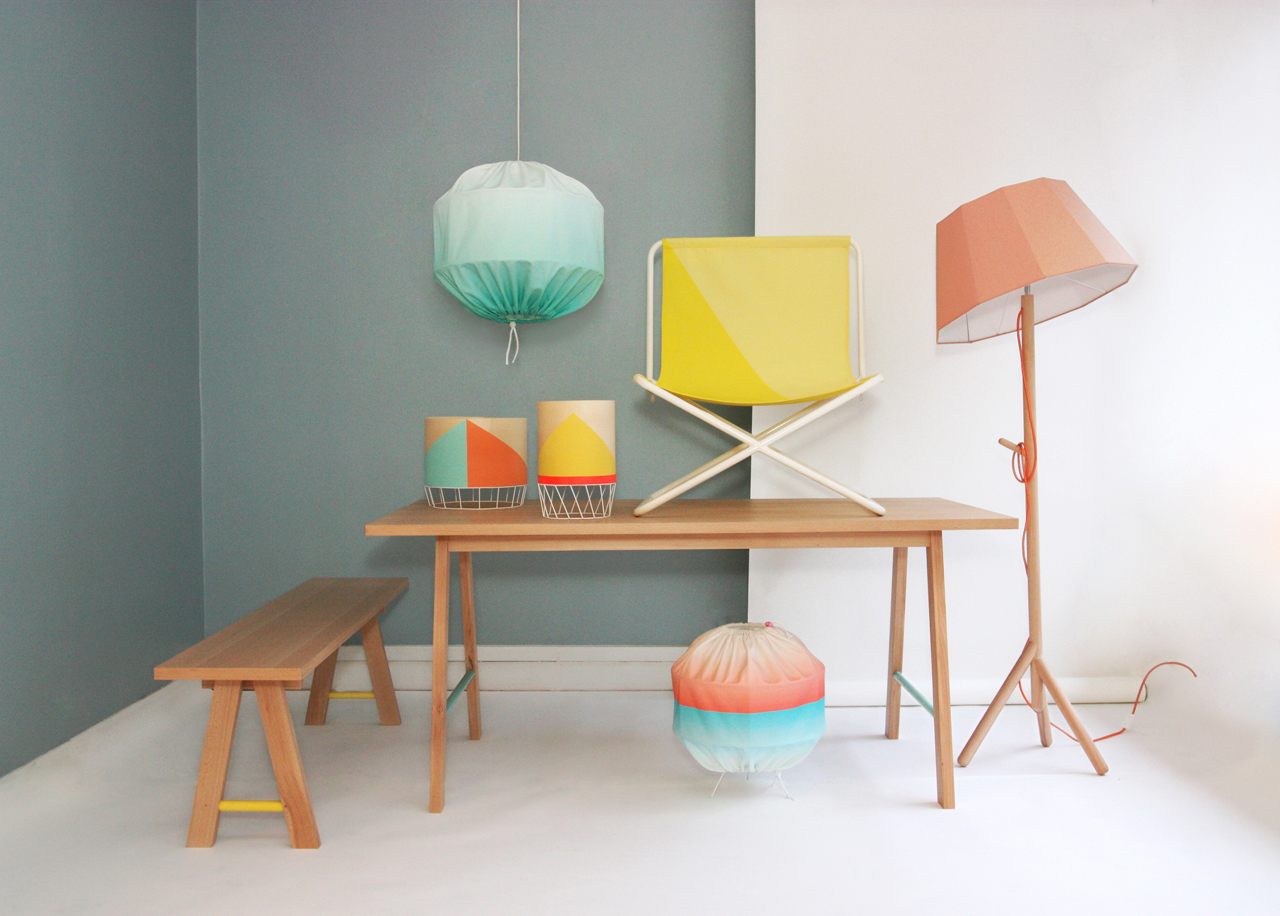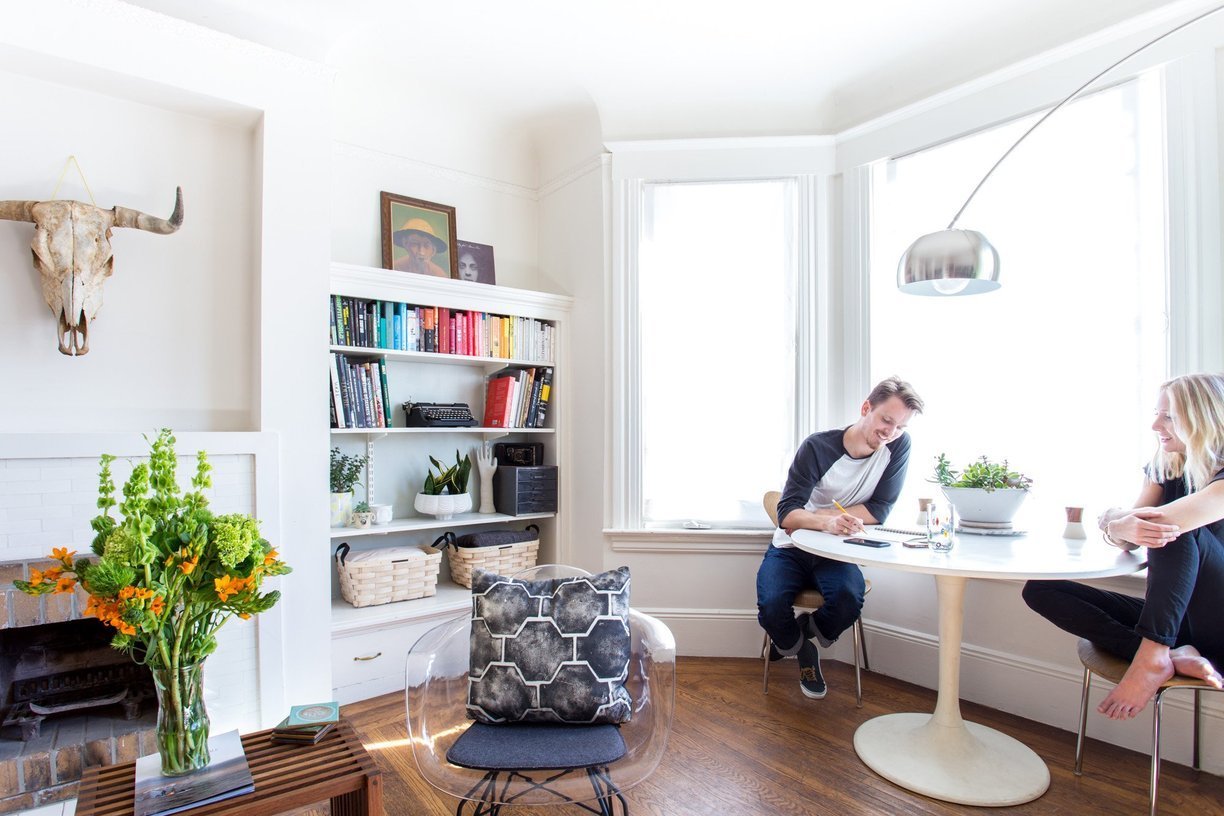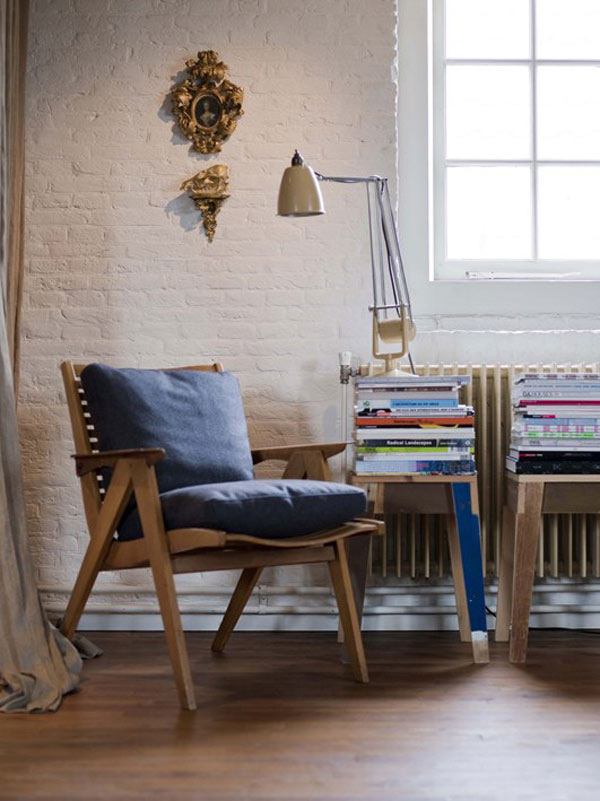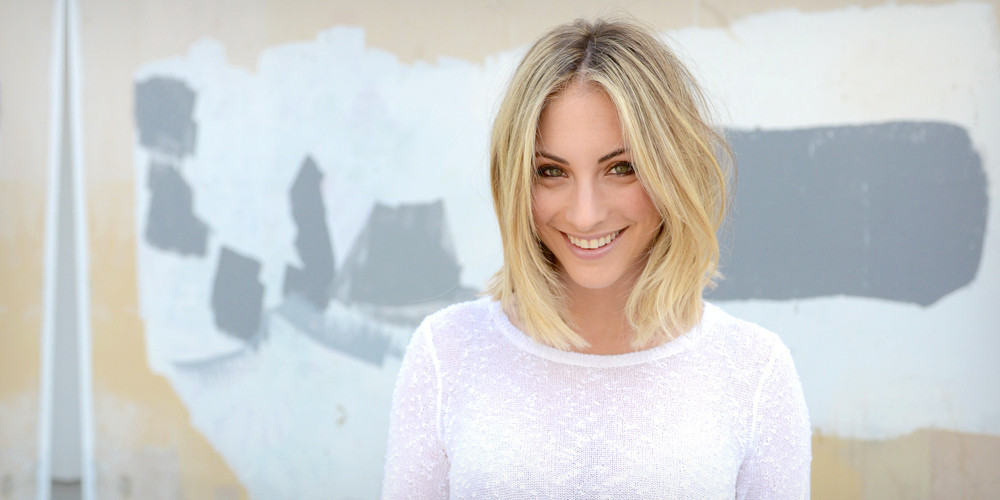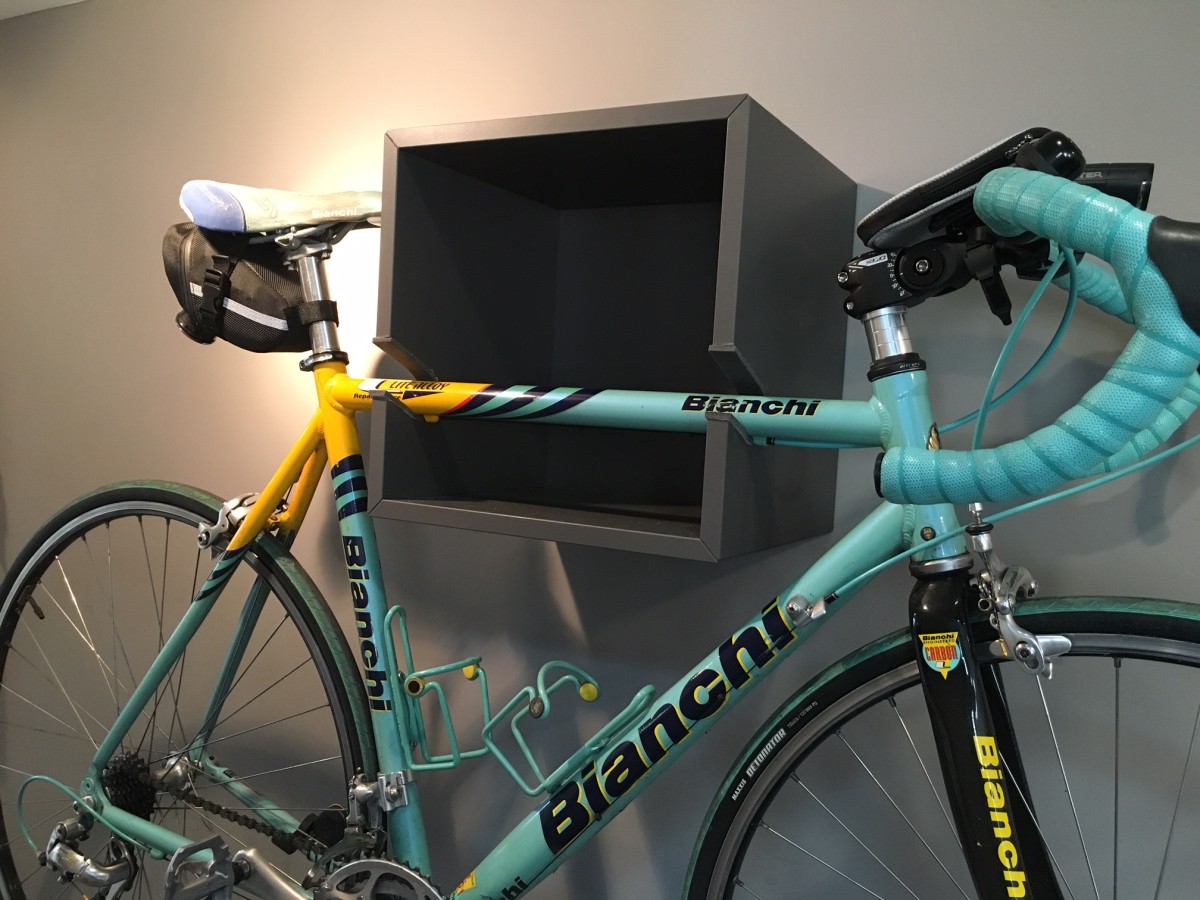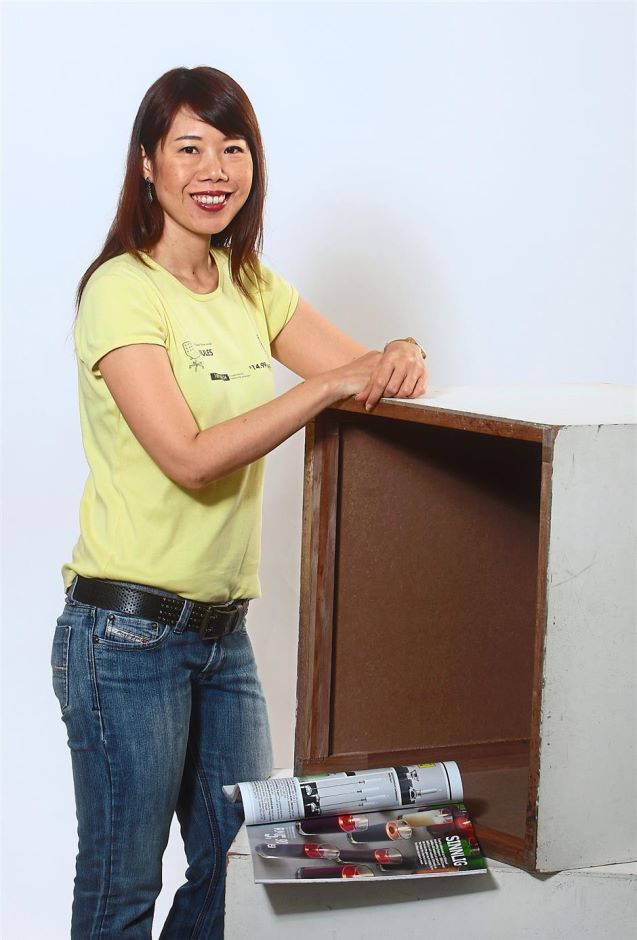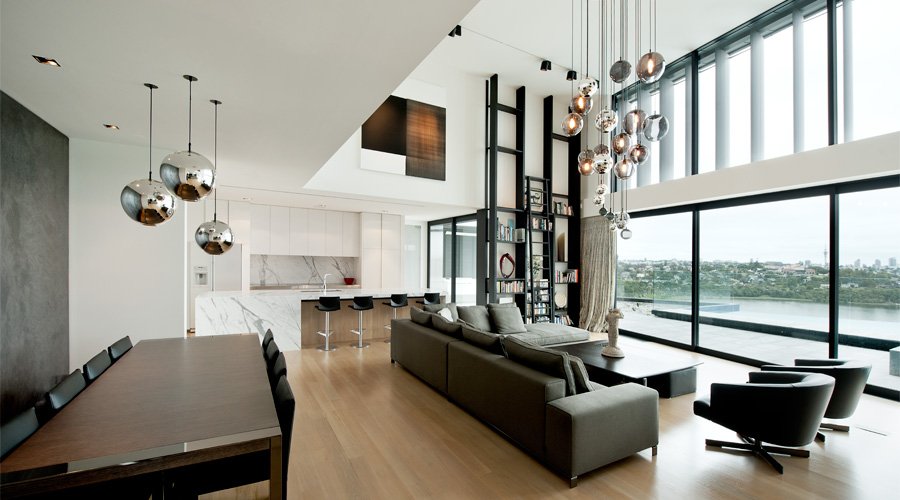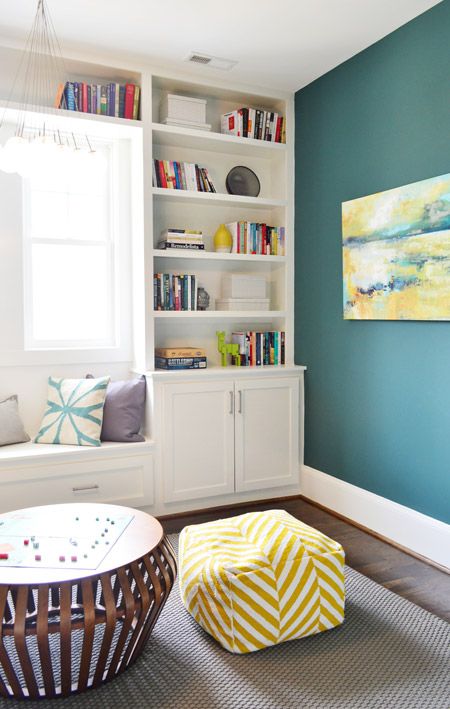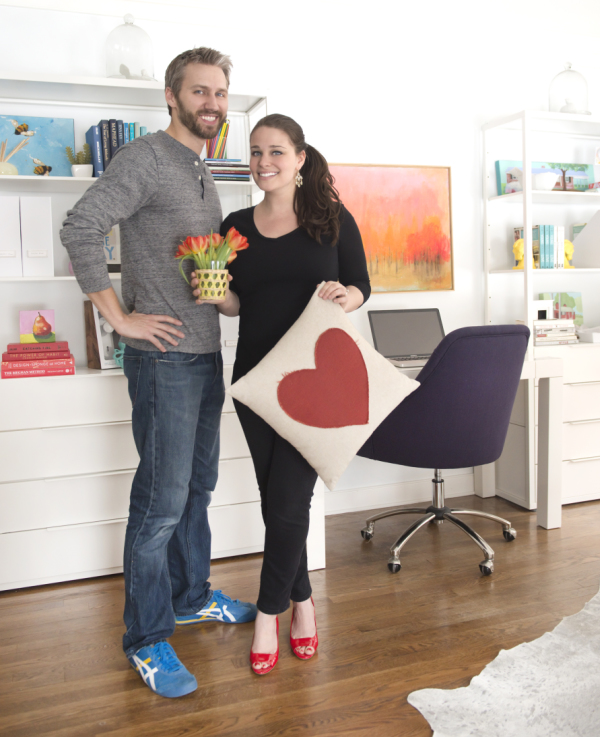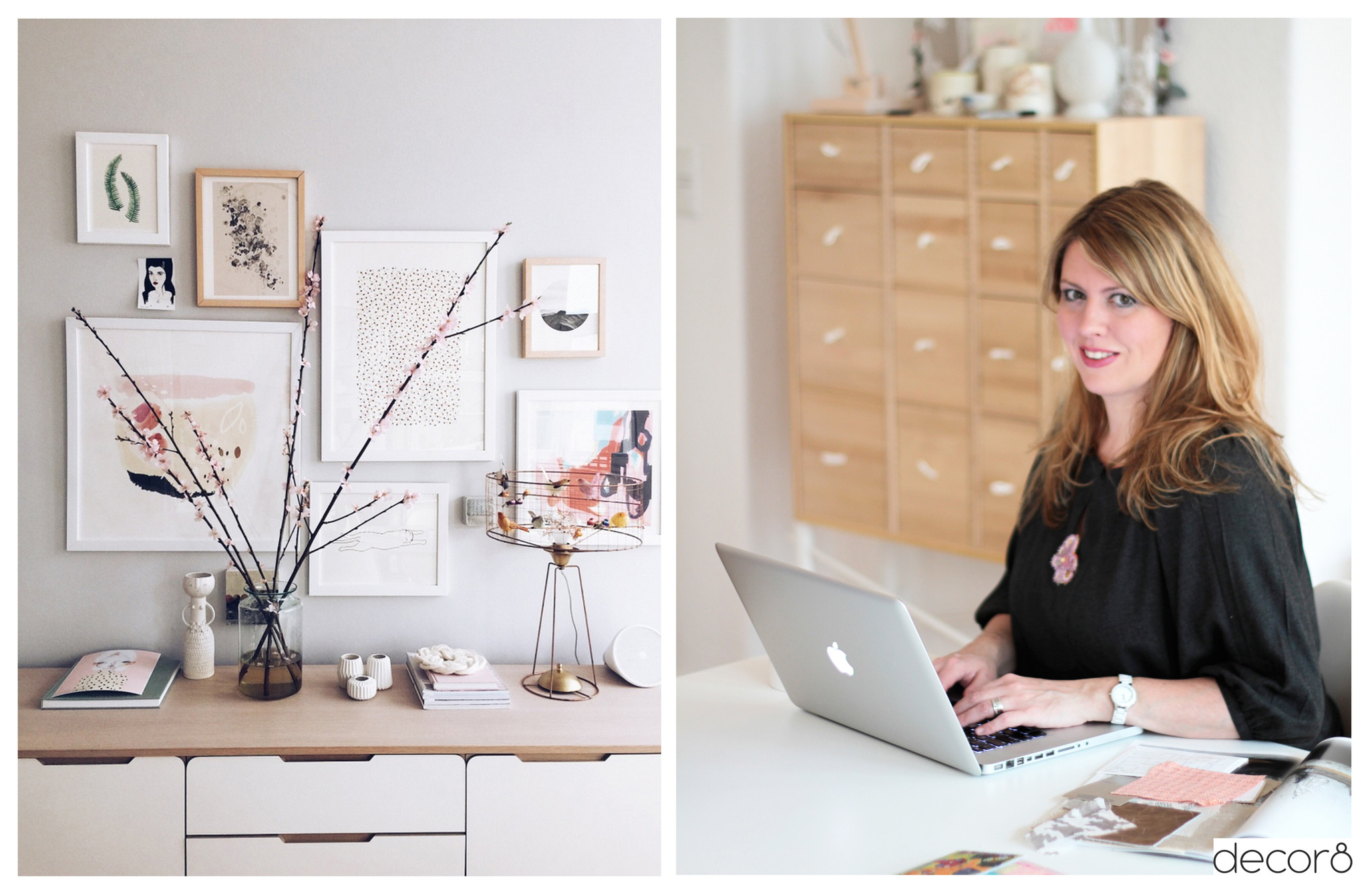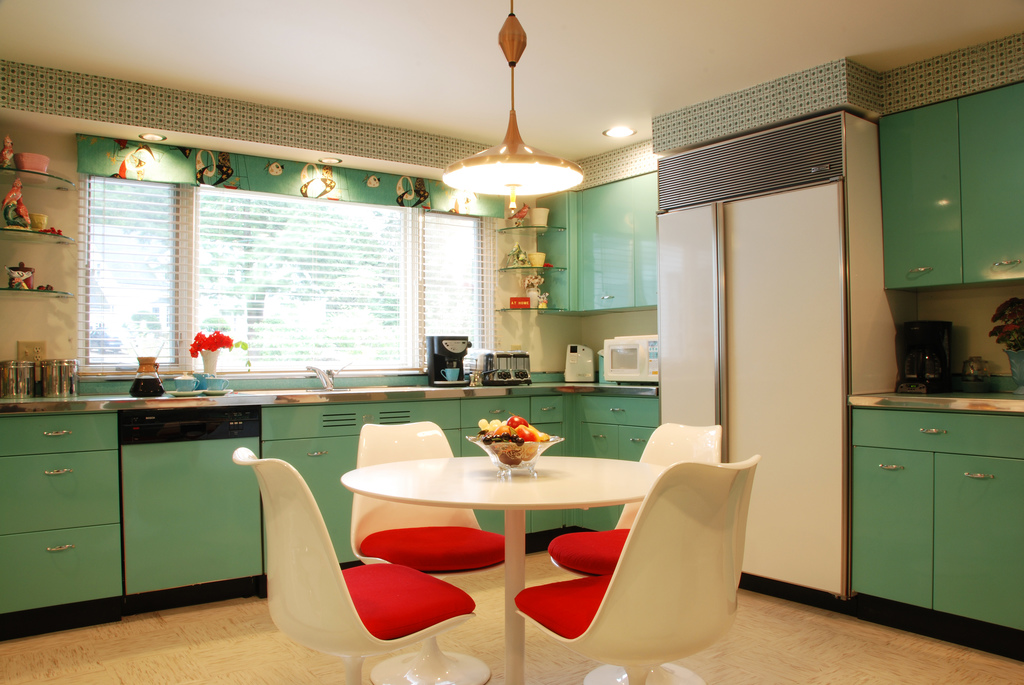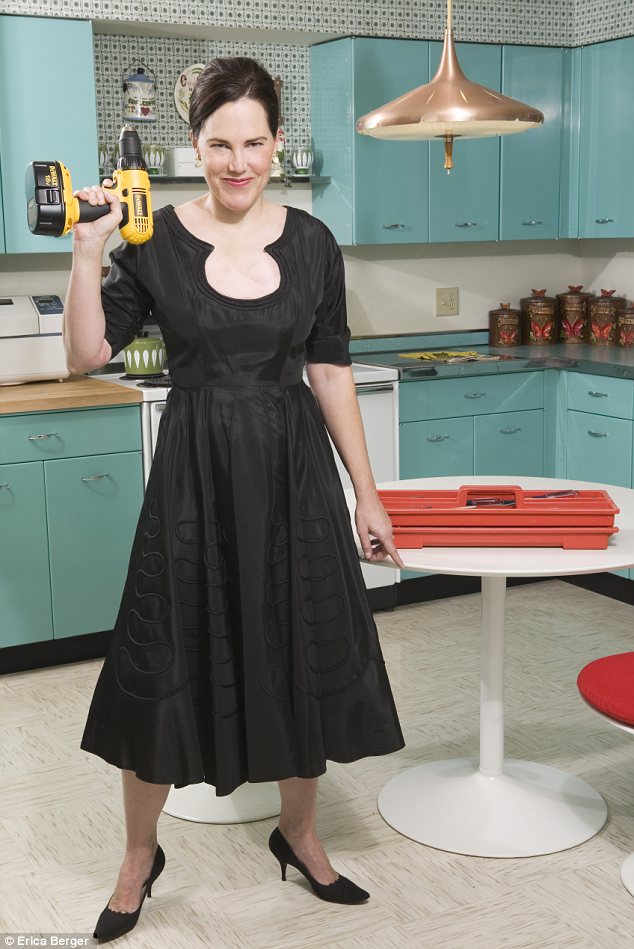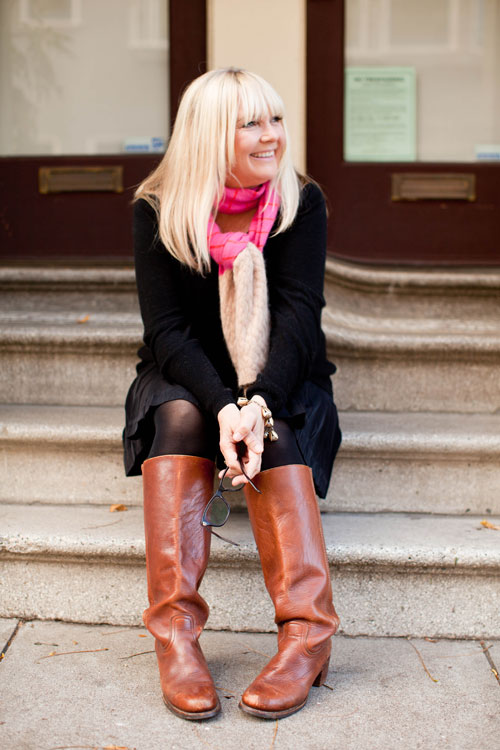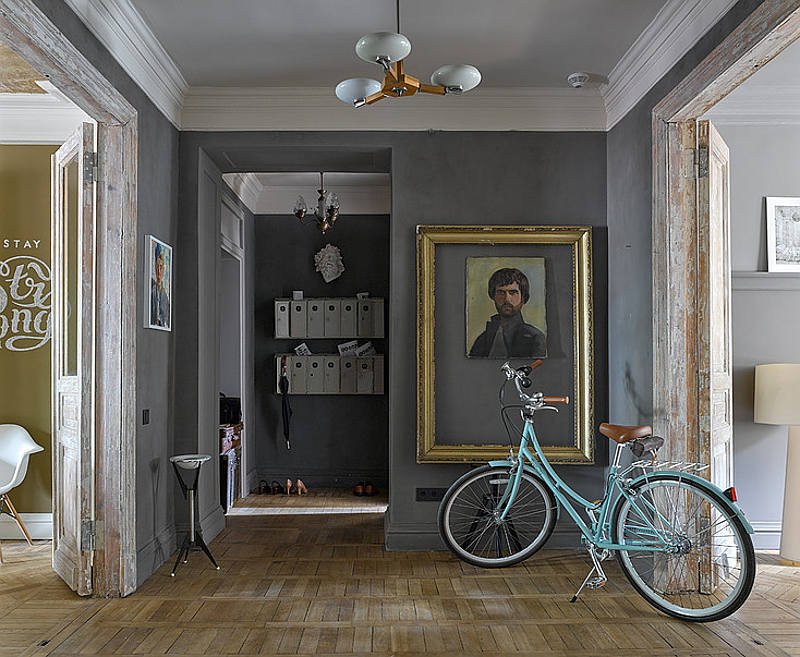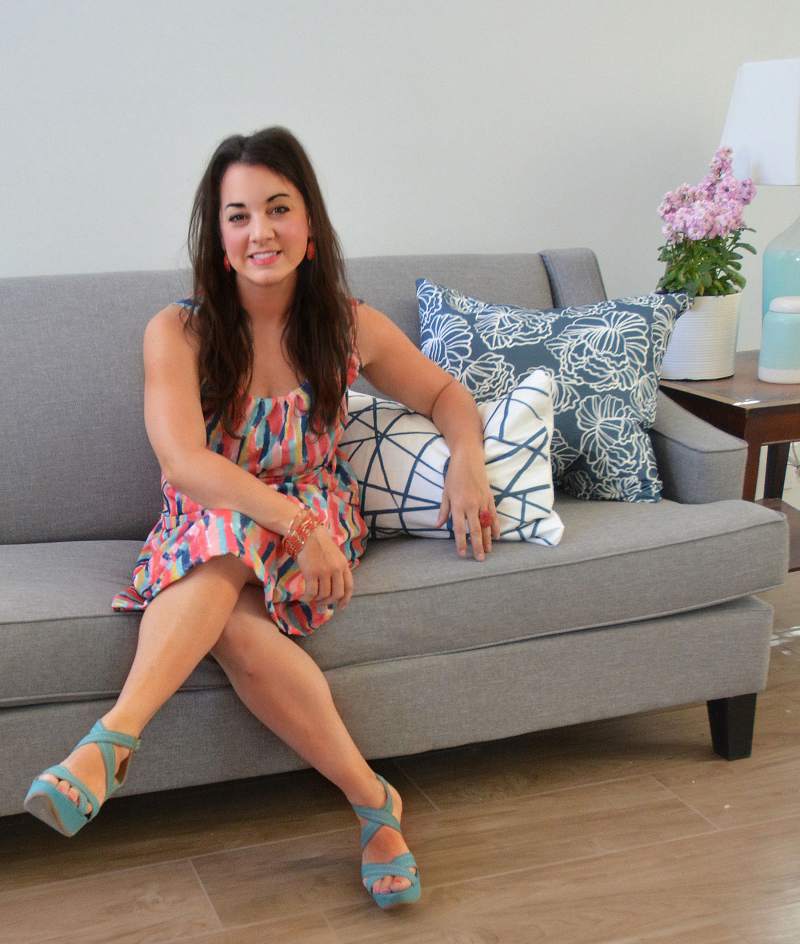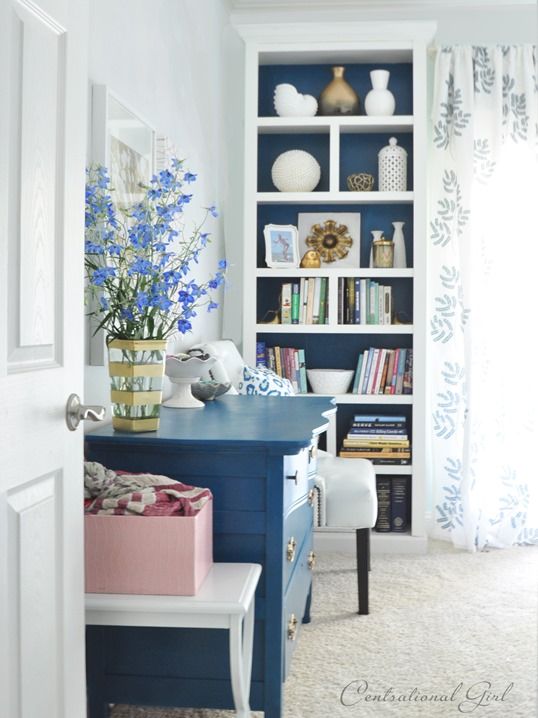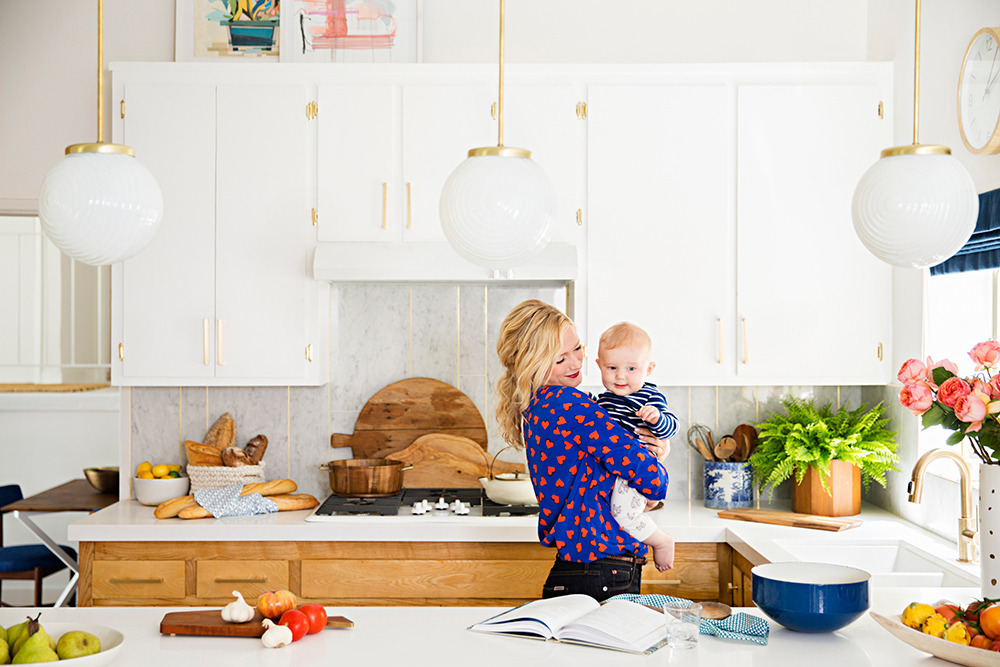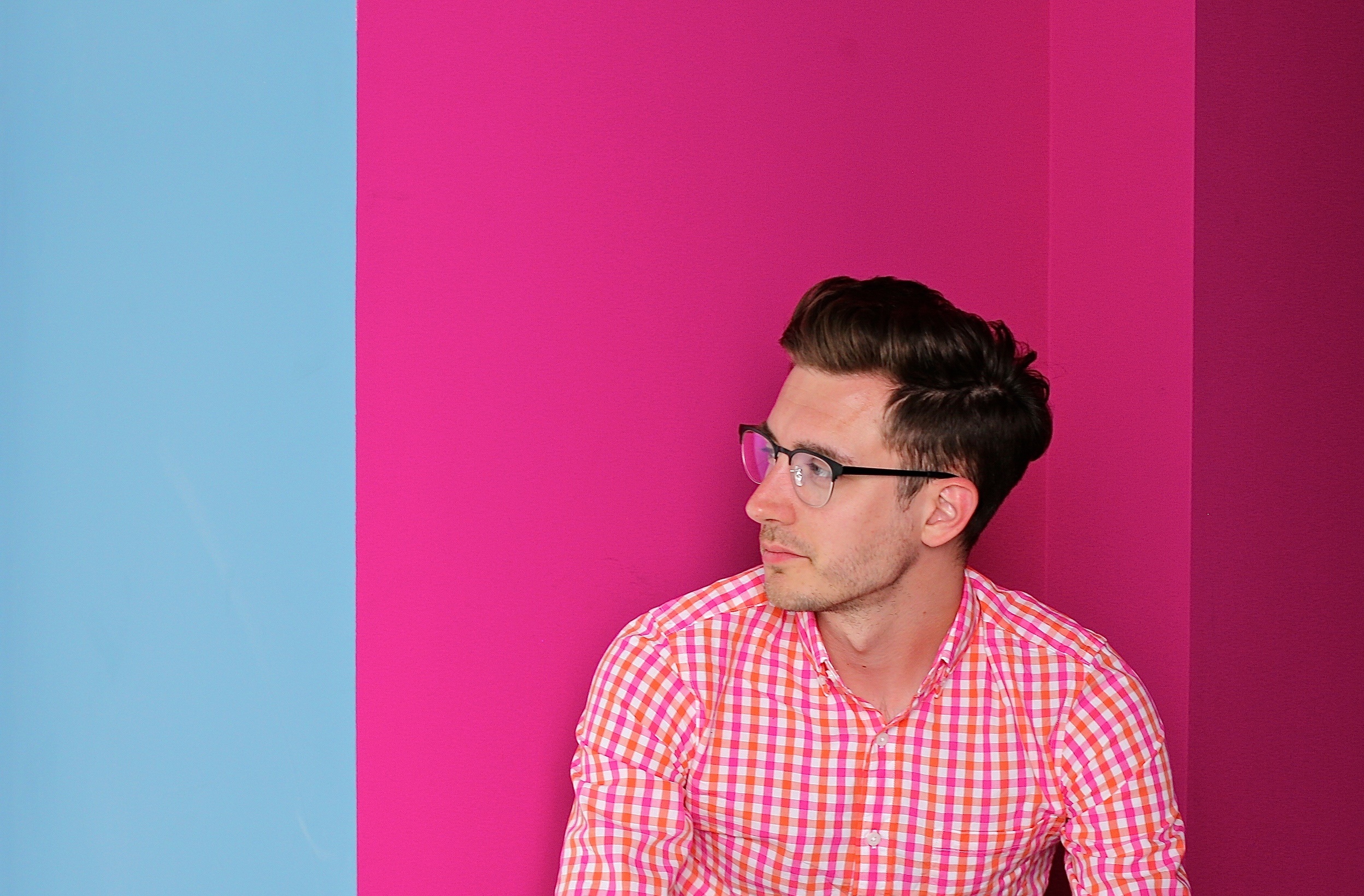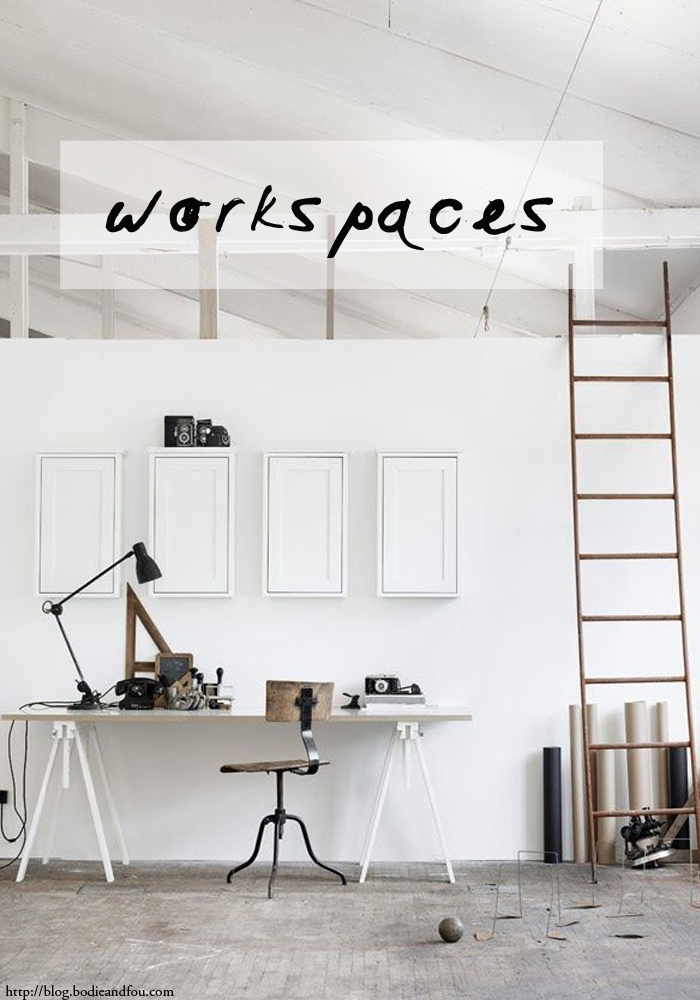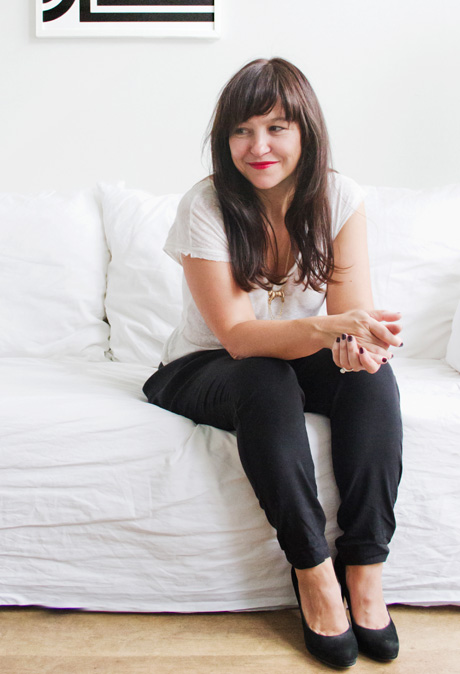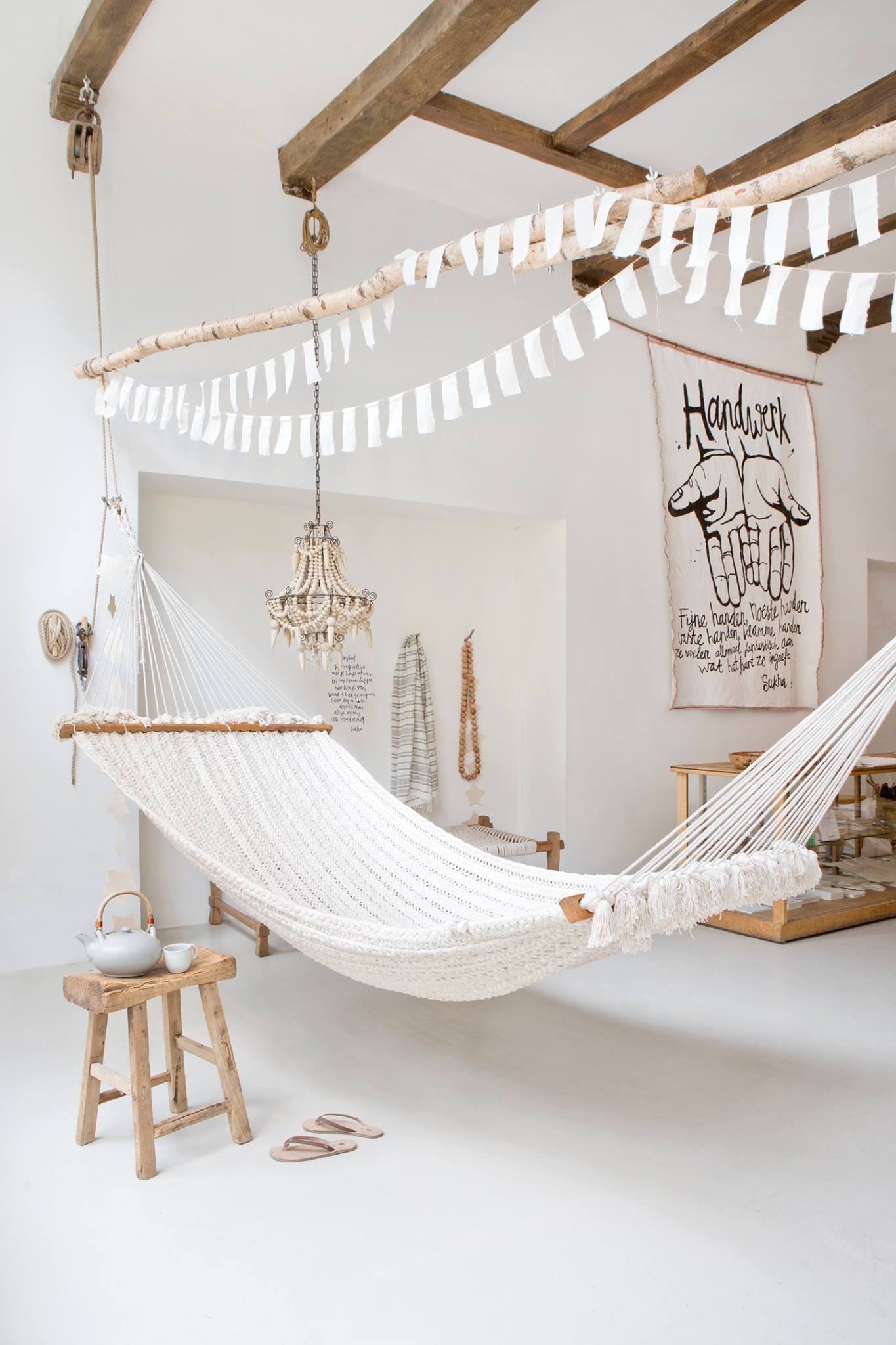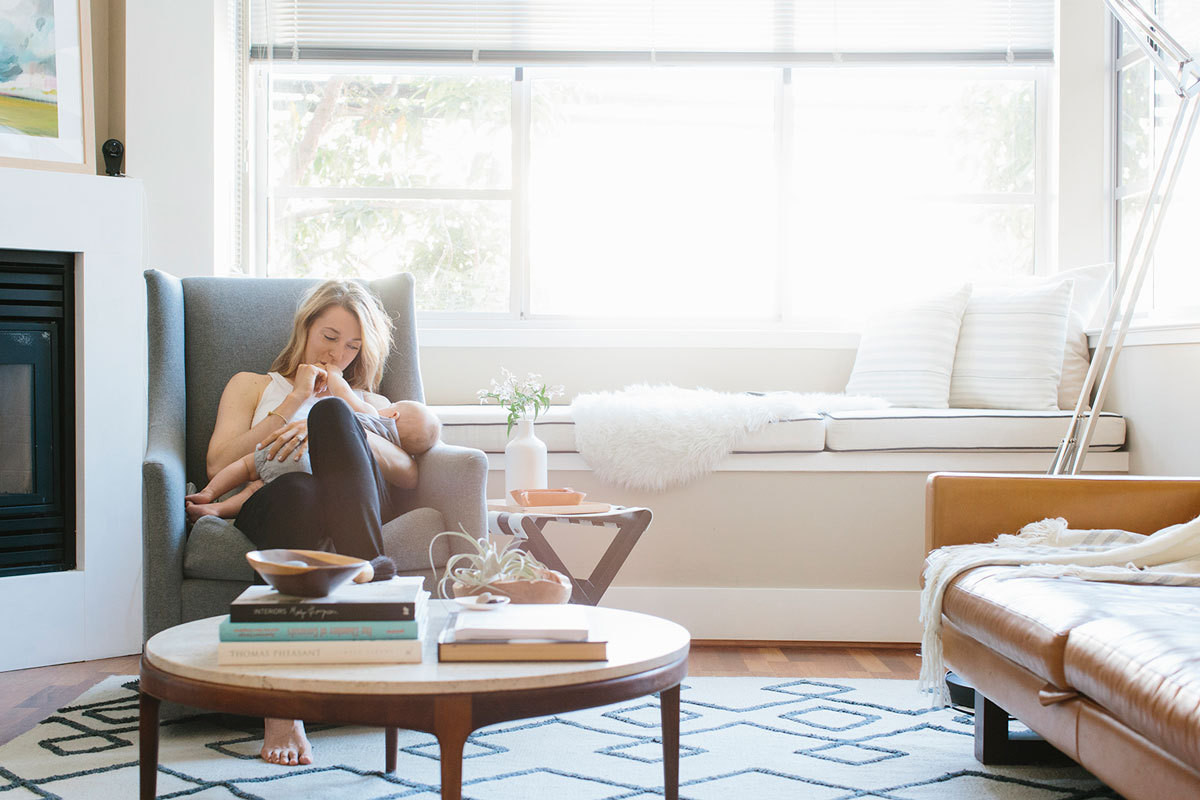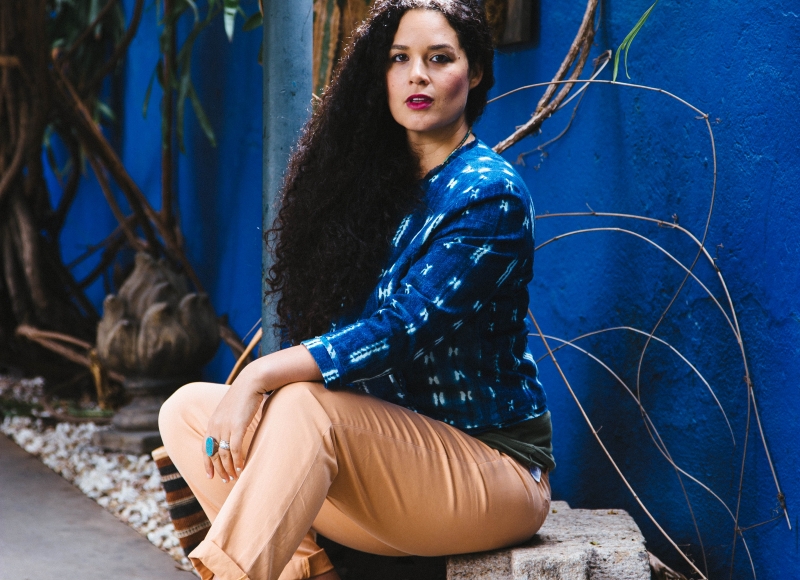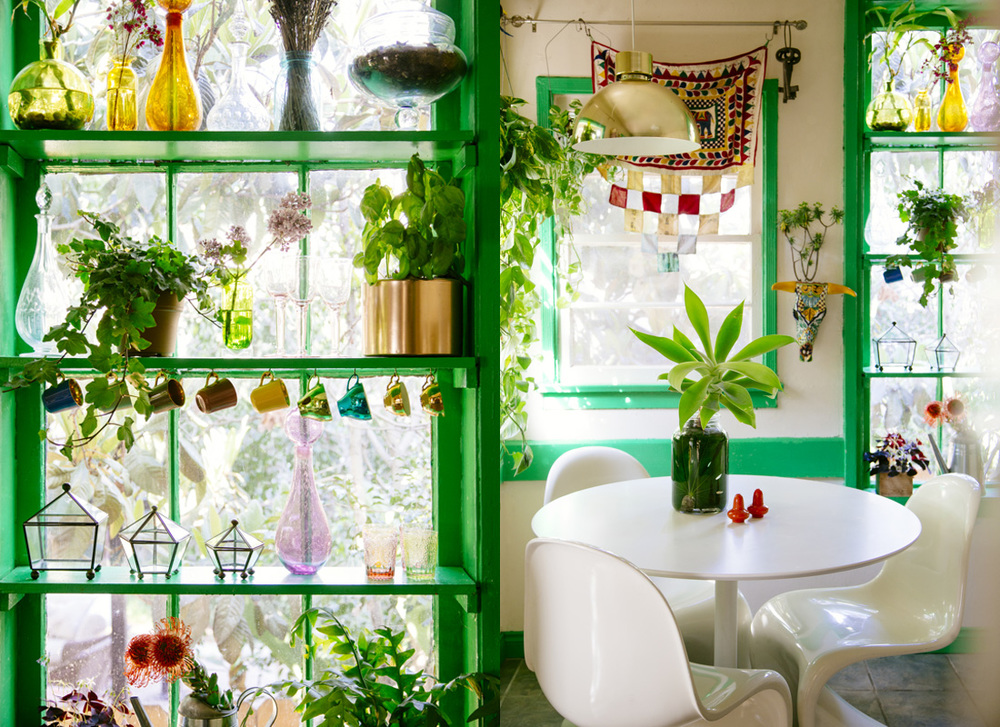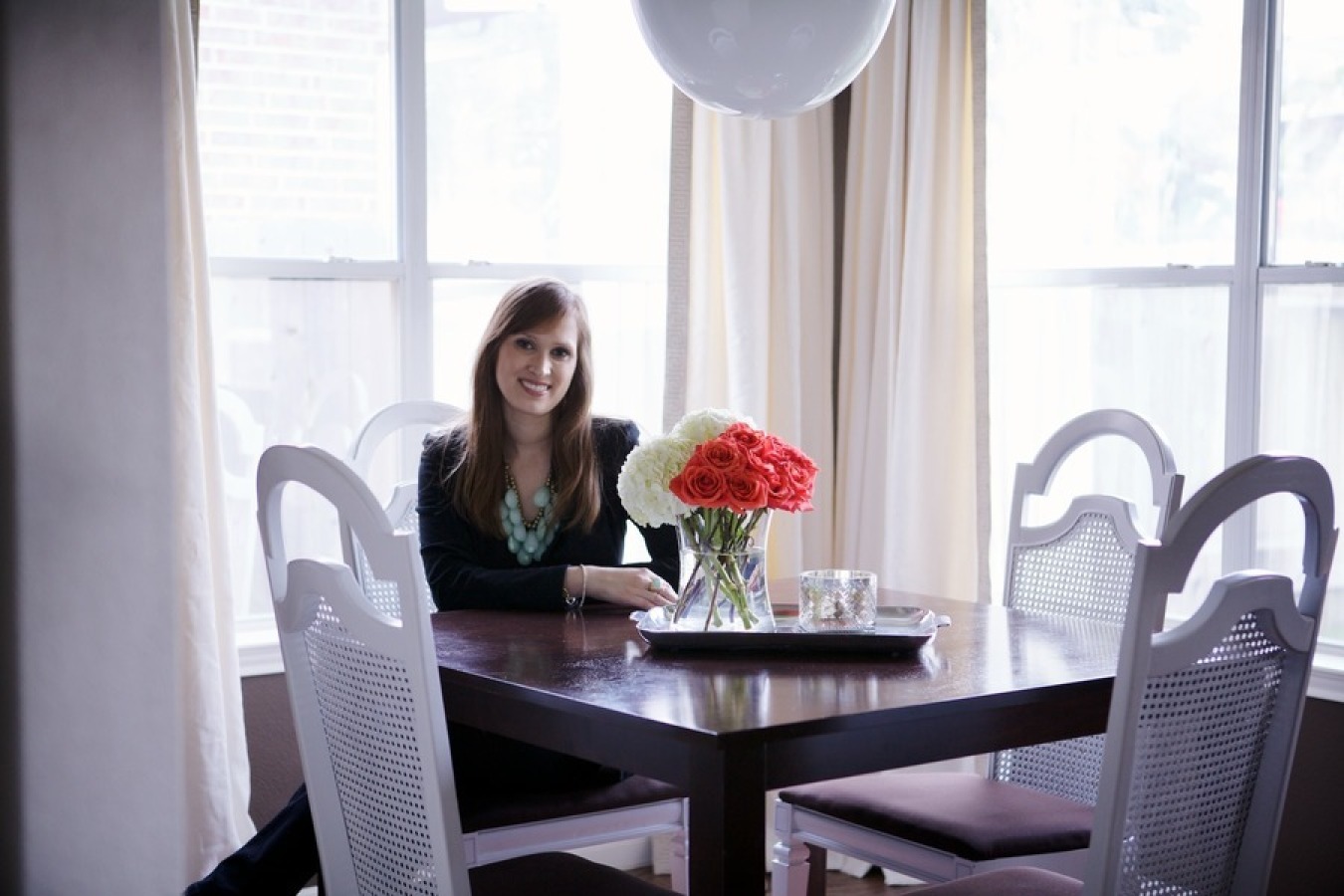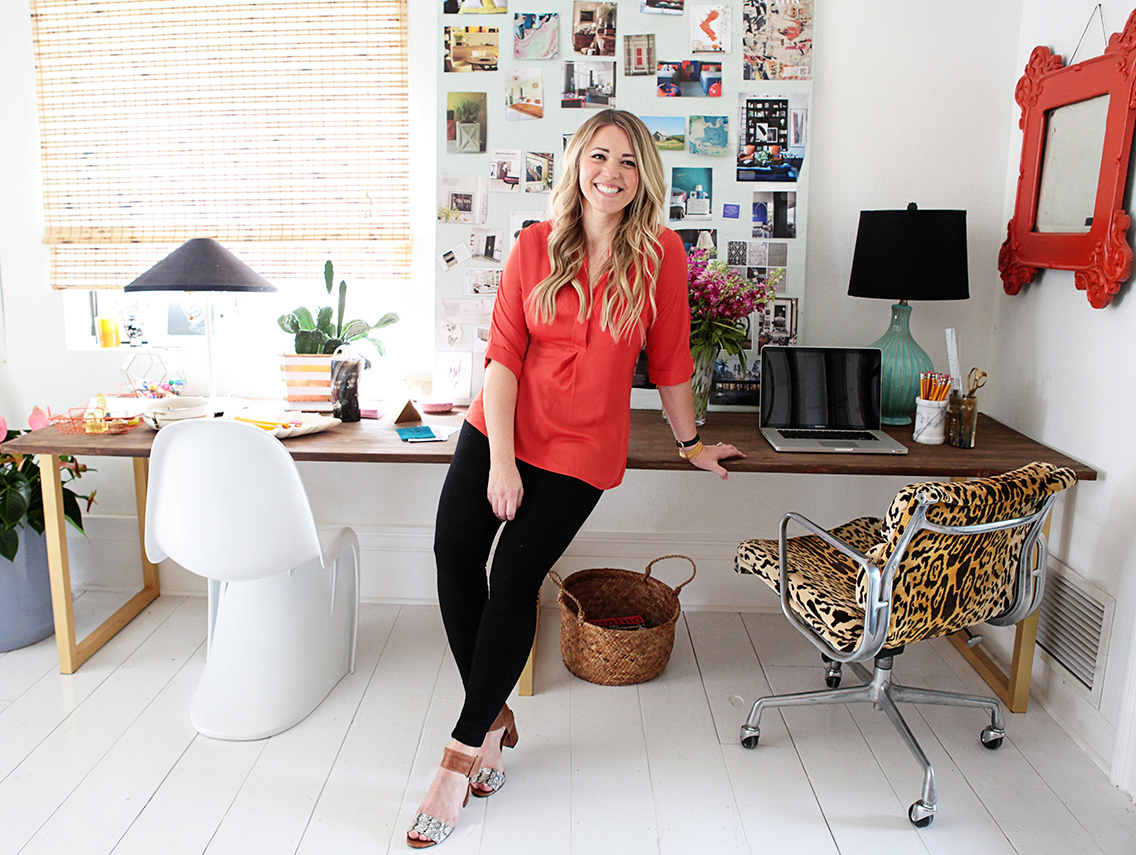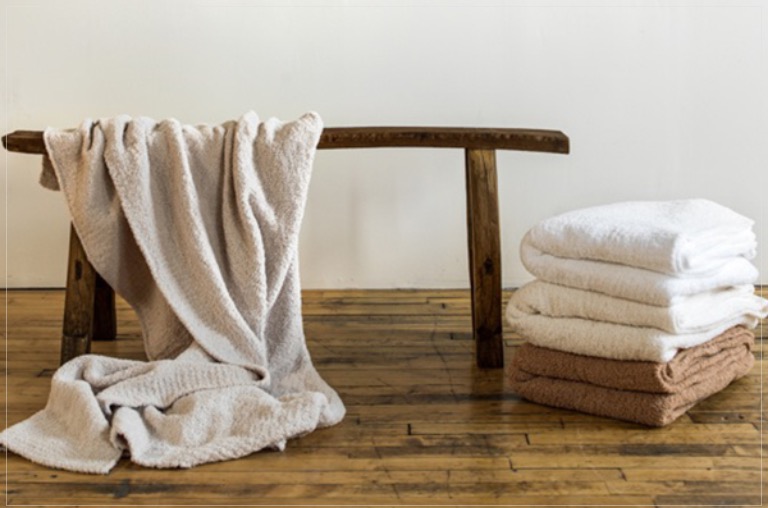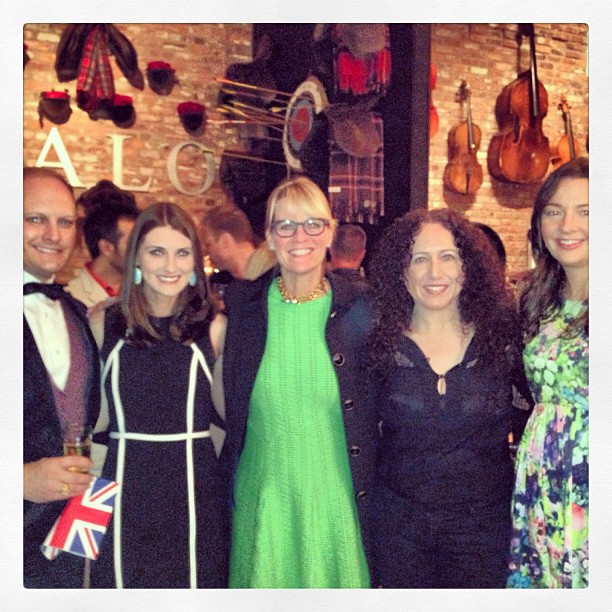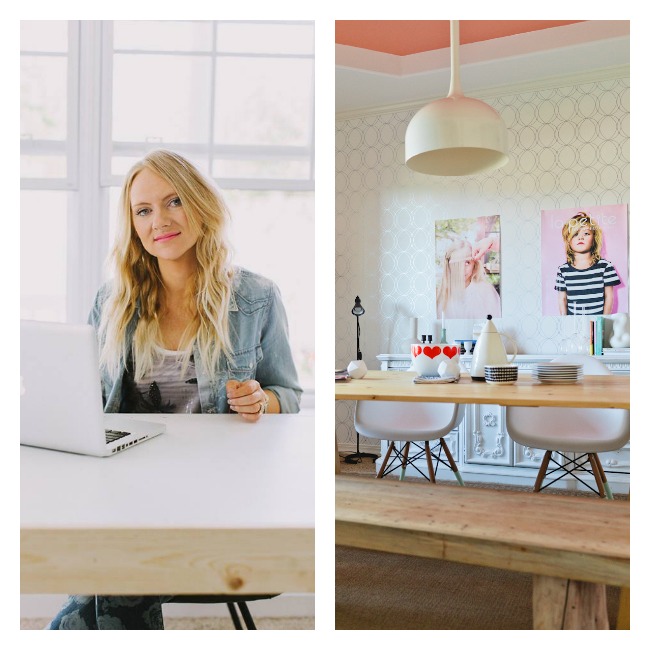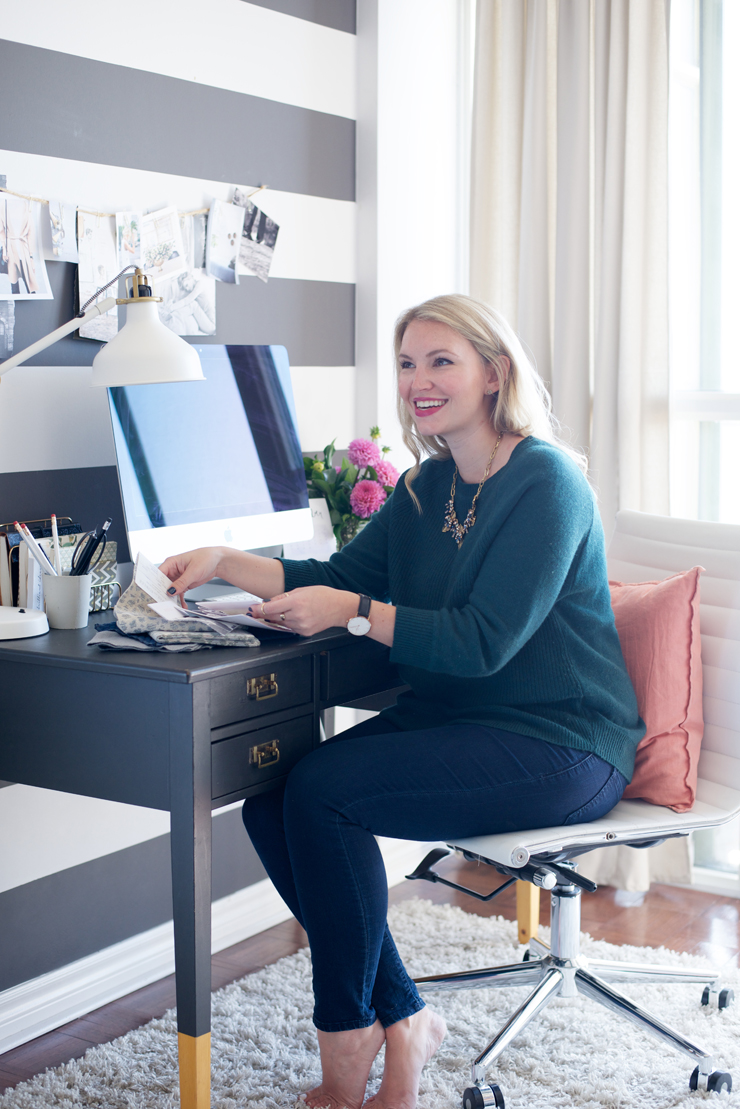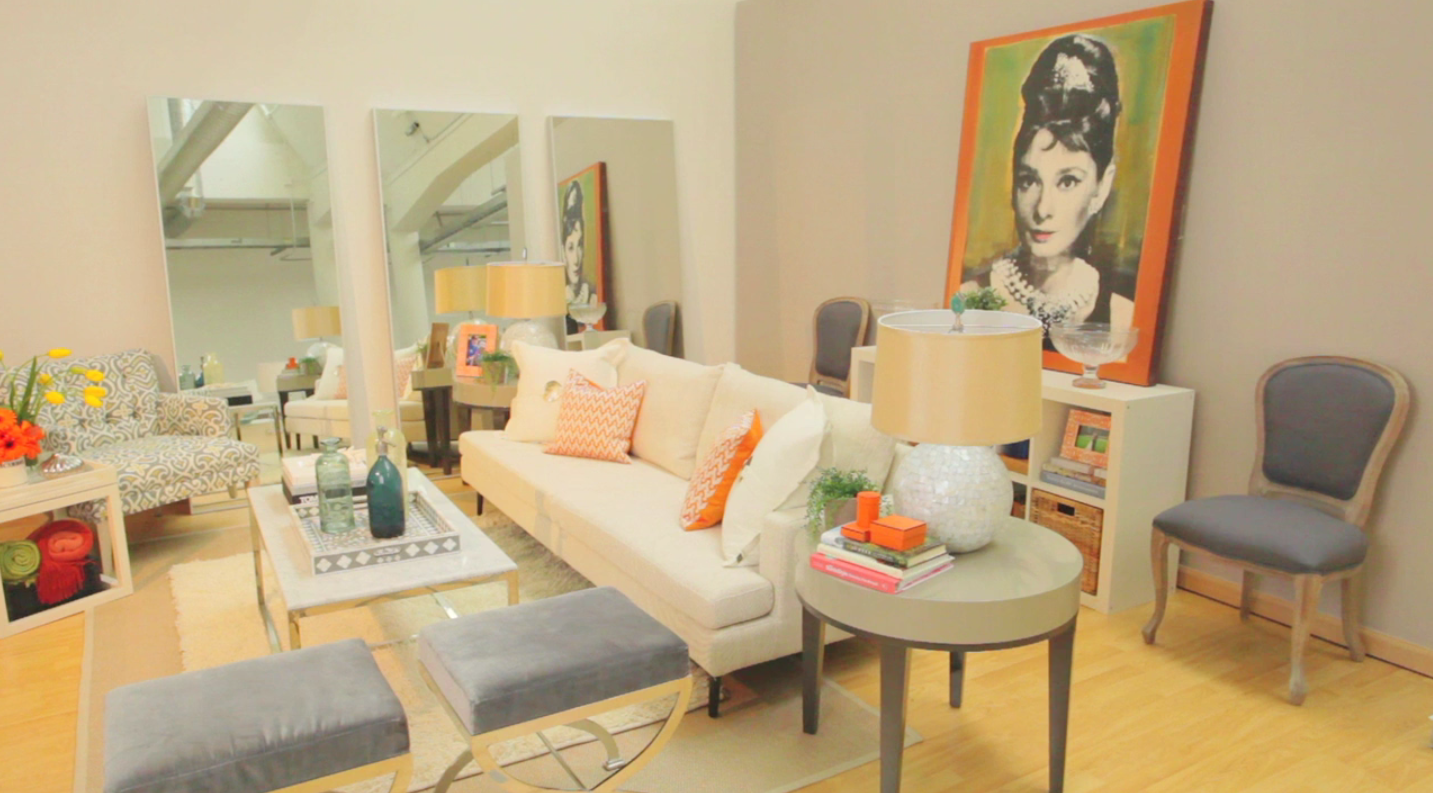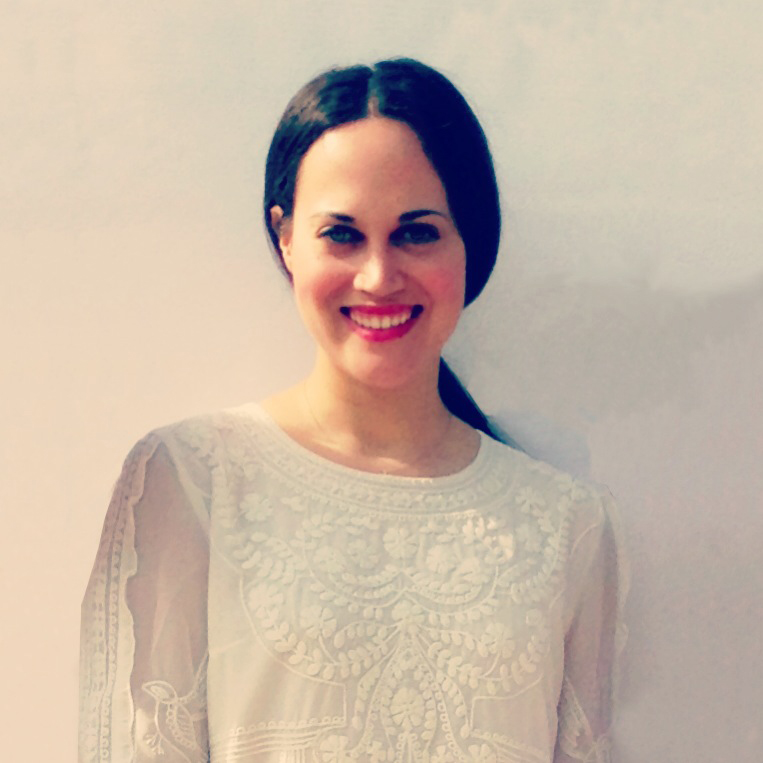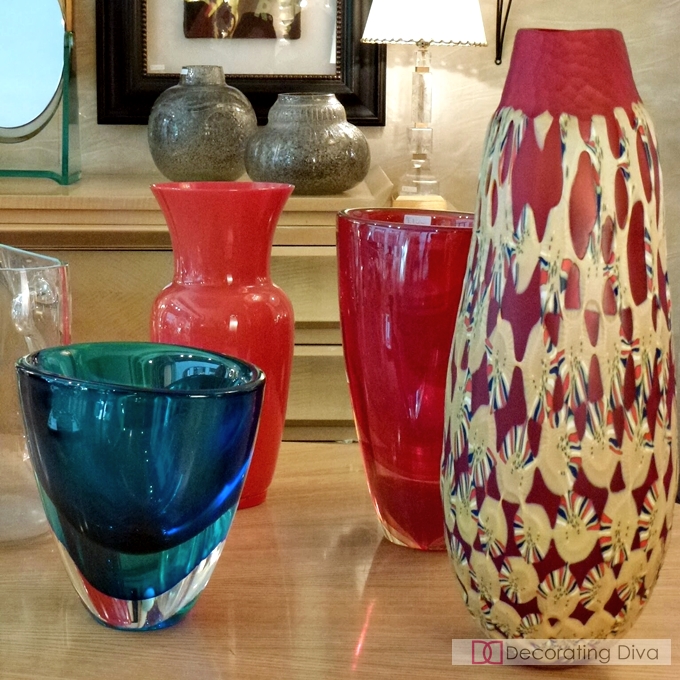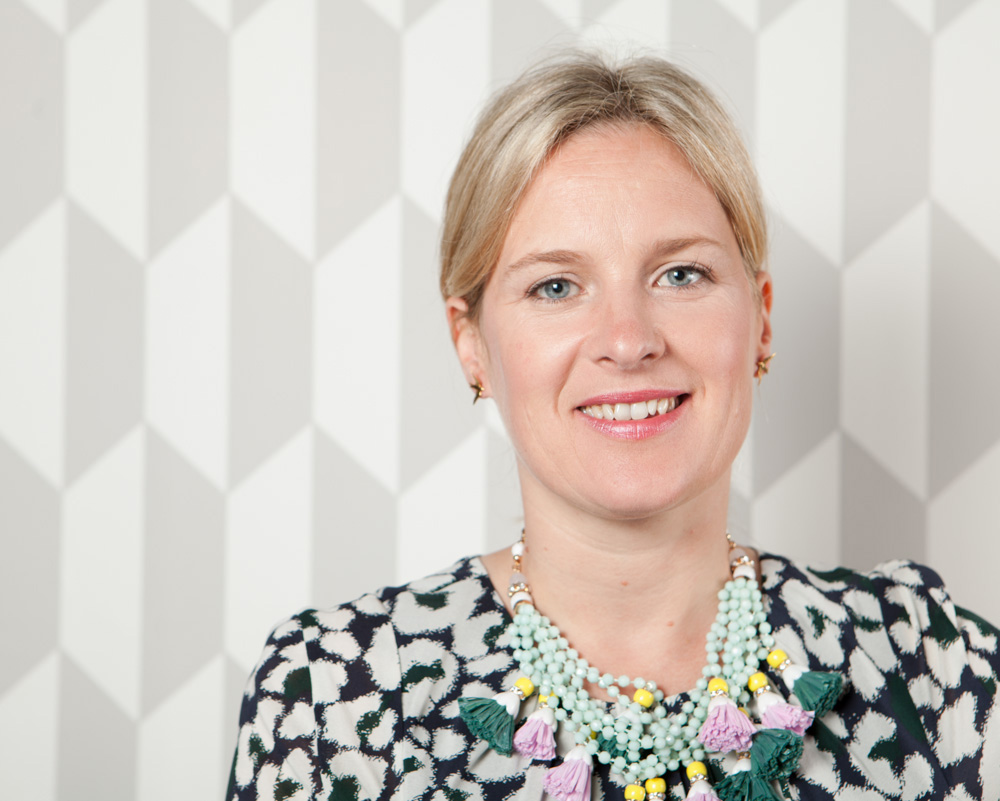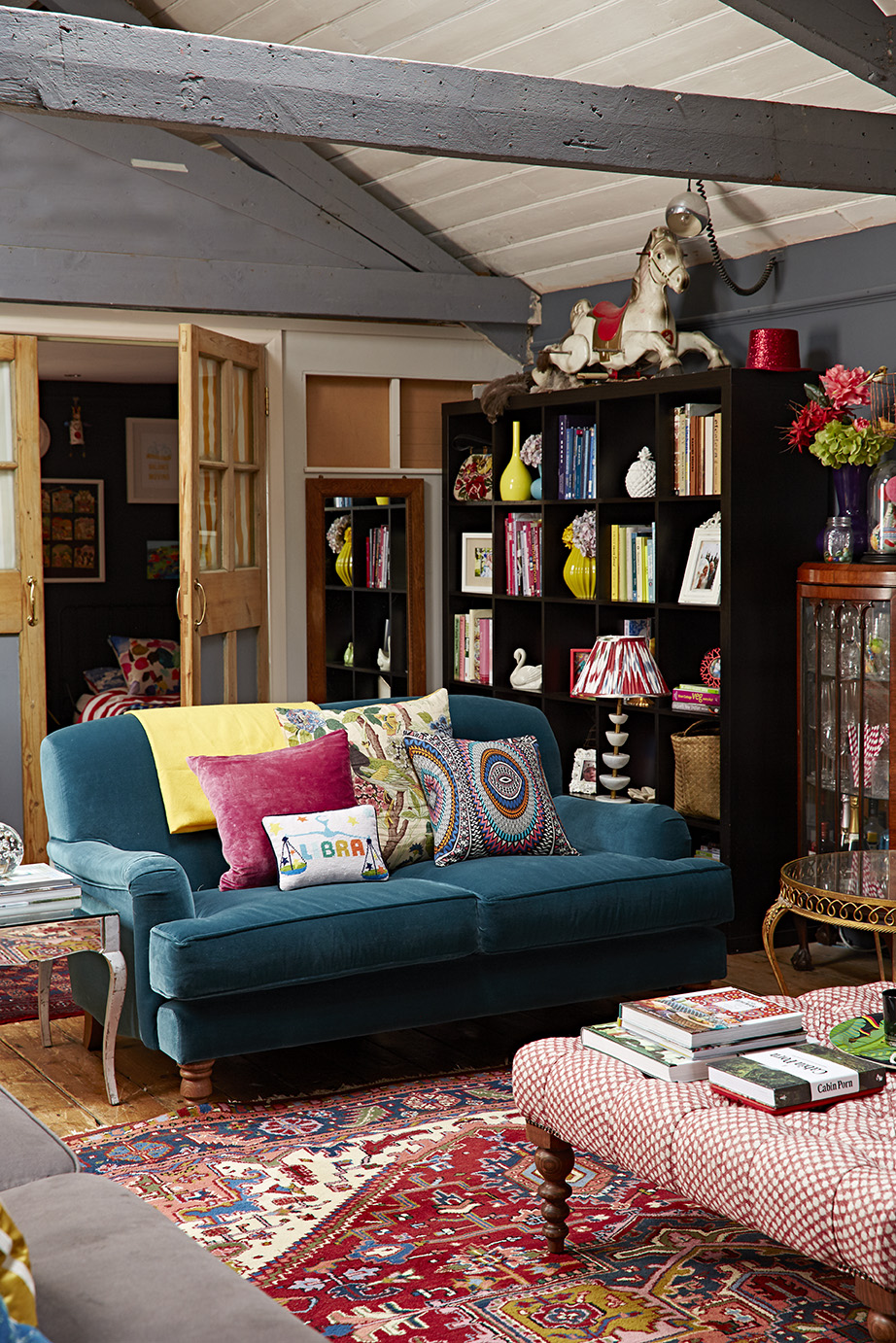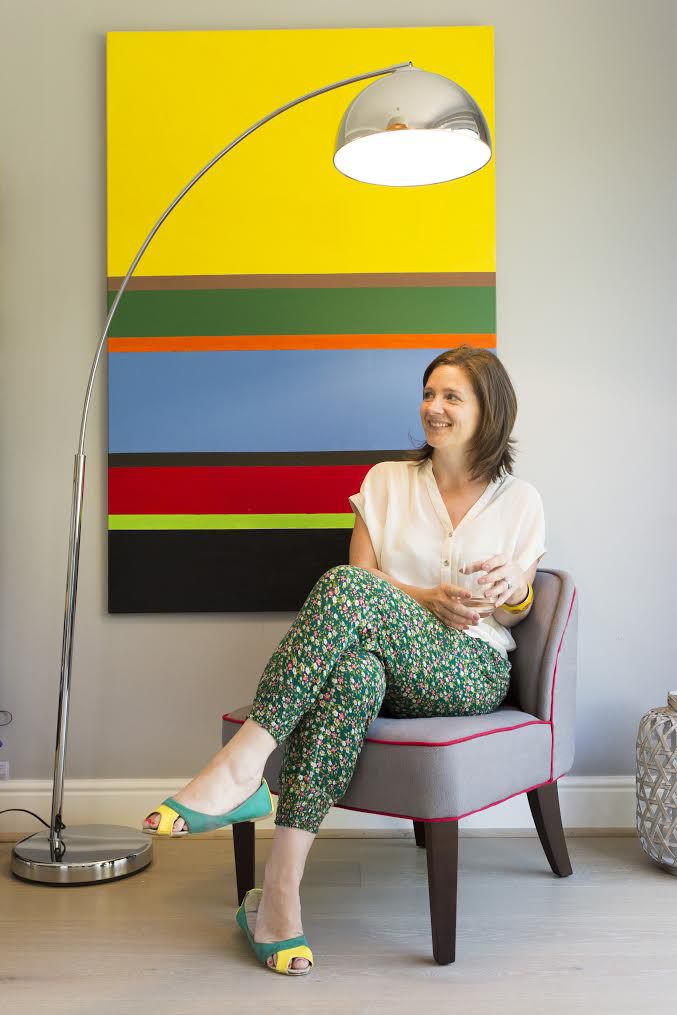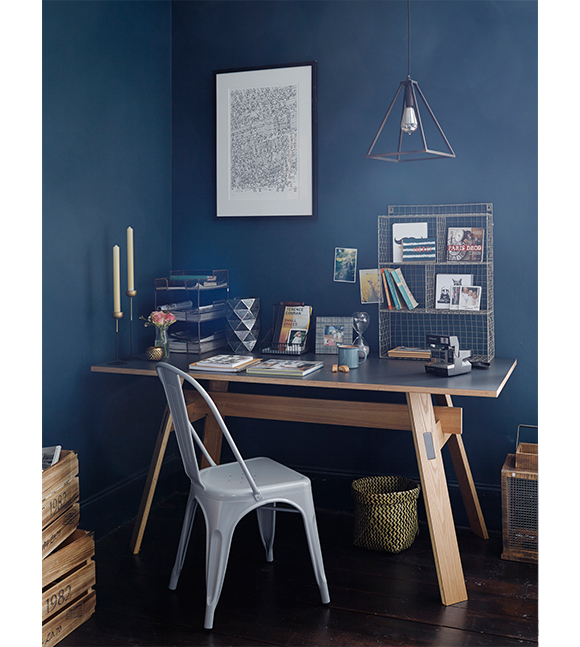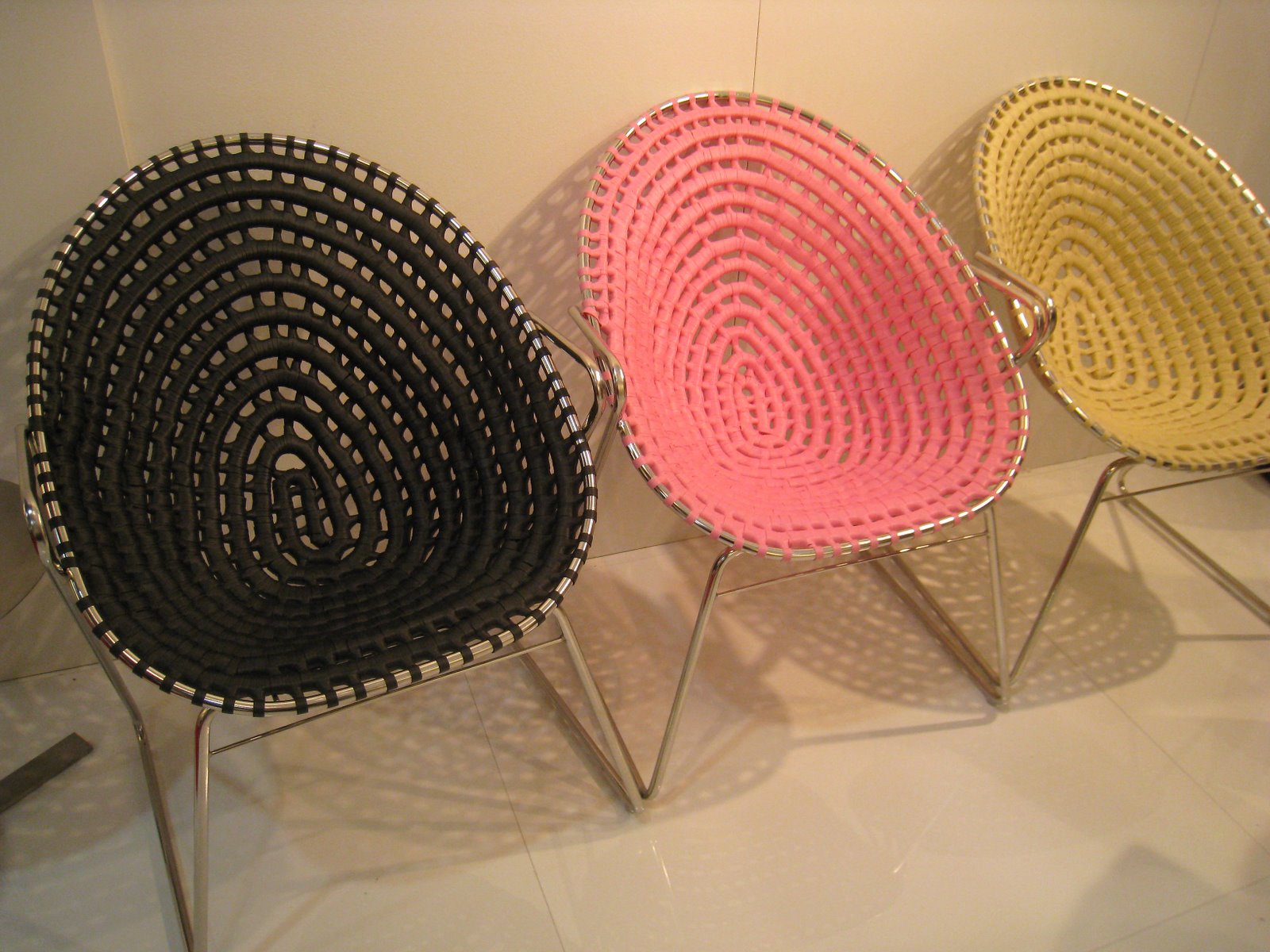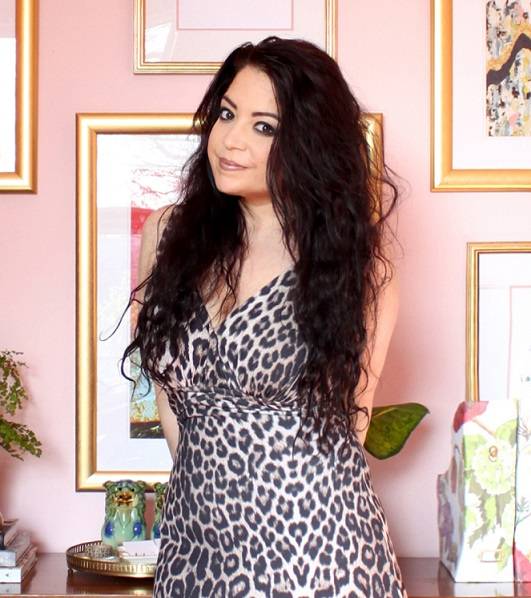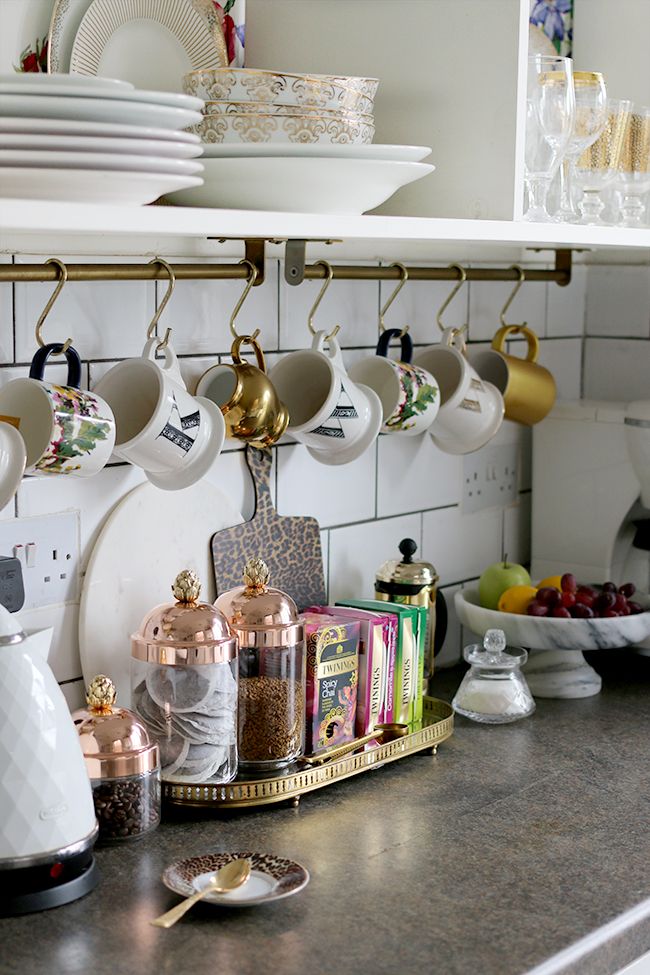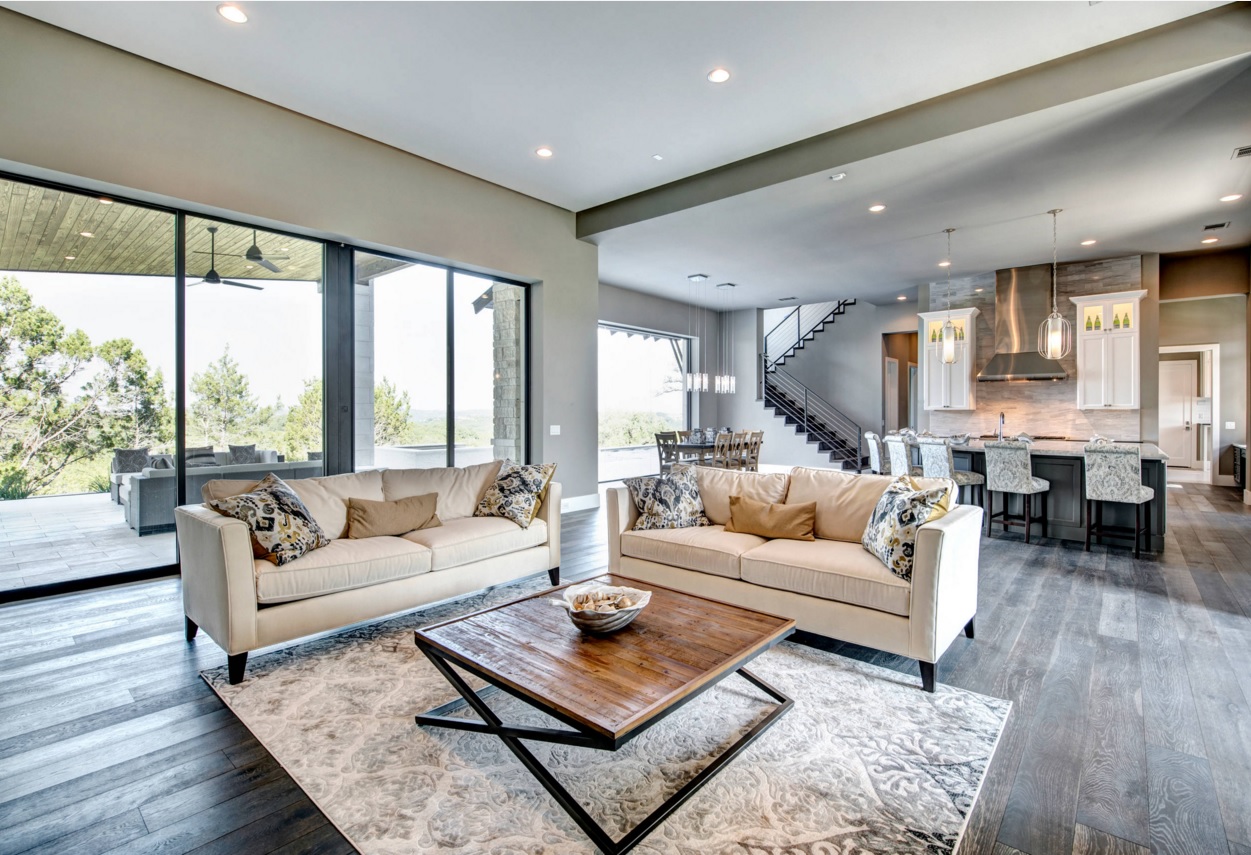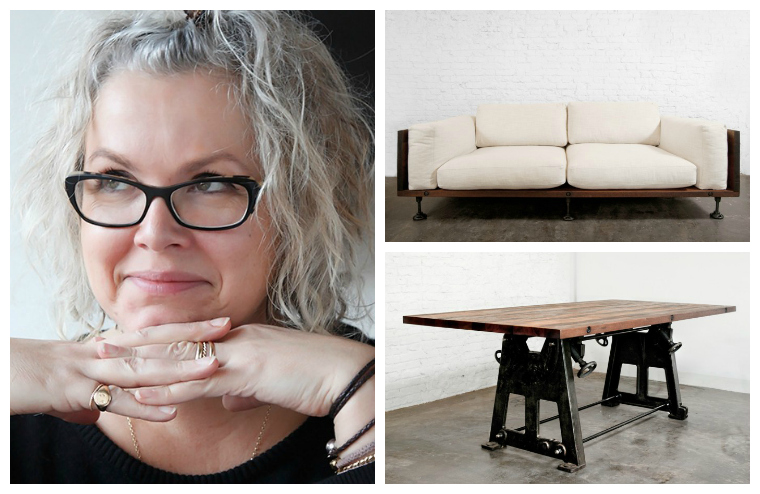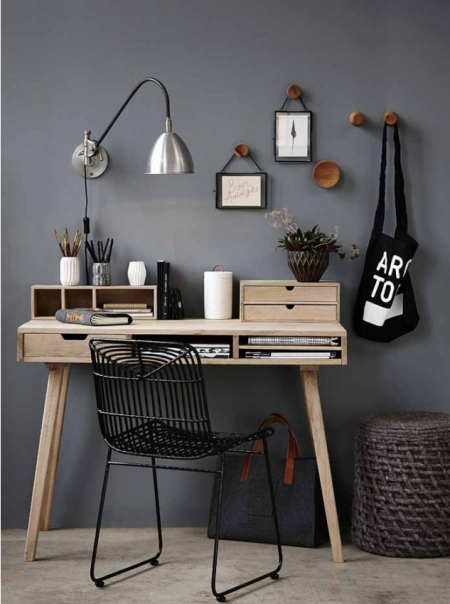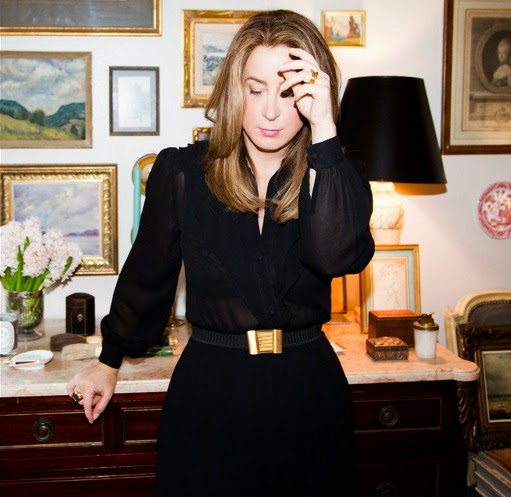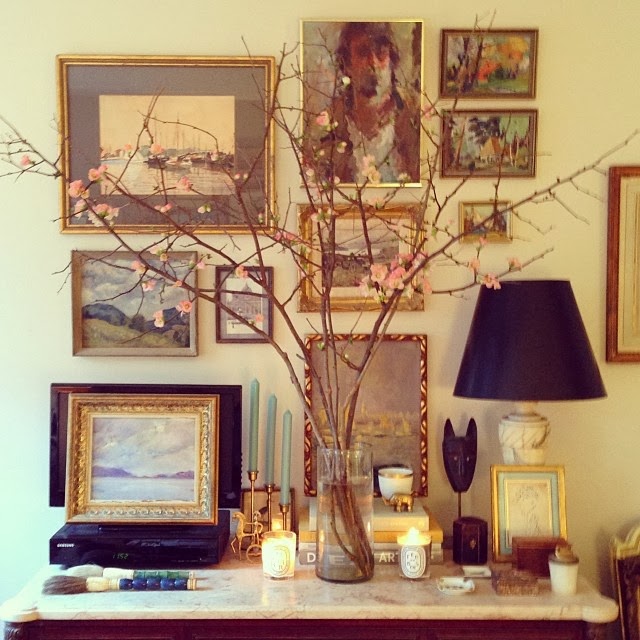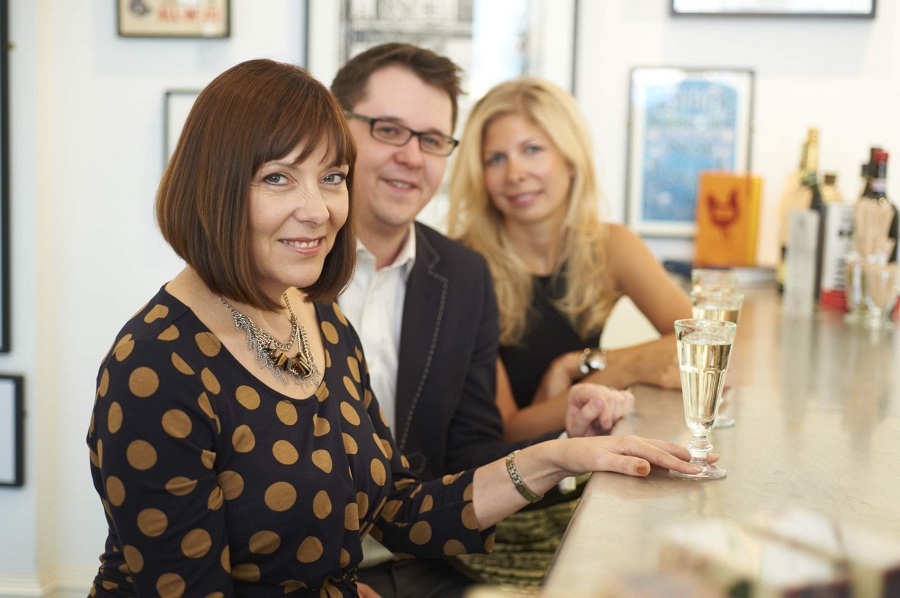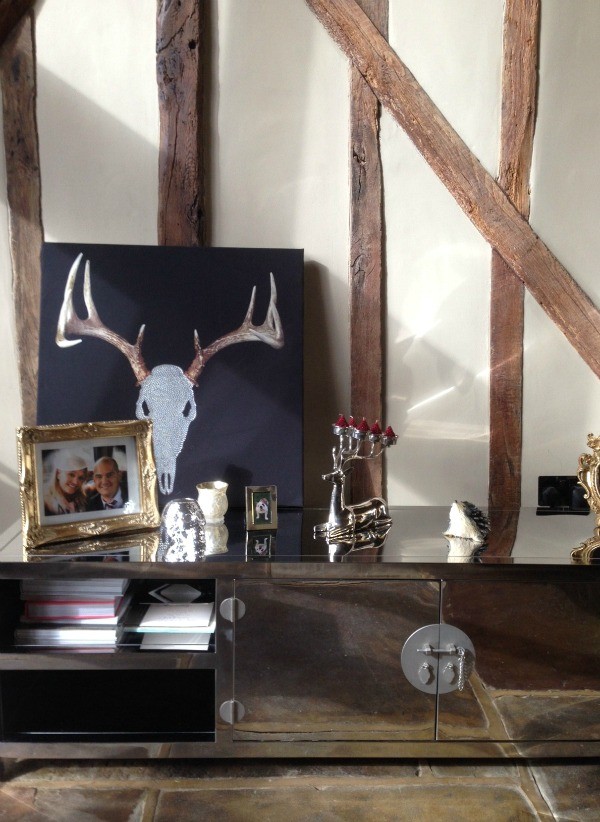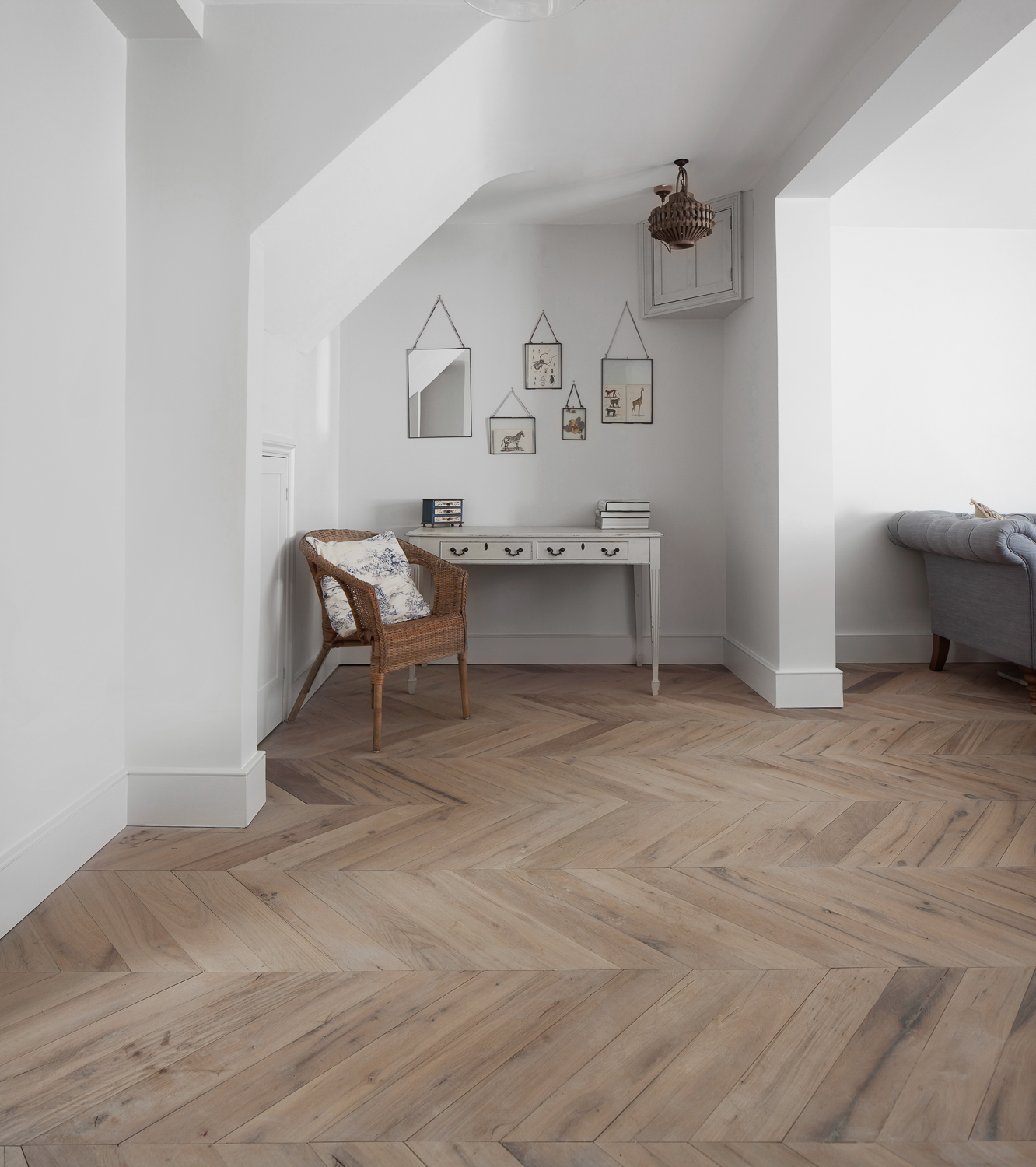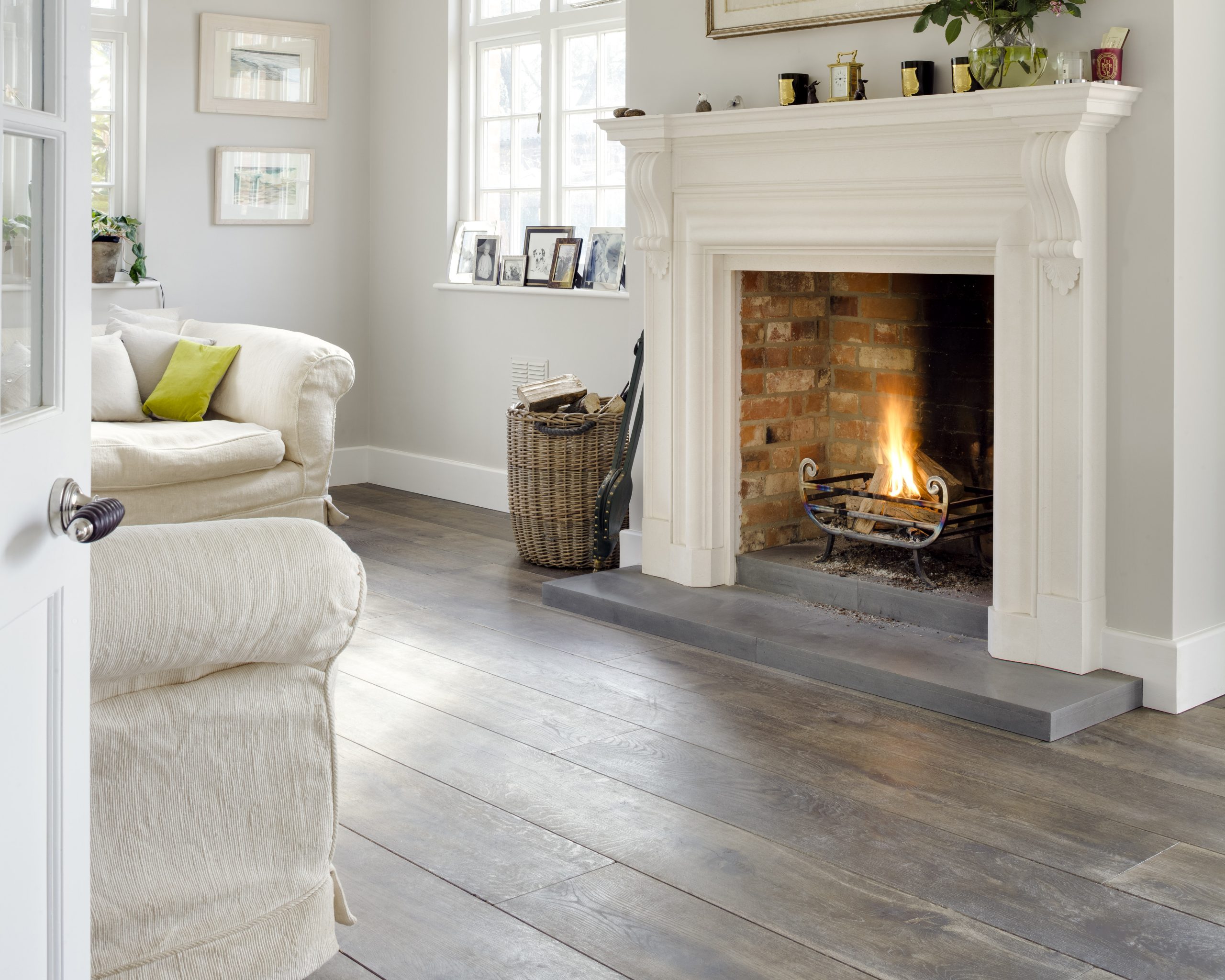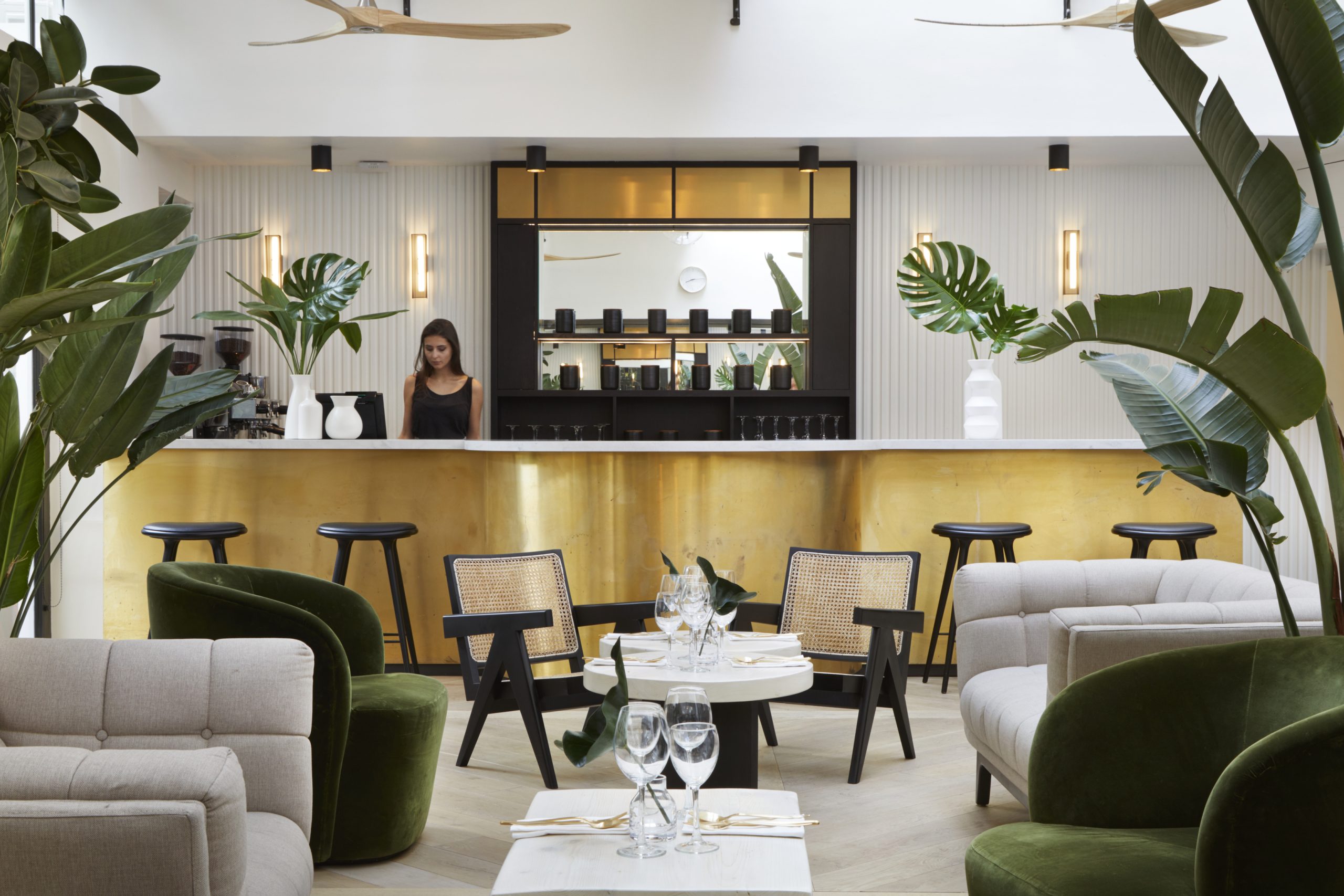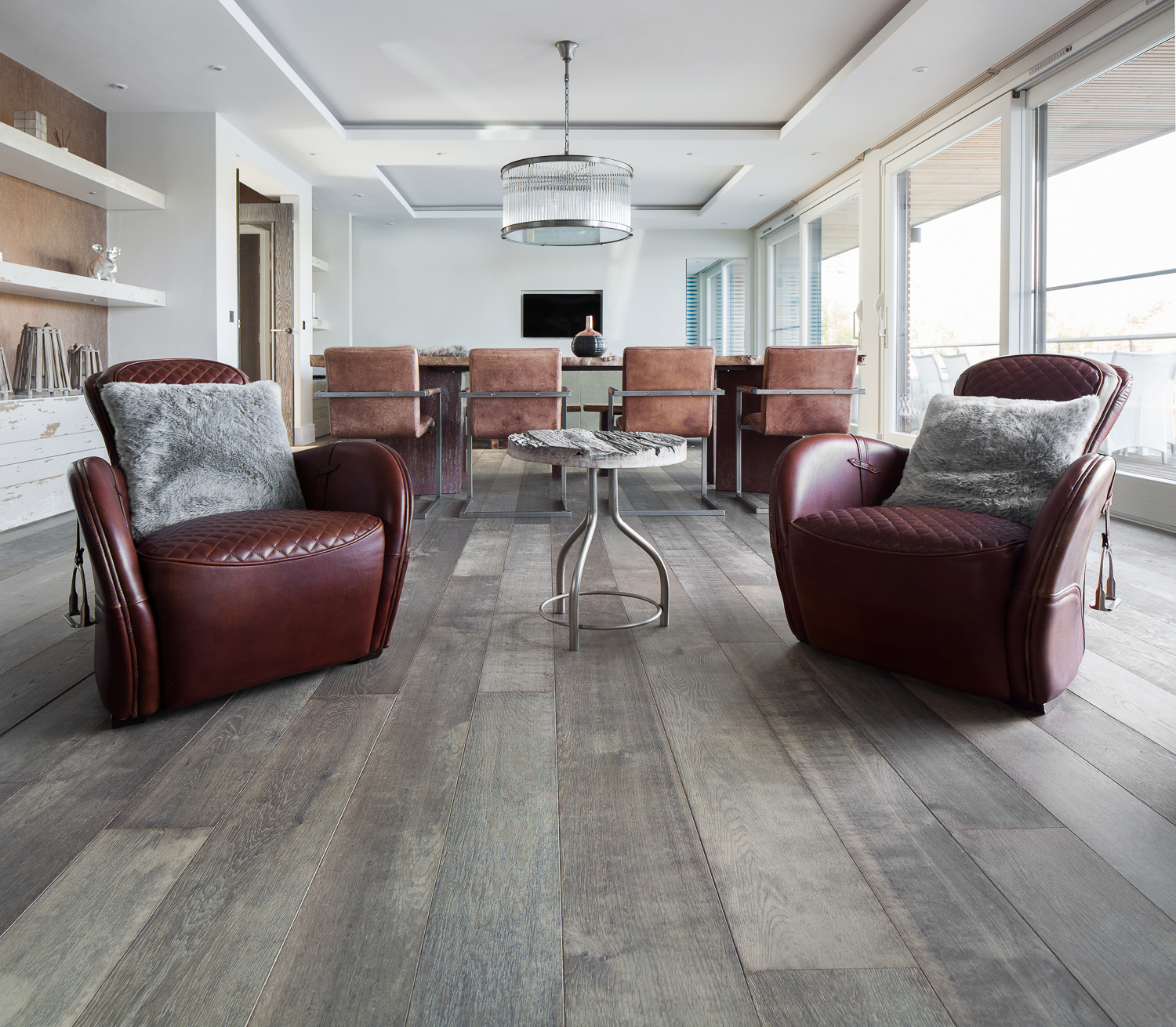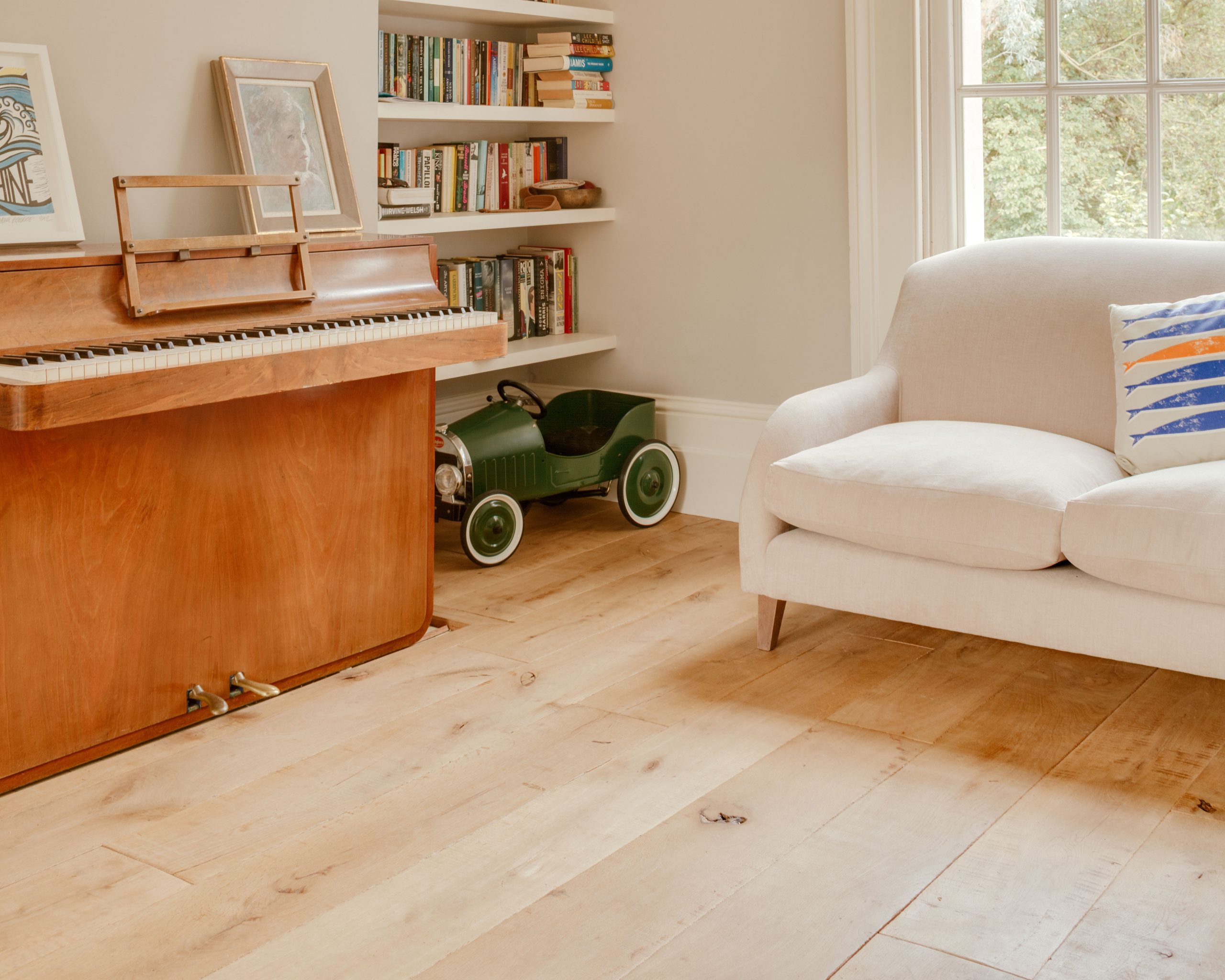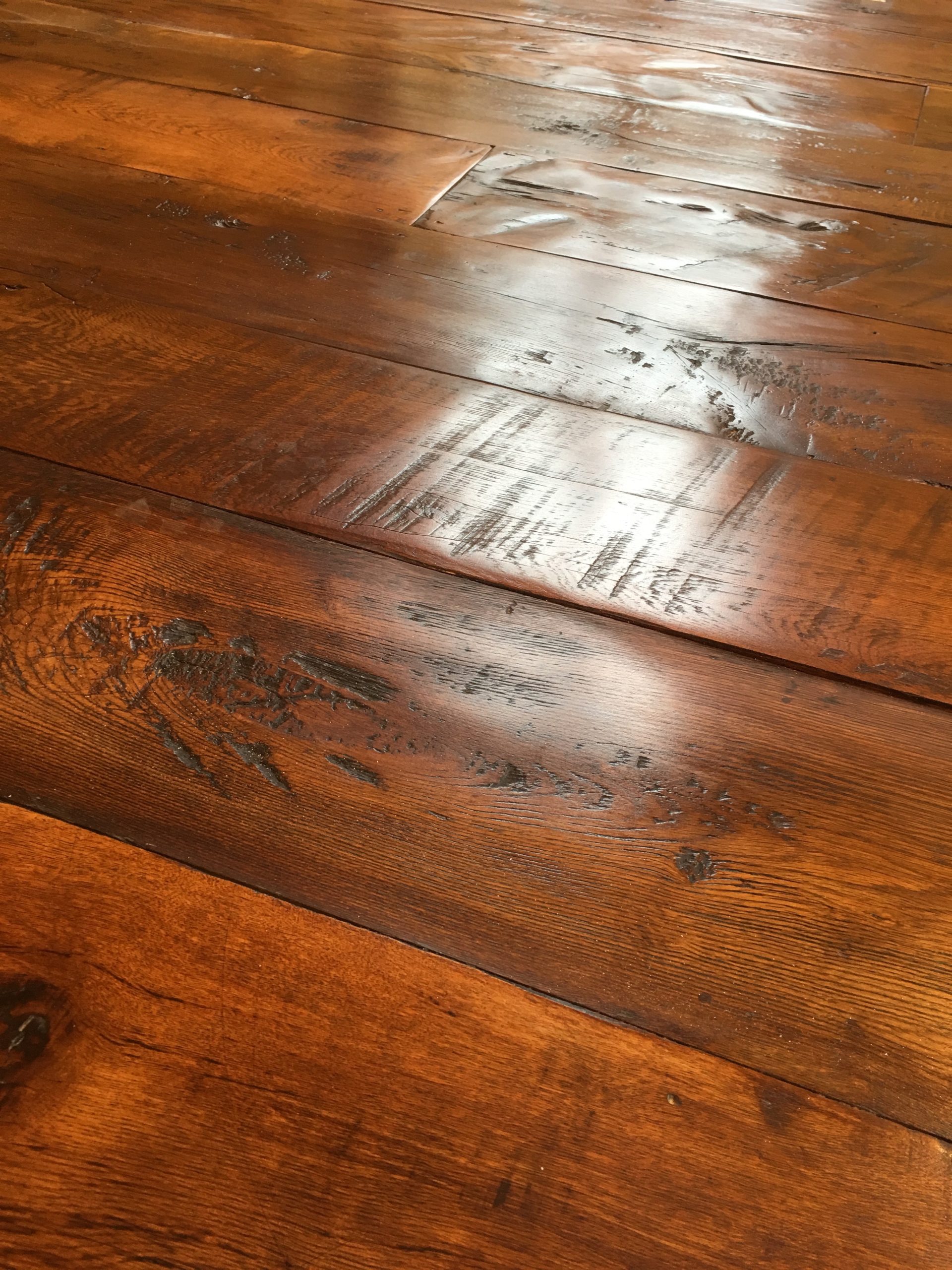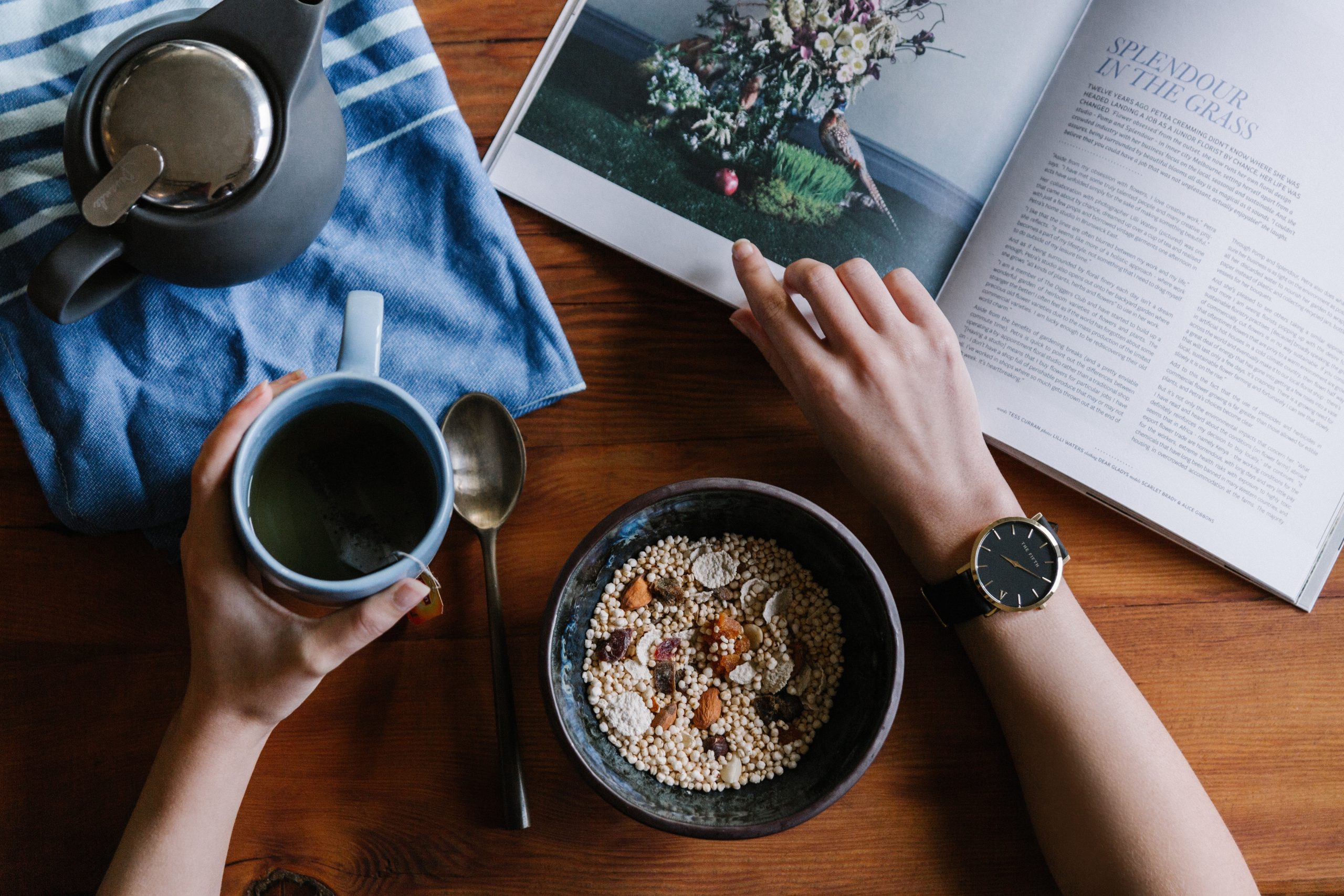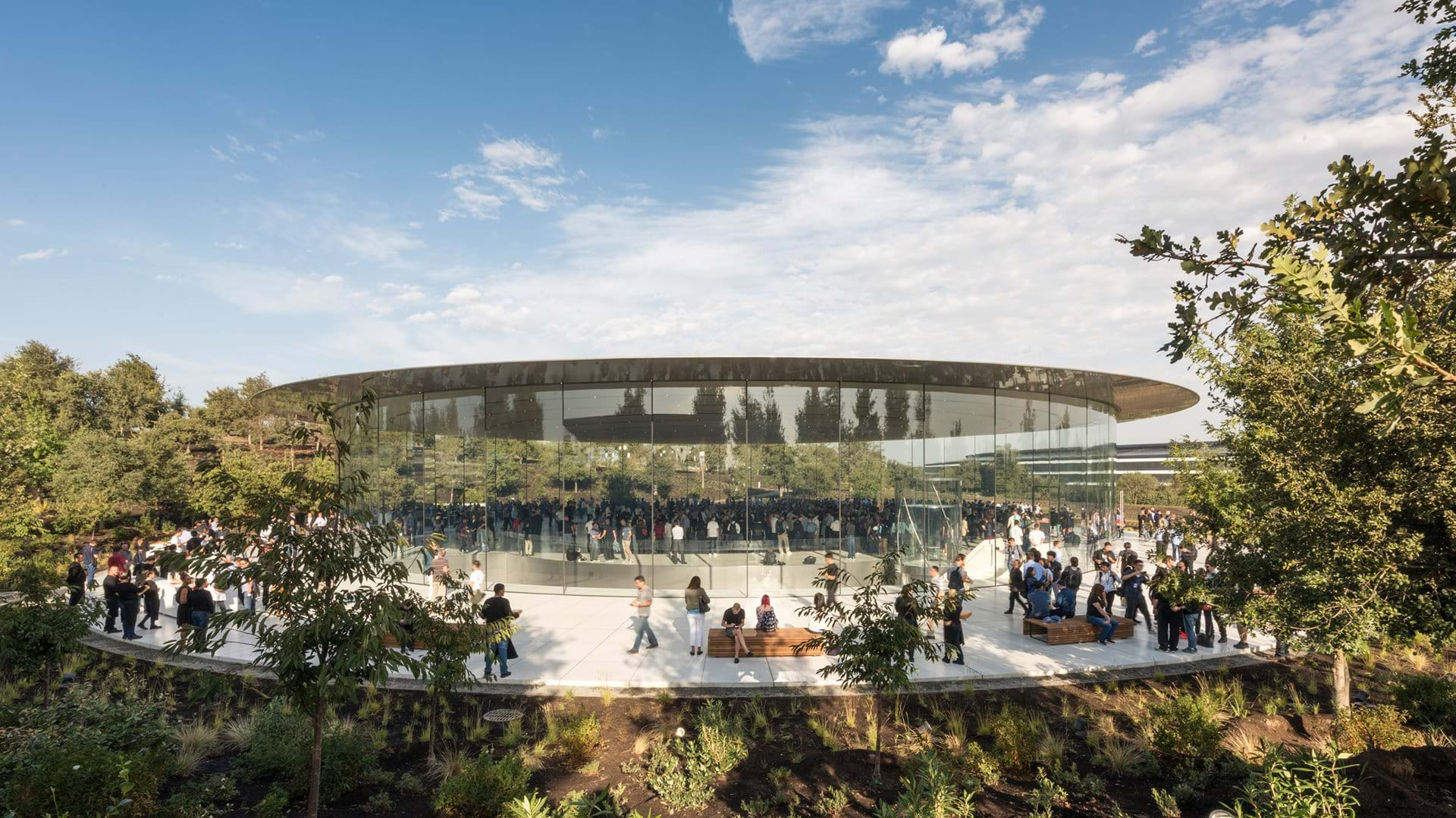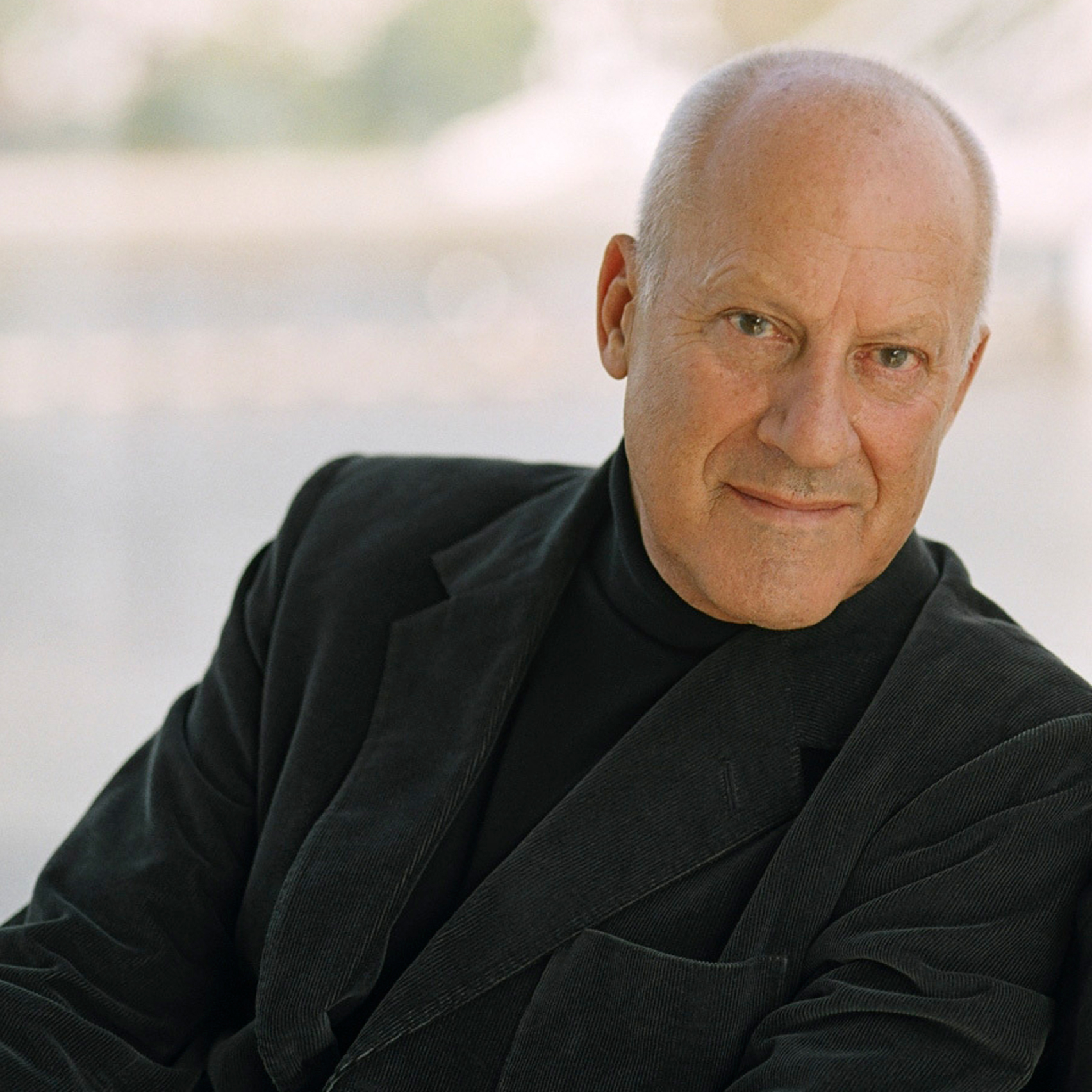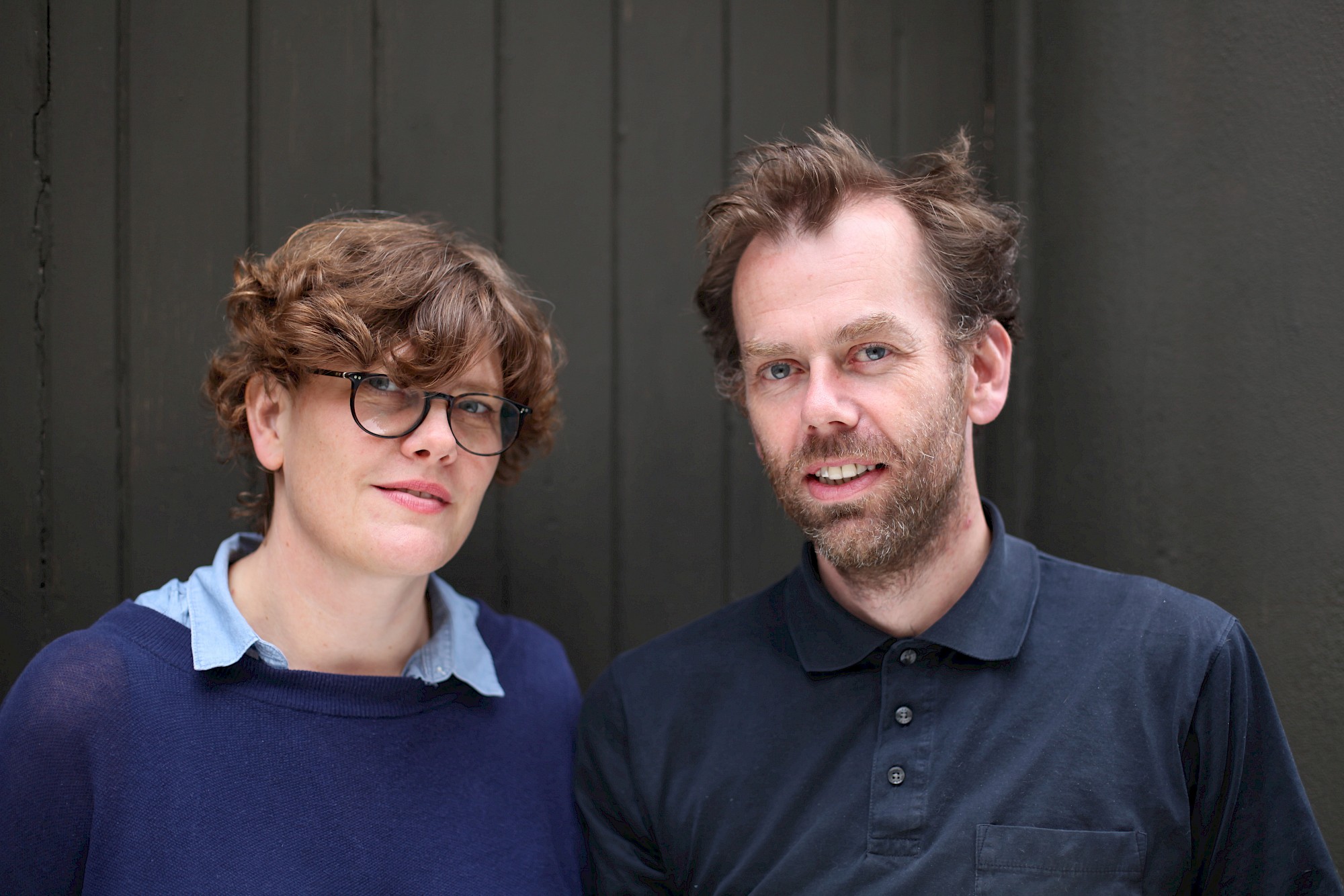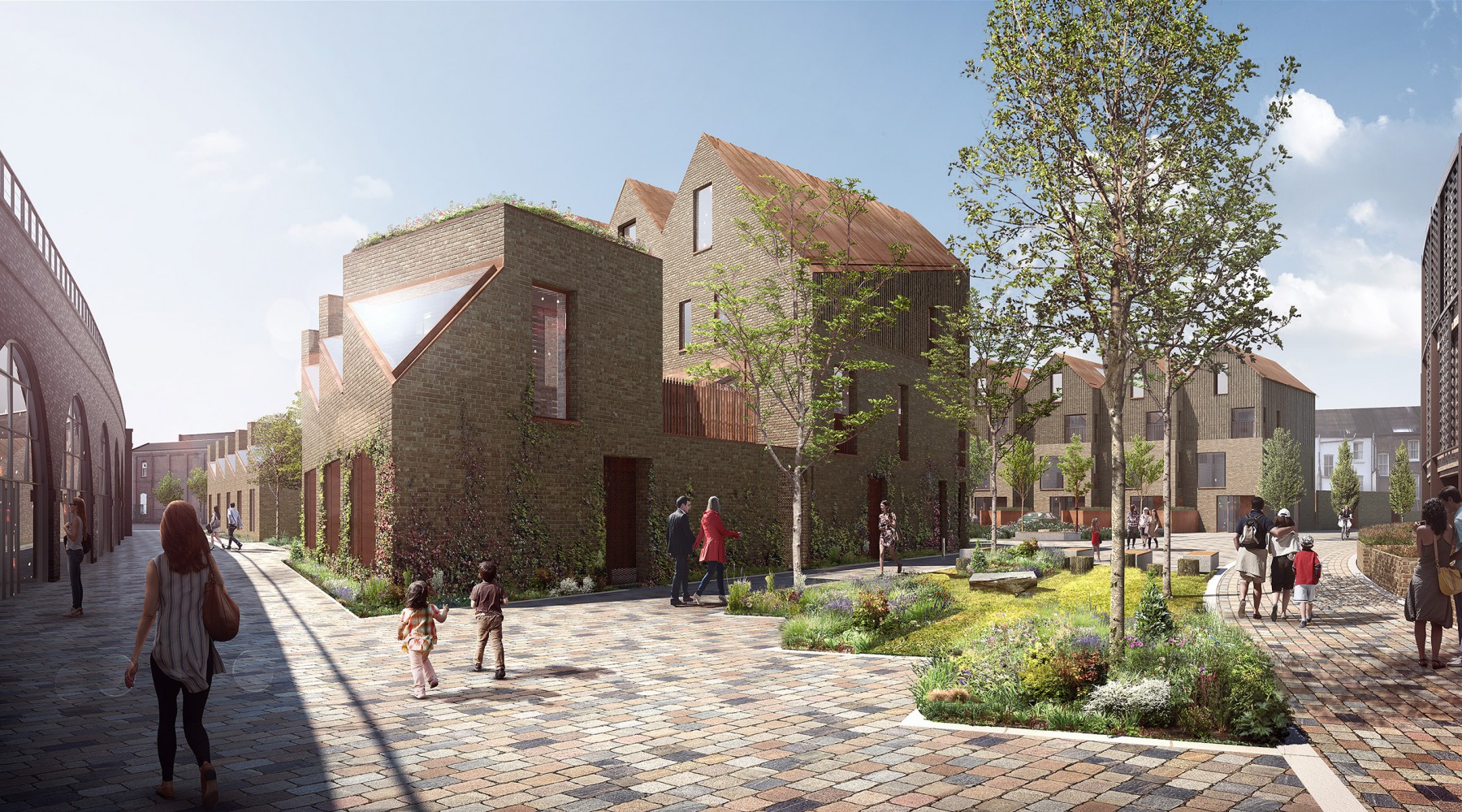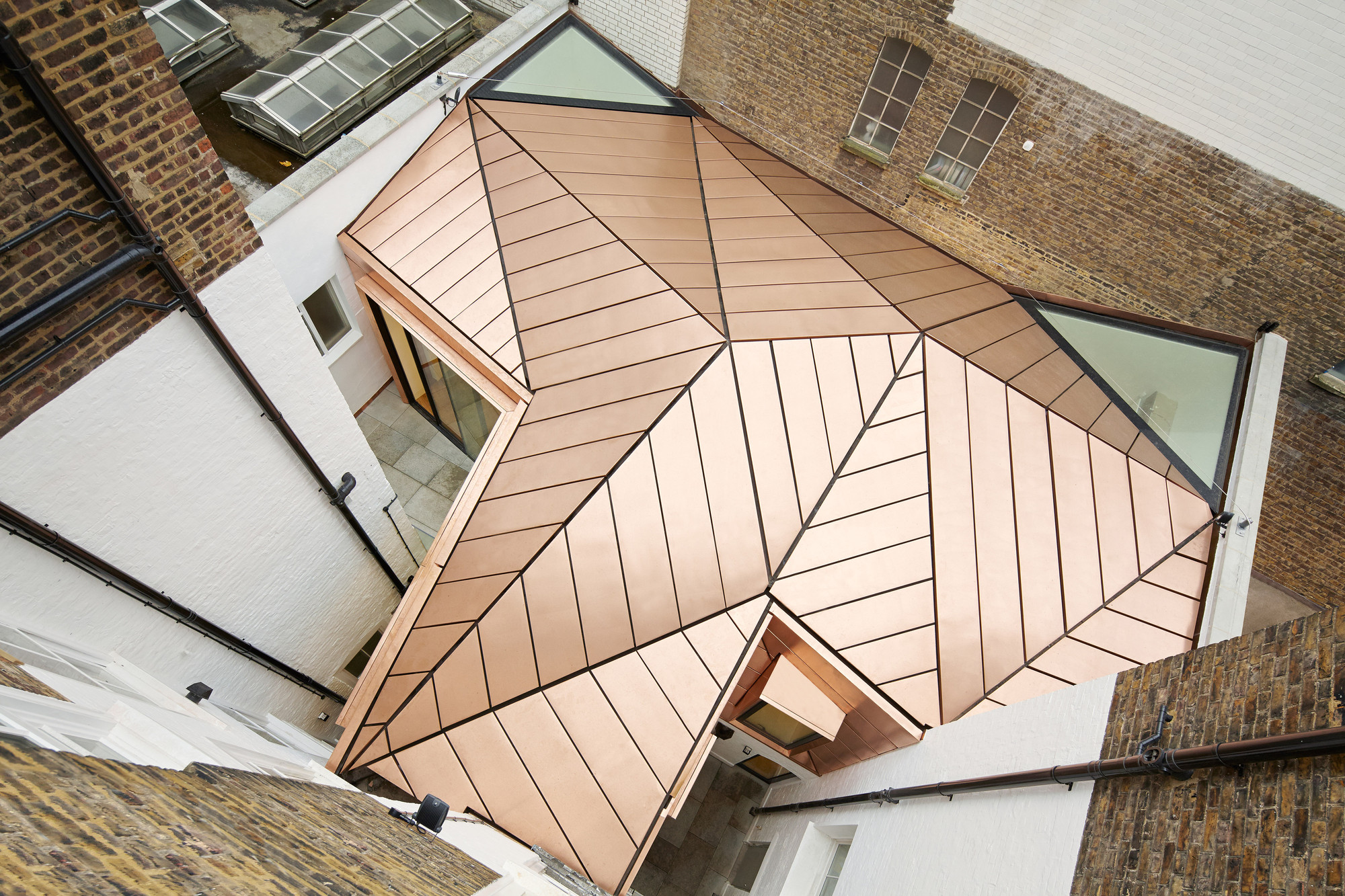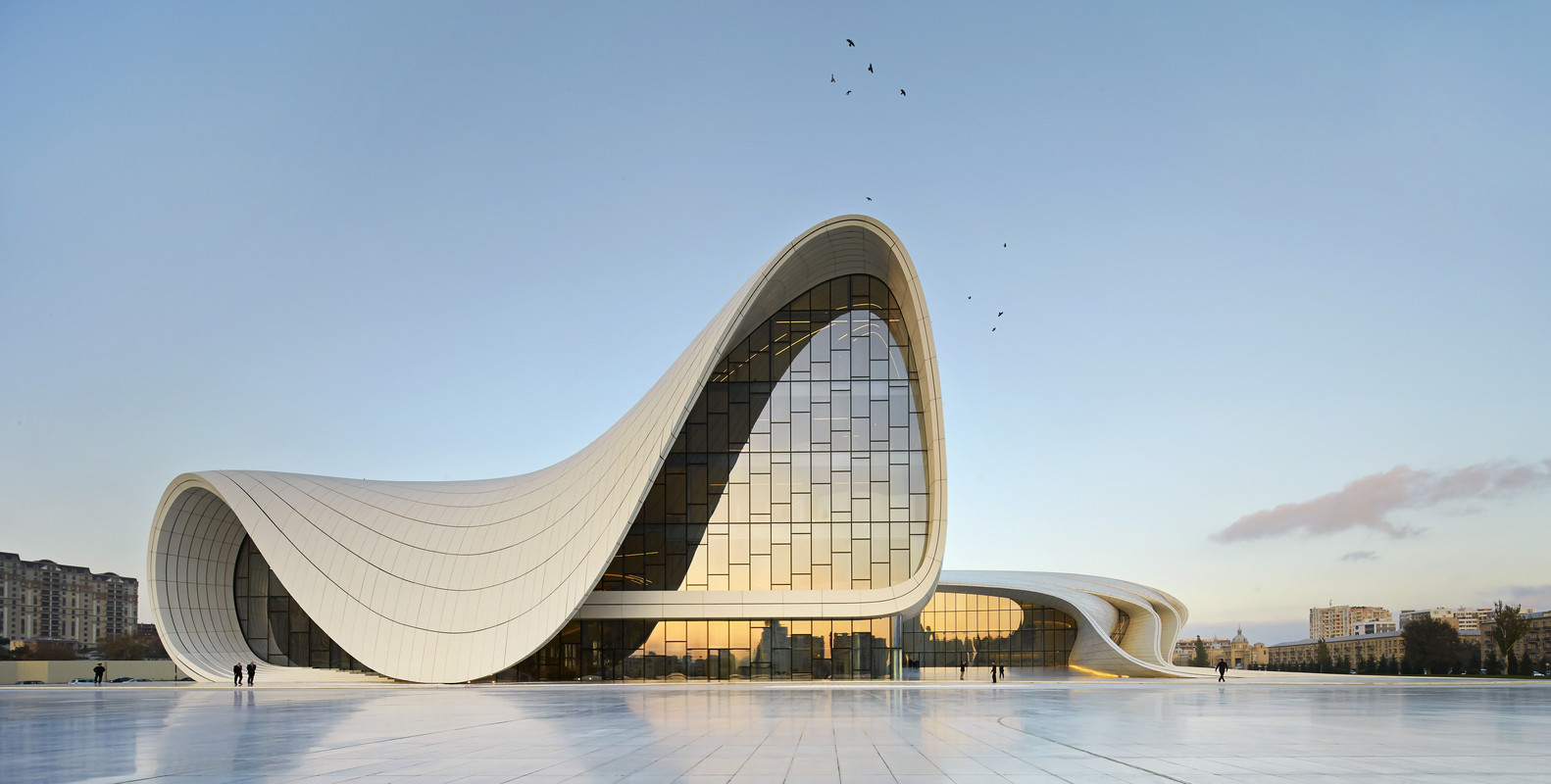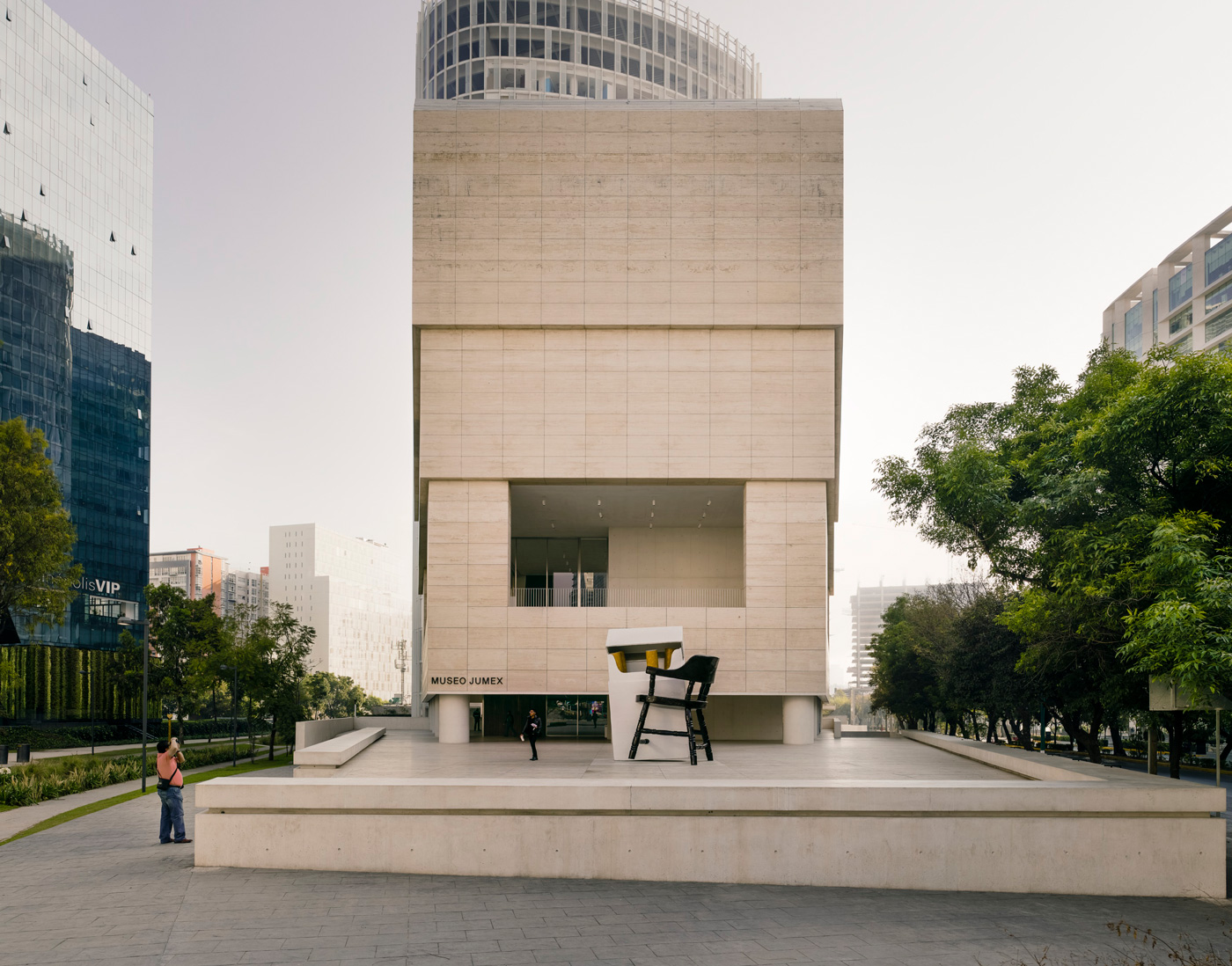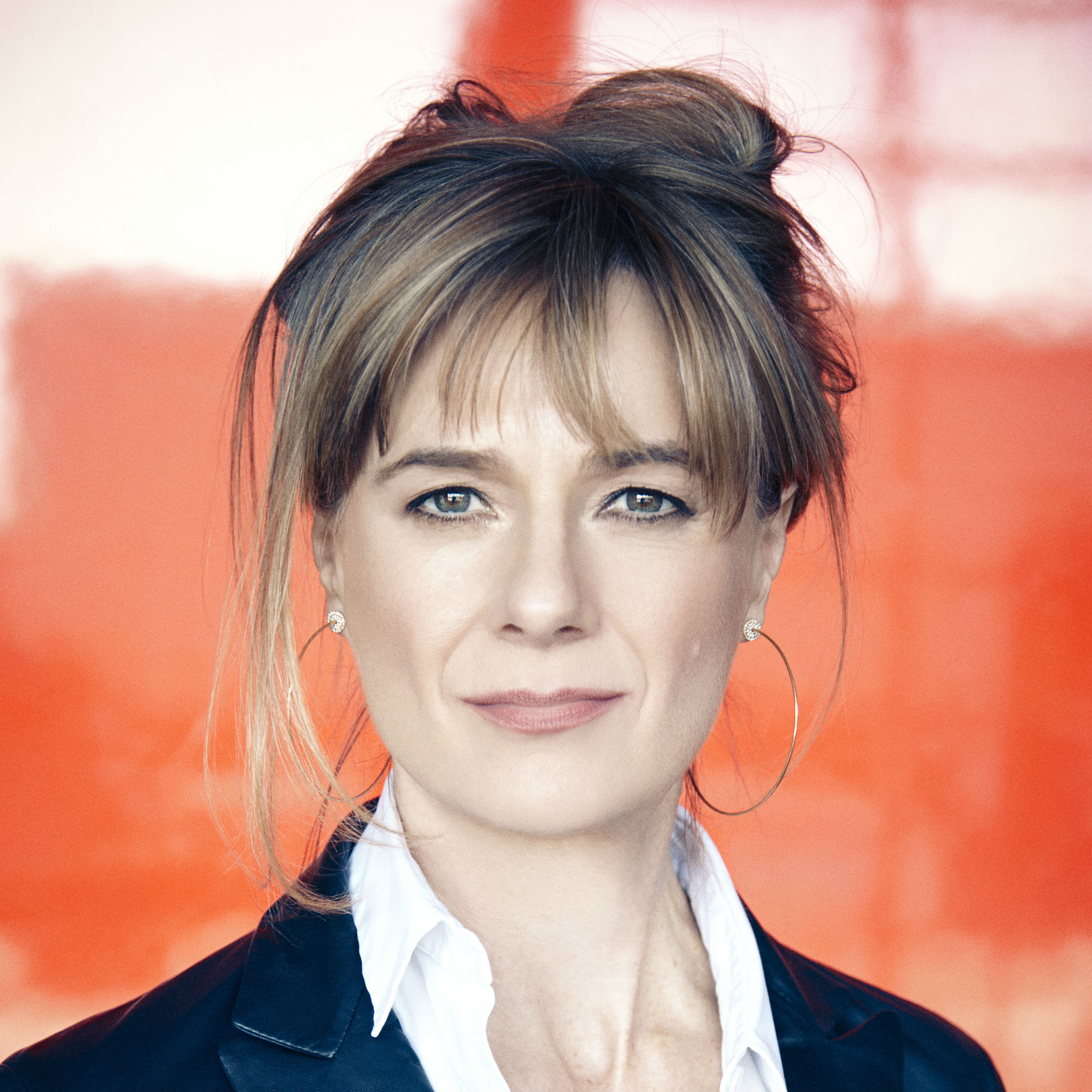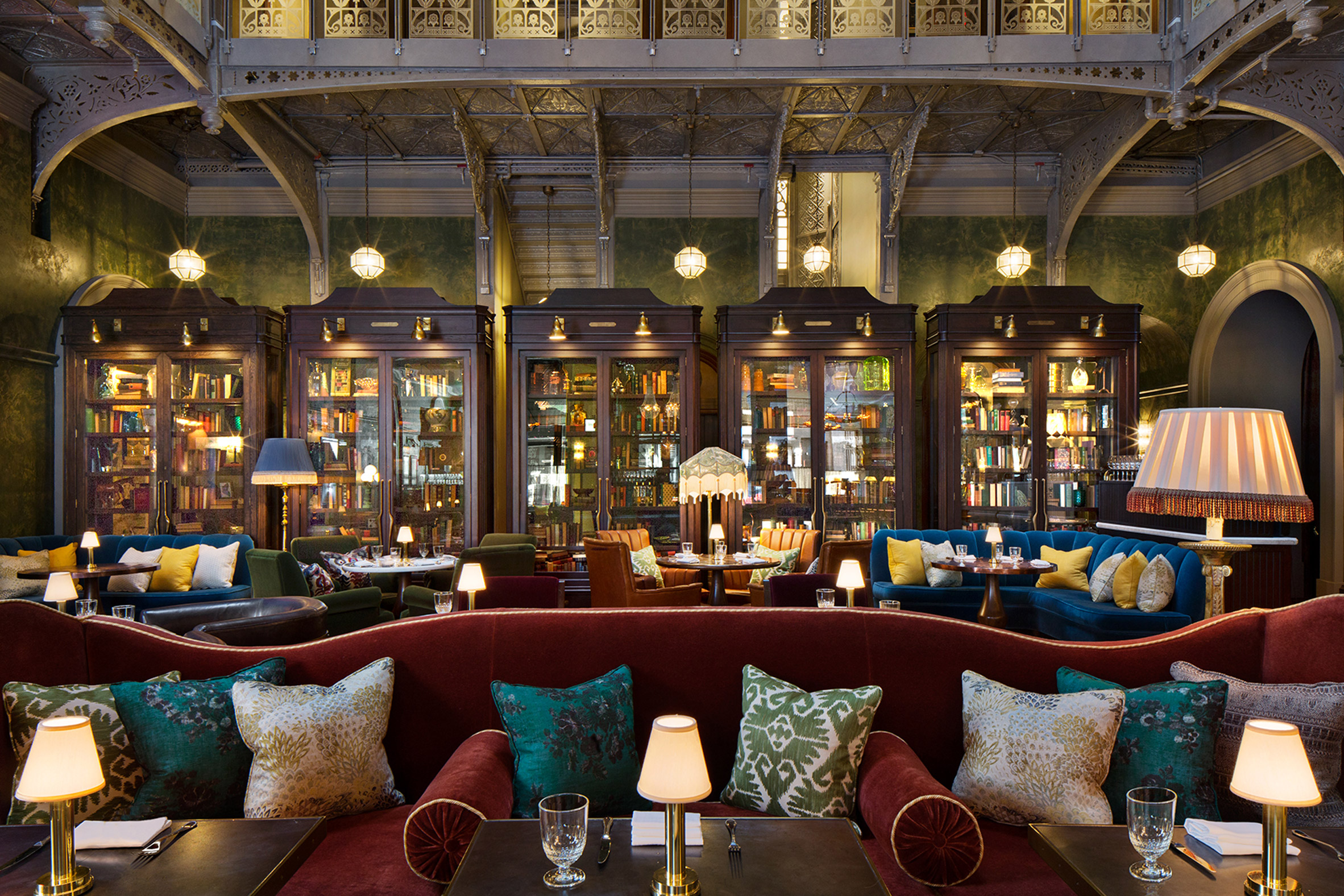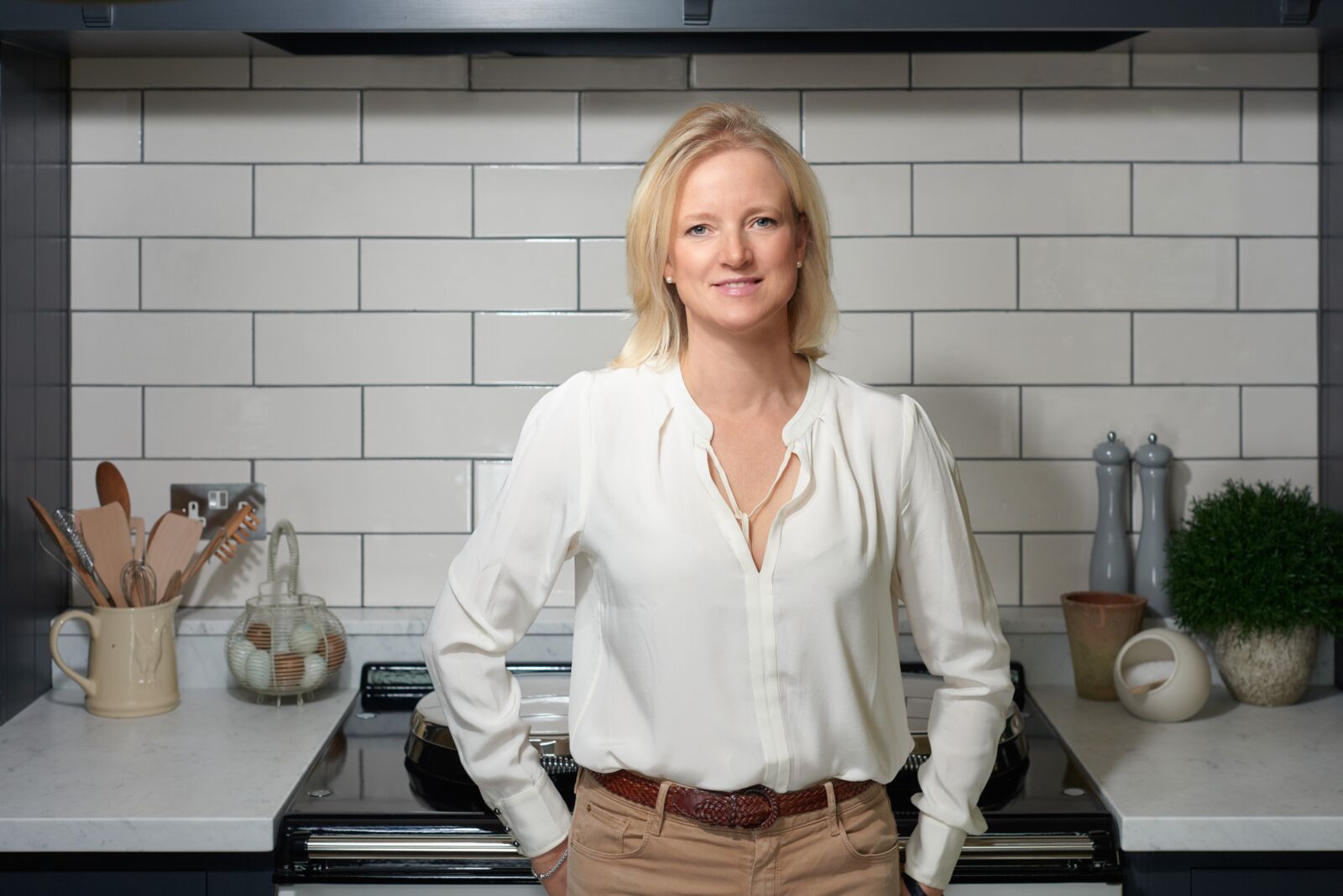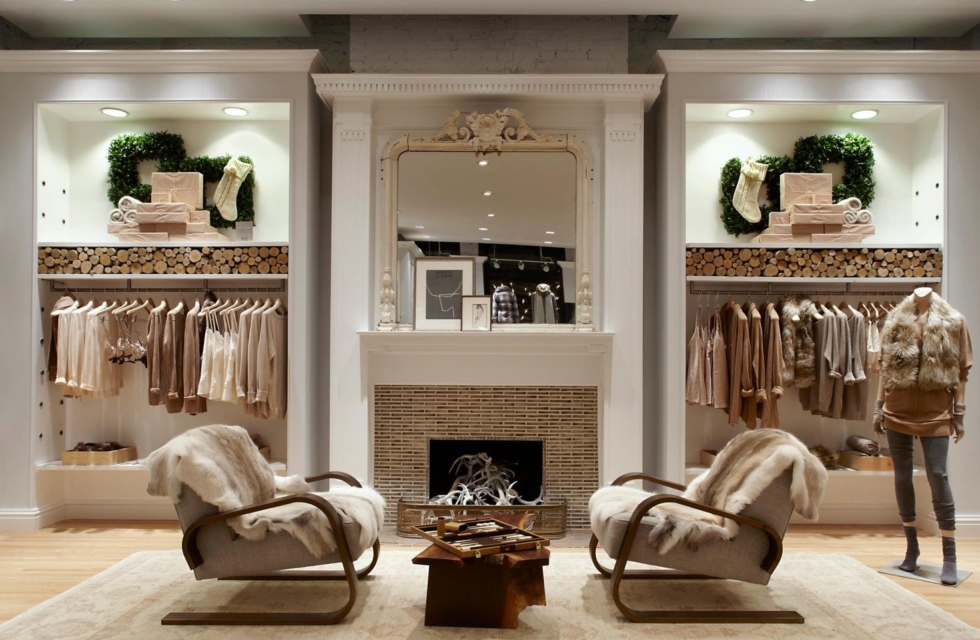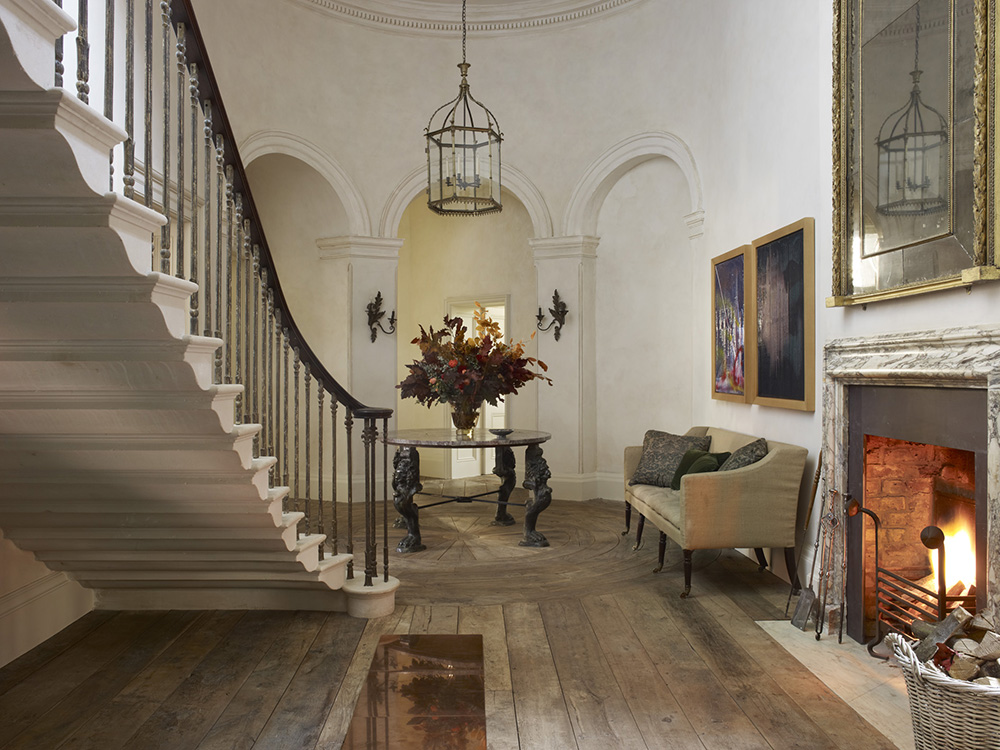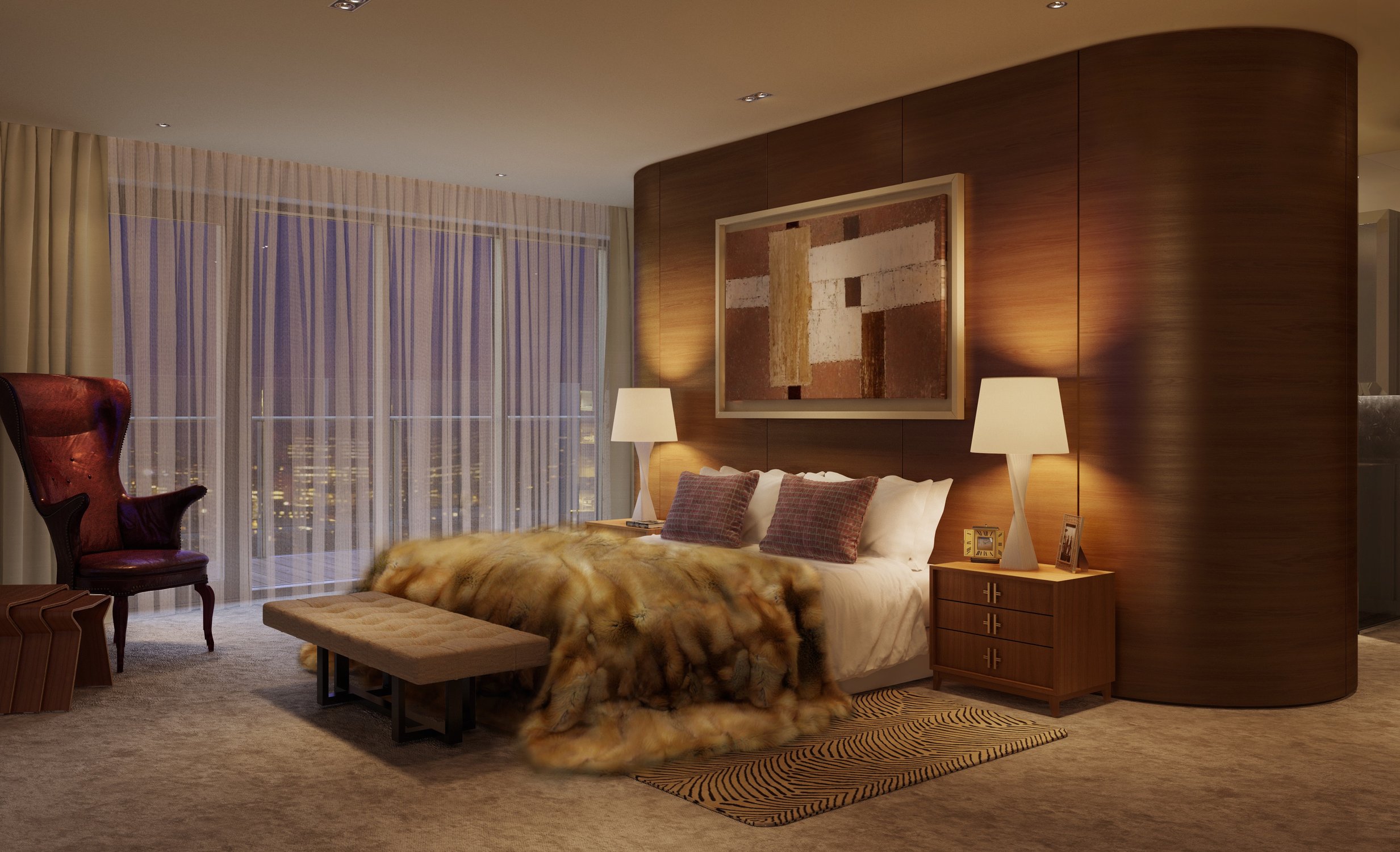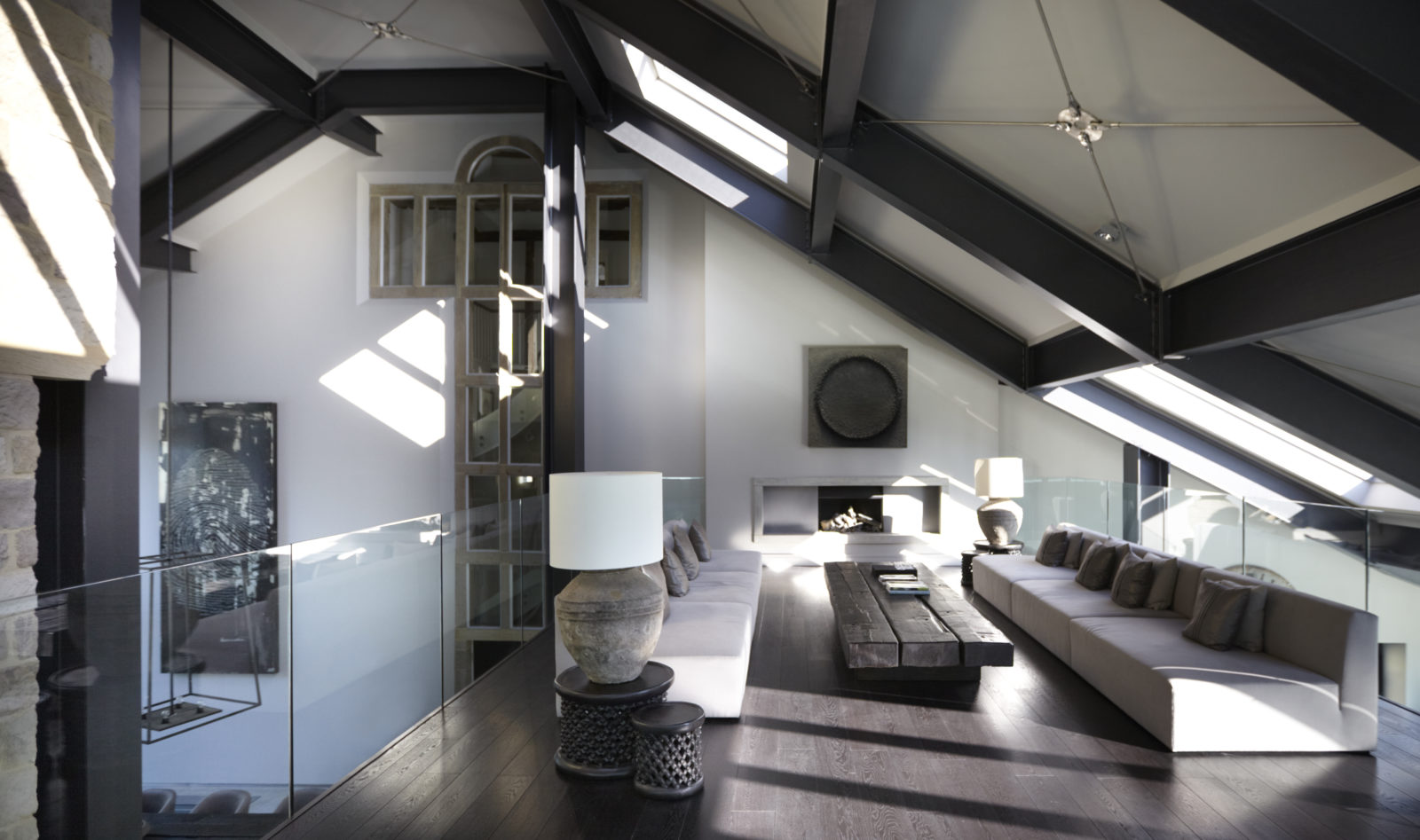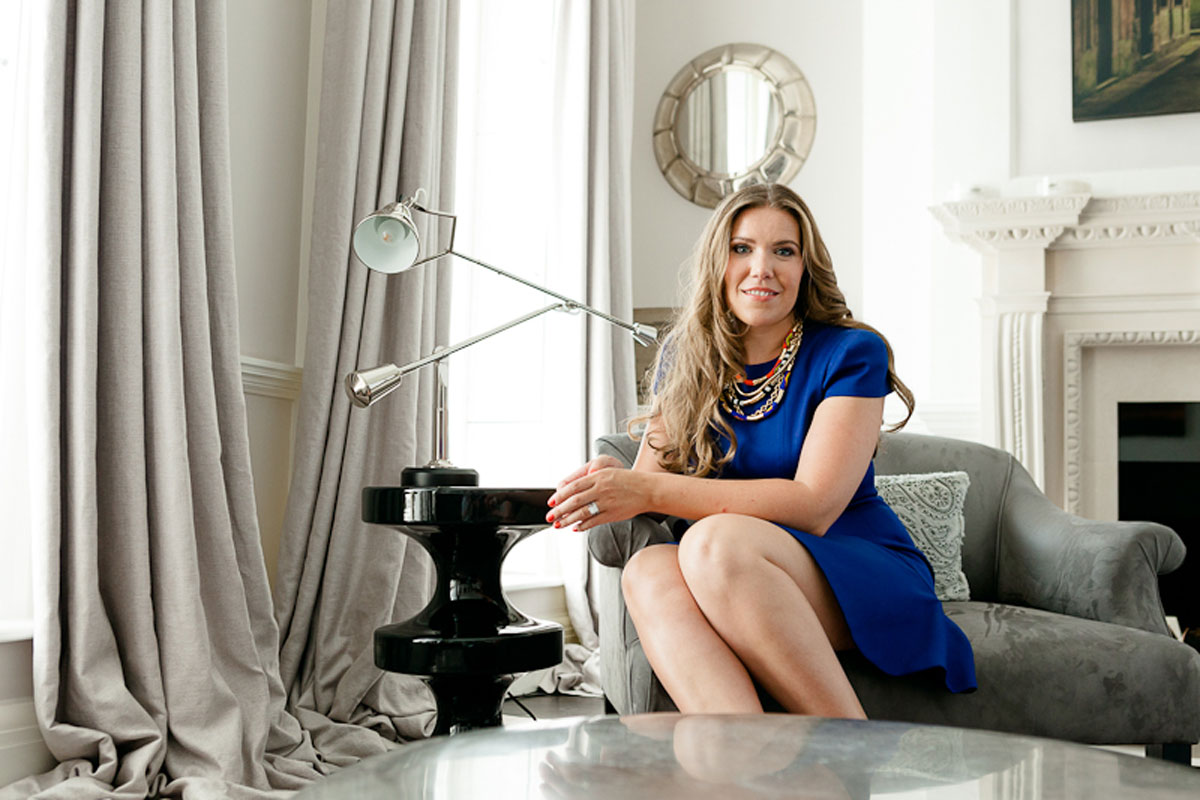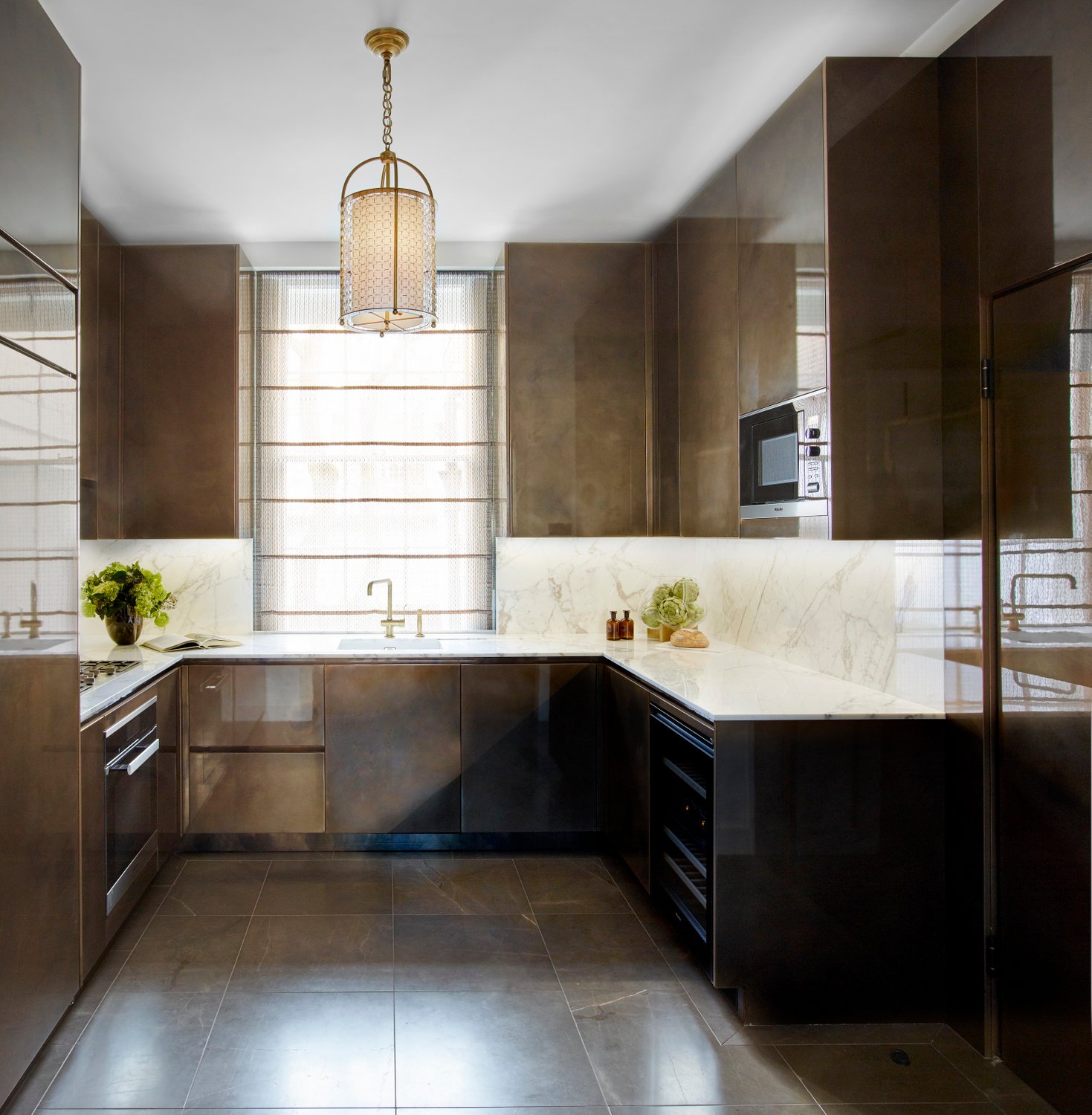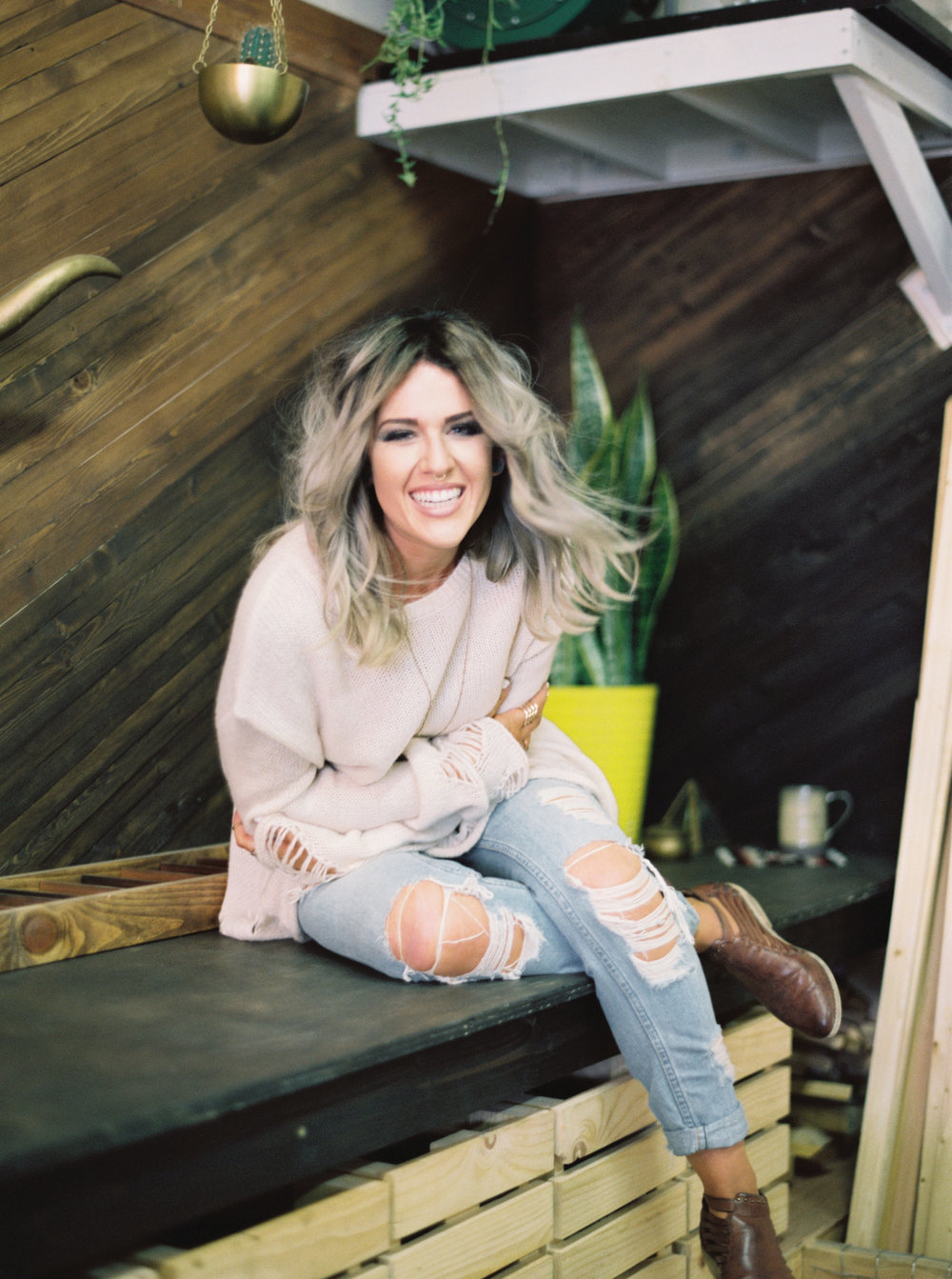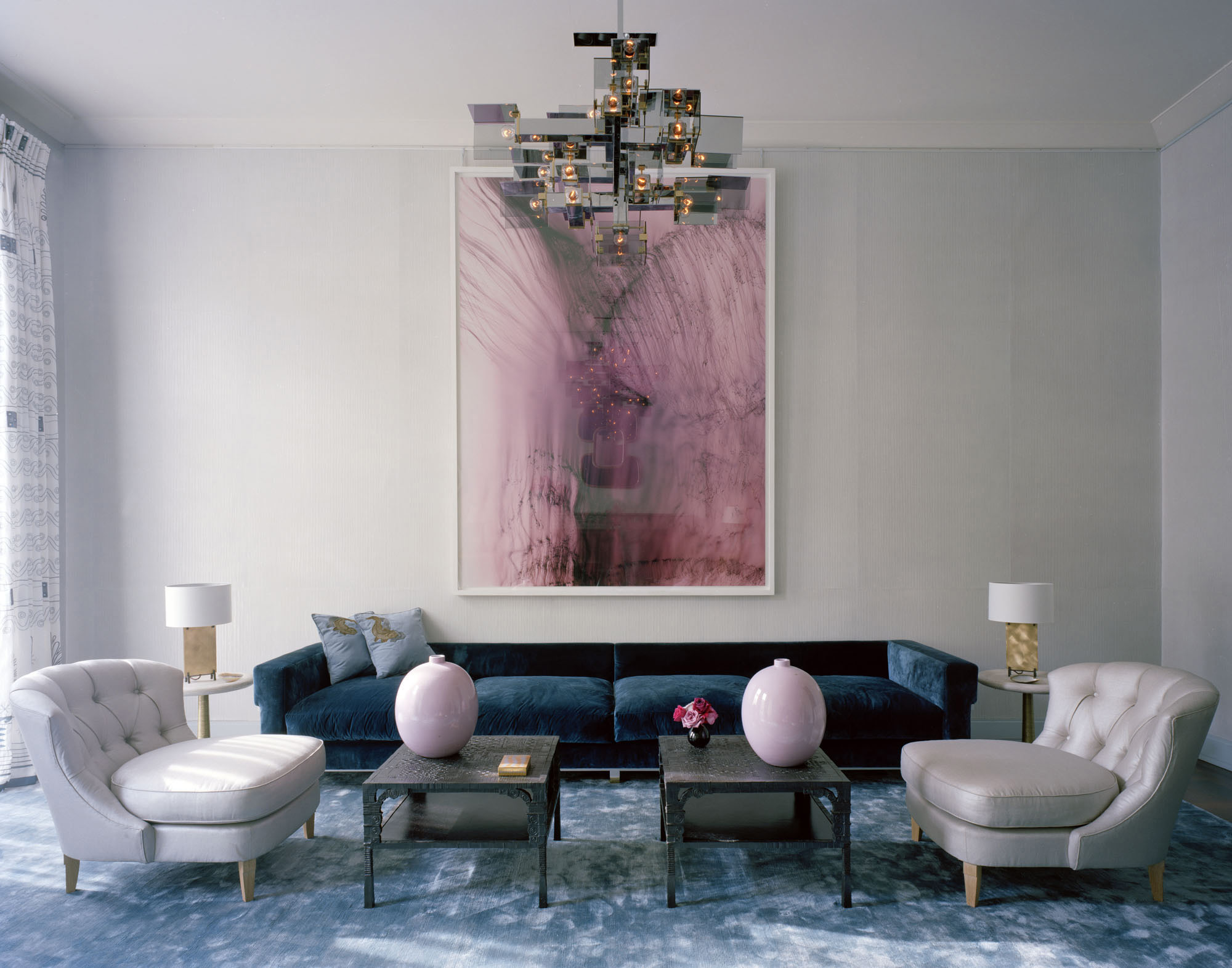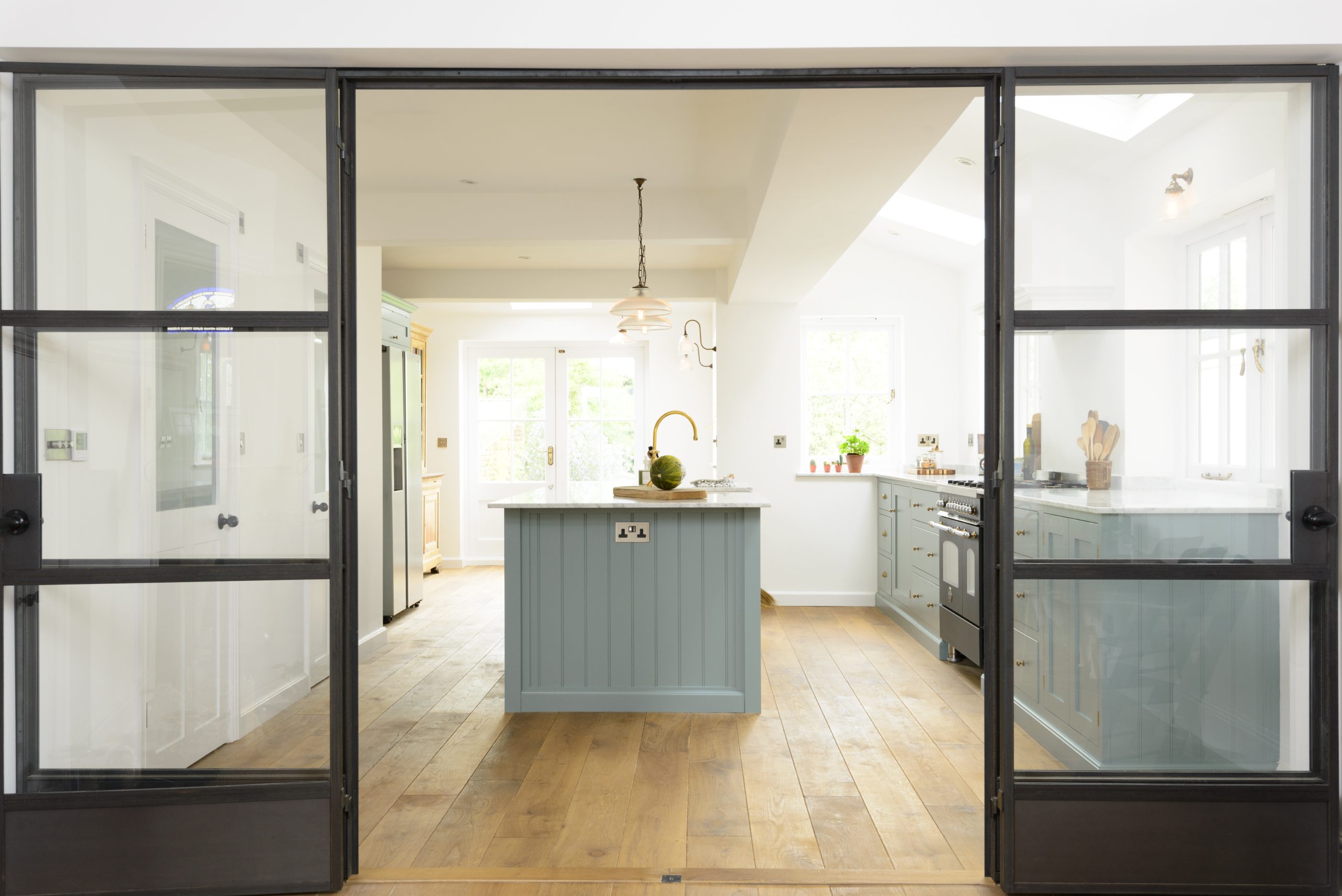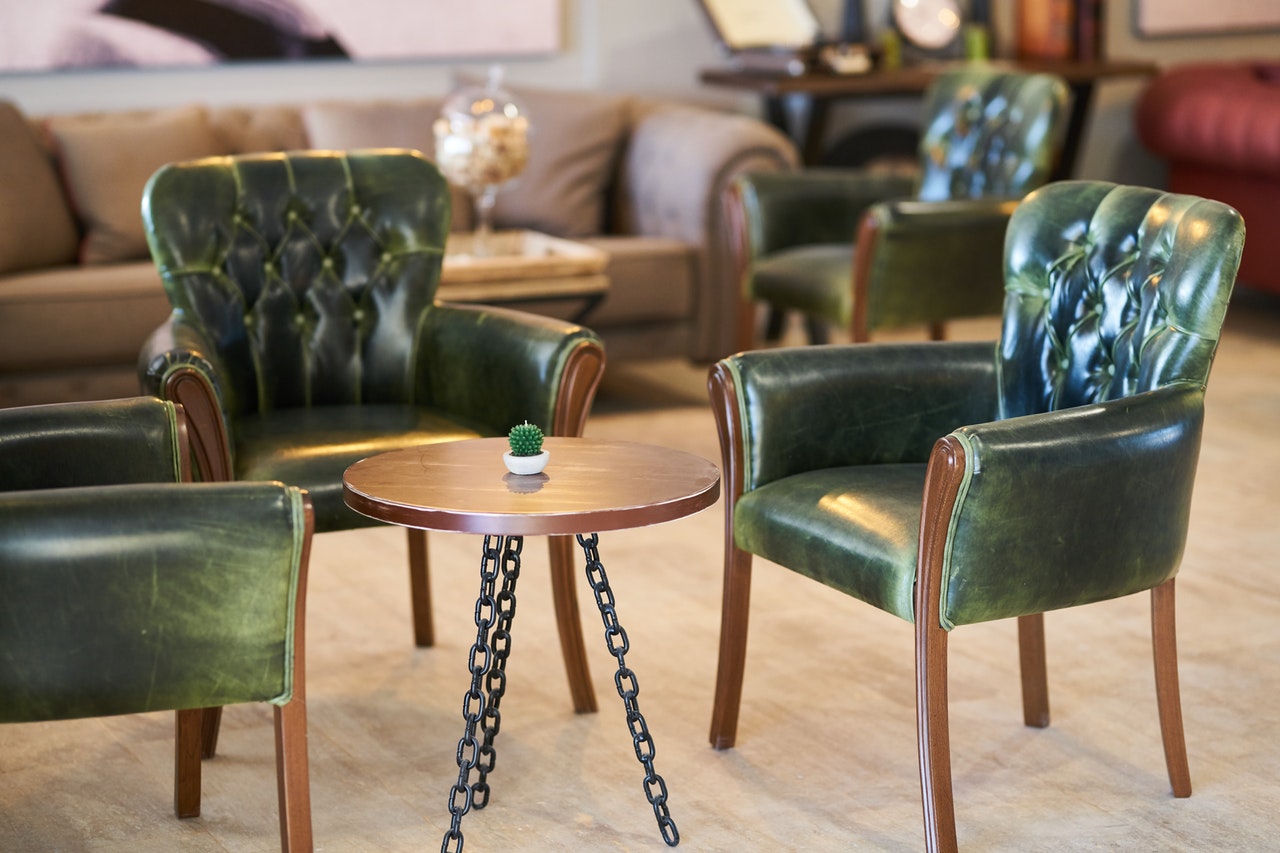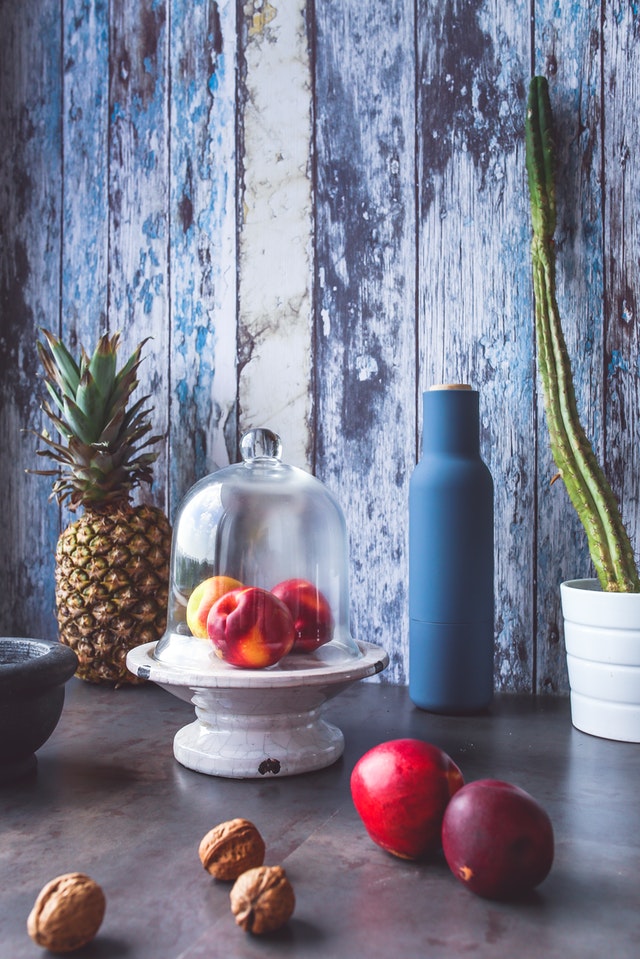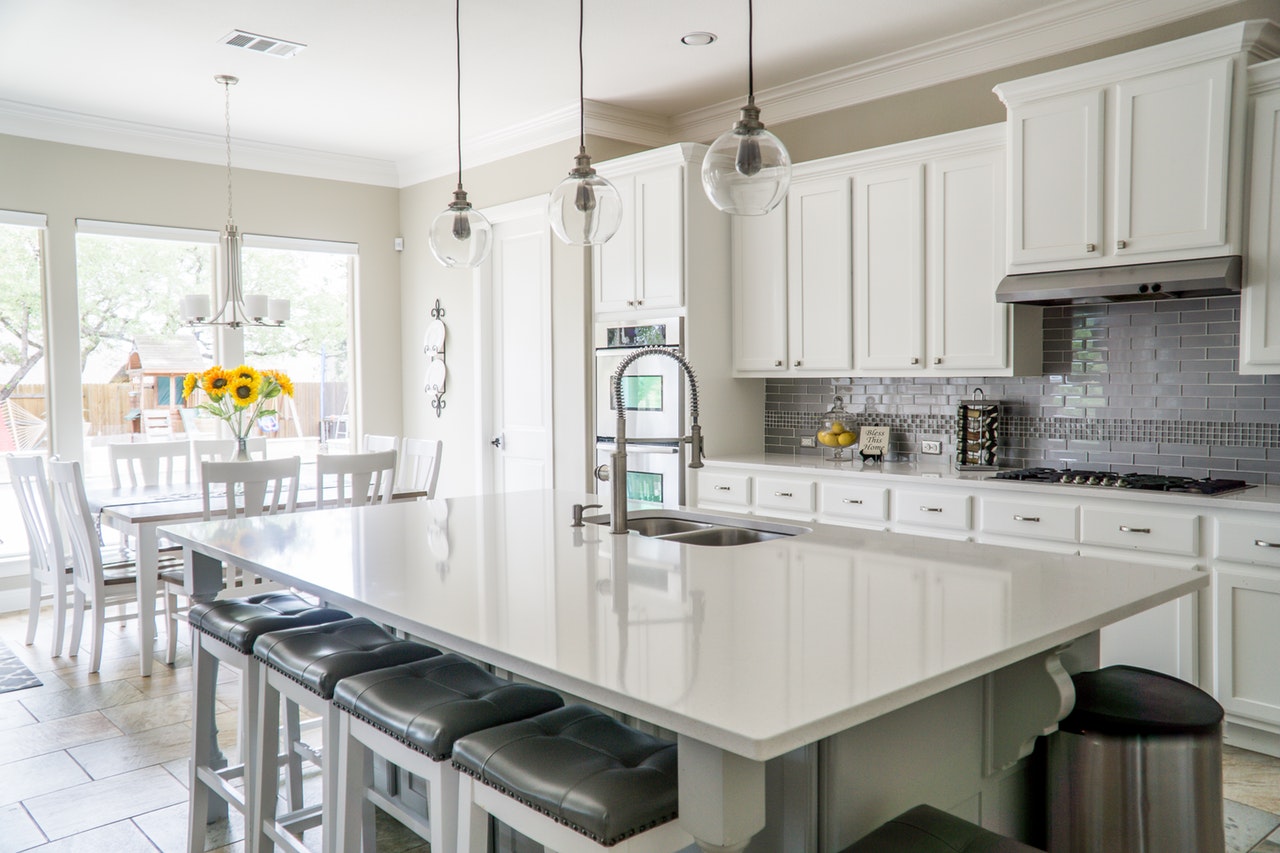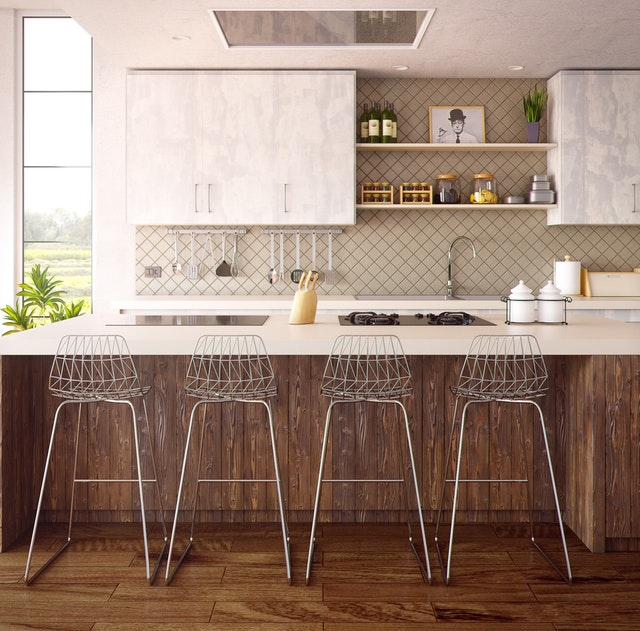
Within the last decade, the quest for character-filled antique wood, also known as “reclaimed wood” or “recycled wood” has evolved into a full-fledged industry.
Old barns, warehouses, wine casts, army barracks, and even retired ships are providing companies with old-growth wood. After a careful selection, each floorboard is cleaned and calibrated.
There is a uniquely weathered beauty about reclaimed wood that transforms into one-of-a-kind wood flooring. No doubt, reclaimed flooring makes a long-lasting impression with its rich grain patterns, deep colours, and distinct patinas. Regardless of age, it possesses distinctive characteristics in each board, making it the best authentic choice for many homes and commercial spaces.
Here are some pieces of advice for finding the perfect type of reclaimed wood flooring for your next project.
1. Make sure the wood is dry
Wood that is soggy or degrading tends to be extremely difficult to work with and will not last long in whatever application you have in mind. Before you purchase any type of reclaimed wood, make sure it is completely dry as excess moisture not only allows insects to thrive but also leads to warping in wooden floors.
2. Make sure the wood is stable
Because for the most part reclaimed wood comes from trees at least 200 years old, the grain is tighter, the wood more durable and stronger. These trees were ‘slow grown’, unlike today in our globally managed forests where trees are generally grown a lot faster and so their growth rings are farther apart. Reclaimed wood flooring is stronger and will outlast (most of) its modern counterparts because older wood is less likely to split. The wood has been exposed to variations in temperature for so long that it’s already done all the expanding and contracting it will ever do. And on the Janka scale of hardness, it is stronger by up to 40 points compared to newly harvested timber.
Beware of any soft spots, rot or mould patches which could possibly indicate structural weakness. So too sawdust, which might indicate the presence of termites or other wood-eating insects. In general, if the outside looks like it’s structurally sound, the inside will be too — and if it shows signs of rot, the wood should be discarded.
3. Keep aesthetics in mind
Speaking of the history of your flooring, when you opt for reclaimed wood you garner with a past. The end result has to look great and complement the desired style for a project. For this to become a reality, it’s important to ask the right questions up front to ensure your selection is one that maintains a level of intrigue 5 or 10 years later.
Reclaimed wood enhances any interior design concept; and before you commit to a type of flooring, have a vision of how you want your floors to integrate with your design scheme and colour palette. Always start with the end in mind. The right selection must be durable to withstand the intended occupant usage and it must be able to meet required cleaning standards.
Understanding how a space will be used, how much traffic is expected, how often the floor is cleaned, and the required cleaning processes will guard against a flooring selection that will fail in short order.
4. Purchase from trustworthy distributors
Just as you would choose experts to handle various tasks in your home or workplace, you should also understand that there’s always an element of risk that comes with doing business with people whose qualifications and expertise you can’t verify. Old wood doesn’t always mean good wood, so know where the wood originates from before any purchase.
If you care about buying the best-reclaimed wood products, you’re going to have a greater guarantee of quality when working with a company that specialises in recycling and upcycling wood. Make sure to do thorough research on the process used to dry the wood, what it entails and how the distributor ensures that the moisture content is consistent.
Have a look at a wide selection of material for a larger vision of the floor — suppliers who care about their products and customer satisfaction painstakingly choose reclaimed wood that has a lot of life in it, then process it to make sure that the grades are consistent, the wood is dry and free of nails, staples and other debris.
5. Do you know the source of the wood?
There are various grades of reclaimed wood, all from different time periods and from different backgrounds. It is important to consider wood infestation, chemical contamination, wood durability when specifying reclaimed wood for a project. It is also worth considering the quantity of timber available versus the expected delivery date for the project. Unless reliable supplies are established for a particular reclaimed wood floor, where the grade and specifications have been carefully considered it is likely that every batch of wood will be completely different. Samples approved in month 1, ordered in month 4 and then delivered in month 6 may not all be from the same batch which may cause problems for the end user.
With regards to the age of the timber, there is a big difference between reclaimed timbers that are 1 year old, 10 years old, 100 years old or over 300 years old. It has been known that re-sellers of reclaimed timbers are unable to offer such specification details such as the age of the wood and the area it was reclaimed from, this again can lead to confusion when specifying and comparing patina variations.
6. Tonal variation
The strongest feature in reclaimed wood is the tonal variation. We feel this should be embraced rather than combated. Depending what you choose to finish the floor with (hard wax oil, traditional wax or lacquer) you will be able to even out the tone of the floor but this will not be as uniform as pre-finished new wood. If you are concerned about achieving the right colour when using reclaimed wood you should speak to your fitter about colouring options.
7. Don’t be afraid to ask
You shouldn’t be afraid to ask questions about anything you don’t understand. The more knowledge you possess about a product the more informed decision you can make about its application and if it is right for the job. Reclaimed wood is never a constant, just as it is a natural product but every piece is also unique and will have developed its own patina depending on where and how it was previously utilised.
8. The installer is the superstar
The final grading and presentation of the floor become apparent in the final stages of the installation.
It is highly advisable to work with fully certified and experienced fitters that feel comfortable working with reclaimed wood.
It is also advisable to follow the installation instructions from the supplier.
Working with insured fitters is a great way to add some extra piece of mind to your project.
Conclusion
Flooring is a critical aspect of any built environment, so it’s important that it unifies the design and creates an unforgettable experience. No matter what type of project you’re working on, there’s a great reclaimed wood flooring option ready to emulate lots of character and personality into your space.
Remember when you start your new project with reclaimed wood you need to keep in mind;
1. Is the reclaimed wood dry?
2. Is it stable enough to be reused as flooring?
3. Is this reclaimed wood right for my room, based on; colour, foot-traffic vs. wear, cleaning vs. wear?
4. Does this supplier work with reclaimed flooring regularly and have good testimonials? Can they answer my questions?
5. Does the supplier have enough stock to complete this project from one batch?
6. Can the fitter help me achieve a cohesive look with the variation in tones from the reclaimed planks?
7. Do I have questions about a specific product?
8. Do I have a fully certified fitter?
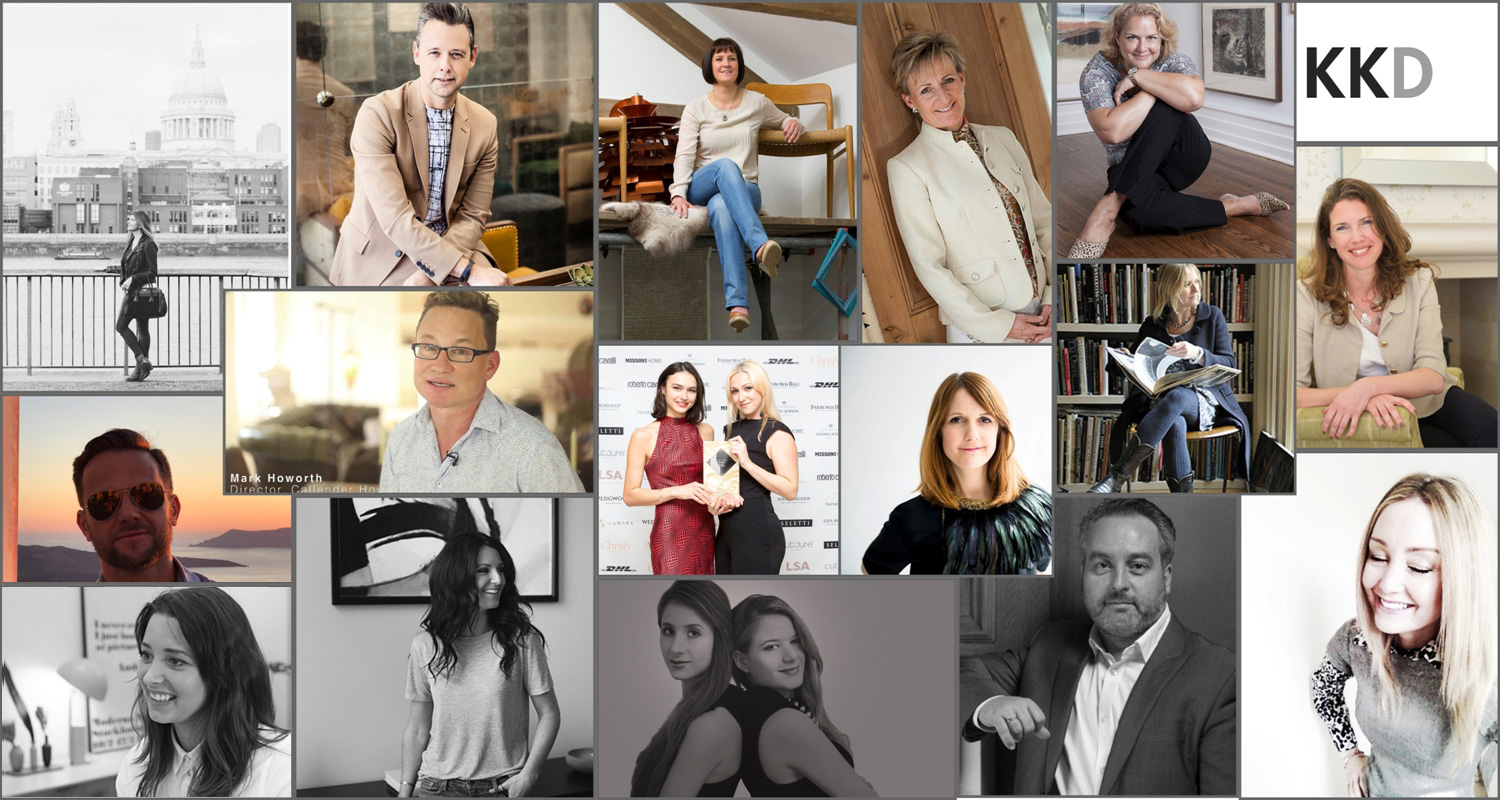
The biggest ever question today is “how to bring harmony between creativity and functionality in interior designs”. Top 20 interior design maestros in the UK have shared their tips/tools in answering this question framed in multiple perspectives here.
1 – Cherie Lee Interiors
Q: According to you which trends changed the perspectives of interior designing?
Cherie Lee: In recent years, one of the trends that has really impacted interior design is the use of steel and glass glazing solutions inside the home. It is a trend that we are so fond of due to it’s ability to segregate large rooms without blocking light, or to open up small or dark areas of the home, without taking away the option to keep rooms separate.
Apart from the practicalities, it can be used to create a real statement and add the wow factor to spaces that may otherwise lack that drama. Using glass and steel inside a traditional home, such as the projects that we often work on, creates a great contrast against period and ornate features. Definitely a trend that is here to stay!
Take A Peek: www.cherieleeinteriors.co.uk
2 – Casabotehlo
Q: What essential tips you would like to recommend for any project?
Joao Botelho: If you are embarking on an interior design journey you have some exciting times ahead of you. One of the most important and inspiring parts of this process is to create the concept design and put together mood boards by gathering information, pictures materials and samples from different sources and places.
The challenge is how to balance creativity and design with practicality and comfort. Use your intuition and listen to the home language. The recipe is simple, start with the space, line and shape, play with colours and light, wrap with textures and patterns and finish off with furniture, fixtures and fittings. And always remember; everything has beauty, you just need to look up and around you, and breath it in.
Take A Peek: www.casabotelho.com
3 – Robertson Lindsay Interiors
Q: Do you have a signature style?
Sally Homan: As a studio we don’t have a signature style as we like to create a unique home for each client. Our aim is to translate our clients’ personality and lifestyle into a bespoke living space. In designing a home we love to use colour and pattern. Most of our clients are a little nervous about using colour in their home so we help them to explore their taste and can use 3D drawings to show them how it will look. This encourages clients to be braver with their choices and as a result we can give them an original, personalised home
Take A Peek: www.robertson-lindsay.com
4 – Cave Interiors
Q: According to you one should play with safe designs or experiment with innovative ideas?
Georgina Cave: Bringing in new ideas and concepts is always a challenge I like to think we rise to when taking on any new project. It’s important to move out of our comfort zone, be more broad-minded in our thinking and holistic in our approach in order to provide solutions that are exciting and creatively different.
Take A Peek: www.caveinteriors.com
5 – Goddard Littlefair
Q: What is your favourite book/magazine on design? How about your favourite site?
Michelle Holland: With Pinterest and design blogs so readily available to follow current trends, I find that some mainstream design magazines have lost their lustre, whilst World of Interiors remains a trusted friend. Every issue offers something to instruct, something to fascinate and something to inspire.
For conventional interiors, World of Interiors proffers a dizzying range, from classical and rococo to mid-century and post-modern; but it also features the unconventional: industrial workshops, eccentric huts, outsider art spaces.
As well as being a feast for the eyes, it seeks to feed the mind and soul, from pieces on how colour is perceived by people with dementia to recommendations on current exhibitions and reviews of books on art, gardens, interior design and architecture. The title is in fact a world that offers a lot more than just interiors!
Take A Peek: www.goddardlittlefair.com
6 – Maurizio Pellizzoni Ltd.
Q: What kind of approach should one have while interacting with clients regarding planning, interiors, architecture, or landscape?
Maurizio: Personally, I think the best approach is to show the client as much as possible about the details and options available. Not everyone can see a finished product in the same way that a designer envisions, so the best way is to present them with drawings and sketches, but also to take them around showrooms and show them as many samples as possible.
Textiles are also a very important aspect of this role, so it’s important for the client to understand as much as possible as to what they’re final design will look like. As a designer, we shouldn’t take for granted what is easy for us to visualise, but make sure the client fully understands what they are getting and how the end result will look.
Space planning is also another great aspect of our job, it’s sometimes easy for us to visualise in our mind, but it’s not always so easy for the client. With drawings and plans, we can make sure the client understands how the room will look and how this suits their lifestyle.
Take A Peek: www.mauriziopellizzoni.co.uk
7 – Kinnersley Kent Design
Q: How one can decide priorities while designing for any project?
Jill Higgins, Partner at Kinnersley Kent Design: Firstly you need to understand the client, the brand, their customer and the market. The customer or client and their brand is always the priority – the designer’s ego is the least important thing.
Creativity and the best ideas can but don’t necessarily mean massive budgets. A talented and creative commercial designer is one who can achieve a beautiful aesthetic which the client connects with emotionally within the parameters of the budget and timescale. Empathy with a touch of gut creative instinct goes along way when creating a great award-winning design.
Take A Peek: www.kkd.co.uk
8 – Callender Howorth
Q: How to light up the room to enhance the interior?
Answer: At Callender Howorth, we see light as an integral feature in achieving successful designs, whether utilising natural light or enhancing a space with artificial lighting. More often than not, we seek to put both to best use.
In one of our recent projects, the Regent’s Park House, not only did we integrate a retractable roof into the design, but we also installed different coloured mood lighting throughout.In this instance, bold was key: in the daytime, the home is flooded with sunlight from above, while in the evenings the home can transform into the ultimate entertaining space. Different colours create different ambiences, so the interior design enhances the space’s versatility.
We blended the natural with the technological, the traditional with the innovative, and the simple with the complex. In each instance, however, light becomes the primary design feature and complements each other aspect of the interior. The home was imbued with various faces, each different in style. One home became many, in a space that could change with the flick of a switch. Our advice is to be daring, creative, and open.
Take A Peek: www.callenderhoworth.com
9 – Topology
Q: What is the most frustrating aspect of your job as a designer? And the most rewarding one?
Answer: The most frustrating aspect of being an interior designer is narrowing down options for clients – there are so many amazing brands, retailers, colours, wood finishes, paints shades etc that I love and sometimes I find it hard to hone in the option. I always get there in the end but it takes a lot of time and consideration to decipher what exactly will be the best fit for the client.
The most rewarding part of being an interior designer is the satisfaction of seeing everything come together at the end of a project and seeing how happy a client it – sometimes there can be long waits for furniture, and long building work and construction time, so there’s nothing better than seeing a beautiful home come together knowing that it’s what you yourself have envisaged.
Take A Peek: www.topologylondon.co.uk
10 – Neil Tomlinson Architects
Q: What aspects can make a room elegant and useful at the same time?
Neil: One element which has really has the power to enhance a room is the staircase. The usefulness is obvious; it is the only functional element within a room which can allow movement in the vertical dimension within and from the room and serve as a design device to divide or segregate a space. A carefully-designed staircase can be a focal point and also a beautiful sculptural object. A second aspect with a similar transformative ability is lighting, which can both set a scene and alter the mood of a room.
Take A Peek: www.ntarc.co.uk
11 – Áine Atara-MacDermott Design Studio
Q: What is most challenging about your job?
Áine: I would say that the hardest thing about my job is also the best. People come to me stressed about their dysfunctional home or about their upcoming renovation or new build which they have no idea how to navigate. I help reassure them and we make a plan to solve the issues. As an interior architect with over twenty years experience I now specialise in working with the energy of buildings.
For existing spaces I use intuitive Feng Shui, Celtic land and space clearing techniques as well as modified life coaching methods to uplift an interior’s vibe, so that my clients live more happily and with greater ease and flow than before. For new builds and renovations I work at the earliest stages to help people get clear on what they want and need so that their dream home is built without compromising that dream.
Take A Peek: www.pre-designer.com
12 – Pascoe Interiors
Q: How can someone determine the budget of any project?
Clare: There are various stages to determining a project budget. Before you know whether you can embark on a project you must ascertain a budget range, for which you will need an overview of the project proposal that the various specialists can provide outline estimates against.
The upper and lower figure could vary wildly, as there will be many unexplored variables to consider; but if the range is generally acceptable and affordable you can press ahead with the next steps. It would be unrealistic to move forward only if the lower level figures make the project viable unless you are prepared to rein in every decision; as more often than not budgets get pushed as most people take the view that they want to maximize the opportunity, and upscale key decisions.
By inputting a tier of decisions (budget, mid range and high end) you can further explore how seemingly subtle changes to decision paths can have a magnified impact on the bottom line. Consider the process as a detailed shopping list; price up each conceivable element before you have committed to any path; as on paper it is relatively straightforward and economic to change direction – to do so once you’ve embarked upon the build can be highly problematic.
So, the message is detailed design, planning and costing before you even consider digging a foundation.
Take A Peek: www.pascoeinteriors.com
13 – Run For The Hills
Q: How one can design spaces creatively?
Anna: Designing an amazing space requires technical precision and creative abandon. And those two things might not necessarily be the most obvious of bedfellows. But an interior designer needs to be adept at both.
First dreaming up the design vision and then developing the scheme, layered with mood, character and texture. The final, beautifully executed design may look effortless. But it has actually been detailed to within an inch of its life. Every little aspect considered, played with and reconfigured scores of times to find the perfect balance. This process of experimentation is how you happen upon the creative magic.
Take A Peek: www.runforthehillslondon.com
14 – Engaging Interiors
Q: From your point of view, interior design is art or science?
Answer: Interior design is a combination of both science and art. The science part comes from the technology within the products used, the chemistry of the different innovative materials, and the element of psychology involved in understanding human behaviour. The art is in the use of light and how you want it to dance around a space, in how one finish will work or grate against another, and how an interior works as a composition.
Take A Peek: www.engaginginteriors.uk
15 – Meraki Design
Q: What would you advise about visual perception in designing any space?
Answer: Successful interiors have multiple layers of ideas that develop gradually and very thoughtfully. Therefore perception of any space is layered with many different elements to create a whole. Functionality is of course key as well as a strong underlying concept. This is then layered with considerations of light, materials, textures, colours and lastly Objects. When designing it is extremely important to think of things in plan for space planning purposes as well as elevation to understanding the volume the elements are taking in the room.
Take A Peek: www.merakidesign.co.uk
16 – Design By Deborah
Q: Do you prefer functionality or appeal?
Deborah: This is a difficult question as ideally you would specify a product that would meet both of these requirements. If I had to choose it would depend on where in the house it is to be used and the make-up of the family that would be using it. Hard working rooms such as hallways and kitchens require more robust solutions as would large families with pets. However, clients employ designers to help them create beautiful homes so I would never ignore the look and feel of a product.
Take A Peek: www.designbydeborah.co.uk
17 – Knof Design
Q: While designing a living area which essential factors should be taken care?
Susan: When designing a living area the essential factors I always consider relate to the natural elements. My number one priority is where is the light coming from?
I am a total nature lover so I am always trying to create a layout that revolves around the view of the ever-changing outside world. I like to allow the light in and plan the arrangement around that. Another integral priority is the function. How will the space be used? Is it a place for a quiet retreat? Is it one to gather and entertain or is it a combination? In this case a casual and considered flexible environment is important.
I love a place that encourages good flow. So I like to consider where the primary and secondary entrances are. Once the general layout and function is determined in comes the layers, the fun, and the style.
Take A Peek: www.knofdesign.com
18 – Mk Design London
Q: Who are some of your design inspirations?
I feel inspired by so many things when it comes to Interior design.
I try to travel as much as possible. Asia is always a great source of inventiveness and originality while Scandinavia offers a mastery of design.
Andrew Putman was a massive influence on my work but I am also an art enthusiast and visit an exhibition at least once a week. I love serene stimulating space like Tate or Barbican…
Take A Peek: www.mkdesign.london
19 – Galuchat Design
Q: What inspires you today?
Marie: Inspiration is an appetite in constant renewal. From the top of a bus, calling me. Flowers over concrete. Amber light, rough wood, through a pint glass. Fun shoes in the rain. The days of neutral have passed. I will always love the serene nuances of white to grey via ivory. They will however always invite to set the calm off with a bang of colour, a pop of fun, a dash of risk. I am into peacocks now. A madness of teal, gold, black and emerald green. Summing up my passion for light, depth and no compromise: functional elegance.
Take A Peek: www.galuchatdesign.com
20 – Caroline Cobbold Design
Q: Which tools would you recommend?
Caroline: The tools I recommend using are your eyes.
Take A Peek: www.carolinecobbolddesign.com
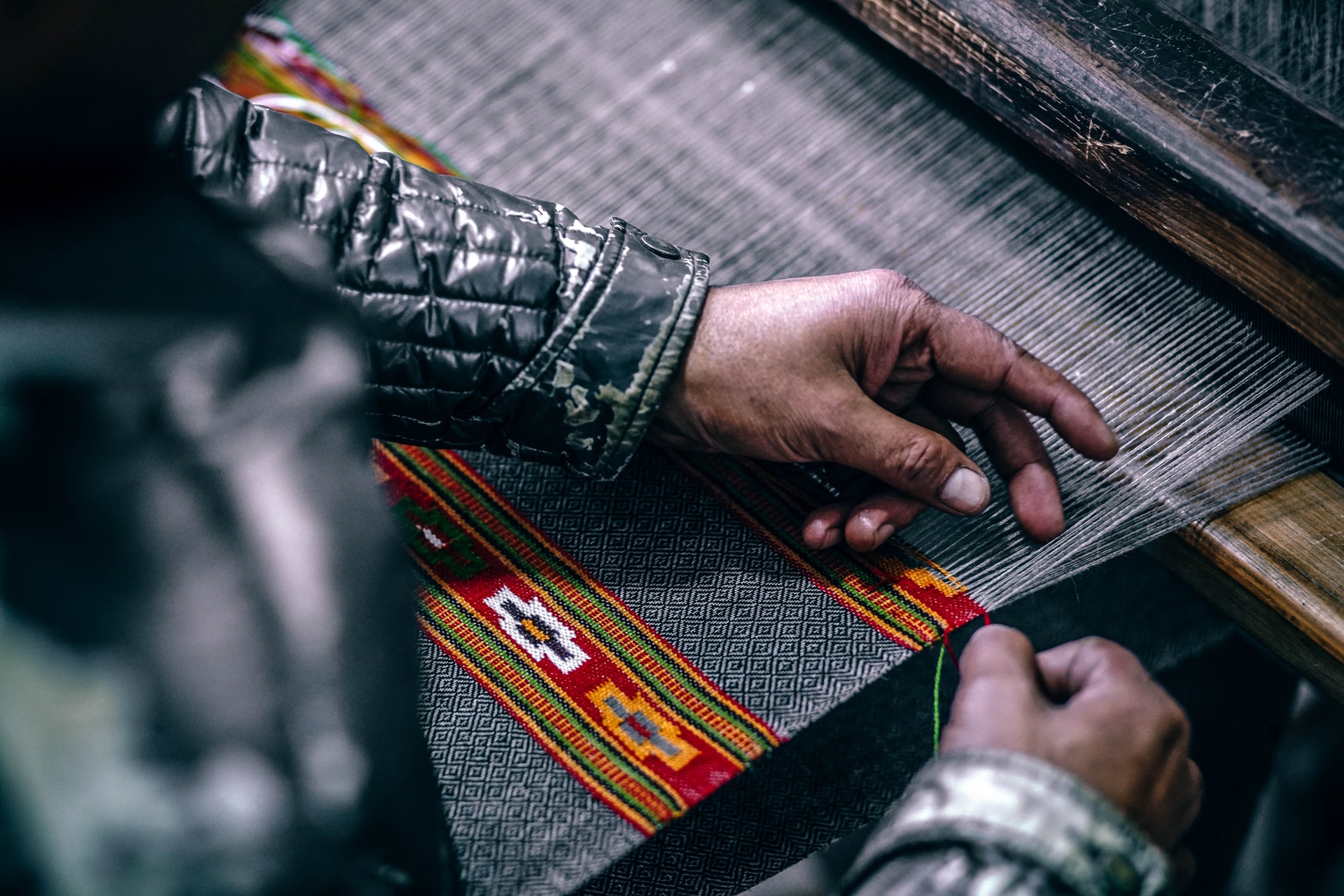
For years, the notion of circular economy has been in existence and has become a progressively familiar term in relation to sustainability, and ways in which we can create a new system that can meet our needs within planetary boundaries.
Because it’s a term that’s often misunderstood, it can represent different things.
With this rise in popularity, many speak on “circular economy” or “circular principles” without actually having a definite understanding of what it really means.
On the other hand, if there is an explanation of the term, the definition extensively varies depending on the problems being addressed, the audience, or the lens through which the writer views different cases.
What is a circular economy?
A circular economy can be described as an economic system where products and services are traded in closed loops or “cycles”. It is a concept identified as an economy which is regenerative by design, with the aim to retain as much value as possible of both products and materials. Meaning, the objective must be to create a system that permits the long life, optimal reuse, refurbishment, remanufacturing and recycling of these materials and products.
In addition, with this concept, the growth and success are decoupled from natural resource consumption and ecosystem deterioration. By refraining from discarding utilised products, components and materials, and instead re-routing them into the right value chains, we can create a society with a healthy and sustainable economic situation, motivated by and in balance with nature.
Circular economy is good for everyone
What set circular economy apart from other economic models where the major economic triumphs.
Brands that have put into practice this system are proving that recycling resources are much more cost effective than creating products.
As a result, manufacturing prices are minimised, and this ensures that the sale price is also reduced, thus profiting the customer; not just economically, but also in social and environmental facets.
Timber is an important natural material for the circular economy.
Sustainability is also about securing the future growth of renewable resources — this also includes sustainable forest management.
When a tree is harvested, for instance, four new trees are planted. Therefore, renewability can be considered as nature’s own circular economy, bio-economy being a significant part of it.
Ultimately, any system ought to aim to generate energy with renewable resources. Compared to other mainstream building materials, wood requires significantly less energy.
Generating steel needs a lot more energy than what’s needed to produce wood; while concrete can give off 140kg carbon dioxide per cubic metre when generated.
As a result of its versatility, wood is capable of displacing energy intensive options and reducing pressure on the environment.
Simply growing trees is good for the grid, but in the United Kingdom the environmental advantages are greatly improved.
According to the Timber Trade Federation’s annual report on “Responsible Sourcing of Timber in the UK”, of all TTF member purchases, 91% were from accredited sustainable sources and just 1-3% were from high-risk sources where members have actually worked to establish their own risk mitigation measures.
Sustainable forestry ensures that the process of carbon dioxide absorption and oxygen emission is increased.
Trees are sustainably harvested at the peak of their cycle, and replaced with younger, carbon efficient trees.
Building blocks of the circular economy
The steps in the technical cycle were identified to facilitate product and material reuse and recycling.
However, the circular economy goes further than this; it requires advanced information sets and working methods.
This includes four building blocks that companies need to approach in order to build core competencies in a circular economy: circular economy design, rethink new business models, reverse cycles and enabling conditions.
1. Circular economy design
This building block involves improvements in the choice of products, and a successful circular design which includes; material selection, designed-to-last products, design for easy end-of-life sorting, standardisation and modularisation of components, pure product flows and style for straight-forward disassembly. The implementation of this building block makes the production process of businesses much more effective.
2. Rethink the business models
The shift from a linear procedure to a circular process requires new business models in order to create new opportunities. This building block concentrates on innovative service versions that inspire other members of our economy to make a positive impact in our world. It requires manufacturers to think differently about production and to take responsibility for products during the life cycle.
3. Reverse cycles
Within this third building block, the emphasis lies the link between customer and manufacturer.
New and additional skills are needed to create systems where the return of materials to the soil or back into the industrial production system can be leveraged. With cost-efficient, better-quality collection and treatment systems, we essentially decrease the leakage of materials that are in the system and encourage circular designs.
This means restructuring supply chains, delivery chain logistics, warehousing, sorting, risk management, and even power generation in order to achieve cost-efficiency, better-quality collection and better treatment systems.
4. Enablers and favourable system conditions
This building block focuses on the widespread reuse of materials and higher resource productivity. The application of circular principles needs more transparency in material flows, aligning incentives and figuring out industrial criteria.
Along with mechanical changes, developing basic customer awareness is required to allow easier application of circular advancements. Lastly, organisations need to also be brought right into cross-sector contact (eco clustering) and be ready to share general and private market information.
These enablers include: collaboration; rethinking incentives, providing a suitable set of international environmental rules, leading by example and driving up scale fast, and access to financing
Conclusion
The circular economy challenges the traditional ethos of the linear economy (make, use, dispose), proposing that we keep resources in use for as long as possible. It aims to redefine products and services, hence it is considered to be a restorative and regenerative concept. Because of this, the circular economy is gaining interest with a steady momentum as business organisations realise the need to manage materials and resources. It is being accepted by some companies, but more businesses need to reconsider their existing processes and adapt to this way of sustainable thinking.

Annually we see exceptional progression in the world of design with new, inspiring and interesting trends; from products to materials, colours and everything in between.
In 2019 there is a focus on living room décor trends.
If you’re on a quest for new décor cues to stylishly rejuvenate your abode, read on to discover more about these new living room trends and tips — from the very best sustainable design practices to savvy colour palettes and intriguing fabric choices.
Sustainable and organic material
With all eyes on sustainability and eco-minded design, it’s probably not a surprise that this makes it to the top of our list.
Living room interior decor continues to make the most of organic as well eco-friendly materials, which is really fitting for the times — they complement a variety of interior aesthetics while offering your home some much-needed personality and appeal, without being overwhelming: from country to scandi, coastal to boho and every style in between.
The aesthetic airiness of handmade upholstered furnishings, decorative pillows and tapestries reference both the natural along with the inherently textural throughout the home this year.
For example, wicker accented chairs contrast brilliantly with a natural leather sofa and organic textile soft furnishings.
More importantly, natural material: hemp, wicker, sisal, jute, wool and rattan stimulate a relaxed and calm feel birthed out of the primaeval desire to be connected to the earth and its origins.
Biophilic design as a necessity
Wellness and nature work closely together in producing built environments that have a positive influence on human health.
If you’ve had your eyes set on architectural and design trends, you may have recognized just how biophilic design has gained momentum over the last couple of years.
Throughout this year, the push for wellness in interior environments remains a great priority.
Biophilia focuses on enhancing and boosting the quality of life by altering and perhaps transforming the indoor environment and implementing liable design into our interior settings.
Incorporating more greenery and natural material such as reclaimed timber, and having adequate access to natural lighting and improved air quality are a few of the essential contributors to enhancing human well-being.
Eclectic and colourful seating
Go bold or go home!
If there’s one interior trend this season that’s captivating and creates a happy lounge room, it’s the colourful and vibrant seating trend.
Nowadays, accent chairs can be found in a selection of eclectic and vivid tones that we have not seen in a while.
Particularly, head-turning jewel tones like sapphire blue, amethyst purple, ruby red, yellow topaz and emerald green.
If you’re up for embracing the vibrant seating trend, there is one essential thing to bear in mind.
Whichever piece of furniture you opt to make colourful, it needs to be the statement piece of the room.
Vivid hues tend to be powerful and terrifying at the same time, so make sure to create a balance between bold shades by utilising plenty of neutral tones in the other areas of your design. Muted hues will certainly provide the eye with a place to relax and help your overall design from feeling overwhelming.
Exciting floral prints
From fascinating wallpapers to intriguing soft furnishings and beyond, floral prints are here to help you create the artistic interior you’ve been dreaming of.
Florals are currently in complete bloom everywhere and these aren’t your regular granny prints; they’re exciting, bolder and a lot more abstract, and yet enchanting, romantic and lush at the same.
Large prints of peonies, azaleas and lilacs in overstated proportions and in revitalising colour palettes of violet, cherry red, coral, mustard and forest green make an absolute distinctive style statement that’s hard to overlook.
Try playful and appealing removable wallpaper ideas to make a huge impact in a tiny space.
Rich, velvet fabrication
Sumptuous, luxurious, lavish and opulent are just some of the words to describe this rich fabric — velvet has been growing in appeal, leading lots of design experts to believe it will be this year’s most desired textile.
Consider the sudden impression a gorgeous velvet sofa would have on your guests, or perhaps just how velvet throw cushions would contrast stylishly with various other textural materials like cotton, wool and silk.
These are a few of the most covetable ways to introduce this tactile and luscious fabric into the scheme of things.
From royal purples and soft pinks to breezy blues and organic greens, velvet is the go-to upholstery fabric this year.
Large-scale wall art
Throughout the year, we will see an emphasis on decorating the home with art — particularly, we’re seeing a focus on large-scale art pieces.
Much like the lively and vivid colour trends that are showcased this year, current art styling is big, daring and in-your-face.
Nowadays, it’s not unusual to see prints that use up the better portion of a wall surface as the centrepiece of the room — think sprawling canvases the length of a couch.
This serves as a simple focal point that helps establish the mood, look and feel of the living room with very little effort.
The art of maximalism
We don’t normally hear “more is more” yet that’s pretty much how to interpret maximalism.
Go nuts with your décor styling and colour, pattern and texture choices — and remember to pile on the cushions.
Whether you opt for a bold colour scheme or keep things looking neutral, this trend is best carried out with items you love and filling every inch of your living room.
Mixed shiny metallics
As it’s often the room that showcases the best of day-to-day allure and glamour, it only makes good sense to see high-shine metallics and finishes greatly featured in the best living room interior design trends.
It’s usually believed that once you’ve selected your favoured accent metal, you have to stick to it. However, considering that it’s all things bold and daring this year, metallics no longer need to have the exact same finish.
Shiny metallics have the amazing ability to instantly evoke a sense of opulence to any room décor via wallpapers, furniture, soft furnishings, mirrors, and accessories.
Organising elegant items and other decor accents in two or three different shades; think silver, pewter and bronze, is a modern way to add visual interest and extra dimension to your living room space.
Conclusion
While home interior trends aren’t as capricious as fashion, they do surface and urge us to be bigger risk-takers; revealing to us what’s possible, what looks exciting and how we could ideally personalise our space.
This year’s trends are big on vibrant colours, luscious fabrics, bold patterns and natural textures — all the elements that define surfaces, impact scale, convey style and add visual interest.
Which of these trends are peaking your creative urges to renovate your living space?

Interiors are not just limited to looking for fabrics and selecting paint colours, it goes beyond that and plays an important role in bringing someone’s design vision to fruition. It introduces people to different techniques to bring beauty, symmetry and contemporary hues into interior design.
Interior designers help enhance the functionality and beauty of a space and look at it from different perspectives giving special attention to details. A million interior design blogs that inspire and awe people with their design ideas and only 50 spots up for grabs. It was an ambitious task, but we have managed to short-list 50 top interior design blogs that left us spellbound. These design enthusiasts have that Midas touch when it comes to transforming a space since they are always keeping a tab on latest décor trends, design trends, flooring trends and more. This is an exclusive list of the top interior design blogs that display work that is not only exquisite but also inspiring.
Inhabitat
Jill Fehrenbacher, is the founder and editor-in-chief of the future-forward blog Inhabitat. Started in the Spring of 2005, this was her place to inspire people to opt for more sustainable designs for a sustainable future. From cataloguing high-tech and environmentally conscious design to bringing important environmental issues to the forefront, Inhabitat is inspiring in all ways. Sustainable design in the near future is an achievable dream and this blog is a must read for people who are pro-sustainability. We look forward to every post and are glad to feature them in our Top 50 list.
Take a Peek: http://inhabitat.com/jaime
Design-milk
Derringer, the founder and executive editor of the Design Milk, is taking the design world by storm with her brilliant design posts. The creative team at Design Milk consists of a creative bunch of art and design enthusiasts who will satiate your thirst for beauty and design. Feast your eyes on design finds from around the world and let your imagination run wild with what’s trending in art, architecture, interior design, furniture and décor, fashion and technology. Looking for your next design inspiration, spend some time browsing through their blogs, and let loose your creative side.
Take a Peek: http://design-milk.com/
Apartment Therapy
Apartment Therapy was launched in 2004 by Maxwell Ryan and Oliver Ryan. Maxwell Ryan was known as the “apartment therapist,” and had the knack to make spaces beautiful, organised and healthy. From beautiful DIYs to scrumptious recipes, Apartment Therapy is a mixed pot of colours, designs, innovative and creative ideas and heart warming stories. Each contributor for this blog has a personal style and vision that offers a ton of inspiration to the readers. This blog is a sure winner amongst the horde of blogs online.
Take a Peek: http://www.apartmenttherapy.com/
Decoist
Alex Ion’s obsession with fancy interiors and contemporary designs led to the growth of Decoist. Started in early 2009, this web magazine brings you the daily dose of interior design, furniture and architecture. From tips on using interior design elements to uplift the look of a room to fun DIY projects, Decoist offers a little bit of everything for varying tastes. Alex is gaga about architectural wonders and has an eye for contemporary and modern interiors. The Decoist can be your source for wonderful ideas the next time you work on your interiors.
Take a Peek: http://www.decoist.com
Cupcakes and Cashmere
Started as a platform to share and document everything that she loved, this blog was started by Emily Schuman back in 2008. It was started for fun by writing restaurant reviews about the food, decor and the vibe. But she wanted to create an online destination that combined all her favourite things, fashion, food, interior décor and beauty and that is exactly what the blog is all about. She couldn’t find all these options at one place, so he decided to start a creative and visually beautiful blog that uplifts all senses. It’s a dedicated and a proactive blog and has tons of ideas that are out of the box. This one definitely deserves a spot in our Top 50.
Take a Peek: http://cupcakesandcashmere.com/
Ikea Hackers
IKEA is the budget shopper’s haven but also a nightmare for people who are not good at assembling these affordable furniture and décor items. IKEA Hackers is a blog started with the aim to modify and repurpose IKEA products. Started back in 2006 by Jules the blog is a mix of her favourite things -her favourite store, hacking IKEA, writing, eating healthy, DIY tricks, bargain hunting, reading, travelling the globe and more. If you need a good home improvement blog that will inspire you to build and decorate your home or office from scratch, then IKEA Hackers are just right for you.
Take a Peek: http://www.ikeahackers.net/
Design Seeds
We love how passionate Jessica Colaluca is about colours and shares her own personal perspective when explaining different hues. Her work is based on the fact that colours possess the ability to uplift the mood of any individual. Her blog is a definite entry in our Top 50 list because of its simplicity and focus on how using the right colours can enhance the interiors. She shares her astounding knowledge about colour in her blog and it’s worth a read.
Take a Peek: http://design-seeds.com/
Design Sponge
Design Sponge is a design blog that was started in 2004 by the talented Grace Bonney. With millions of readers logging on to check out every creative post on the website, this pick was a no-brainer. The plethora of colours and high-end design inspirations will appeal to your creative eye. From delectable recipes to DIY magnificence, this blog has a burst of creativity and design for every taste.
Take a Peek: http://www.designsponge.com/
Contemporist
Contemporist beautifully portrays contemporary culture and designs while focussing on art, travel and architecture. It is a daily source of information for people who want to discover new products and projects that will satisfy a person who is all about clean cuts and crisp designs. From quirky furniture to featuring creative soul and their brilliant designs, Contemporist is your daily dose of fabulous art and mind-boggling architecture and interiors.
Take a Peek: http://www.contemporist.com/
Young Love House
John and Sherry are a dynamic duo with a large fan-following, have witnessed every turnaround in their life. From remodelling 3 homes to creating their own creative design products, Young House Love is a real roller-coaster ride. Their love for DIY and skill to transform a barren space into a true artistic masterpiece got them a spot in our Top 50. From writing two books to bringing up two lovely angels, this couple does everything with flair.
Take a Peek: http://www.younghouselove.com/
decor8
It was a small interior design studio in Boston launched in 2004 by Holly Becker, while still in design school. She is now considered as one of the pioneers in the interior design blogging world. Along with her creative team of experts, she creates inspiring designs and dabbles at everything from interiors, book reviews, recipes and more. The blogs offer a little bit of everything and are a real treat to one’s eyes. Decor8 was an obvious choice for this coveted list of design geniuses.
Take a Peek: http://decor8blog.com/
Retro Renovation
With retro and vintage designs making a comeback, get inspired by the many design tips and titbits that Pam Kueber and her assistant Kate have to offer. Wondering how to remodel your mid-century homes without really loosing its vintage charm? These girls will show you how it’s done. Makeovers are quite common, but Retro Renovation will give ideas to refurbish the old-world charm while still sustaining your modern taste. This dynamic team’s dynamic love for all things retro got them a spot in our Top 50 list.
Take a Peek: http://retrorenovation.com/
COCOCOZY
Coco is the perfect example of the modern-day women. A multitasker, she juggles her passion and work with poise. Coco began blogging in 2008 on COCOCOZY, her interior design blog and found celebrities like Katy Perry and Jonathan Adler admiring her work. Her interest in making a space beautiful and neat, compelled us to honour this talented beauty. The aim was simple: provide design and style inspiration with a personal and sometimes humorous approach. Feast your eyes on the amazingly beautiful pictures on her website and get ready to be lost in the beautiful world of Coco.
Take a Peek: http://cococozy.com/
A Beautiful Mess
A creative dream started by two sisters and lifestyle bloggers Elsie Larson and Emma Chapman. These two passionate souls work in tandem with their creative team to bring us a beautiful mess we can’t get enough of. They balance and challenge each other to bring out the best ideas. Designing is their greatest passion and the blog has a mix of colours, posts, and a wide variety of creative and inspirational designs. They say that one is a loner but two is a team, and this team of two has some really good taste that landed them on our list.
Take a Peek: http://www.abeautifulmess.com/
SFGIRLBYBAY
If the thought of draping your house in Bohemian style excites you, then this blog is a must read. Victoria, the main voice behind the blog, brings freshness in each post and is a design junkie, photo stylist and a bonafide flea market queen. Her experimentation with new interior design elements is quite inspiring and her supporters include famous personalities like Oprah Winfrey to Martha Stewart. This was an easy pick for us.
Take a Peek: http://www.sfgirlbybay.com/
Desire to Inspire
Kim and Jo created this blog together to inspire the world with their love and passion for design. But what’s striking about this special pick is that the duo have never met each other and live in different countries. They met on Flickr, shared images and their deep love for design, and Desire to Inspire was born. The combined forces of a Canadian design fan and an Australian ex- interior designer makes for a great team and their work is undoubtedly marvellous. They started in 2007 and have only grown ever since. The owners give the blog the best of both worlds with their individual style and taste.
Take a Peek: http://www.desiretoinspire.net/
Centsational Girl
Kate Riley is a decorator, writer and a home improvement expert. Think budget-friendly décor ideas, think Kate. She is always in the pursuit of luxury on a budget. She shares her ideas, adventures and her extraordinary DIY interior design experiments on her blog. She started in 2009 and hasn’t stopped her love affair with art and creativity ever since. Her designs are perfect for the budget-concious but fashionable design lovers.
Take a Peek: http://www.centsationalgirl.com/
Style by Emily Henderson
Emily Henderson is a stylist, author and T.V. host with a strong commitment to create vintage inspired approachable home. She believes that perfection is boring and has a very individualistic style. She believes a room is soulless without something that is vintage or antique. The blog is a fantabulous mix of eclectic styles and vintage allure for every budget. According to her, if a furniture piece is not vintage, functional and sentimental, then it hasn’t reached its true potential. Style by Emily Henderson brings chic styles and design to the masses.
Take a Peek: http://stylebyemilyhenderson.com/
Bright Bazaar
The blog’s founder Will Taylor’s love for hues and all things bright is visible in every blog and picture. Taylor works as a freelance author, creative consultant and lifestyle blogger. He takes us on a journey of design, fashion and travel, engaging an army of colour lovers across the world with his quintessential style. His approach to colour has drawn thousands of admirers from around the world. This one was an easy and unanimous pick!
Take a Peek: http://www.brightbazaarblog.com/
BODIE and FOU
Started in 2007 by Karine Candice Köng, this is one of the best interior design blogs on the internet. Written in both French and English, this blog aims to create inspiring designs. But there’s one catch- white is Karine’s magic pick when it comes to choosing colours. The blog is the ideal choice when you are trying to work with white in your interiors. The blog is about how to keep things simple yet elegant, it’s about passionately designed interiors, food, fashion and more. She beautifully brings out the vibrancy in the colour white and comes up with crisp, clean and luxe spaces.
Take a Peek: http://karinecandicekong.com/
Quintessence
After 17 years as an art director in New York City, Stacey Bewkes moved to Connecticut where she translated her love for design into her blog Quintessence. The blog embodies her belief that life is better with art, architecture, interiors and design. Quintessence has become a trusted source for well-researched, original content in the online world. We are glad we stumbled across this blog. Drop in and join Stacey on her many adventures.
Take a Peek: http://quintessenceblog.com/
The Style Files
Danielle de Lange writes about design and lifestyle and offers her take on everything she believes in and admires. Distinct designs, crisp details and natural materials are some of the elements that define her style and taste. She believes in creating spaces that are warm and inviting and will offer a feeling of comfort, the moment you step into a room. The design should reflect your taste, personality and lifestyle. A dash of art mixed with sentimental personal treasures, and you have the recipe for a beautifully decorated and pleasant home. Her style is classy and that’s showcased in her work and blog.
Take a Peek: http://style-files.com/
Apartment 34
Erin Hiemstra ventured into the world of blogging back in 2007, armed with a passion for interior design and décor. It all started with the renovation of her personal condo, and even her blog is named after this adventure. The blog represents her diversified interests, creativity and will. Satiate your need for a healthy dose of fashion, décor, beauty, food and more. She put all her energy into developing her venture and it has turned out to be an opportunity of a lifetime. The blog has only blossomed over time and has made an appearance in our top 50 list.
Take a Peek: http://apartment34.com/
Miss Moss
A graphic designer and blogger from Cape Town, Diana Moss pours her passion for design into her blog Miss Moss. She started the blog back in 2006 to share her immense love for visual pleasures and treasures. From fashion, design, art to photography, he dabbles in multiple fields and adds her personal spin to each and every endeavour. Started as a hobby, blogging about her passion became a full-time career for her. Her blog is a true reflection of her taste. We get a glimpse of her fondness for all things vintage and her unique style and taste. A truly deserving candidate for our Top 50 award list.
Take a Peek: http://www.missmoss.co.za/
The Jungalow
Justina Blakeney loves the bohemian style and encourages people to embrace their culture and draw inspiration from nature. Her blog is an outlet where she lets her “Justinaness” bursts out in full measure displaying a myriad of hues, vibrant designs and earthy and homey spaces. Her blog shares inspirational ideas, patterns and beautiful designs for beautiful bohemian souls. With millions of followers on every social media platform, Justina is spreading her vibrancy, one post at a time.
Take a Peek: http://www.thejungalow.com/
La Dolce Vita
Paloma Contreras joined the blogging community back in 2007 when creative minds from around the world were testing the blogging waters. An award winning decorator, tastemaker and design expert, Paloma’s taste is an eclectic mix of contemporary and traditional styles. A burst of colour, a touch of glamour and classic designs come together to create this beautiful blog. Her blog has an opulent touch to it and we can’t get enough of it.
Take a Peek: http://www.ladolcevitablog.com/
Little Green Notebook
Jenny Komenda the blog owner, is a brilliant interior designer who has been inspiring people with her ideas since 2007. She and her team of designers have worked with several clients to transform residential and commercial spaces into design masterpieces. In her latest blog, she shares her personal experience of decorating her home with simple interior designing elements like textiles of vibrant colours, carefully woven mats and placement of beautiful rugs on painted concrete. The blog managed a spot in our exclusive Top 50 list because it teaches people how to bring elegance to their home with inexpensive elements that won’t break the bank.
Take a Peek: http://littlegreennotebook.com
Belle Maison
Belle Maison means beautiful home in French and Julie Thigpen’s keen eye and talent will offer you exactly that. Founded in 2008 as an outlet for Julie’s passion for design and beautiful elements. The blog highlights high-end design for high-end residential spaces and brings forth beautiful décor ideas. She displays her immense talent by designing and merchandising model homes for new home builders. She owes a lot of her creative flair to growing up in California. She is an expert in designing spaces that exude comfort and sophistication, a space that’s both functional and elegant.
Take a Peek: http://www.bellemaison23.com/
Material Girls
This blog is real special, since it belongs to a special bunch of ladies who offer brilliant tips and advice on interior design and break down latest trends in the industry. With a sprinkling of pop culture to uplift the whole theme of the blog, material girls Emily Johnston Larkin, Lauren Haskett, Julia Buckingham, Jill Seidner, Rebecca Soskin and Nathan Hejl serve up local design info in five different cities: Chicago, Dallas, Houston, Los Angeles and New York. To stay attuned with the changing trends in interior fashion, check out Material Girls. They won’t disappoint you.
Take a Peek: http://materialgirlsblog.com/
The Hunted Interior
Founded in 2011 by Kristin Jackson, The Hunted Interior was created to inspire and encourage readers to create their own style and accomplish their idea of a beautiful interior in a pocket-friendly budget. Kristin definitely knows the importance of having a beautiful space and making every penny count as well, which makes her blog a proud feature of the Top 50. From mixing patterns, tips to incorporate the trending colour in your space, changing up the look of the space to keep with the changing seasons, to the easiest way of making a bed and organising your spice rack, to effortless DIY tips and setting a holiday table, this blog delves into all these and more.
Take a Peek: http://www.huntedinterior.com/
Simply Grove
Kirsten Grove first realised her love for interior designing at a young age of 9 when she went all out to create her rainbow, polka dot, and stripes haven. Today Kirsten uses Simply Grove to display her design prowess and uncover amazing design ideas and work from around the world. Kirsten has styled and designed for clients all over the globe and offers innovative solutions like e-decorating, home styling, new construction design, commercial designing and more. The mesmerising pictures only made it easier for us to declare Simply Grove as one of the top interior design blogs out there.
Take a Peek: http://www.simplygrove.com/
Reading My Tea Leaves
The writer and photographer behind Reading My Tea Leaves, Erin Boyle, believes that life is not always simple but your curtains can be. A believer of beauty lies in simplicity, her ideas that form the blog are full of hand-picked designs that are all stylish and yet beautifully modest. The blog reflects the idea that living small is accessible to all of us and is beneficial too, and how beauty can be added in the smallest possible ways. The beautiful and simple ideas in the blog will change your perception of the way you have been looking at interiors till date. It’s no wonder this blog makes it to our exclusive list.
Take a Peek: http://www.readingmytealeaves.com
LARK & LINEN
An interior designer based in Toronto, this blog was a passion project, albeit a secret one till she was hunted down by Style Me Pretty in 2012. She eventually started her own business to continue with her everlasting love affair with design of all forms. An easy win for this list, on her blog she dives into her passion for interior designing by blogging about season essentials in terms of style, must-have home accessories, beautiful architecture, and even some secret yummylicious goodness from her kitchen. Try some of her yummy recipes and artistic décor ideas in your own kitchens and homes.
Take a Peek: http://jacquelynclark.com/
Confessions Of A Design Geek
Established by Katie Treggiden in 2010, this is an award-winning blog and works toward inspiring, discovering and championing new designers. Her love for design and writing, gave birth to this blog. She is on the constant lookout for new innovation and talents in the design world and animatedly blogs about it. Every feature on her blog invokes a desire to drop everything and transform your space into a true design masterpiece. Confessions Of A Design Geek was a clear winner for us.
Take a Peek: http://confessionsofadesigngeek.com/
Simplified Bee
Cristin Bisbee Priest is the talent and voice behind the Simplified Bee Blog which was launched in 2009. Cristin juxtaposes modern and traditional designs beautifully and believes in creating designs that speak for themselves. She loves mixing styles, layering pattern and incorporating child-friendly products that will stand the test of time. Her organising tips will leave your room impeccable and compel you to get experimental with your space to create astonishing décor. Just looking at some of the pictures of interiors on the website will up your aesthetic taste, giving you innumerable ideas.
Take a Peek: http://www.simplifiedbee.com/
Happy Mundane
There are a lot of things we tend to overlook in our daily lives. It is only a person who has a keen eye for beauty that can see beauty in the small and big stuff. Jonathan Lo shows how to appreciate the ordinary in an extraordinary way through his blog. Reading his blog will make you appreciate something as mundane as a dish-soap, and also a piece of décor in the living room. If you’re on the hunt for fun, colourful, and innovative items to spruce up your place, or some inspirational read, or maybe even some holiday inspiration, then this blog has got you covered, which finds this blog a happy spot in our list.
Take a Peek: http://www.happymundane.com/
Sarah Sarna
SARAHSARNA.COM was started after Sarah Sarna wanted to dedicate all of her time and energy on her own venture or blog. The blog started as a décor and interior design blog and now it covers amazing lifestyle content that covers everything from fashion and accessories, beauty, travel, food, and more. Her blog is all about living an inspired life. She has collaborated with famous names like Calia by Carrie Underwood, Calvin Klein Home, Fantastik, Glade, HP, INTEL, Neutrogena, Proctor & Gamble, Red Door Spas, Sprint, and Vitamin Water. She is definitely a force to reckon with and a clear winner for us.
Take a Peek: http://www.sarahsarna.com/
Design Hunter
Started by Helen Powell, this blog will warm your luxury-craving soul. From interior design, lifestyle products, travel to fashion, Design Hunter covers all this and more. Her motto is buying less but buying good, quality products. The blog started as a beautiful way to put together everything that she loved and creative ideas to improve homes. Her love and passion for interiors is reflected in her work and style.
Take a Peek: http://www.designhunter.co.uk/
The Decorating Diva
Carmen Natschke is a speaker, writer, entrepreneur and the founder of the internationally recognised design website ‘The Decorating Diva’. From interviewing design experts to travelling the globe for the love of art, architecture and design, she is a woman of many talents. The blog is a place full of passion for beautiful design from all over the world. The Decorating Diva brings out all her talents under one roof.
Take a Peek: http://thedecoratingdiva.com/
Sophie
Sophie Robinson, the creative mind behind the blog, has been lucky enough to eat-sleep-breath all things interior design for more than two decades now. Sophie is head-over-heels about colour and her blog embodies her love. She believes that life should not be black and white and adores her reds, yellows and pinks. Her work is glamorous and so is the blog. She will show you how not to be intimidated by colours and to embrace every colour in the rainbow. Her aim is to inspire confidence in people, to create vibrant, fascinating and original home that reflects their personality and interests.
Take a Peek: http://www.sophierobinson.co.uk/
Pippa Jameson Interiors
Pippa Jameson is multi-talented individual and a talented interior design expert. From being a TV personality to designing spaces that are Instagram ready, her content is a real treat to the senses. The blog highlights the latest interior trends and styling tips for interiors. Every drool-worthy picture on her portal will leave you yearning for the amazing interiors and designs on display.
Take a Peek: http://www.pippajamesoninteriors.co.uk
Love Chic Living
Started by Jen Stanbrook, an interiors writer, blogger and presenter, who has an unquenchable thirst for all things design and home accessories. She has been designing and visualising beautiful spaces since years and does a fabulous job at it. The many awards and accolades are testimony to her immense talent and passion for design. She takes equal pleasure in researching a scheme for a room and decorating it. Looking for exquisite interior décor ideas? Well, make a pit-stop at Love Chic Living, and get ready to be bombarded with beautiful designs and mesmerising pictures that will give you a glimpse of Jen’s colourful world.
Take a Peek: http://lovechicliving.co.uk/
Katy Elliott
If you’re looking for tips on renovating, or looking for some inspiration for cooking, art, gardening, or even a little insight into life in New England, then this blog, an easy choice for our Top 50, will get you up to speed on all that and more. This blog is about being realistic with decorating a space and about how much money can one shell out. If you are stuck in a creative rut with limited budget, this blog is the solution you’ve been looking for. Posting her blogs about three times a week, she arms her readers with some unique decorating inspirations.
Take a Peek: http://www.katyelliott.com/
The Beat That My Heart Skipped
Having worked as a journalist reporting on every new collection and also having worked as a trend forecaster, Rohini Wahi launched The Beat That My Heart Skipped, in keeping with her love for design and lifestyle trends. If you are looking for some period drama when it comes to interior decorating, or looking for beautifully patterned homeware, or poetic garments with creative details, then this blog is meant for you.
Apart from her obvious love for everything styling and designing, she also focuses on home inspirations that include key picks at trade shows to styled weekend soirées, as well as giving the readers a joyful journey through her work and home life, making her an obvious pick for this list.
Take a Peek: http://thebeatthatmyheartskipped.co.uk/
Swoon Worthy
In a world where people are hopping on the minimalist bandwagon, Kimberly Duran is a proud, self-proclaimed maximalist who is bonkers about interiors. She strongly believes that everyone has the right to a beautiful home, no matter what the budget. Kimberly inspires people to get creative with their space without going crazy with the budget. Started back in 2010 to catalogue the design and décor of her own home, Swoon Worthy puts out great content that inspires thousands of people to pursue their passion. We are ecstatic to feature her in our Top 50 list!
Take a Peek: http://www.swoonworthy.co.uk/
Fresh Design
The owner of the blog Rachel Newcombe has varied interests and displays her expertise in design at Fresh Design. She has been exploring her writing flair since 2000. Well, this blog has bagged a sweet spot in our list not just for her writing skills but also for the unique and beautiful ideas. From tree-shaped bookshelves, sleek kitchenware, to creating comfy and homely spaces that will make you appreciate the beauty of homes and subtle yet exquisite designs. The blog has made it to our list since it offers a perfect glimpse to the future of interior designing.
Take a Peek: http://www.freshdesignblog.com/
Mad About The House
Kate Watson-Smyth is a journalist who has been writing about property interiors and beautiful homes for the last 20 years. From writing about court battles to reporting on rare exotic flowers, she has dabbled in every niche. The blog was started as a platform for all the beautiful things and the creators that couldn’t fit in her daily news articles. It is also a way of helping people decorate their homes better in an interesting yet inviting manner. Her décor tips will seriously give you motivation to get started on your own design project.
Take a Peek: http://www.madaboutthehouse.com/
The Design Sheppard
Stacey Sheppard is a freelance blogger and an interior design enthusiast who inevitably caught the design bug and now can’t stop gushing about all things interior design. She started this blog to cover every beautiful design that caught her eye and talk about new styles and innovations in the world of design. Her friend and partner Ruth Adams, joined her in this journey to discover surreal and enchanting design idea and bringing their passion alive, one blog at a time. Join these lovely ladies on their expedition and get impressive insight on interior designing.
Take a Peek: http://www.thedesignsheppard.com/
Habitually Chic
Glamorous lives and stylish designs is what this blog is about. Heather Clawson grew up visiting museums, playing with Barbie’s Dream House and zooming into the fashion world with élan. Her creations look like every Interior Photographer’s dream. With crisp designs and soothing colours that weave a story, Habitually Chic is all things chic and fantastic. One look at the mesmerising details and we knew she was the right pick.
Take a Peek: http://habituallychic.luxury/
Dear Designer
Carole King started this blog to share beautiful designs that caught her fancy. From gorgeous houses, beautiful websites and products, everything and anything alluring was ideal for an appearance on her blog. An interior designer, writer and a style-hungry designer, she shares her inspiration and her latest designs, ideas and everything she has on her mind with her avid readers. Admire her hand-picked beautiful and creative designs and get inspired by her lovely ideas at Dear Designer.
Take a Peek: http://deardesigner.co.uk/
The winners are not ranked in any particular order, since we believe that each one of our chosen winners are impressive and extraordinary in their own way. That is why we are truly honoured to present this award to the Top 50 Interior design blogs that inspire us to design our own space and create aesthetic wonders.
If you enjoyed the post, feel free to share it and spread some design love.

Wood is a much-loved flooring choice — it is stunning, timeless and pleasant to walk on.
Its natural appearance, feel, colour and maintenance ought to be the main points of consideration when making a floor selection.
Different wood floors can be finished in white, beige, brown or black, but can also look equally wonderful if left in their natural tone. Whatever colour and style of flooring you choose, ensure that the finish complements your overall design theme to create a cohesive atmosphere you prefer in your home.
Whether designing a new living space or refreshing the interior of your existing home, it’s always best to get it right the very first time, rather than regret your choices after living with your wood floors for a week or two.
If you desire a relaxed, bright and airy atmosphere, or fancy flooring that creates a warm and cosy ambience with rich colours; you can do so by firstly understanding exactly how various colours influence the feel of a space.
Mind the bigger picture
The floors — wall surfaces — ceiling’ triad is an essential aspect of every interior décor and can really bring a space together.
The interaction between these elements can transform and accentuate the overall look of your interior, depending on the choice of colours, patterns, lighting and so on.
The floor is the room’s main base, weight and character, and it also acts as a base for the various other elements, including the choice of furniture and decor essentials.
Flooring is where fashion, style and function intertwine.
Because of this, it’s ideal not to pick your floor colour based on an empty space.
The best thing to do is make sure it complements the broader design theme and ambience you intend to give your interior.
Do you have a distinctive style of furniture you wish to highlight?
Then you may want to opt for natural tones that will also act as a neutral canvas and enable your furnishings to take centre stage.
Dark tones can evoke a sense of luxury and drama, while lighter tints are well suited for relaxed and modern aesthetics.
Light wood flooring
Many appreciate the appearance of light wood flooring for their ability to brighten up a room, making any space seem larger and airier.
If this is the atmosphere you wish to create, then the best way to emphasise this feature is by keeping your floors light in colour.
Light wood flooring and a light wall finish make an interior space feel more open, particularly if you also have access to lots of natural light coming in through the windows.
Dark wood flooring
Dark wood flooring can be stained to appear as dark as espresso or even black.
Dark floors are especially trendy at the moment, perhaps due to the fact that they can have a more dramatic effect.
Generally, dark wood makes a room feel a bit too formal or high-end.
Medium tone wood flooring
If your wood flooring is neither dark nor light, then they fall somewhere in between.
Medium tone wood floors are incredibly versatile, meaning the possible interior styles are limitless.
The two main things to keep in mind are that white and pale colours create a more spacious, airy ambience and darker wood flooring can result in a more dramatic and sophisticated finish, however, should be used sparingly.
Conclusion
The way you decorate and the colours you select for your floors will all have a significant impact on the overall atmosphere in the room.
Light colours will certainly lend a nice warm, airy and happier feel — Soft browns, white and light beige will offer the space a sense openness and purity.
Want to create a peaceful, relaxed and calm atmosphere? Then opt for timeless grey tones.
An interior dominated by brown colours will have a really natural and rustic feel, while a dark colour gives the space a powerful, elegant and dramatic edge, full of contrast.
Need some more help with design ideas? Read these design articles;

Frank Lloyd Wright had said, “Study nature, love nature, stay close to nature. It will never fail you.” And this is especially true considering how, regardless of culture and age, our affinity toward nature is genetic and deep-rooted in evolution. We find nature awfully pleasing.
Natural wood on the same scope elicits feelings of warmth, comfort and relaxation; at the same time creating a link to nature.
For more than twenty years, scientists have been trying to determine the mechanism by which exposure to wood improves health — and numerous findings have identified that using natural materials, particularly wood, in the interior space of a building, has physiological and psychological benefits that mimic the effects of spending time in nature.
The findings suggest that people appear to be innately drawn towards wood; and for the most part, the subject generally shows a strong and positive preference for interior spaces that feature many wood details.
There also appears to be a strong assurance that the presence of wood can help to fabricate healthful environments — and commonly evoked descriptors for wood interiors include; warm, comfortable, relaxing, cosy, organic, intimate and inviting.
However, our increasing urbanisation has never been faster than it is today; which simply means that people have less access to nature in their daily lives.
This reality, alongside our fast-growing population, long working hours and increased screen time, is encouraging a rapid disappearance of the possibility for us to turn to nearby forests and woodlands for a breath of fresh, pure air in the middle of a stressful day.
Hence, now more than ever, it is essential to rebuild our connection with nature by understanding how to incorporate wood into our indoor environment and benefit both physically and mentally from this bond.
How wood in our homes improve health
Bringing a piece of the forest into your home through wooden furnishings and architectural fixtures can actually contribute to your overall wellbeing.
A recent in-depth report titled ‘Wood — Housing, Health, Humanity’, by the Planet Ark Environmental Foundation demonstrates that constant exposure to wood interiors has significant positive effects that replicate those created by spending time in natural surroundings.
Similar studies like those of Planet Ark’s have revealed parallel results that support this idea: wood exposure is great for your health.
Over the last couple of years, the effects of timber products on our minds and bodies have become a subject of interest worldwide.
A Canadian study, titled ‘Appearance of Wood Products and Psychological Well-Being’, demonstrated that the colours and texture of wood generate warmth, comfort and relaxation in people.
These three feelings were absent in a room with no wood features. Wooden products and home decoration have also been shown to benefit health even while you are asleep.
Sleeping in wooden beds not only lowers blood pressure, heart rate and anxiety but also improves a person’s emotional state and relaxation level.
Planet Ark’s report also showcased a Japanese study that determined that the presence of wood in an indoor space contribute to the growth of an individual’s interactions with others and a positive self-expression.
Such results make it less surprising to see that an increasing number of architects and interior designers make wood a central locus of the built environment.
Wood is good for the mind, body and soul
There’s a noticeable trend for wood interiors at the moment, but beyond trends wood in our homes has measurable health benefits to our body and mind.
We now know that people are generally happier and calmer in spaces that contain natural elements like wood; the use of timber lowers stress and anxiety levels.
Multiple studies identify that the presence of wood alleviates a wide array of metal, physical and emotional ailments; and helps many people return to their natural, more aligned state.
Various studies also indicate that exposure to stress during childhoods and adolescence increases the probability of individuals developing stress-related mental disorder later in life, and may also even influence the timing of puberty.
Incorporation wooden architectural details and furnishings into learning environments at home is particularly excellent at stress reduction and has a tangible and long-lasting positive outcome.
Wood is warm, comfortable and inviting
The feelings of natural warmth and comfort that wood evokes in people are particularly essential in lowering blood pressure and heart rate, reducing stress and anxiety, and increasing positive social interactions.
Reclaimed wood as a natural material offers variation, with no two pieces being the same. Its uniqueness means that it has had time to weather and develop a patina, and a number of designers are choosing reclaimed wood to employ in built environments as it looks and feels much more organic, and provides added benefits over new timber.
Reclaimed wood can be character-rich with lots of texture and weathering which can exude a stronger natural, organic connection between occupants and their interior space. The wood has a history and a story; its patina and markings convey its prior life — and it’s these stories that encourage homeowners to emotionally connect and feel more meaning to their residential spaces in addition to having a natural affinity for wood.
Conclusion
We intuitively respond positively to spaces that enhance feelings of happiness and promote productivity, intimacy and efficiency. As you walk into a room, it’s essential to pay attention to how feel as you move about the space. We can always look outside for inspiration [remove ,] and bringing those natural elements into our built environment can have a significant impact on our health and wellbeing. Wood proves time and time again to be one of the healthiest building materials in existence; and has incredible effects on our day-to-day life and long-term happiness. With countless studies supporting this, architects and designers can work together to ensure that our homes are psychophysiological optimised. This approach is already ushering in a new era of design that brings biophilia to the forefront and focuses on making the healthiest possible interior spaces.

We live in a world that’s changing rapidly, driven by technology and shifting social structures.
Companies are under increasing pressure to analyse consumer behaviour and innovate strategies to keep up and continue to attract, acquire and retain customers.
Adapting means crafting a unique brand personality that will reinforce its positive image in the minds of its customers, and ultimately stand out from the competition and reduce churn.
The analysis of consumer trends, behaviour and preferences are driven by the growing population of Millennials and Generation Z (those born after 1997) — both making up the largest group of global consumers.
For companies and brands crafting their strategies between now and the next ten years, it is important to note that the collective similarities and expectations of these two groups will have more impact on the overall retail landscape, than their differences.
The essential principles of customer service remain timeless, but consumer expectations keep changing.
With the development of new technology, both millennials and generation Z, for example, are increasingly cashless, and prefer next-generation digital wallets, and value instant gratification, digital and augmented reality.
They want a friendlier, reliable and efficient service than before, and they want to feel like the product or service has been personalised for them. And with consumer behaviour changing at a rapid pace, businesses need to exploit various ways to stay up-to-date and be prepared for the fully connected future of commerce.
“We always overestimate the change that will occur in the next two years and underestimate the change that will occur in the next ten.” — Bill Gates.
Below we explore five hypotheses about the key shifts in consumer expectations and behaviour over the next ten years — and the strategic implications for consumer brands.
A shift from consumers to prosumers
Research conducted by Accenture, Barkley and Jefferies gives a clear indication that modern consumers are becoming ‘prosumers’; meaning that they don’t simply ‘consume’ a brand’s product but have far more influence as the ’voices’ of those products and services.
Simply put, the term prosumer has shifted from what it has always known to be, the ‘professional consumer’… to meaning ‘product and brand advocate’.
In years to come, we will continue to witness the growth in significance that prosumers have; impacting the success or failure of companies, products, and brands, particularly through their involvement on the social web.
Prosumers — bloggers, microbloggers, social networking participants, and so on; will continue to take charge, drive demand, and influence people around the world.
It is the ‘love’ for the brand that is the secret to success, and this is precisely how so many companies and marketers have developed relationships and will continue to connect with prosumers with online influence and get them talking about and advocating for their brand.
What makes a prosumer love a brand will vary with each individual, each occasion and each interaction; hence having an authentic brand purpose is essential.
More personalised products and services
This will become the major driver of consumerism in years to come.
Consumers increasingly demand ‘bespoke’ experiences that are tailored to their individual wants and needs, and are willing to pay more when brands deliver customised recommendations.
Jamie Thorpe, commercial director of customer experience at Kantar TNS, notes this trend aligns with one of the core concepts of CX (customer experience): “because customers believe that brands have access to their data, the power has somewhat shifted to the customer. They expect brands to give them relevant and timely promotions, products, or services based on their personalised data. In other words, consumers expect brands to know them.”
According to Segment’s 2017 State of Personalization Report, 71% of customers find experiences they deem ‘impersonal‘ frustrating, while the practice of personalisation spurs repeated buyers and loyalty.
As businesses get better at personalisation and demonstrating the value consumers can get from their personal data being used, companies should expect this number to get even larger.
Repeated purchases and customer loyalty has been key to the E-commerce giant, Amazon. Through the use of cookies, tracks and analyses of each individual click, they provide more personalisation and tailored services to each individual across the entire customer journey.
Amazon uses browsing data to make relevant recommendations and predict hot trends, then competes on value rather than price, which improves their overall customer experience.
Growing interest in a company’s culture
A survey by Deloitte’s Global Human Capital Trends states that… “of more than 7,000 executives in 130 countries revealed that only 28 percent of them “believe they understand their culture well, while only 19 percent believe they have the ‘right culture’.
While business growth may be stagnated if a company doesn’t have the ability to collect predictive data about their customers, technology alone isn’t the biggest motivating factor in providing consumer experiences that lead to financial growth, more market share, recognition, etc.
Customer experience needs to be an integral part of a company’s culture as it provides a sense of unity with the brand — the use of technology and consumer data will only be effective if it’s part of a broader effort to improve the consumer experience and meet expectations at every level.
Stronger preference for augmented reality
Most consumers value exciting shopping experiences and supreme service.
The majority of their purchases are emotionally driven, hence a positive experience with a brand is necessary.
Being able to see how a product fits into your life, how it feels and how it can be used is now possible; and some companies, such as furniture retailer IKEA have already put experiential augmented reality into play.
IKEA is a good example of how they use AR as a way of letting people see what their living space could look like.
The brand has fundamentally changed the buying experience and continues to be a hit with customers — through layered AR, you can see how a table or couch will look like in a part of the house, without actually purchasing them.
Such simple augmented reality experiences will most likely continue to convert viewers into buying customers.
Total transparency and trust
Gaining consumers’ confidence will continue to be a key theme for the future, and companies will have to work harder to be noticed and trusted.
Earning trust continuously through openness, product traceability, consistent quality services and performance, and sheer transparency.
Research has also shown that the more honest and transparent a company is about their dealings; the more people are willing to forgive if mistakes should happen.
Consumers expect companies to be more engaged and relatable — and to ensure that brand promise and customer experience are totally aligned with performance.
In fact, the brand’s very future depends on building an authentic relationship with customers and demonstrating respect and sincerity by giving them complete access to every stage of their brand journey.
Conclusion
Imagine the world ten years ago, when the way we shopped for products was drastically different from the way we shop today — and consumers were at the mercy of large corporations. Consumer behaviour and experiences have changed fundamentally over the last couple of years to take back control of the buying journey, and it’s increasingly obvious that this is forcing brands across all verticals to adjust and confirm to the shifting interactive world.
Whether they are searching for a specific service, considering buying a product or are looking to make a repeat purchase; customers are all looking for relevant communication that relates directly to individual wants and needs; and this will continue to be a growing theme for years to come. In the new digital space, building modern consumer brand value requires a deep assessment on how consumers process information; and understanding what’s important to them, what makes them love a brand and how to actively engage and build a relationship with them.
To succeed in harnessing technology and creating unique personalised experiences to the consumer of the future and building brand value in a fast-moving marketplace, companies will need to be highly agile and able to operate without boundaries. Knowing how, where and when to connect with consumers will be the secret to future success and growth.
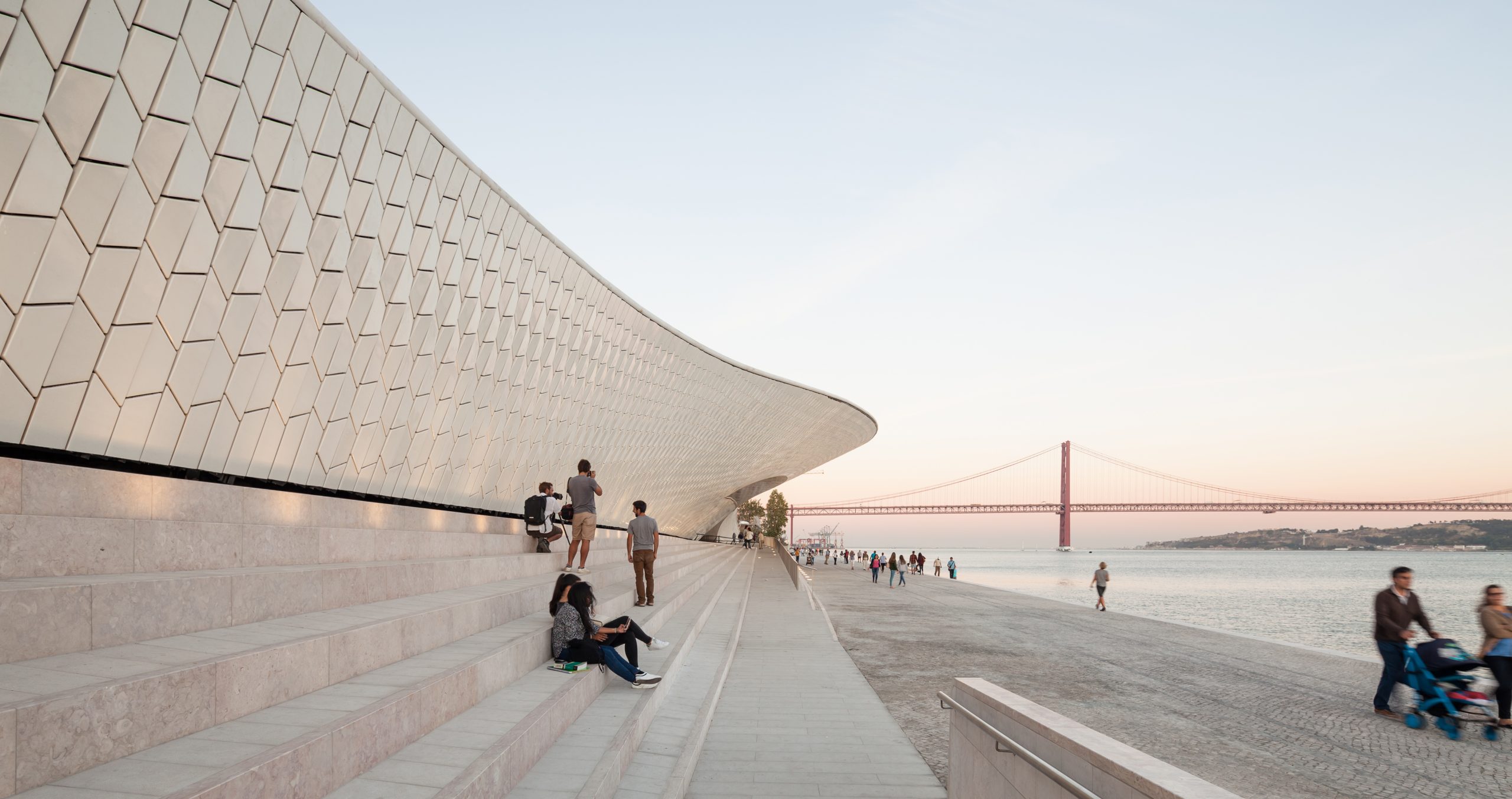
Architecture and interior design impacts just about every part of our life.
It captures our minds and hearts — it excites us, keeps us calm and has the ability to make us think.
The United Kingdom continues to produce a plethora of outstanding design talent whose influence has been felt across the world and in various industries.
Here’s our round-up of inspirational architects and interior designers to follow in 2019.
Inspirational Architectural Firms You Need to Know
1. Glenn Howells Architects
With offices in Birmingham and London, Glenn Howells Architects has built its reputation upon the great value it places in creating spaces and buildings that can make people’s lives better. Founded by Glenn Howells in 1990, GHA is known for its vast array of works: master planning, residential, office, education retail, health and leisure; many of which have won a diverse range of awards including RICS and Civic Trust award, the British Council for Offices award and its Savill Building project was shortlisted for the RIBA Stirling Prize in 2016.
Website: www.glennhowells.co.uk
2. Eric Parry Architects
Eric established Eric Parry Architects in 1983, with London being the focus and setting for most of his architectural projects. The practice has since developed a reputation for delivering beautifully crafted and thoughtful buildings that respond to their context.
With a portfolio of renowned body of critically acclaimed work; much of his projects involve cultural historic buildings such as the restoration of St Martin-in-the-fields Church and Andrea Palladio Exhibition, high-end residential and commercial projects like the Four Seasons Hotel Spa in Park Lane and Château de Paulin, and bespoke designs including furniture and textile that place great emphasis on holistic practices and dedication to detail and craftsmanship.
Website: www.ericparryarchitects.co.uk
3. Foster + Partners
A global studio with a notable approach to sustainable architecture, urbanism and design, Foster and Partners are one of the most prolific architects of this age. Founded in 1967 by architect Norman Foster, the studio has since established a worldwide reputation, with ethnically and culturally diverse offices across the globe. In 1999 Norman became the twenty-first Pritzker Architecture Prize Laureate — the highest award in architecture.
Leading his firm of some 1,300 people — his buildings flaunt their technological ambition in sharp lines and shimmering glass — and project a worldview of lightness, transparency, and progress. Foster + Partners are the architects behind the commercial skyscraper 30 St Mary Axe in London, aka The Gerkin, which has become London’s most recognisable building. Other projects include Pavilion of the Holy See, Hermitage Plaza, The Murray, Apple Kyoto, DUO Central Park, just to name a few.
Website: www.fosterandpartners.com
4. 6a Architects
6a architects, a London-based firm founded in 2001 by Tom Emerson and Stephanie Macdonald after meeting at the Royal College of Art, has become one of the leading architectural practices in the UK. The studio is perhaps famously known for its contemporary exhibition spaces in delicate historical settings; like the South London Gallery completed in 2010, which was expanded to include a Victorian terraced house, and Raven Row, a 2009 two Huguenot merchant’s buildings that they adapted and extended into a gallery.
Recent projects include a façade for Paul Smith in Mayfair, the restoration of the Fashion Galleries at the V&A Museum and Tree House in east London. One of the few projects 6a Architects are currently designing is the new MK Gallery in Milton Keynes expected to open in March 2019.
The architectural firm has won several RIBA awards, has been nominated for the European Union Prize for Contemporary Architecture — Mies Van der Rohe Award (2011, 2013 & 2015) and was awarded the Erich Schelling Medal for Architecture in 2012. In 2018, Tom Emerson was awarded the Conrad Ferdinand Meyer Prize for his work with eth in Zürich, only the second architect to receive the prize since its inaugural year of 1938.
Website: www.6a.co.uk
5. Mikhail Riches
Led by David Mikhail & Annalie Riches, Mikhail Riches is one of the prime architects for residential development. The firm has created some of the most outstanding and unique looking buildings for private developers, housing associations and local authorities. The practice came into prominence in 2009 when named the Housing Architect of the Year and was recognised by Grand Designs magazine as one of the Top 10 architects in the United Kingdom.
Website: www.mikhailriches.com
7. David Kohn Architects
Winner of the Young Architect of the Year Award 2009, David Kohn established his London based practice, David Kohn Architects, in 2007. Over the past decade the practice has completed a number of memorable projects including A Room for London in 2011, a collaborative project with artist Fiona Banner; the 2012 White Building; and the refurbishment of Carrer Avinyó apartment in Barcelona that won World Interior of the Year in 2013.
In addition, David is a committed educator and lectures internationally on architecture and design, a writer on cultural issues, a design advisor to Newham Council and the Sorrell Foundation and a course leader at London Metropolitan University.
Website: www.davidkohn.co.uk
8. SHH
With a team of over 50 talented individuals and more than ninety creative awards and nominations to its name, this 28-year-old Hammersmith-based architecture and design firm is known for its influential and excellent architectural planning, build, and refurbishment. Formed by its three principals: Chairman David Spence, Managing Director Graham Harris and Creative Director Neil Hogan, the company initially made its name in ultra-high-end residential schemes, before extending its expertise to include leisure, workspace and retail.
With a portfolio showcasing architectural brilliance, SHH’s work has appeared in world’s leading lifestyle and architectural publications, including VOGUE and ELLE Decoration in the UK, Artravel and AMC in France, Frame in Holland, Monitor in Russia, DHD in Italy, ELLE Decoration in India, Habitat in South Africa, Contemporary Home Design in Australia, Interior Design in the USA and Architectural Digest in both France and Russia. Award winning Projects include House of Books, Terrace Restaurant at London Zoo, Imperial War Museum Restaurants, Dubai Hills, Sevenoaks Nature and Wellbeing Centre, The Mill, and Victoris Gardens Penthouse in China.
Website: www.shh.co.uk
9. Zaha Hadid Architects
Awarded the Pritzker Architecture Prize in 2004 and the Stirling Prize in 2010 and 2011, Zaha Hadid Architects innovative projects builds on more than thirty years of revolutionary exploration and research in the interrelated fields of urbanism, architecture and design. Dame Zaha Hadid, founder of the architectural firm, was known as the queen of curves; and the most prominent contemporary female architect, not only in Britain but world-wide. With 950 projects over 44 countries, a team of 400 skilled individuals from 55 nations; the studio won an award every year since 2000, winning up to 12 awards in one year.
Hadid brought dynamism and innovation into all her buildings, and her endless contribution to the architectural profession has been recognised by the world’s renowned institutions including Forbes list of the World’s most Powerful Women, Times 100 Most Influential People in the World in 2012, and the Japan Art Association presenting her with the Praemium Imperiale, further cementing her presence as one of the world’s most influential architectural figures of our time.
Her buildings utilised unconventional, circular forms and strong lines, never settling for ordinary. Some of her most striking buildings include London Aquatics Centre, Shelkh Zayed Bridge in Abu Dhabi and The Riverside Museum in Glasgow which showcases meandering, zig-zag zinc-clad roof that references the ripples on the nearby river Clyde. After her passing in March 2016, Zaha Hadid Architects still remains, launching countless projects and products that are still true to her design philosophy.
Website: www.zaha-hadid.com
10. David Chipperfield
Since its inception in 1985, David Chipperfield has been at the helm of David Chipperfield Architects; an award-winning firm with over 180 staff at offices in London, Berlin, Milan and Shanghai. The practice is known for a meticulously crafted minimalist approach to design with expertise in museum construction and restoration. In 2012, Chipperfield was invited to curate the Venice Biennale under the theme ‘Common Ground’.
Having worked for both Richard Rogers and Norman Foster before setting up his own practice, Chipperfield has long been a vocal critic of peacocking, buzz-generating buildings; and rather adheres to Le Corbusier’s dictum that “architecture is the masterful, correct, and magnificent play of volumes brought together in light.”
This is reflected in some of the firm’s most well-known projects such as the Hepworth Wakefield gallery in Northern England; Musee des Buaux-arts in Reims, France; Gridiron building at St. Pancras Square in London; and his masterpiece to date, 19th-century Neues Museum restoration in Berlin, winner of the 2011 Mies van der Rohe Award.
Website: www.davidchipperfield.com
10. A L A
After a successful 20-year partnership with the late Jan Kaplický at Future Systems, RIBA Stirling Prize-winning architect Amanda Levete, formed her own London design and architecture practice, AL_A, in 2009.
The architectural firm is behind a range of ground-breaking projects, including the futuristic Media Centre at Lord’s Cricket Ground in London, a $342 million luxury hotel and shopping mall in Bangkok, the MAAT museum in Lisbon, a media campus for Sky and a Maggie’s Cancer Centre in Southampton.
In 2018 Amanda received The Jane Drew Prize, an annual lifetime achievement for an architect that “raised the profile of women in architecture” — past recipients include the late Zaha Hadid and Denise Scott.
Website: www.ala.uk.com
Inspirational Interior Designers You Need to Know
11. Martin Brudnizki Design Studio
Since Swedish-born Martin Brudnizki established his multi-disciplinary, award-winning interior design firm in 2000, the highly energetic and collaborative studio has worked on high end residential and commercial projects worldwide. MBDS employs over 70 staff between its two locations, New York and London; and is behind some of the glitziest restaurants, hotels and private members’ clubs.
Memorable and inspired work include Soho Beach House Miami, Matsuhisa at Badrutt’s Palace in St Moritz, The Academician’s Room at The Royal Academy of Arts and Scott’s and Cecconi’s the Ivy Chelsea Garden.
In 2015, Martin also set up ‘And Objects’, a separate product design studio through which he has collaborated with the likes of Porto Romana and George Smith. The firm’s design work has received notable recognition, including accolades from Wallpaper*, Tatler, Harper’s Bazaar and the European Hotel Design Awards.
Website: www.mbds.com
12. Emma Sims-Hilditch
Emma Sims-Hilditch launched her firm in 2009, after working in film production with Ridley Scoot. The studio was established in the Cotswolds near Bath, in a Grade 2 former inn that was restored back to life by the team in 2013; and now complemented by a smart London base. Emma is renowned for championing “a fresh take on the English country house look,” in cities and countryside alike, and celebrating a style that is classic and graceful but also highly relevant.
Recognised as one of House & Garden’s Top 100 Designers, she was later recruited to makeover the interiors of the home of former House & Garden retail editor, Carole Annett. She has also worked on a private estate outside London which involves restoring a former schoolhouse, a woodman’s cottage, a bespoke gun room and an ice cream parlour.
Website: www.simshilditch.com
13. Rose Uniacke
She’s an interior designer, a designer of furniture, lighting, accessories and an antiques dealer; Rose Uniacke is a respected curator of spaces with a studio and showroom based in Pimlico, London. Whether it’s a residential or a commercial project, she believes strongly in creating understated interiors that are rooted in history even as they embrace the present, and using of elegantly simple muted colour palettes and luxe textiles, which are the defining characteristics of her style. A showcase of her elegantly furnished townhouse which she shares with film producer David Heyman, led to a commission from the Beckhams to design their Richmond home.
Website: www.roseuniacke.com
14. Douglas Mackie Design
For clients in search of handsome interiors that have a well-balanced mix of styles, moody colours with sumptuous textiles and deep comfort, Douglas Mackie Design tops the list. Having studied architecture, Douglas ultimately discovered a passion for interior design while working in New York; and later set up his own company in London in 1995.
With immense knowledge of and reverence for design, the firm has built up a substantial reputation and loyal clientele internationally, and it is celebrated for its classic-meet-contemporary interior that assembles furnishings, art and artefacts into three-dimensional compositions — a style which is in high demand these days in Central London and elsewhere. His most well-known residential work includes English Manor, Holland Park Residence, Khightsbridge Residence and a Gloucestershire Home.
Website: www.douglasmackie.com
15. Fiona Barratt Interiors
With stunning residential and commercial luxury projects across the UK, Europe and America, Fiona is an unmissable force in the British interior design field. The award-winning designer and entrepreneur founded her design practice in 2006, after a promising career that began at Kelly Hoppen Interiors, where she was a head designer. Her first commission soon after launching her company was a luxury lodge in Verbier for Sir Richard Branson; a project that set the tone for what was to come.
The company’s success is born from the dedication and experience of her talented team, together with her unrivalled skills in achieving effortless elegance. One of her striking projects is a full-scale residential redevelopment in Moscow, which involved turning a concrete shell into a family apartment.
Over the years she has remained true to signature style, which blends sophisticated neutrals with bursts of accent colour, and experimenting with antiques and 20th-century pieces. Completed projects include a private residence for a major art collector in Beirut, a townhouse in Harrogate, the ultimate bespoke villa in Mallorca and branded residences throughout Great Britain.
Website: www.fionabarrattinteriors.com
16. Janine Stone
For 30 years Janine Stone & Co. has been dedicated to designing luxury elegant interiors. A true internationally acclaimed powerhouse of multi-talented 50 architects, designers, craftsmen, project managers, technicians and builders; each creating exceptional work and ensuring that their projects run like clockwork.
Founded by Janine Stone, joined by her husband and business partner, Gideon, with offices in London and Manchester and associates in Moscow, Milan, New York and Southern France; the firm specialises in developing, refurbishing, designing and building extraordinary private residences for ultra-wealthy private clients globally. Projects include the refurbishment of a mews house in Belgravia, a new private home in Surrey and the refurbishment of an Arts and Crafts house in Kent.
Website: ww.janinestone.com
17. Helen Green Design
Helen Green Design is one of Britain’s most respected interior design practices. The design house, founded by the late Helen Green in 2002 and now headed by Design Director Tim Murray, who has more than 18 years’ experience in the interior design field, delivers sophisticated yet livable interiors and a range of bespoke British-made furniture.
The dynamic studio strives to deliver exceptionally high and personalised levels of service, with work including onshore and offshore feats, having transformed private yachts as well as country houses, grand houses, townhouses, penthouses, showrooms and hotels in luxurious locations such as Belgravia, Barbados and Val d’Isère.
Pushing boundaries and exploring new techniques, the studio concentrates on modern and traditional elements; with great emphasis on architectural detail, and unique textural combinations reflected in the firm’s interior endeavours.
Website: www.helengreendesign.com
18. René Dekker
With an experience that spans 25 years, London-based firm has well and truly perfected the art of interior design. Founded by René Dekker, the designer delivers exceptional services and beautifully furnished interiors spaces which always embody a luxurious and opulent sensibility.
René has been awarded a string of deserved accolades for his trend-setting solutions for residential and commercial projects. Outstanding interior work include West London Penthouse, Central London Apartment, Kensington Mansion Flat, Belgravia
Website: www.renedekker.co.uk
19. David Collins Studio
David Collins formed his London-based design house in 1985, and was responsible for the design of some of the capital’s hottest restaurants, bars and hotels. Known to his name is a diverse range of residential and commercial projects; including Alexander McQueen and Jimmy Choo stores as well as the home of Madonna.
David’s design style was characterised by decadent and glamorous; and the design DNA he built into his firm still lives on after his passing, thanks to his loyal team of 45 architects, interior and furniture designers.
His signature colour was blue, seen most famously in the Blue Bar at the Berkeley Hotel in Belgravia. Other projects the design studio has undertaken include Ritz-Carlton Residences and leisure amenities at Ole Scheeren’s MahaNahkon mixed-use tower in Bangkok, John Barrett’s salon in Bergdorf Goodman, The Delaunay in Covent Garden, Massimo and Bassoon at the Corinthia in Westminster, Wood in the New Forest and a penthouse next door to Buckingham Palace.
Website: www.davidcollins.studio
20. Kelly Hoppen
With 40 years of experience at the forefront of the design industry, Kelly Hoppen is one of the most sought-after and worldwide recognised interior designers. The Jewish and Irish descent artist designs residential projects: apartments, houses, and yachts for an ever-expanding international private client list, as well as commercial design projects including hotels, restaurants, office spaces and aircraft interiors.
Kelly also manages her eponymous decor and home accessories brand, Kelly Hoppen London. Inspired by her travels throughout Asia and Europe, her ever-evolving style is underpinned by a subtly coordinated fusion of eastern principles of simplicity and balance, with the western tastes for sumptuous textures and luxurious finishes. Projects include Pearl Yatch 75, Lux’ Belle Mare, The Lakes, and Lux Grand G.
Website: www.kellyhoppeninteriors.com
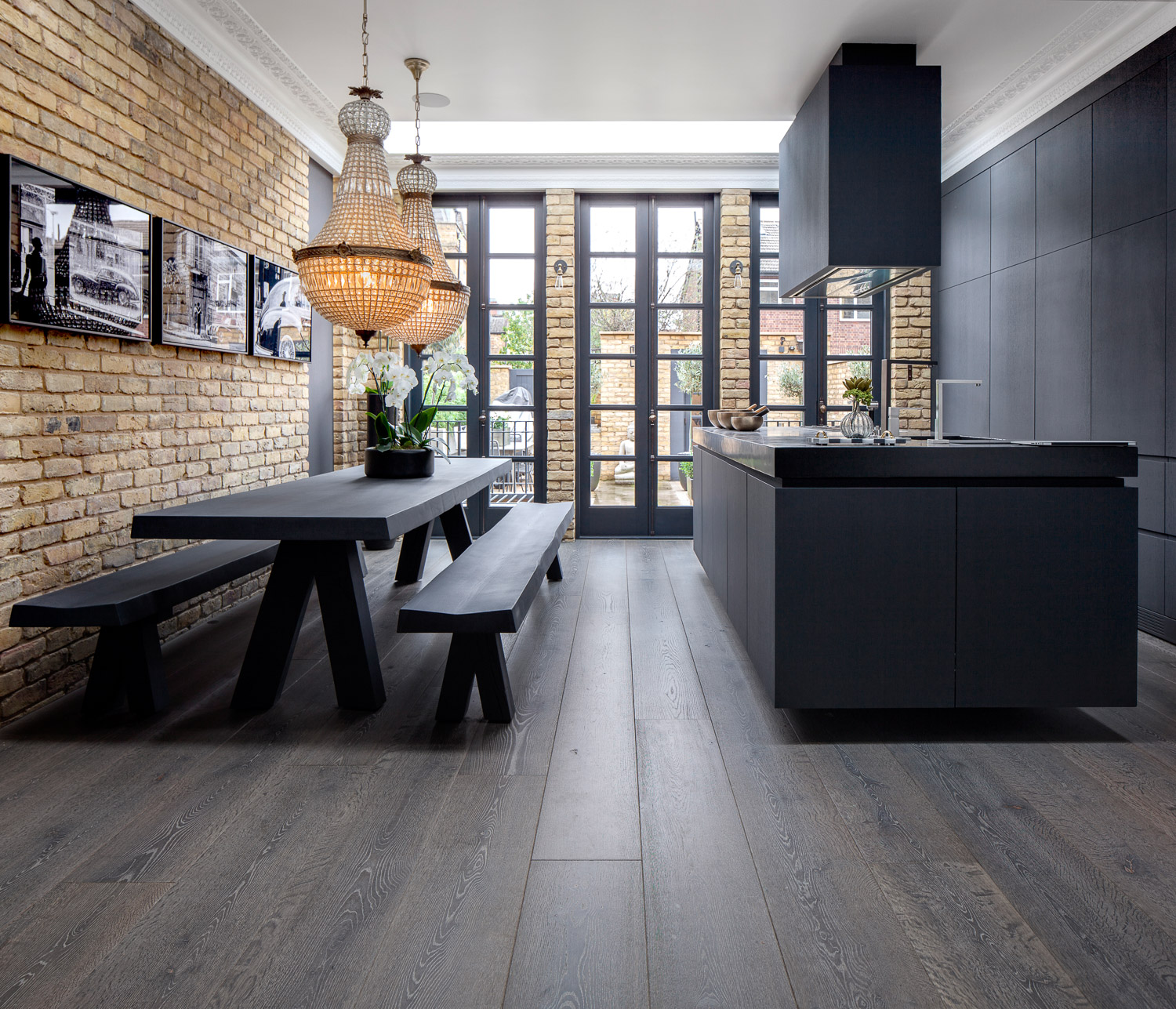
For seasoned hosts, the kitchen tends to be the real centrepiece of the home.
We desire a unique and stylish kitchen design that meld with the rest of our house interior — hence we often are a bit more obsessed with finding ways to refresh and bring our remodel ideas to life.
Although trends can be rather fleeting, there’s one room in the house where ideas tend to stick around a bit longer — and that’s the kitchen.
Good thing, considering how certain trends we’ve all known and (maybe) loved in recent years have guided us through making decisions about our interiors that have since become timeless.
So what might the quintessential kitchen look like in 2019?
What materials are worth investing in; what colour trends will be the ideal conversation starter; and what subtle touches can you make that will look beautiful for years to come?
If you’re pondering an upgrade, here are the 2019 kitchen design trends to help you turn your space into an interior tour de force.
Minimal, concealed storage
This year, cabinet storage features a minimal design with touch-latch drawers that deliver an effortless, clean look that’s particularly stunning in contemporary kitchens.
Knobs and long pulls are nice, but they aren’t always necessary.
Instead, magnetic or mechanical touch-latch allows you to simply tap the drawer and have it spring open.
The appeal?
An uninterrupted expanse on drawer fronts and cabinet doors; keeping your kitchen visually clean and smooth.
If you’re considering a sleek look for your next remodel, the unfussy characteristics of a handleless finish lend an elegant and timeless look, that ensures that the style will always be a design classic for years to come.
Curated open shelving
We’ve heard all the argument… dust, disorder, clutter! — but we can tell you one thing; many blogs and articles have confidently jumped on this look, and it’s a sure trend of 2019.
As it turns out, the open shelving trend hasn’t missed a beat, from 2017 right through to 2018, and, surprise, it’s still part of the package deal this year.
What we love most about this design idea is the use of sophisticated glass, wood and metal finishes that are easier to clean and look more luxurious.
More importantly, open shelving creates an open aesthetic that allows you to curate your collection of glassware, recipe books and quirky objet d’art — adding to the bold statement you wish to make in your kitchen space.
Coloured upholstery
it’s time to get comfortable in style!
Bar stools in luxe leather and velvet upholstery are bringing an extra layer of sophistication to kitchen design this year.
Even better, they feature a serious pop of colour; from navy to teal or a touch of healing kale.
If you have a dominating neutral palette, then you might as well take advantage of this trend as a way to brighten things up a little.
Timeless wood
Warm, stylish and diverse — wood offers a variety of qualities that few other materials can match.
Its neutral colour, dimension, texture and the ability to add completely different looks to space makes it an obvious choice in any kitchen design.
This year, people are increasingly seeking connection to natural elements, and there is a growing desire to incorporate materials with an honest authenticity that we find naturally seductive.
Whether it’s with flooring, an accent wall, or a unique kitchen island; wood evokes a timeless appeal that will continue to be in vogue for years to come.
Dramatic backsplash
The most significant trend this season is that colour is big and bold on all surfaces.
Backsplashes are moving away from white to richer, dramatic, intoxicating looks.
We will witness the use of Intricately patterned tiles in various textures trickled into not just kitchen floors, but also backsplashes for a much more substantial visual statement throughout the year.
Embrace punchy patterns like chevron, herringbone, exotic Spanish and Moroccan fish scale for extra style and a distinctive edge!
Statement pendant lighting
Hanging pendant fixtures are a fantastic way to denote different areas and create dramatic changes within an open-plan space.
Anchoring the kitchen island or banquette seating with sculptural pendants will be a popular trend this season, particularly in contemporary and luxurious aesthetics.
Expect to see plenty of mid-century modern and industrial minimalist designs that make bold statements and create conversation starters; from geometric shapes and metallic open-frame finishes to romantic and playful styles.
Opting for something that’s a little out of the ordinary is also a great way to inject personality and charm into a space that’s often a bit basic and bland.
Upgraded banquette seating
Once a stable in the 1990s kitchen design, banquette seating is back with fresh, modern details.
Homeowners are embracing a space that’s inviting and durable by opting for cosy built-in seating, while others opt for bench furniture pieces that give the feeling of a banquette but without a built-in design commitment.
Think more along the lines of wood bench seating with comfy upholstery in velvet (which is so in vogue right now!) take out the word ‘finish’.
This emerging trend turns a dining spot into a relaxed and warm lounging area where kids can do homework or friends can tuck in for a cup of tea.
Moody saturated hues
Dark colours are overwhelmingly the hottest trends in kitchen hardware accents, fixtures and millwork profile details in 2019 — a complete reversal of the trending all-white and muted tones of the past years.
And a fantastic option for anyone who can’t bring themselves to go to the vibrant and bold route.
Hunter green, midnight blue, terracotta and classic charcoal black feel fresh as crisp accent colours and are a gorgeous way to bring some drama and modernity without fully darkening your kitchen’s interior.
Cabinetry can be repainted when you’re ready to go for something lighter and airy since wood offers opportunities for personalisation, thanks to a variety of timbers, veneers and finishes.
Wellness in mind
Wellness continues to be a huge theme this year, as more people are following healthier lifestyles, and are looking to home design to support those efforts.
Kitchens are being pared down to allow the growing push for sustainable eco-friendly and tranquil environments that have a therapeutic effect.
The idea of wellness is changing design to include natural tactile materials such as wood, stone, seagrass and jute; and layouts that inspire social interactions and nourish family connections.
After a minimalist wave in recent years, 2019 kitchen design trends are feeling a lot more valorous and edgier as homeowners desire a space that resembles the rest of their home interior, swap ‘and’ for ‘which’ feels more collected than clinical.
Colour accents, open shelving, raw elements inspired by nature and cabinets with minimal hardware are just a few of the looks that will lead the pack.
Sprucing up your interior aesthetic might be the push you need towards creating a year full of exciting possibilities.
And if you’re not a trend person, it’s worth considering that just because it’s trending, doesn’t mean it can’t be timeless.
2019 Trends in Kitchen Design Quick-Guide
- Here’s a quick guide for the most important looks this year in kitchen design;
- Think minimal, concealed storage.
- Think curated open shelving.
- Add pops of colour with luxurious upholstery.
- Bring in timeless wood details.
- Layer your design statement with a bold choice in backsplash.
- Create dramatic lighting effects with statement pendant lighting.
- Add Banquette seating to highlight the warm social areas in your kitchen design.
- Dark and moody colours replace clinical whites to add drama.
- Health of mind, spirit and environment is key to wellness in the kitchen space, so choose your materials to nurture and bring calm.



